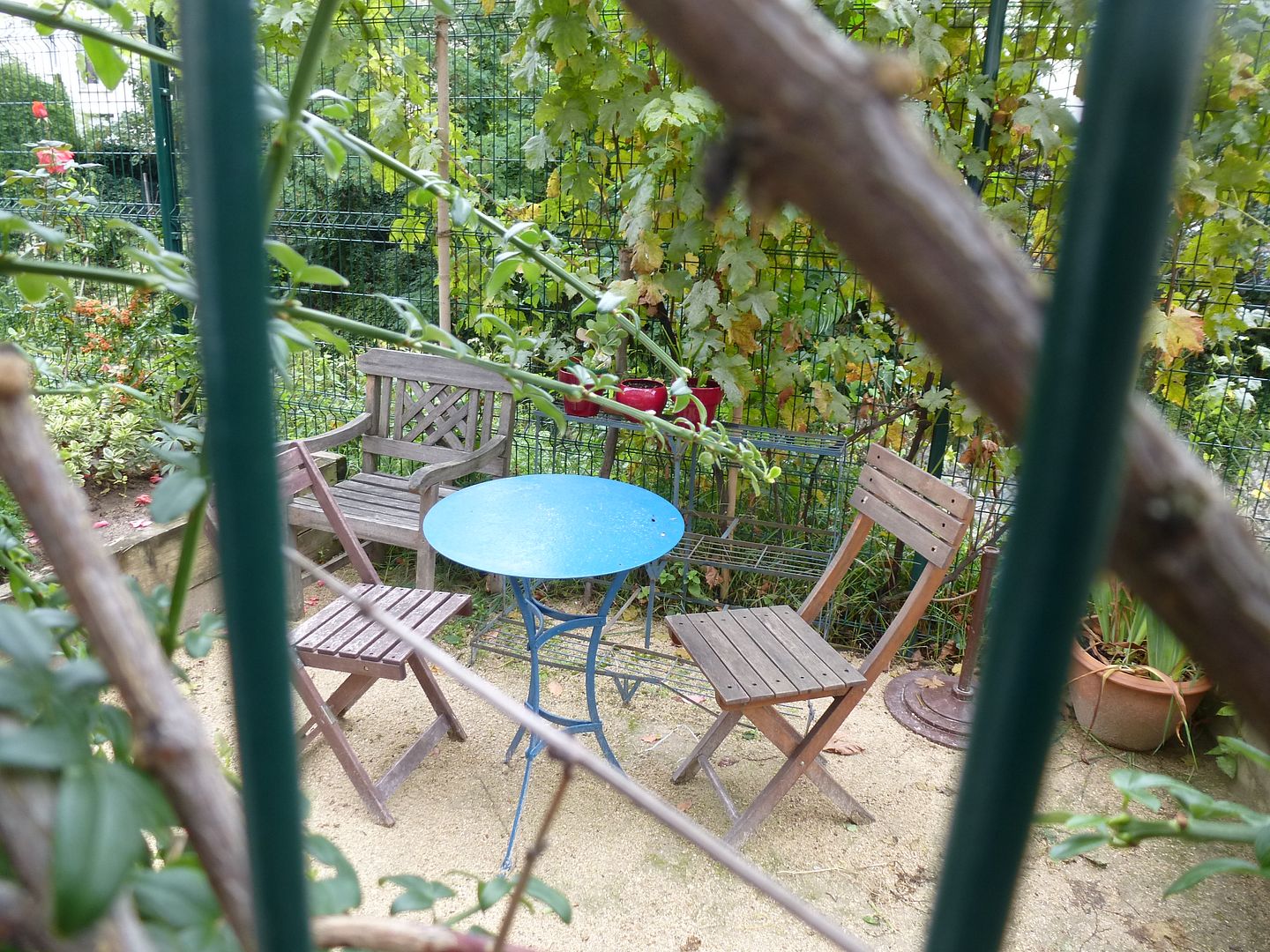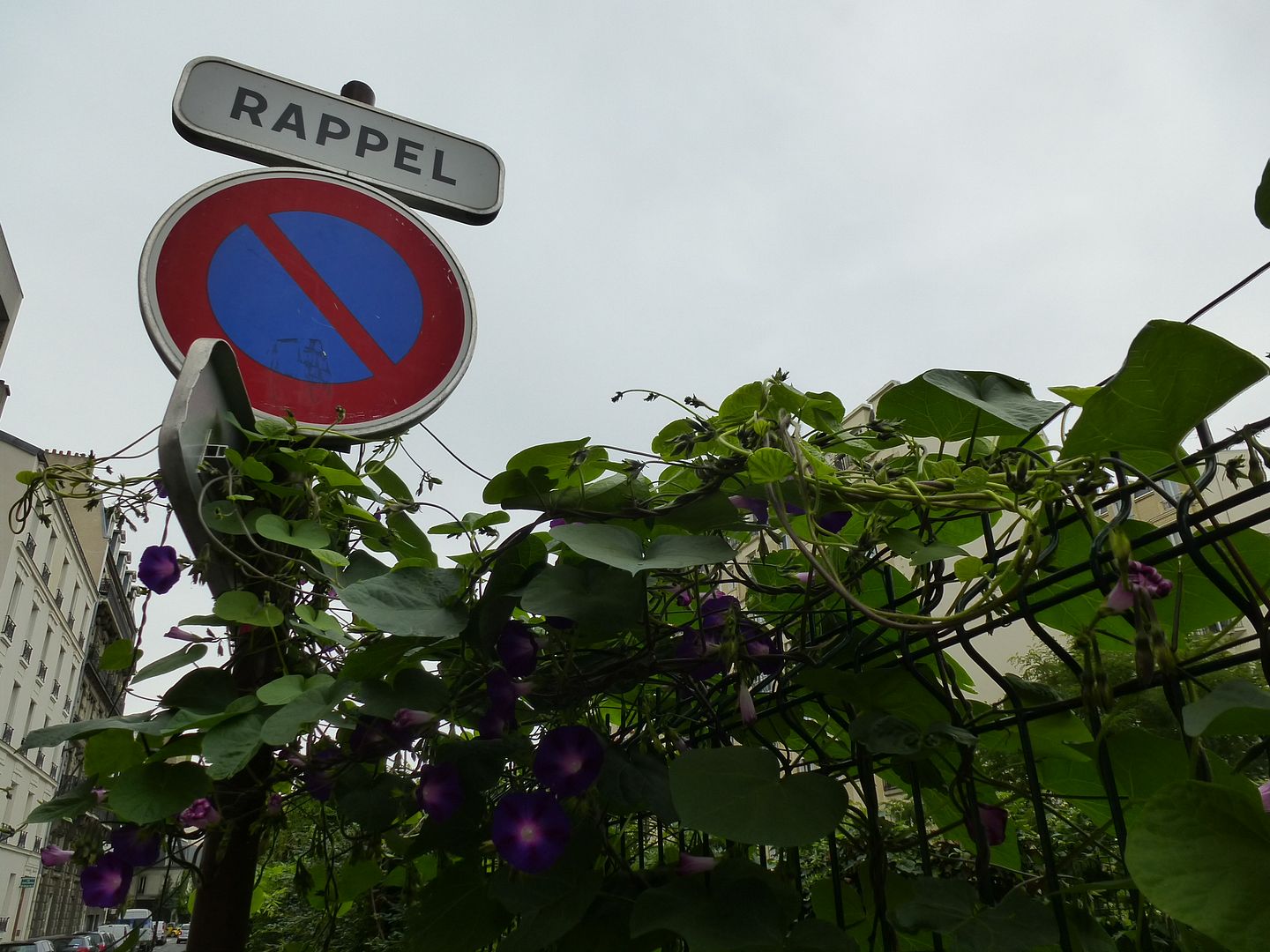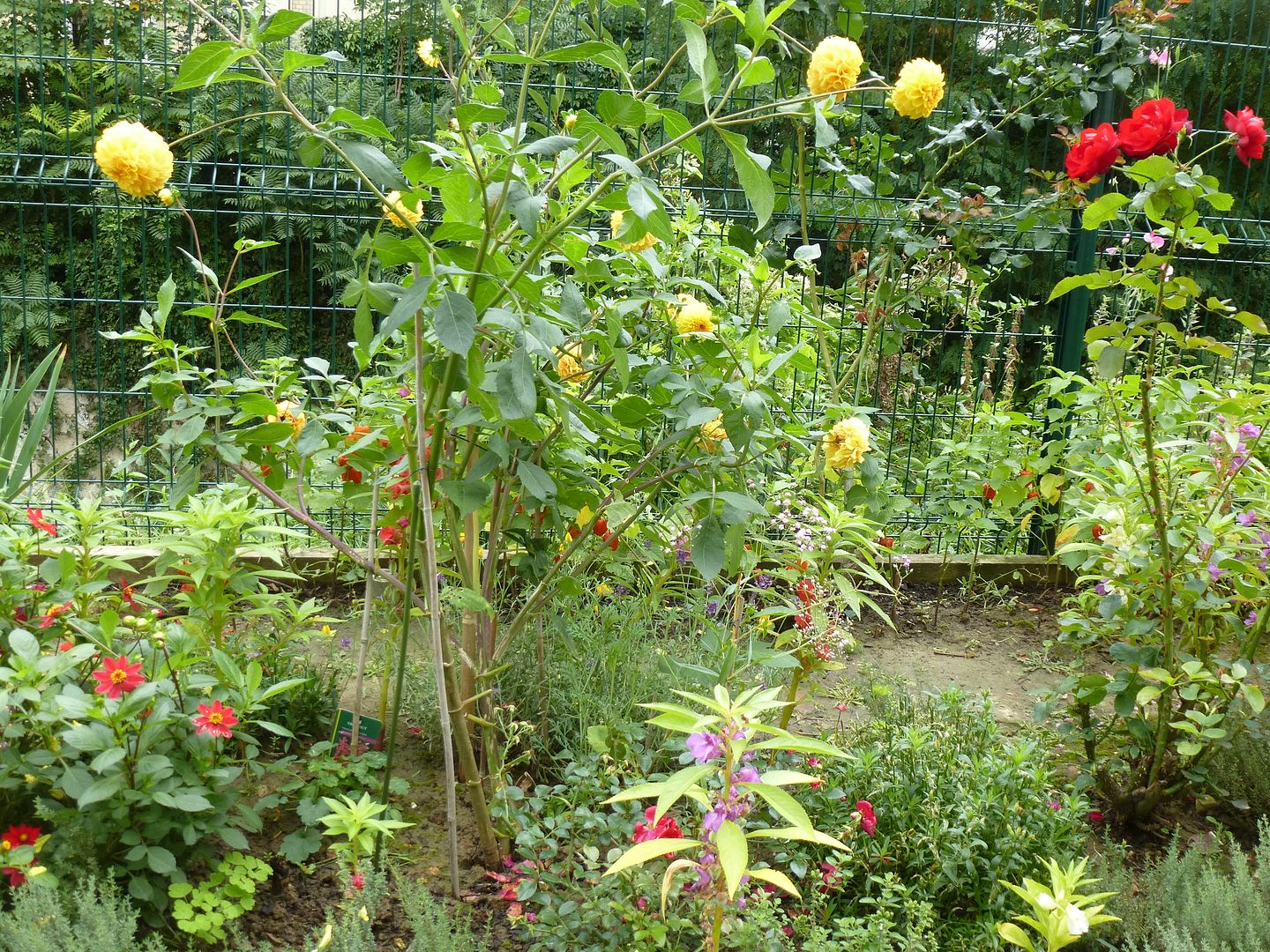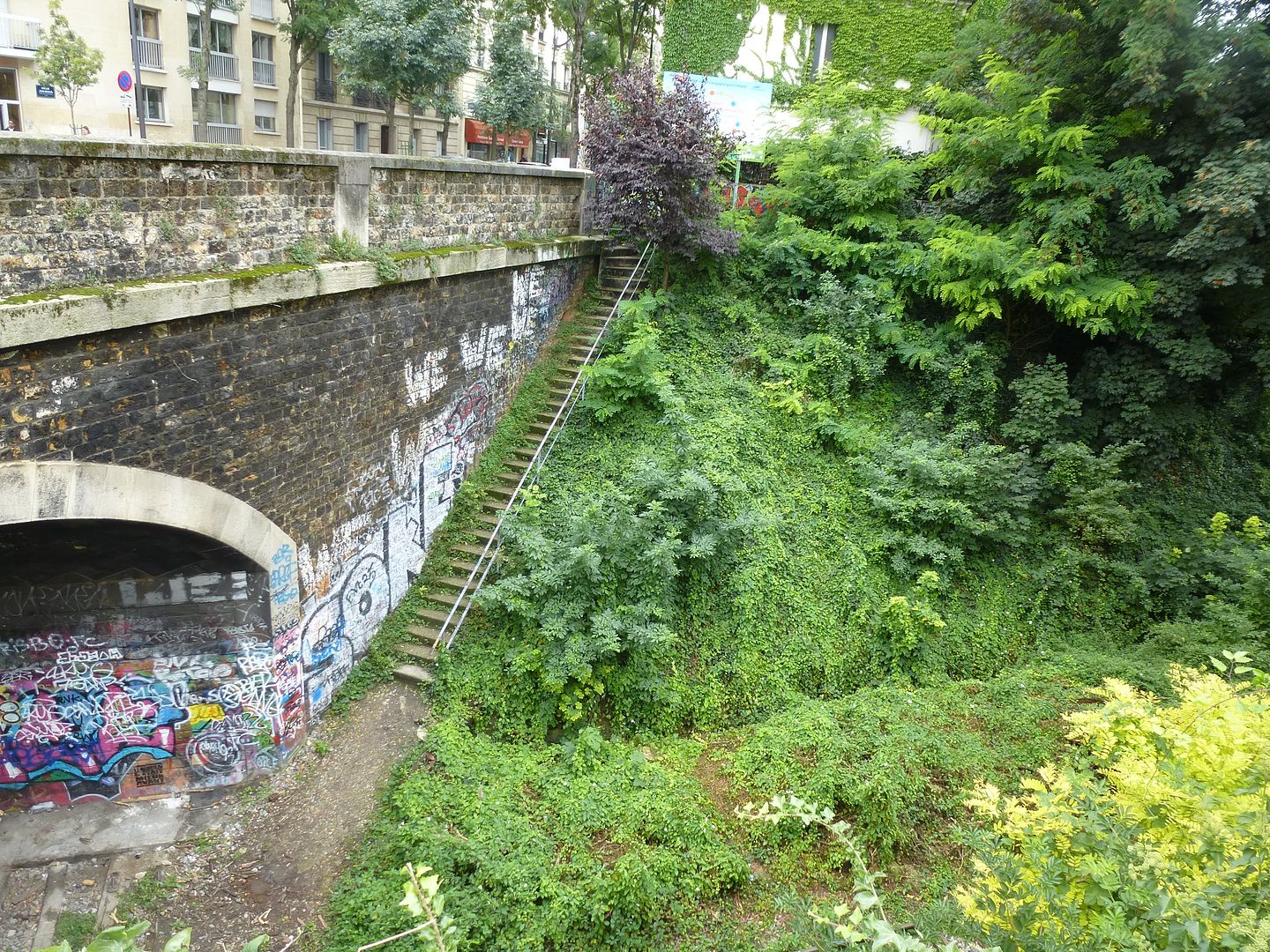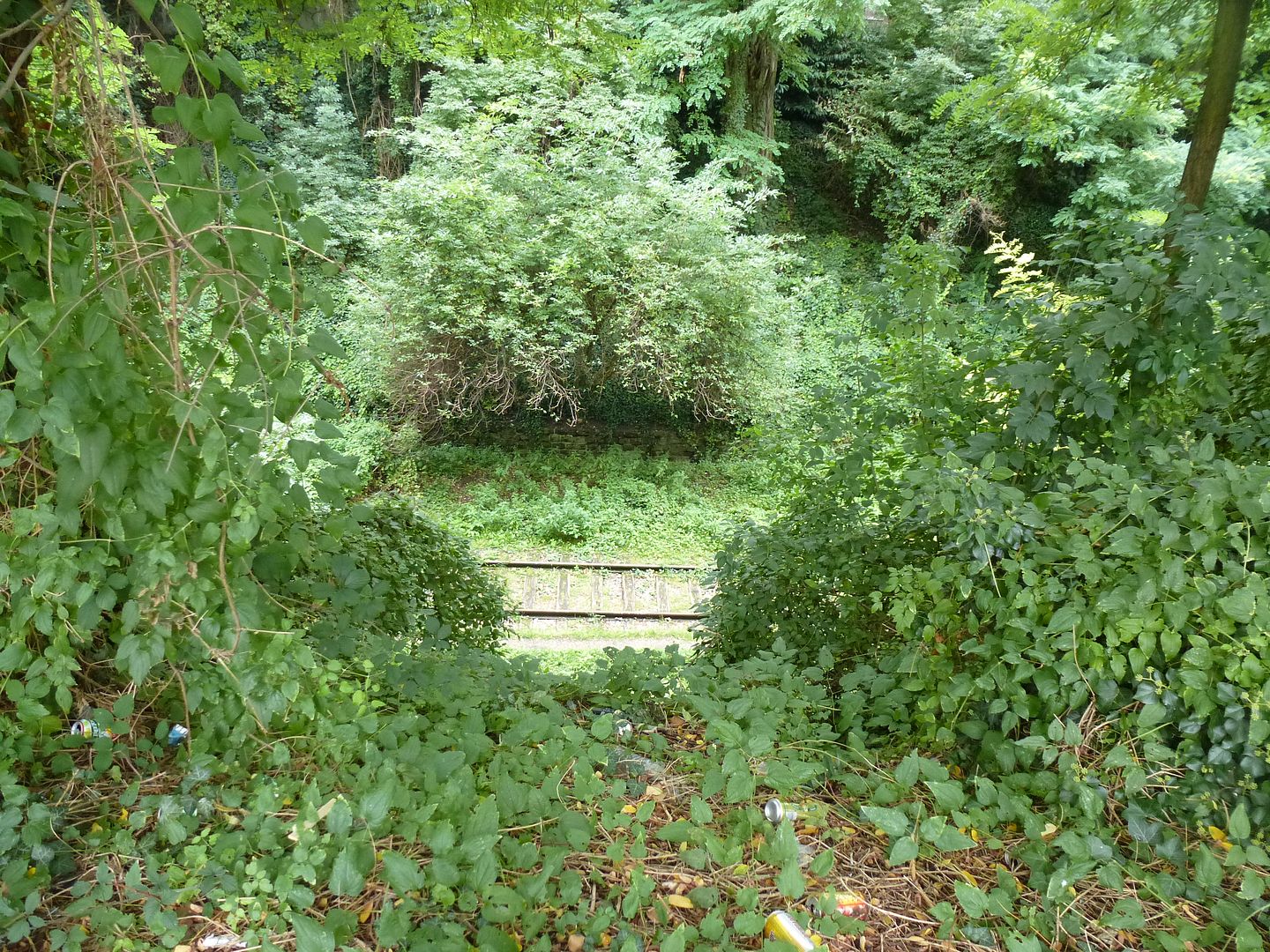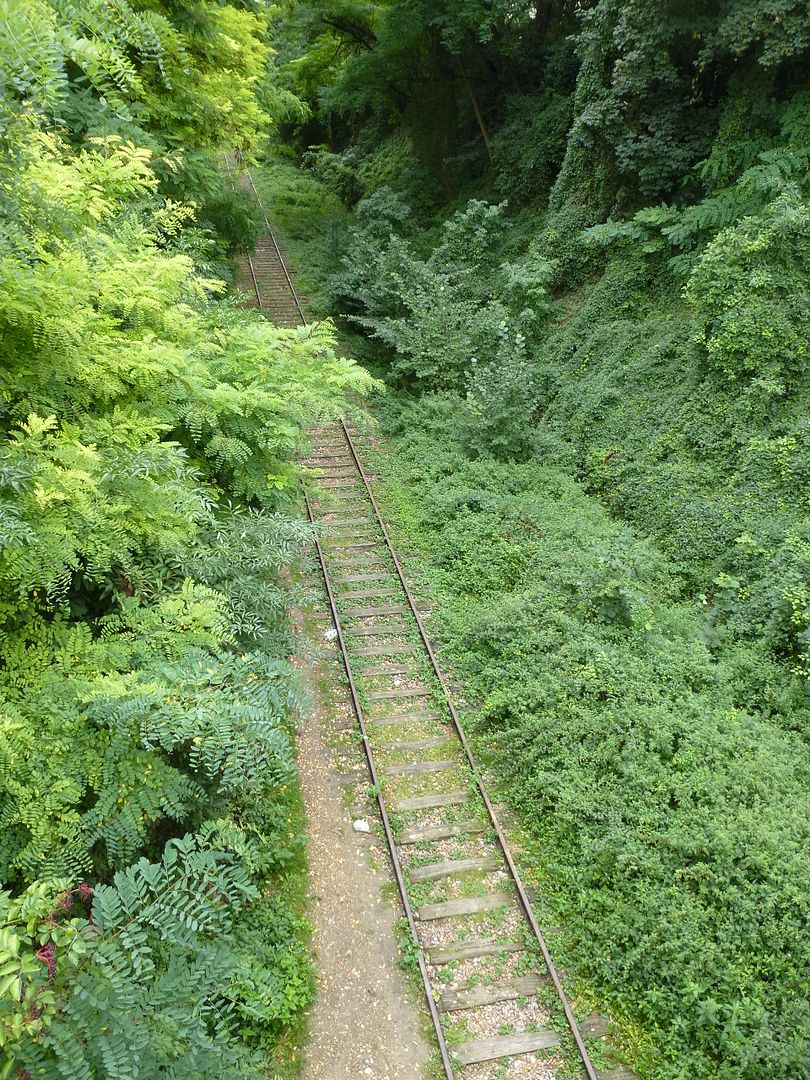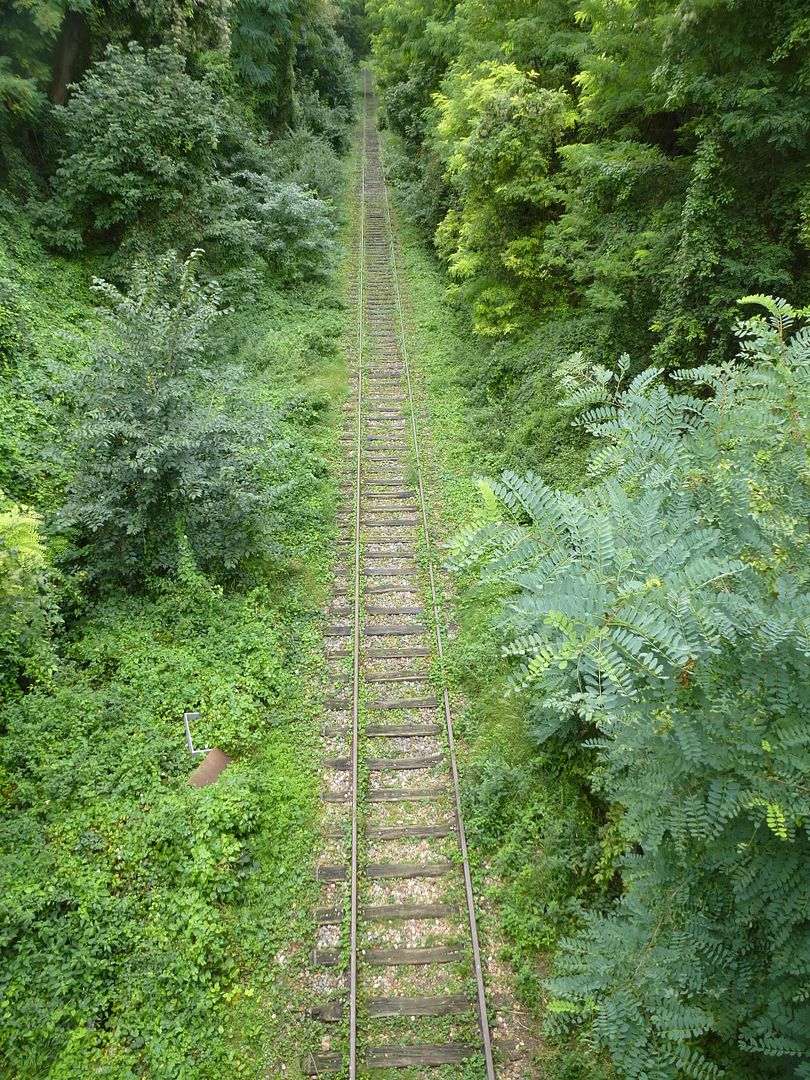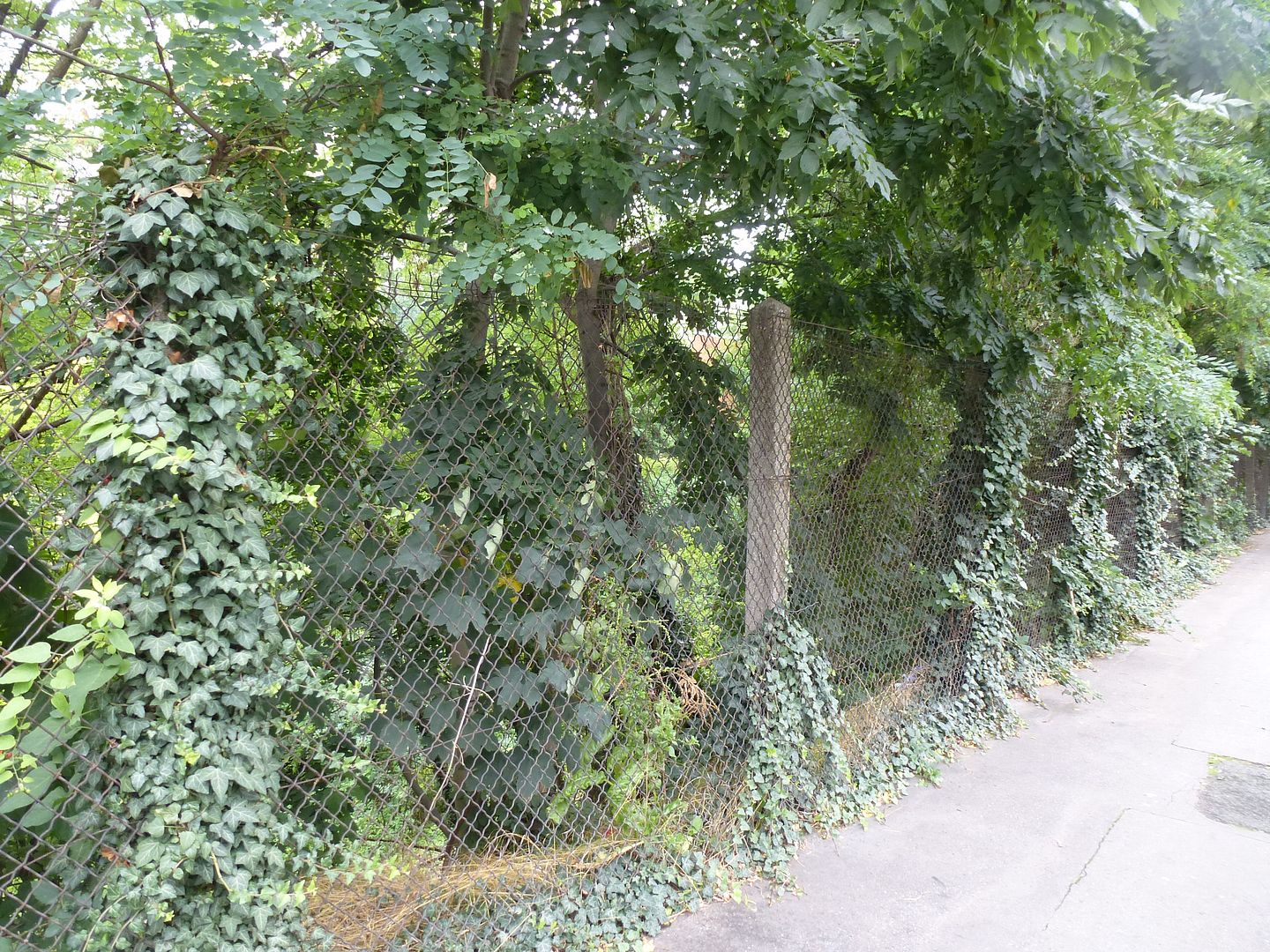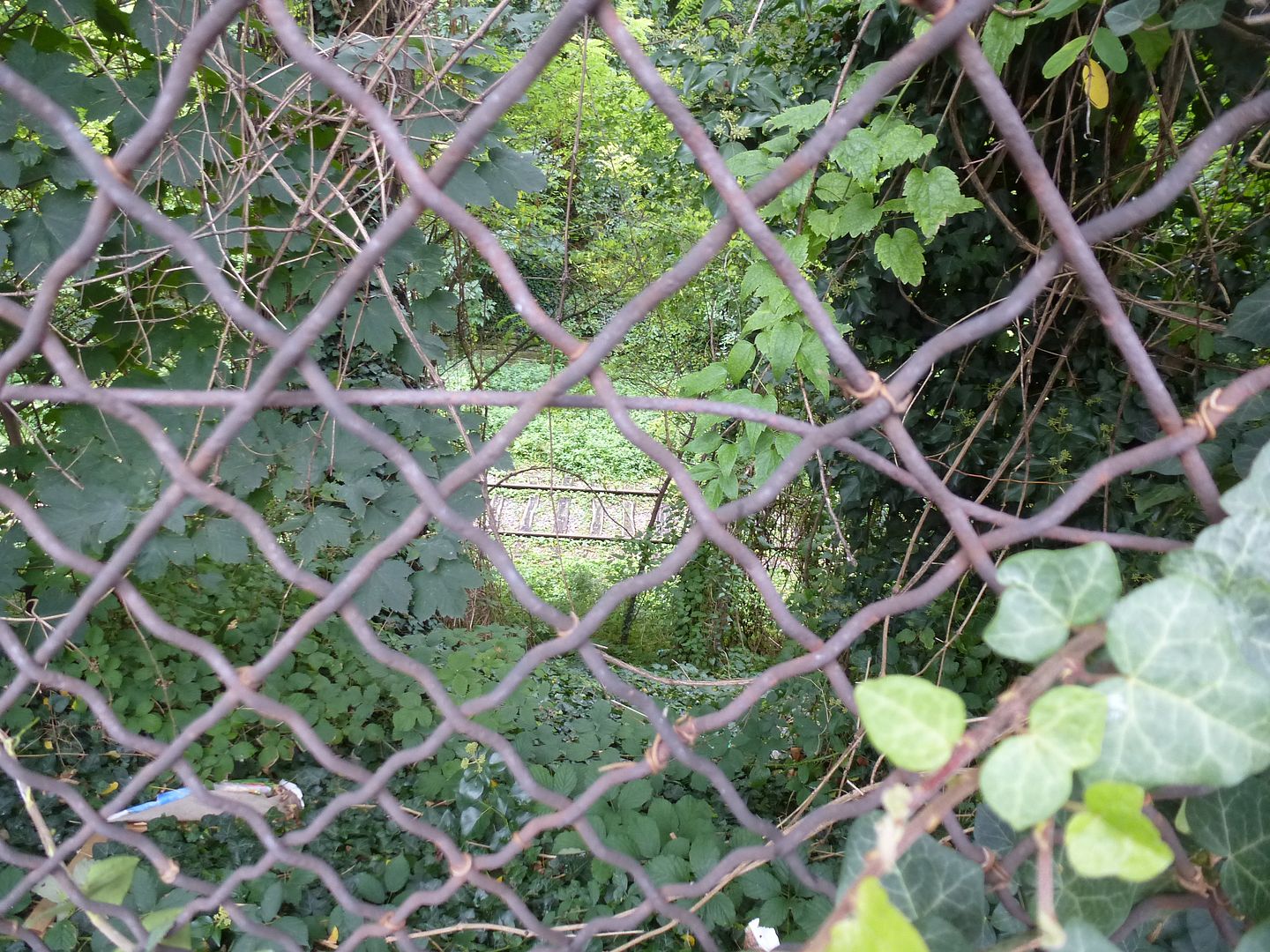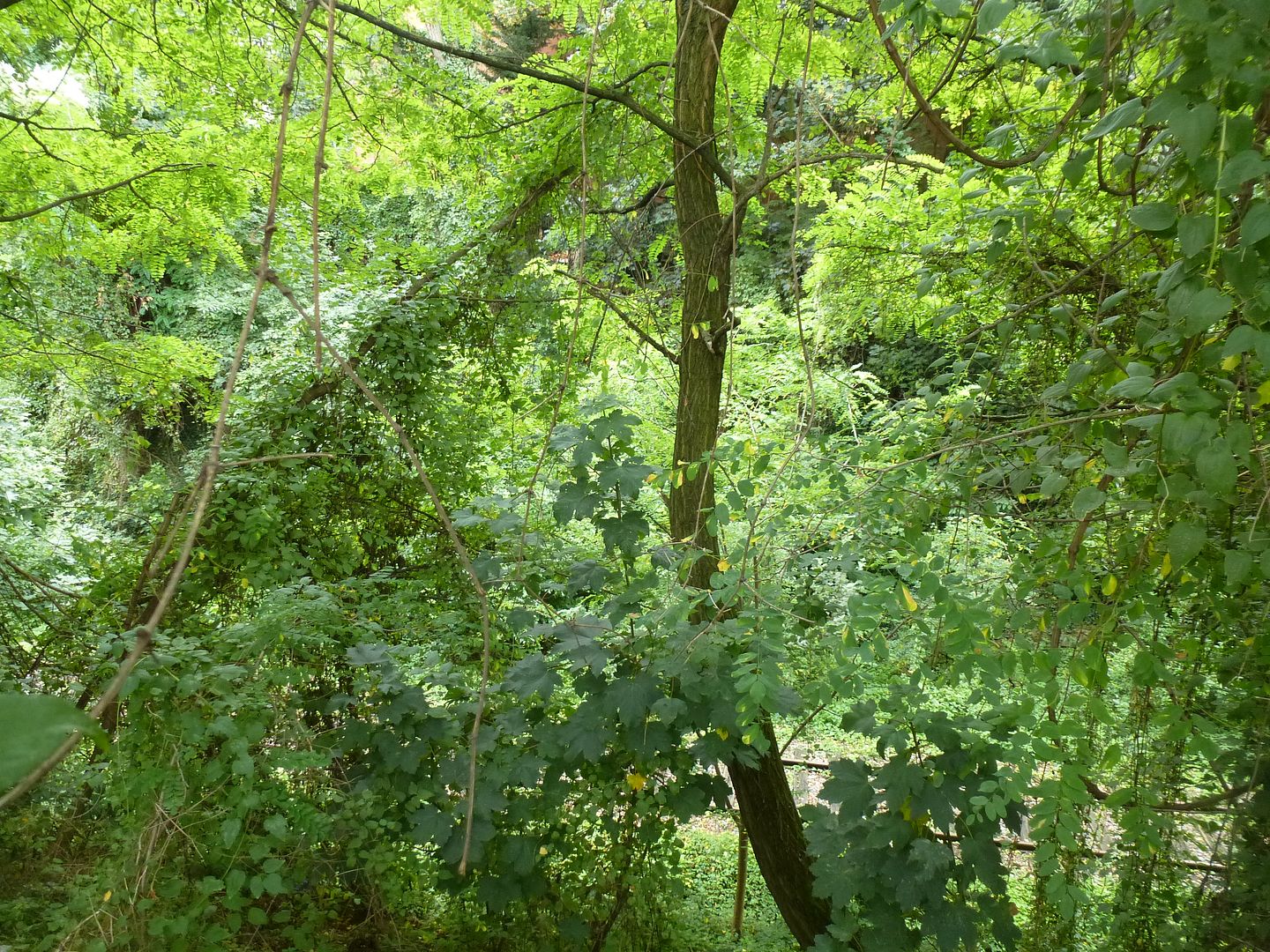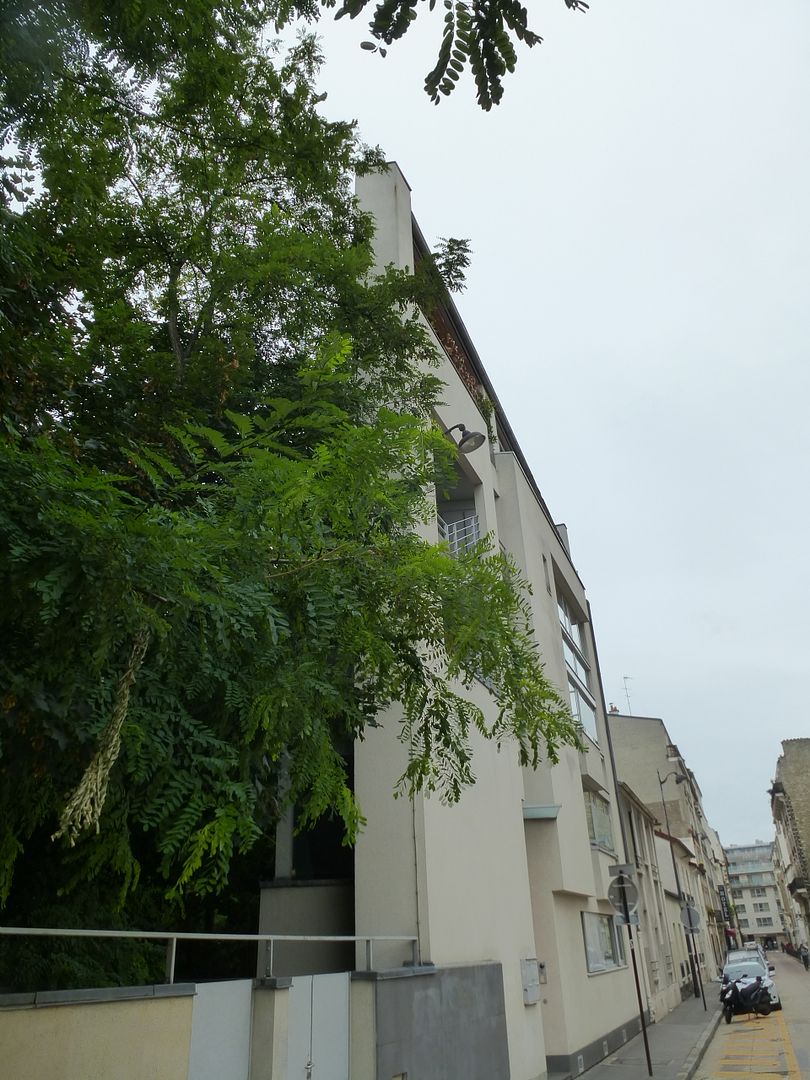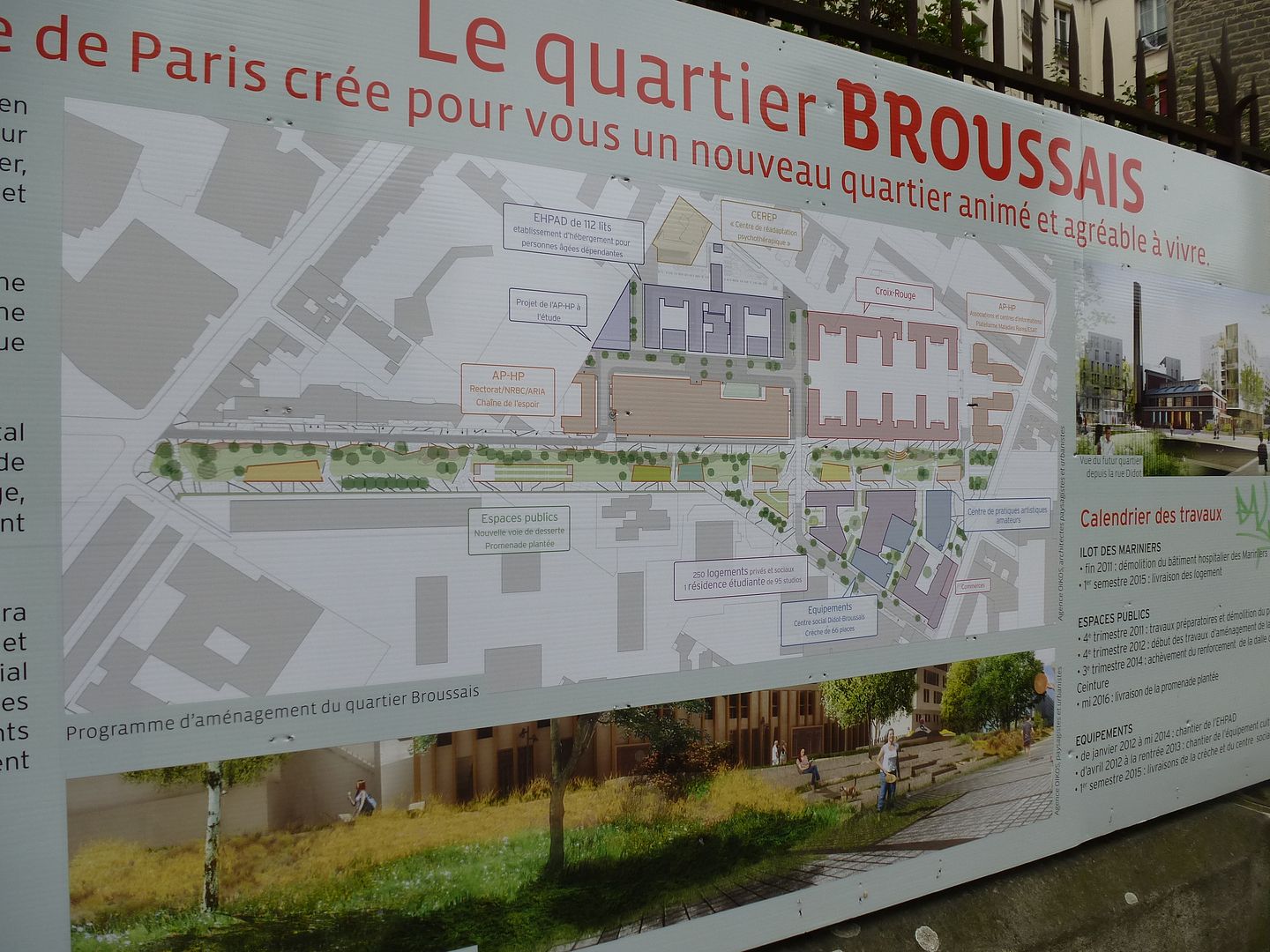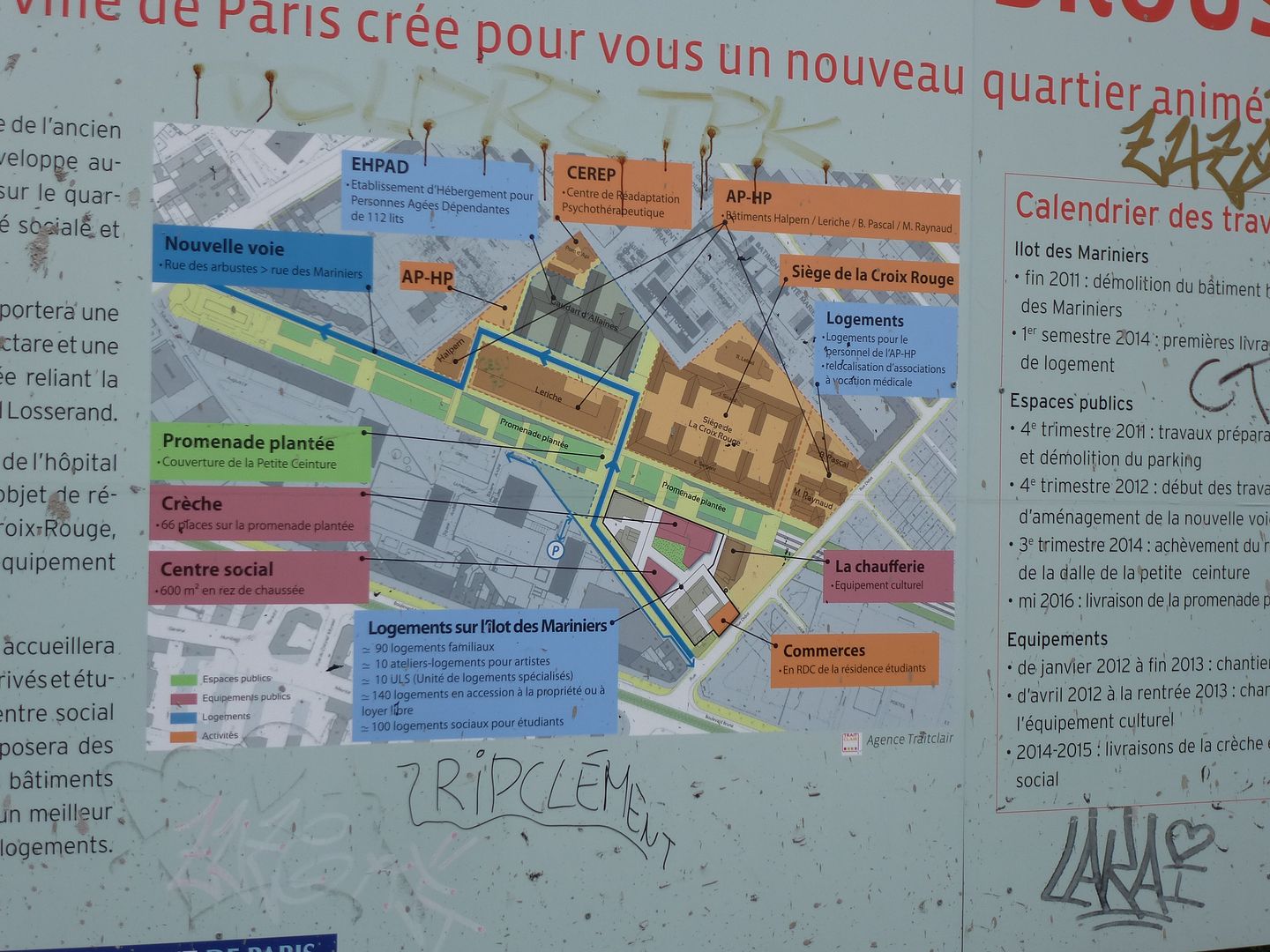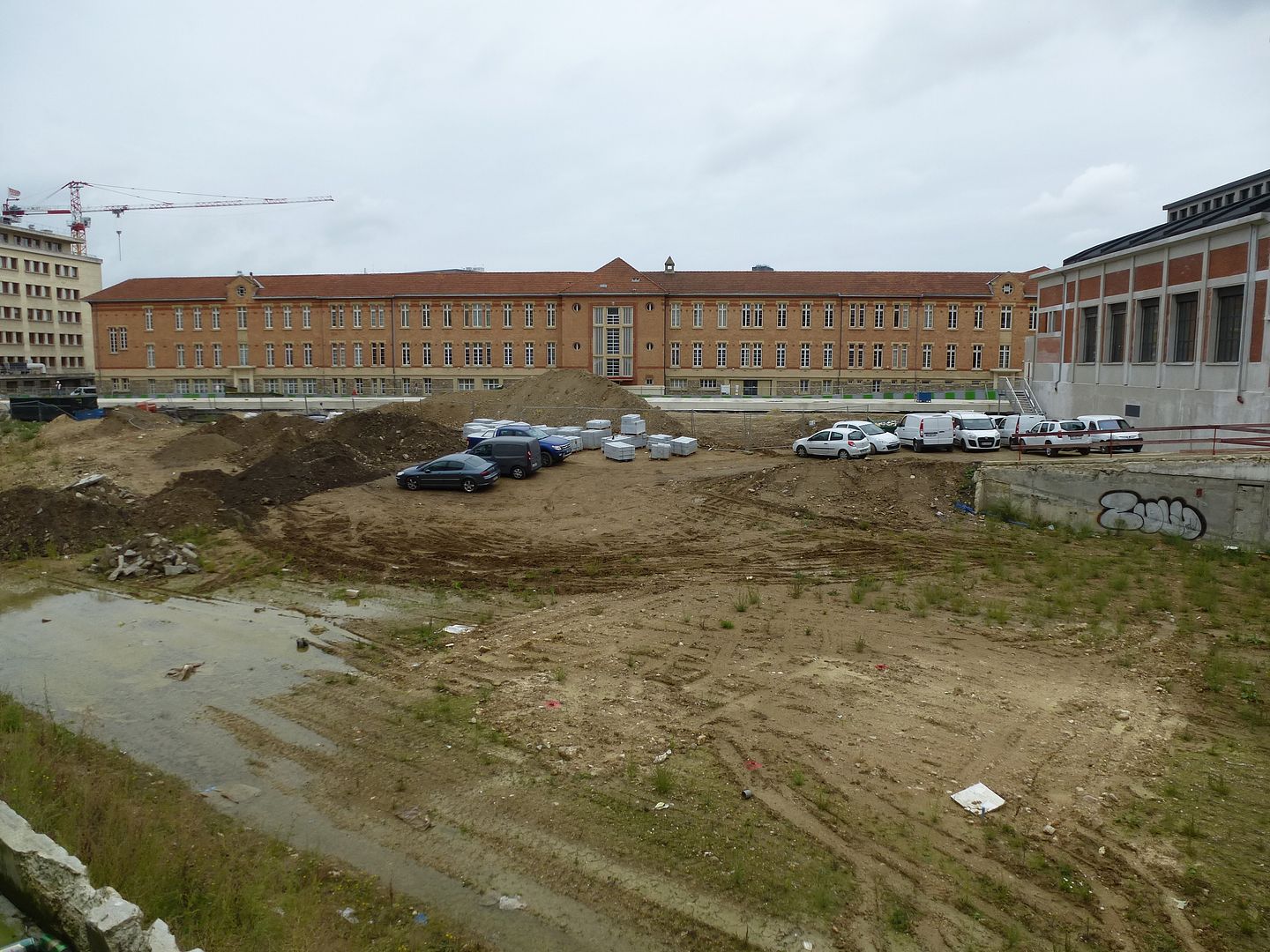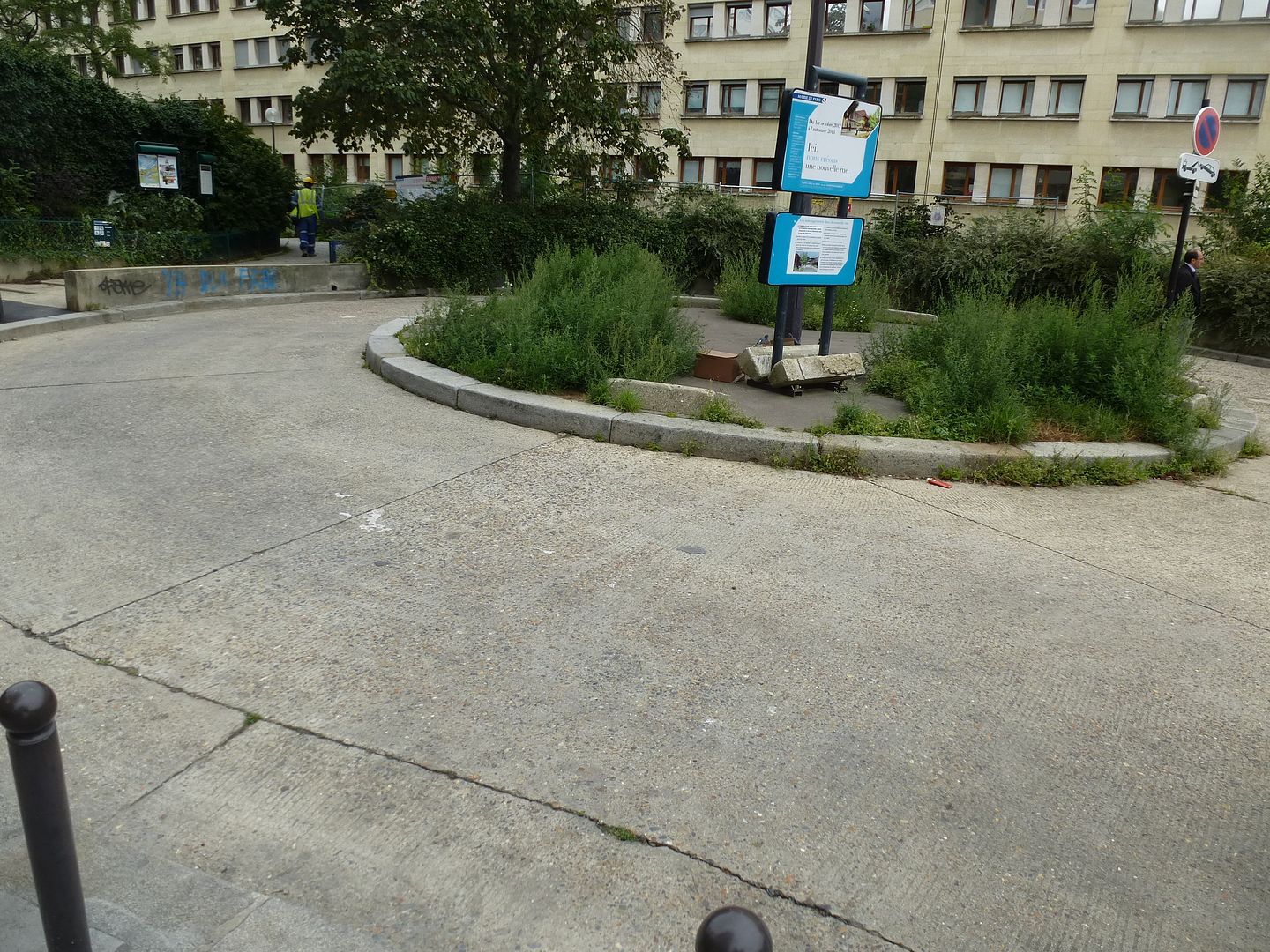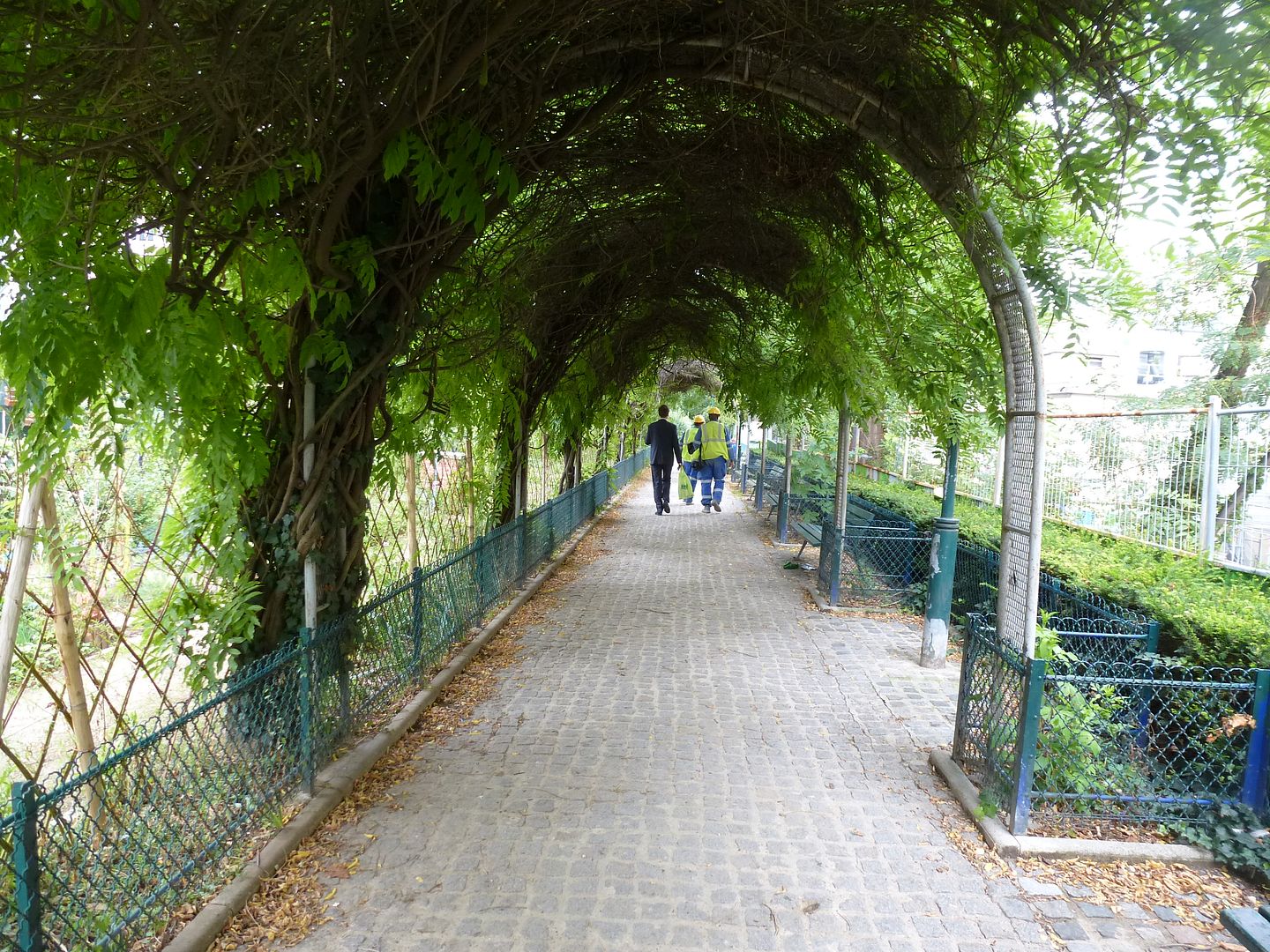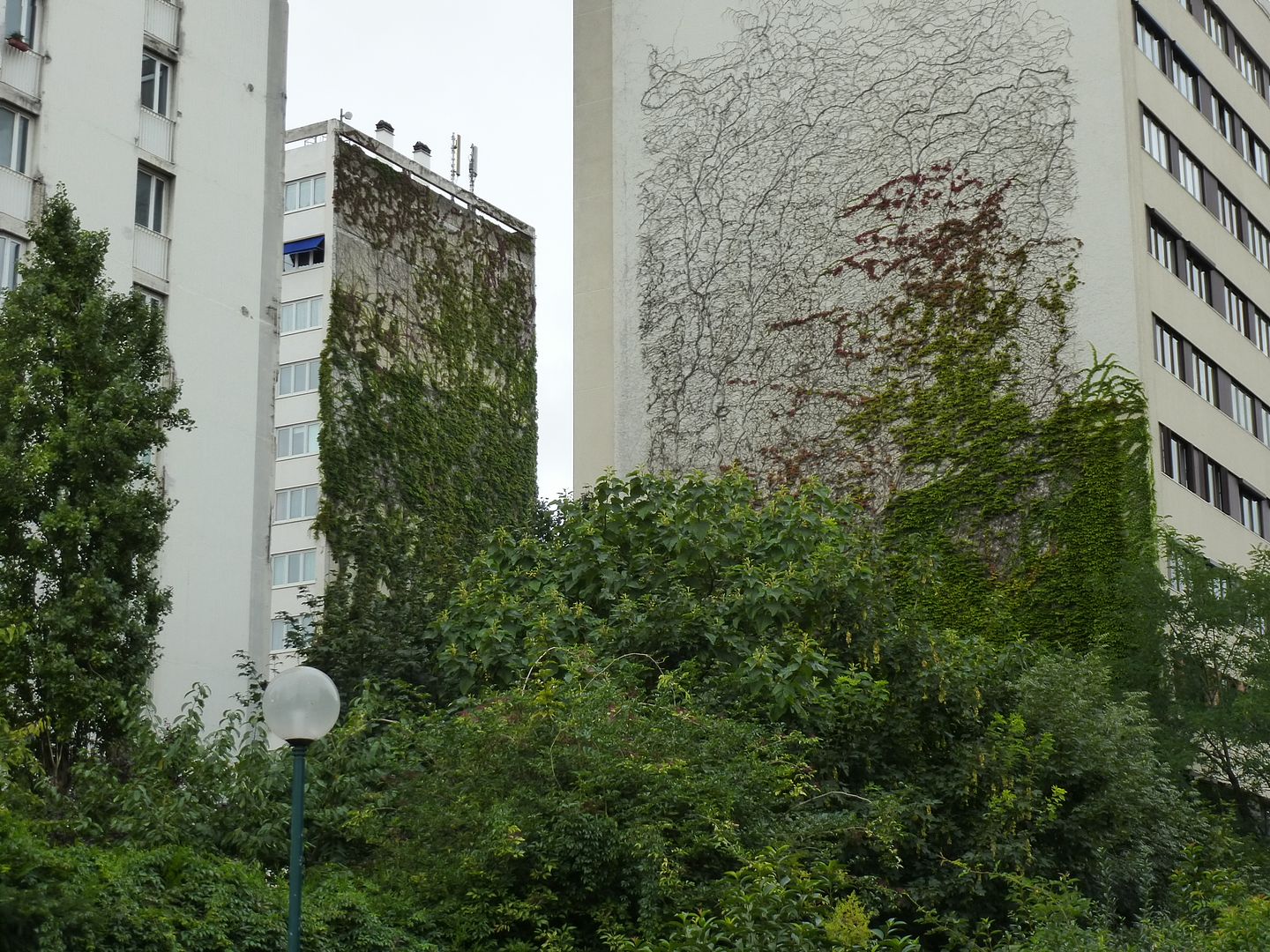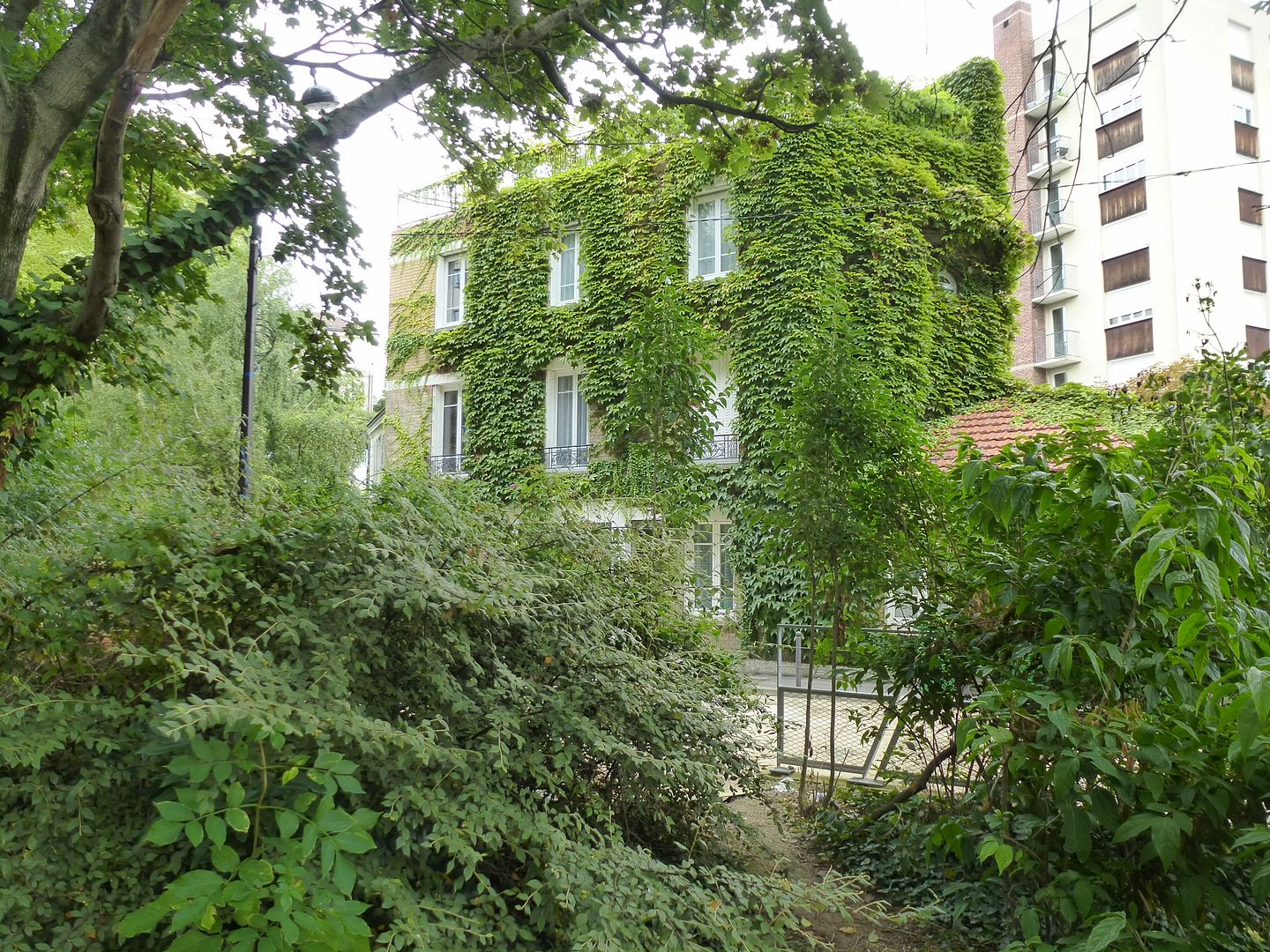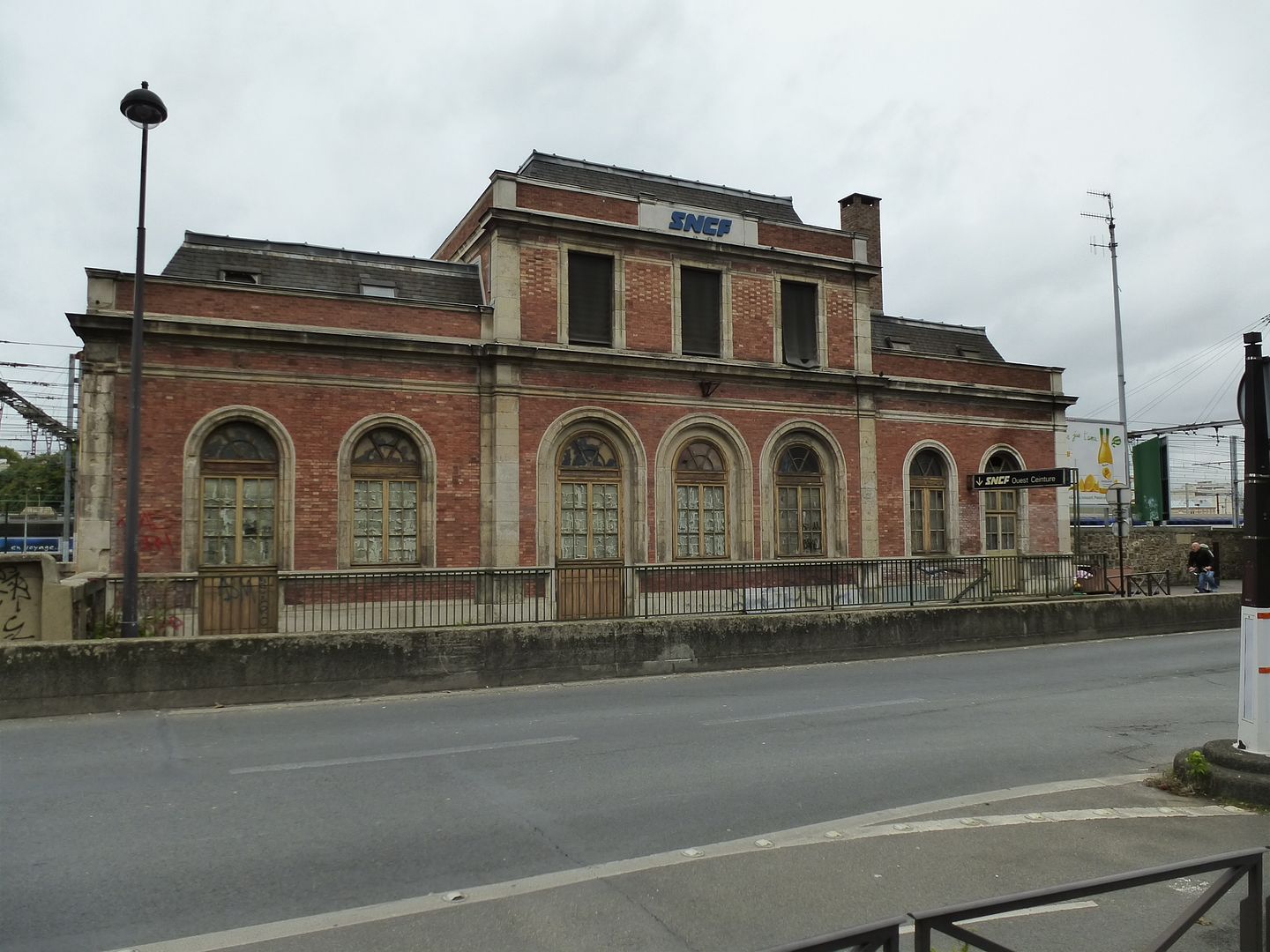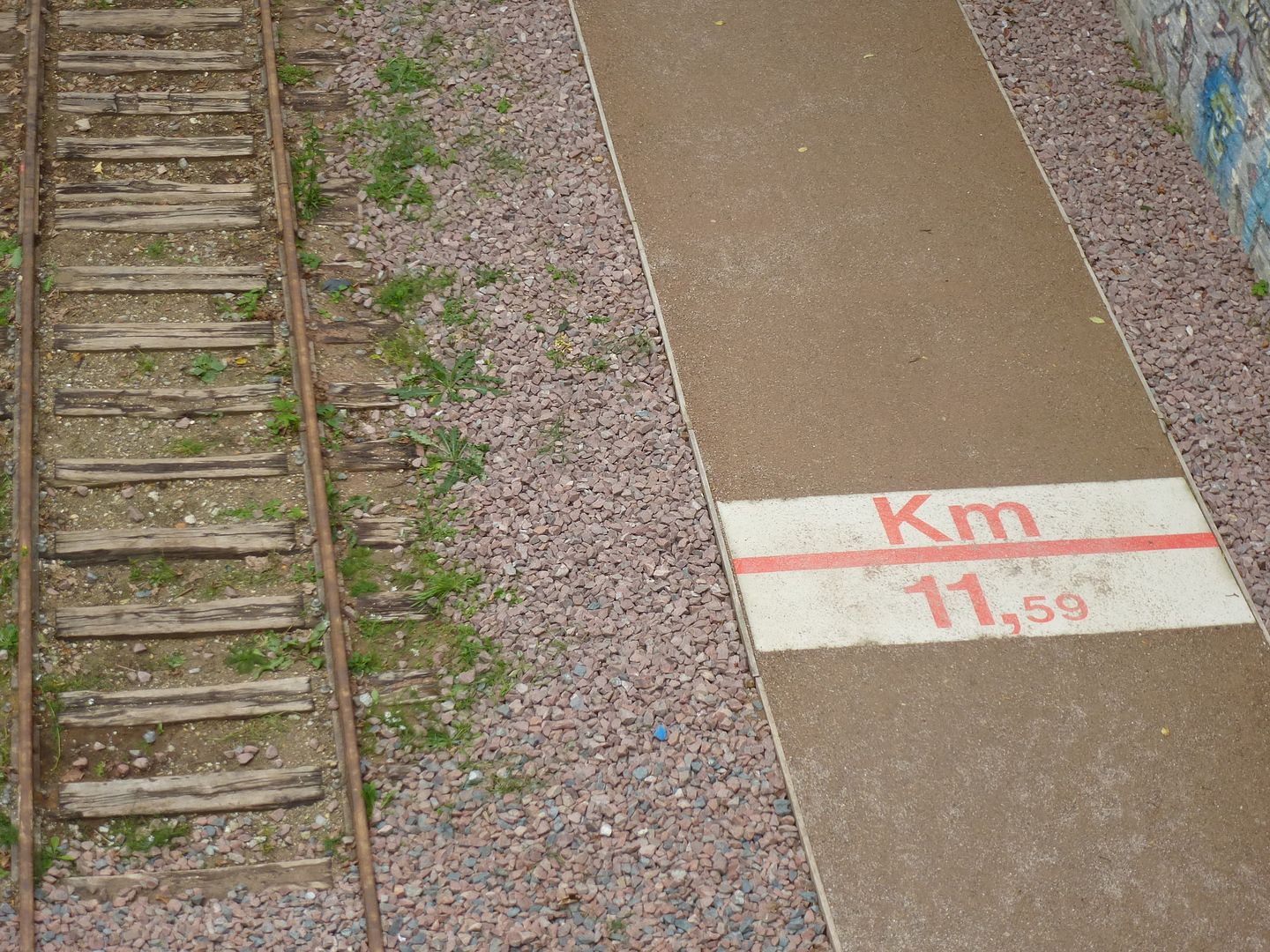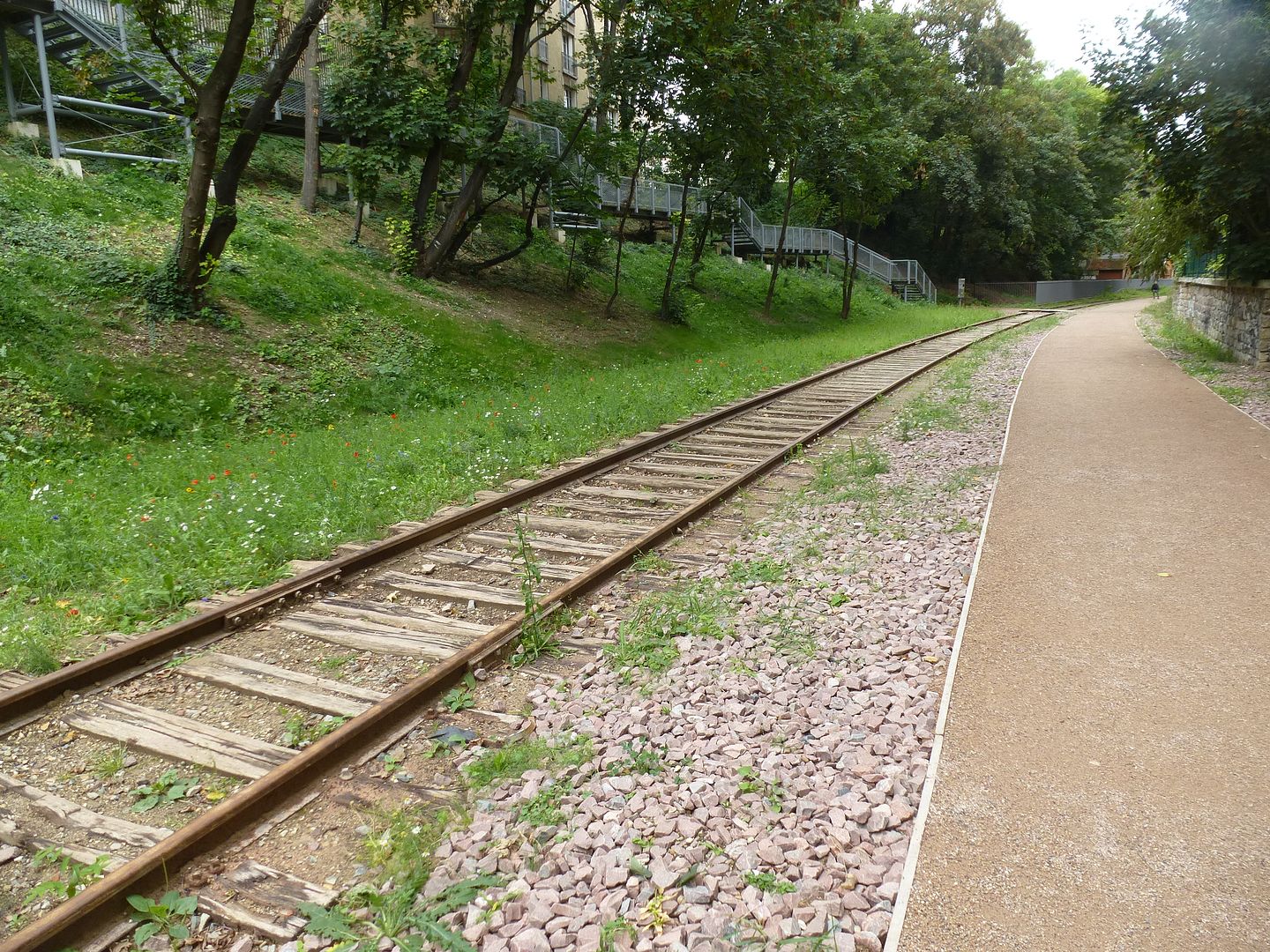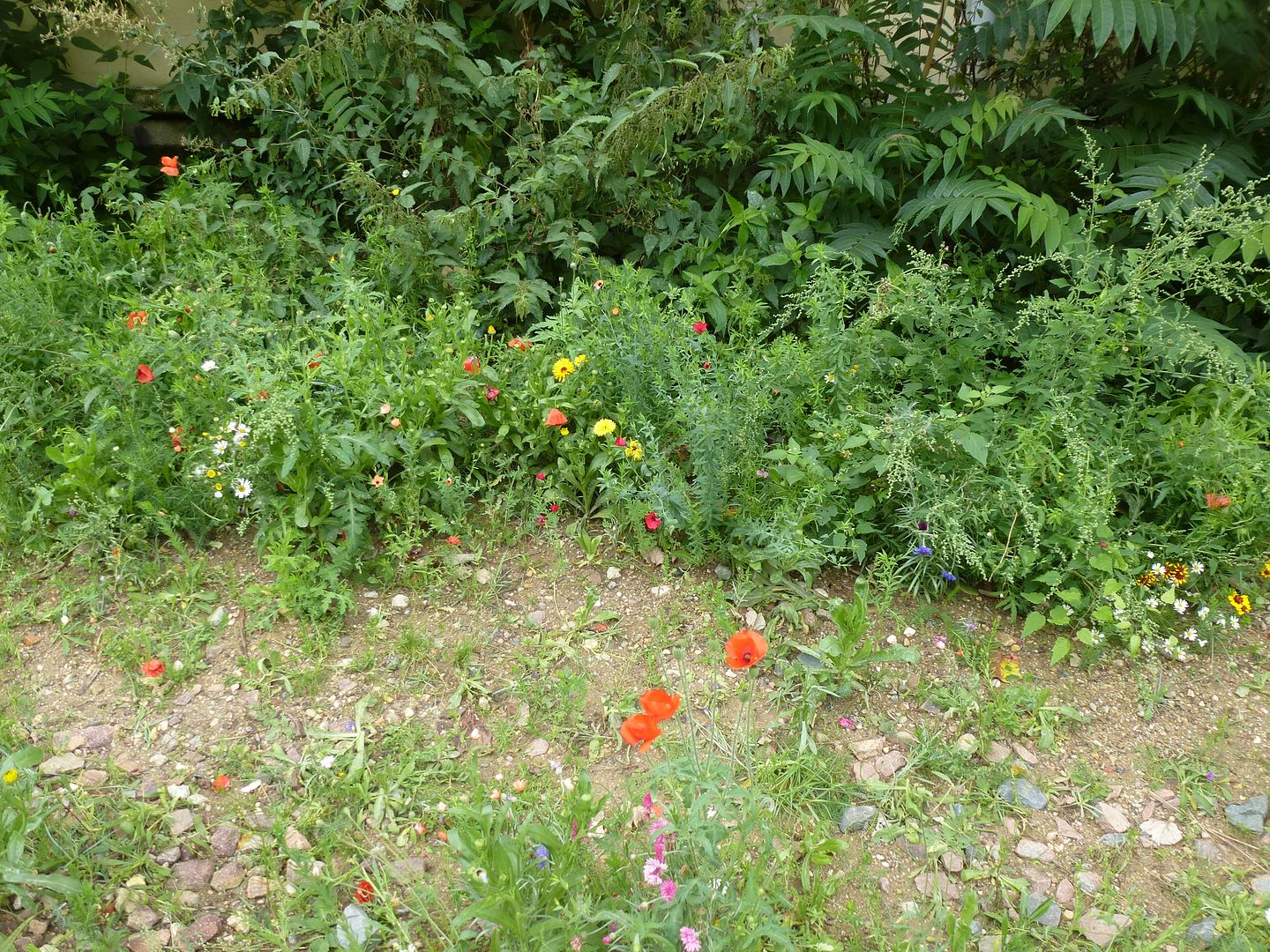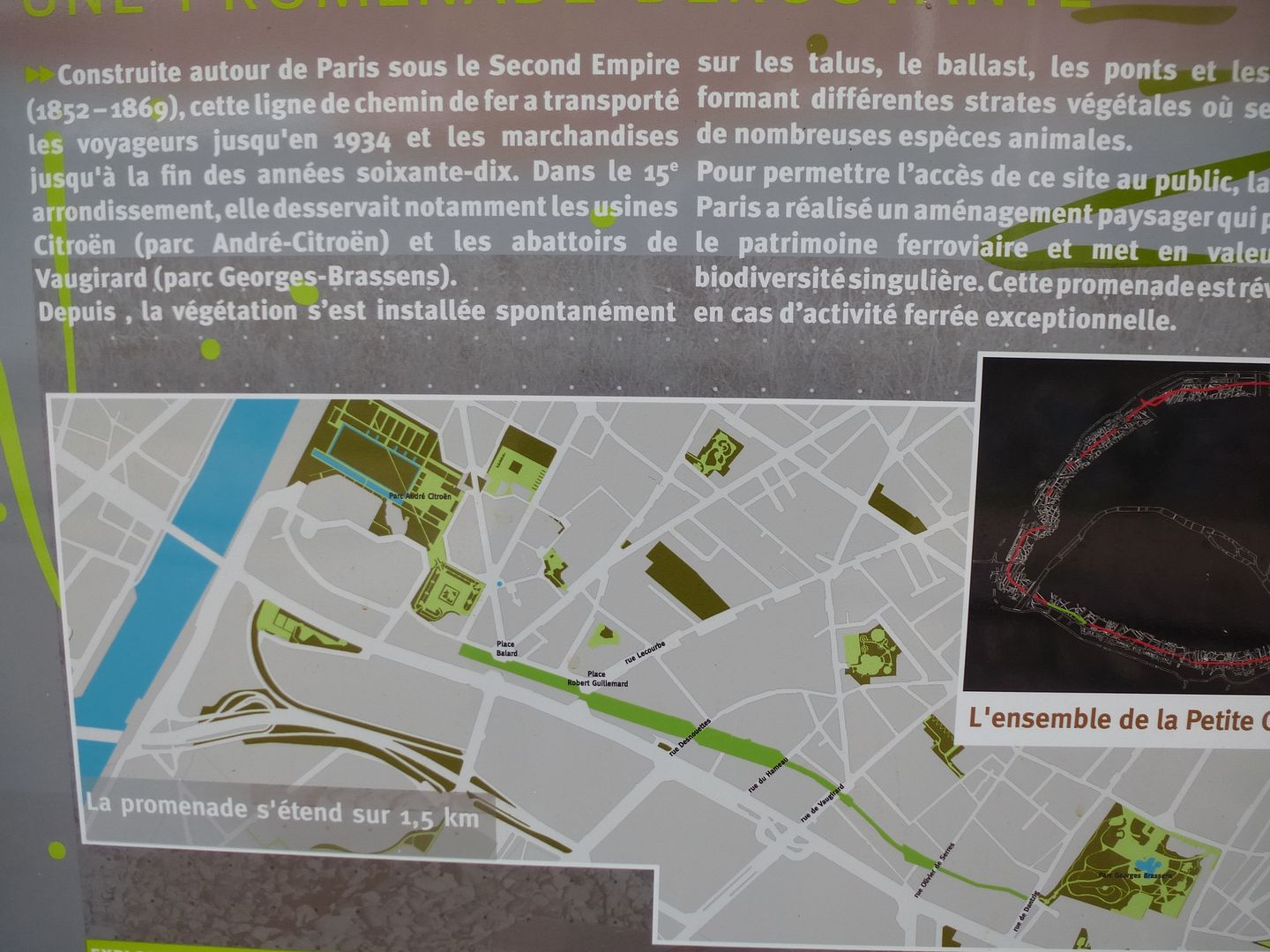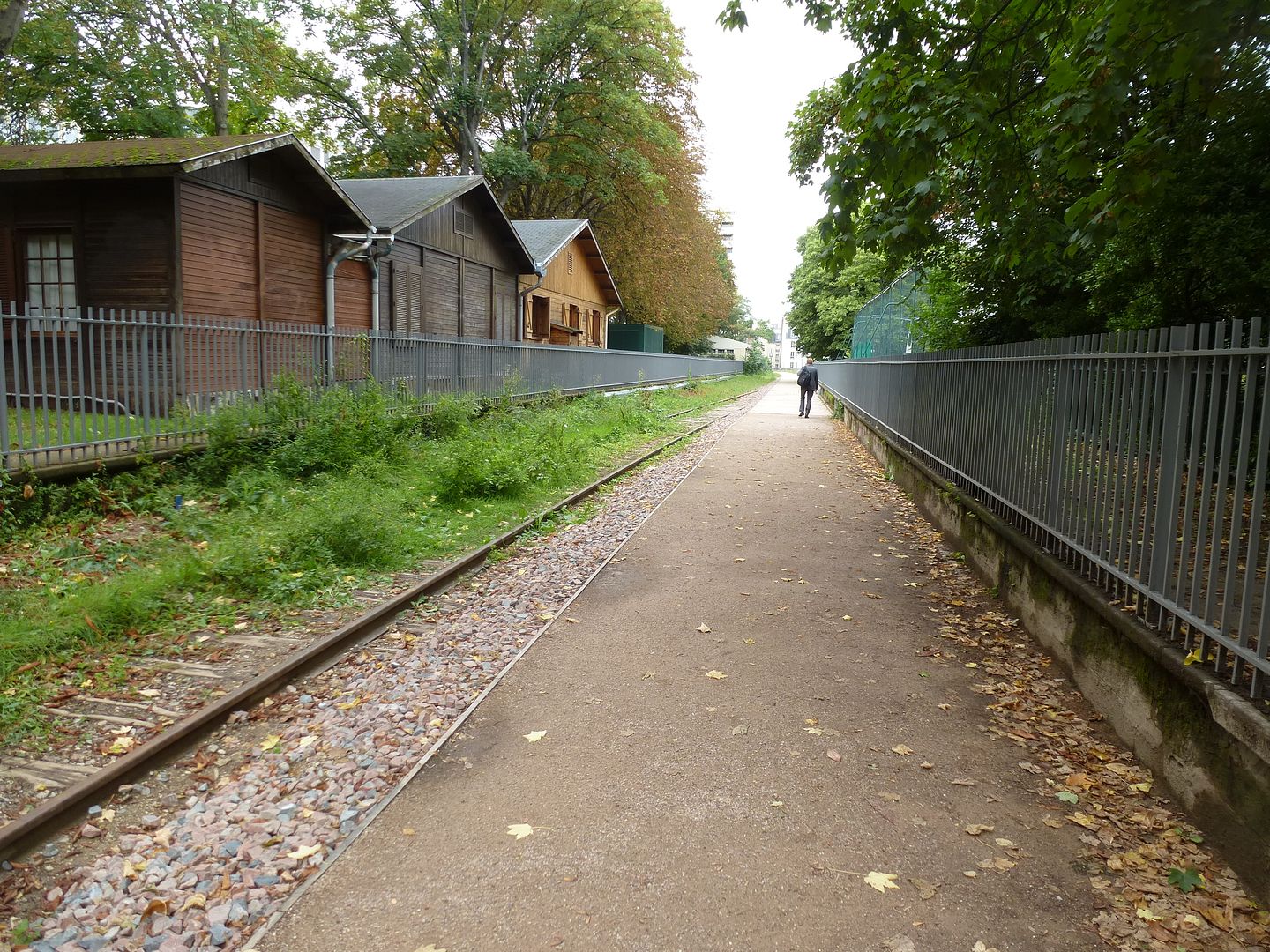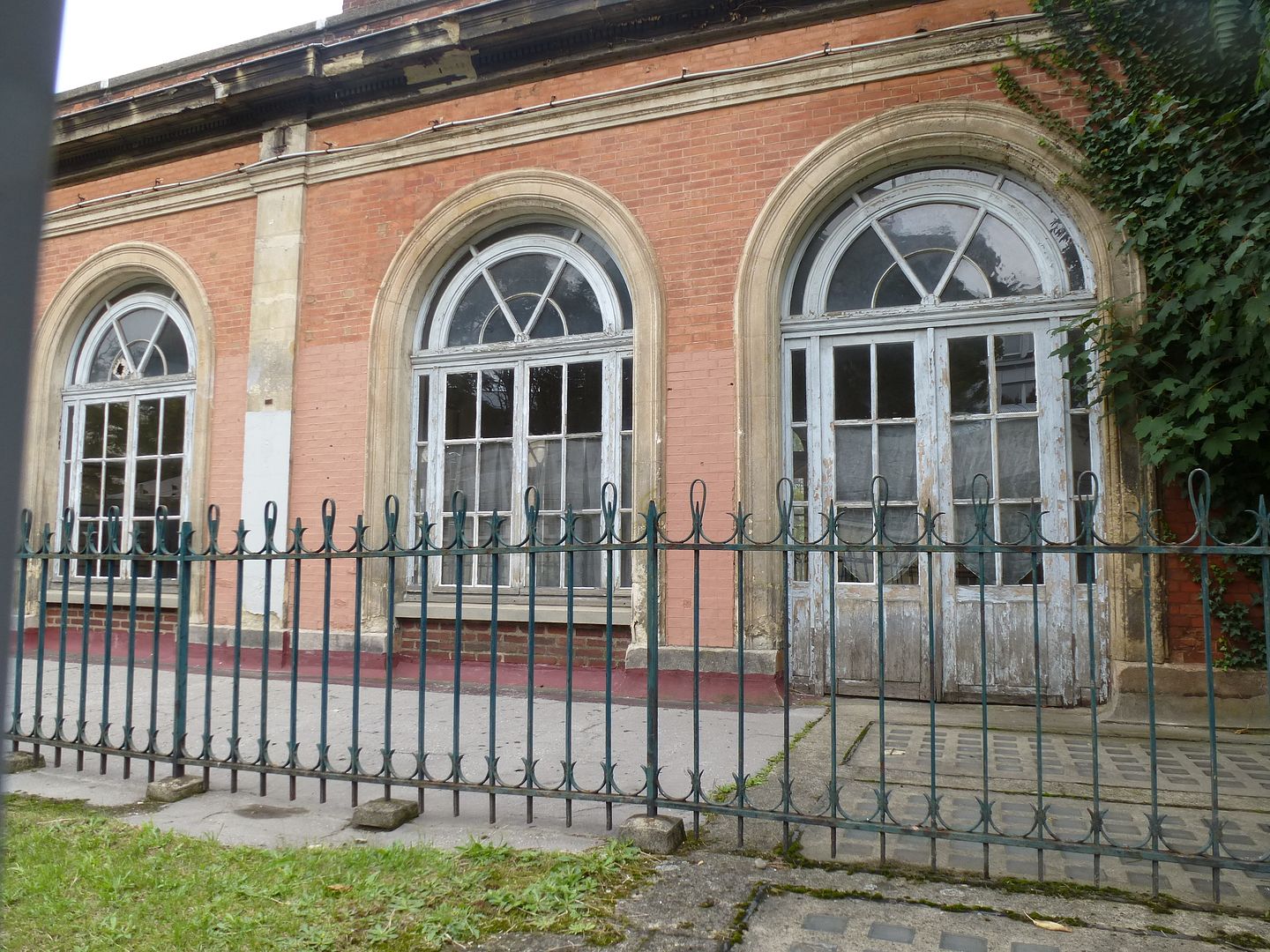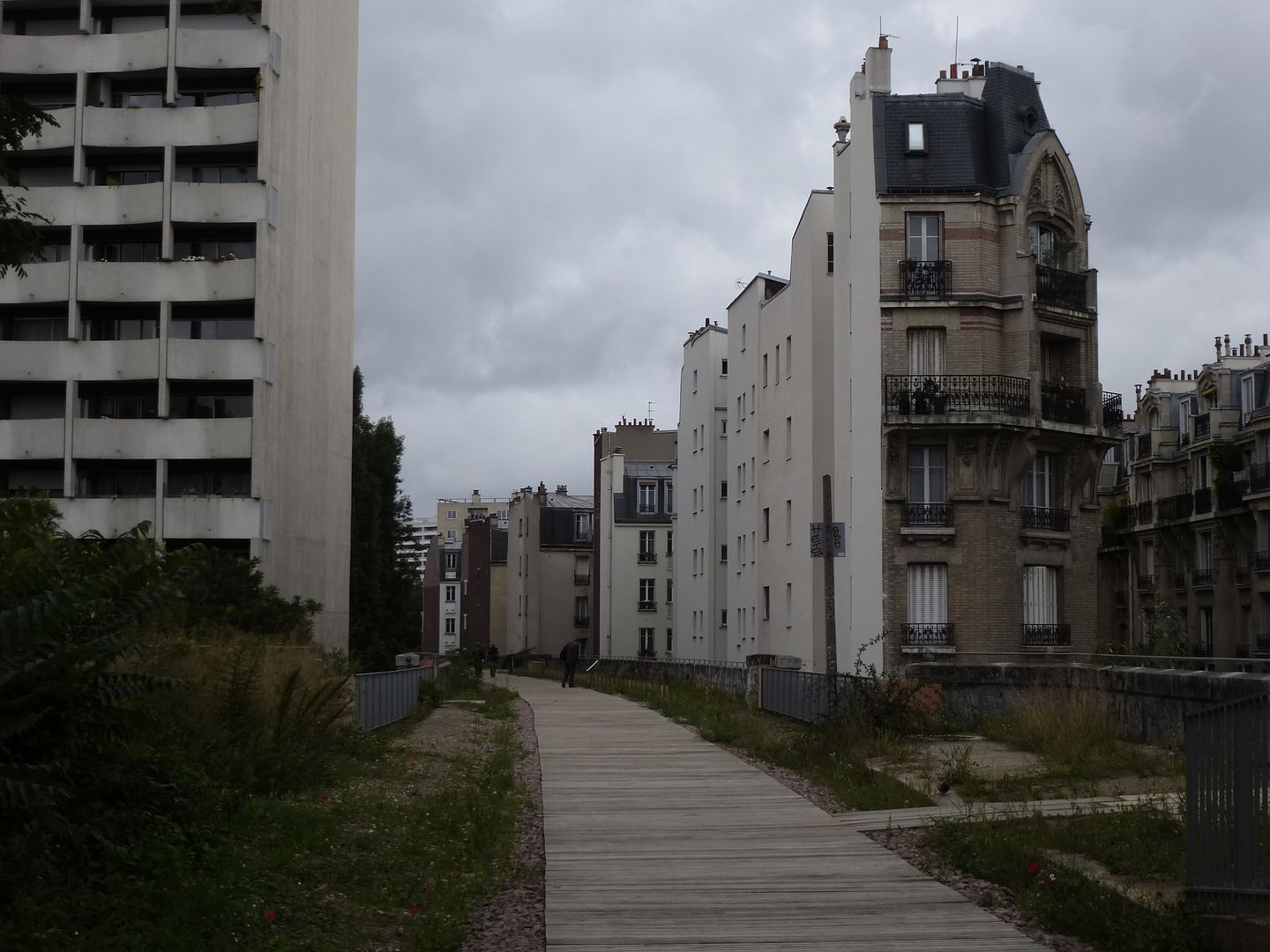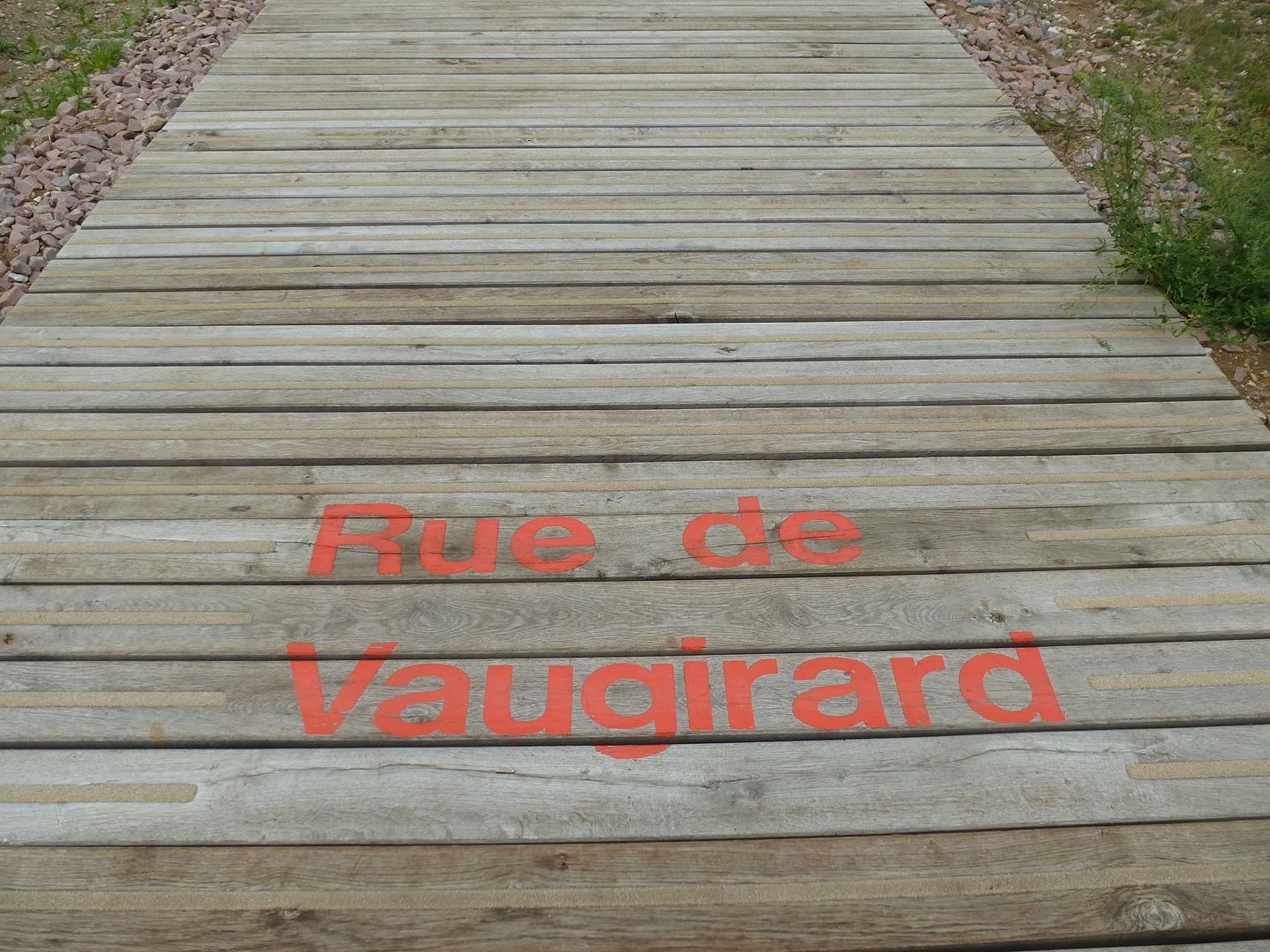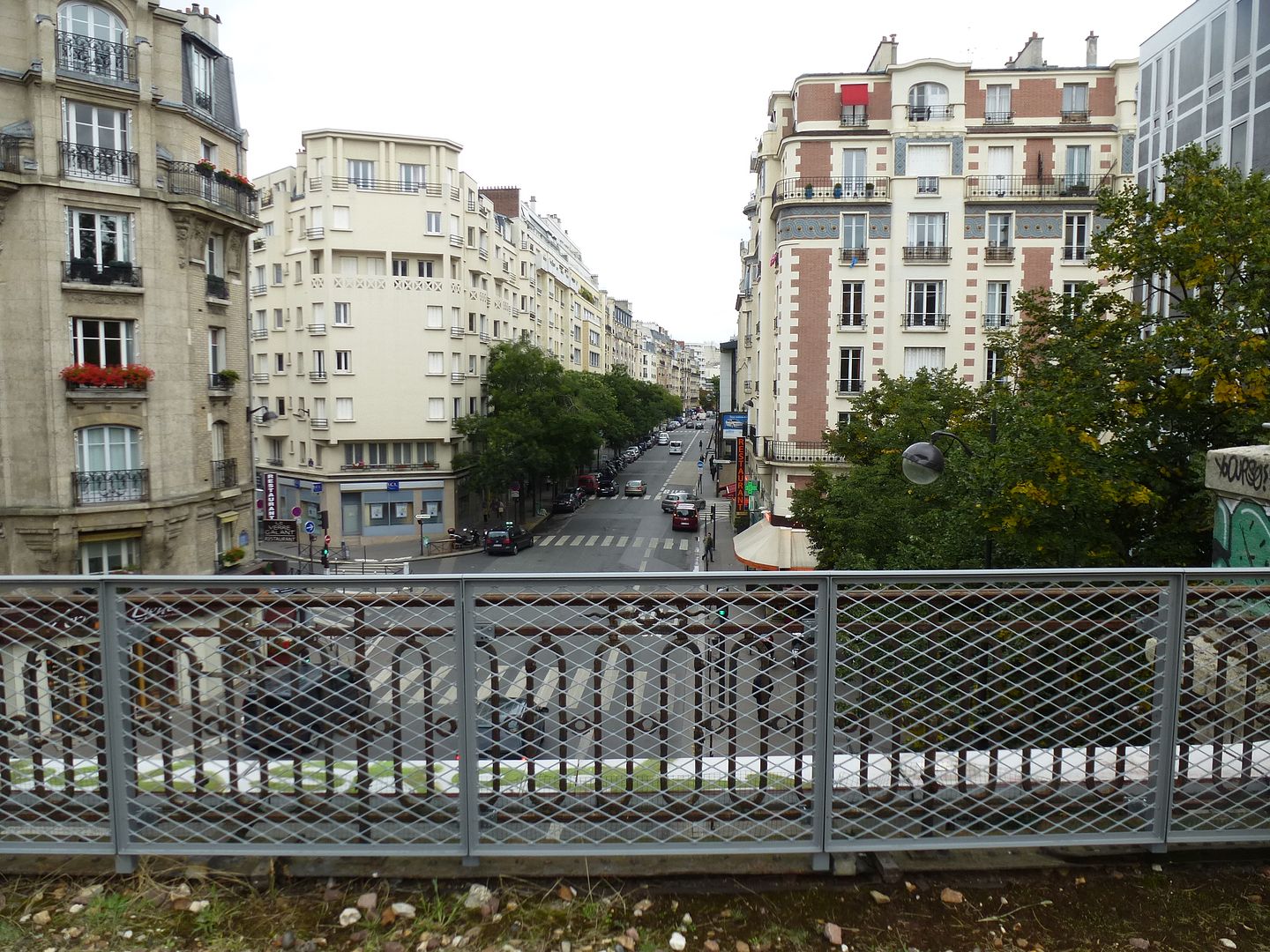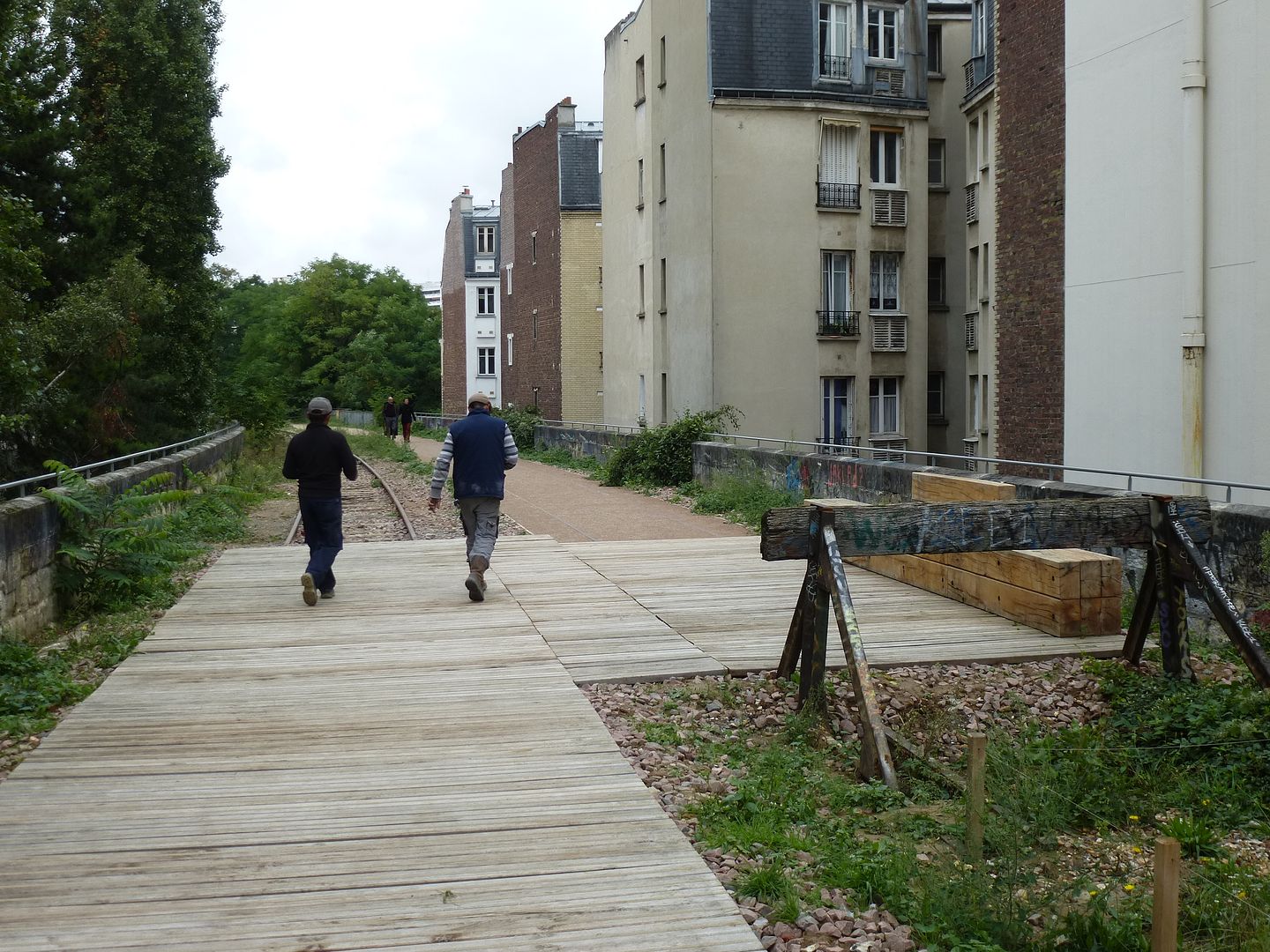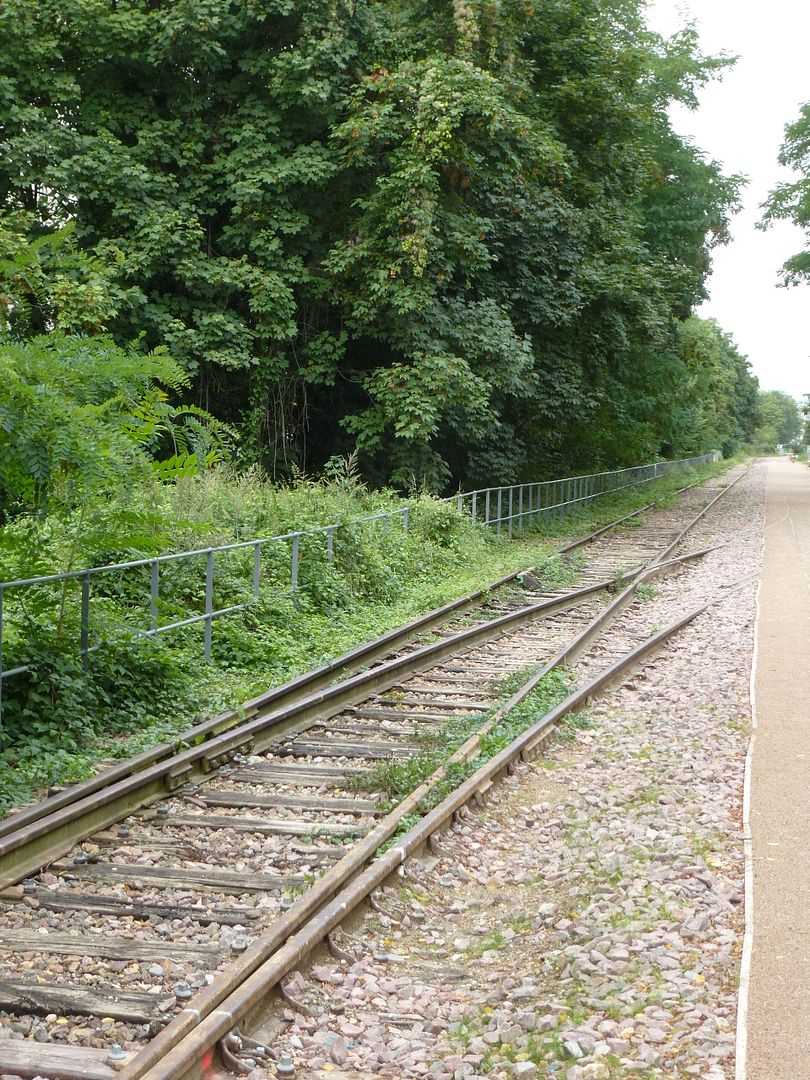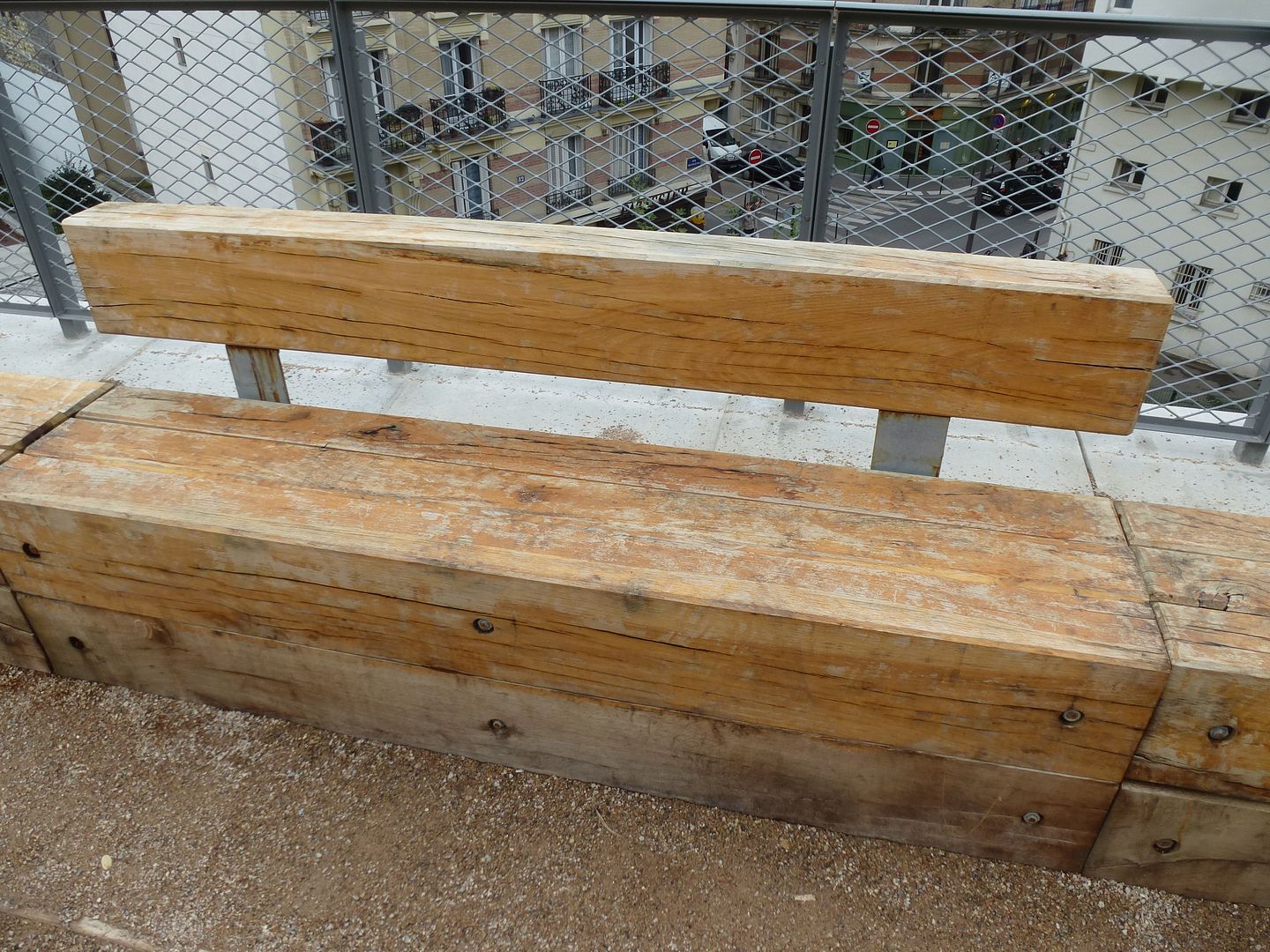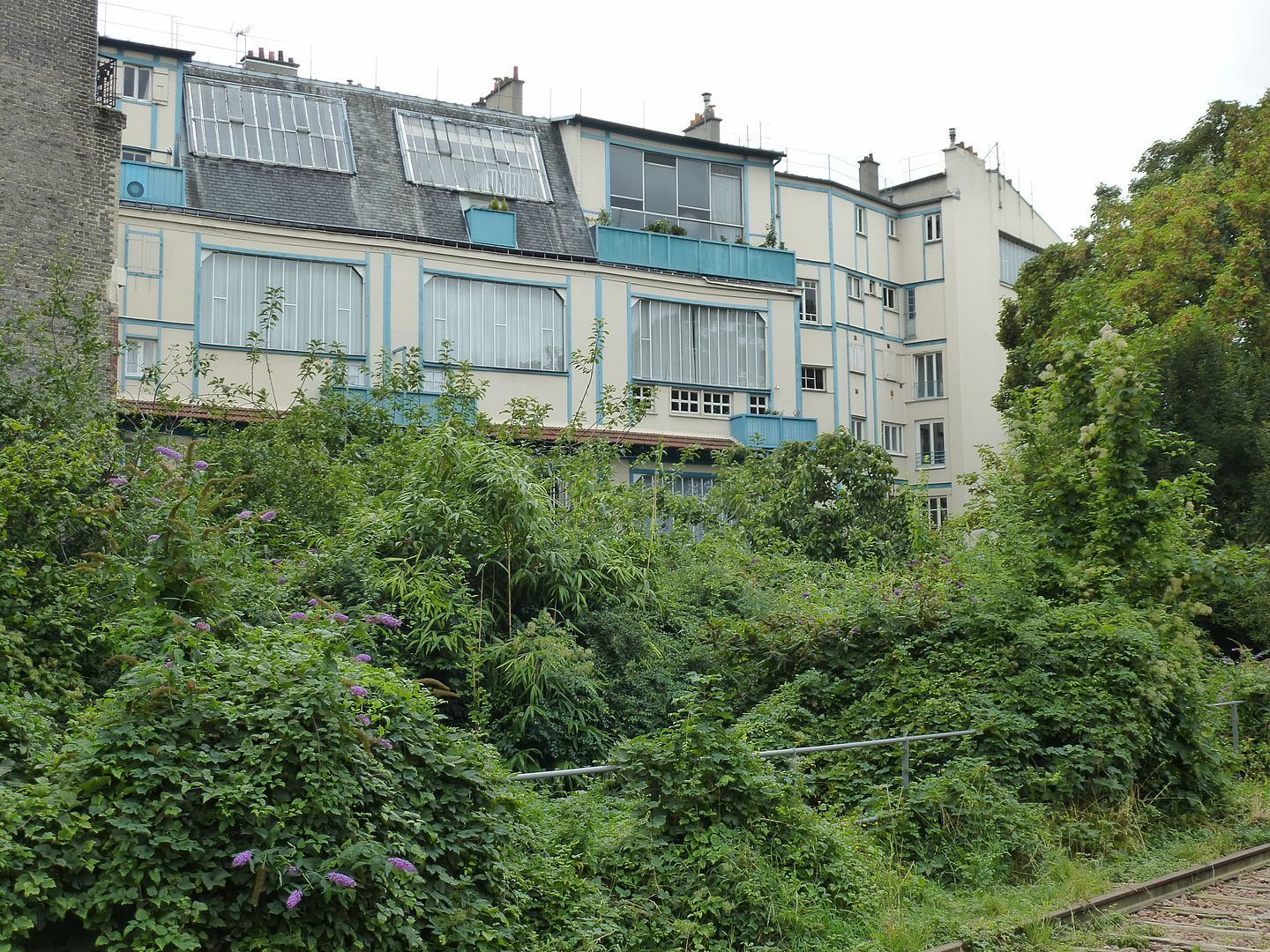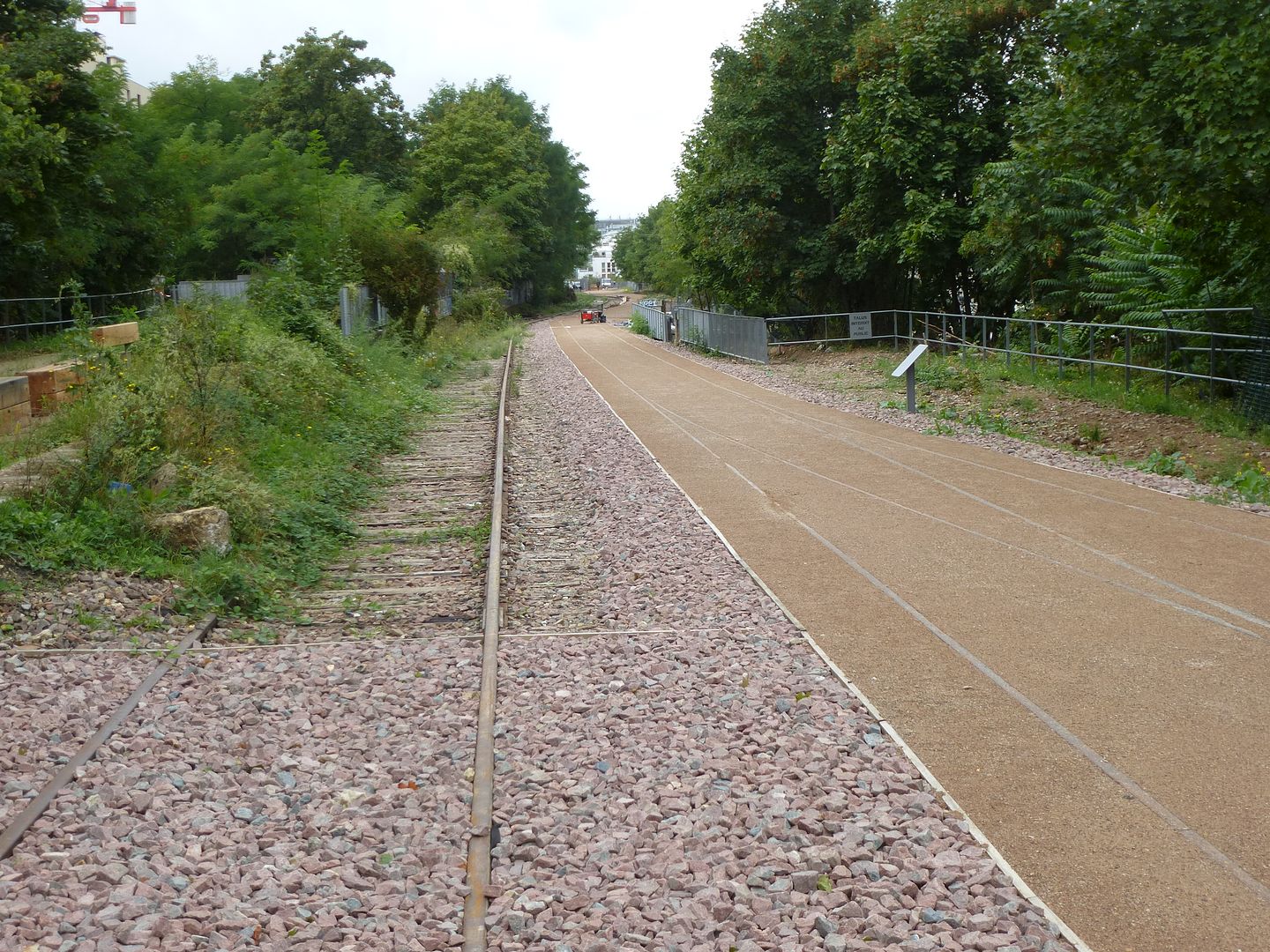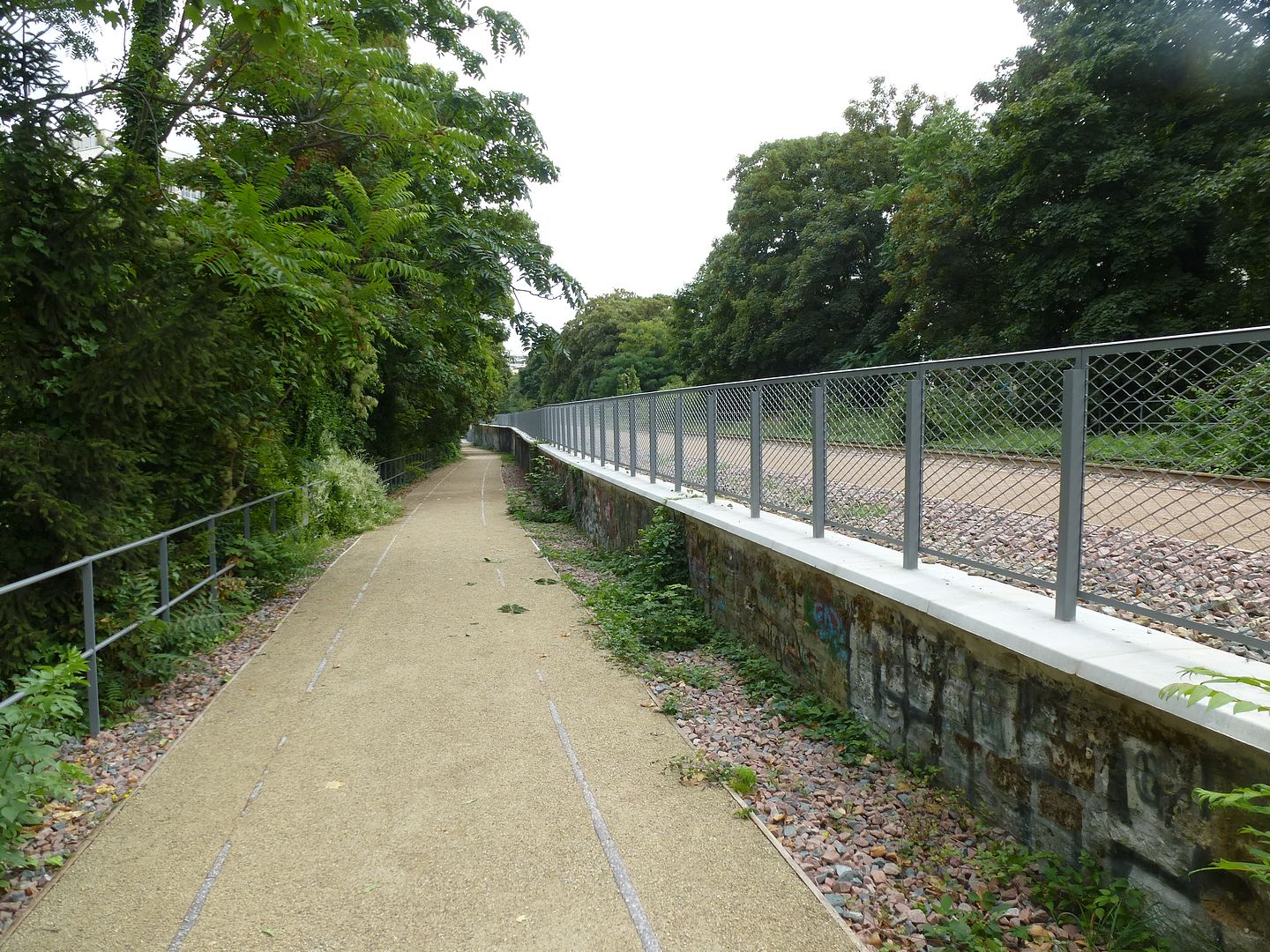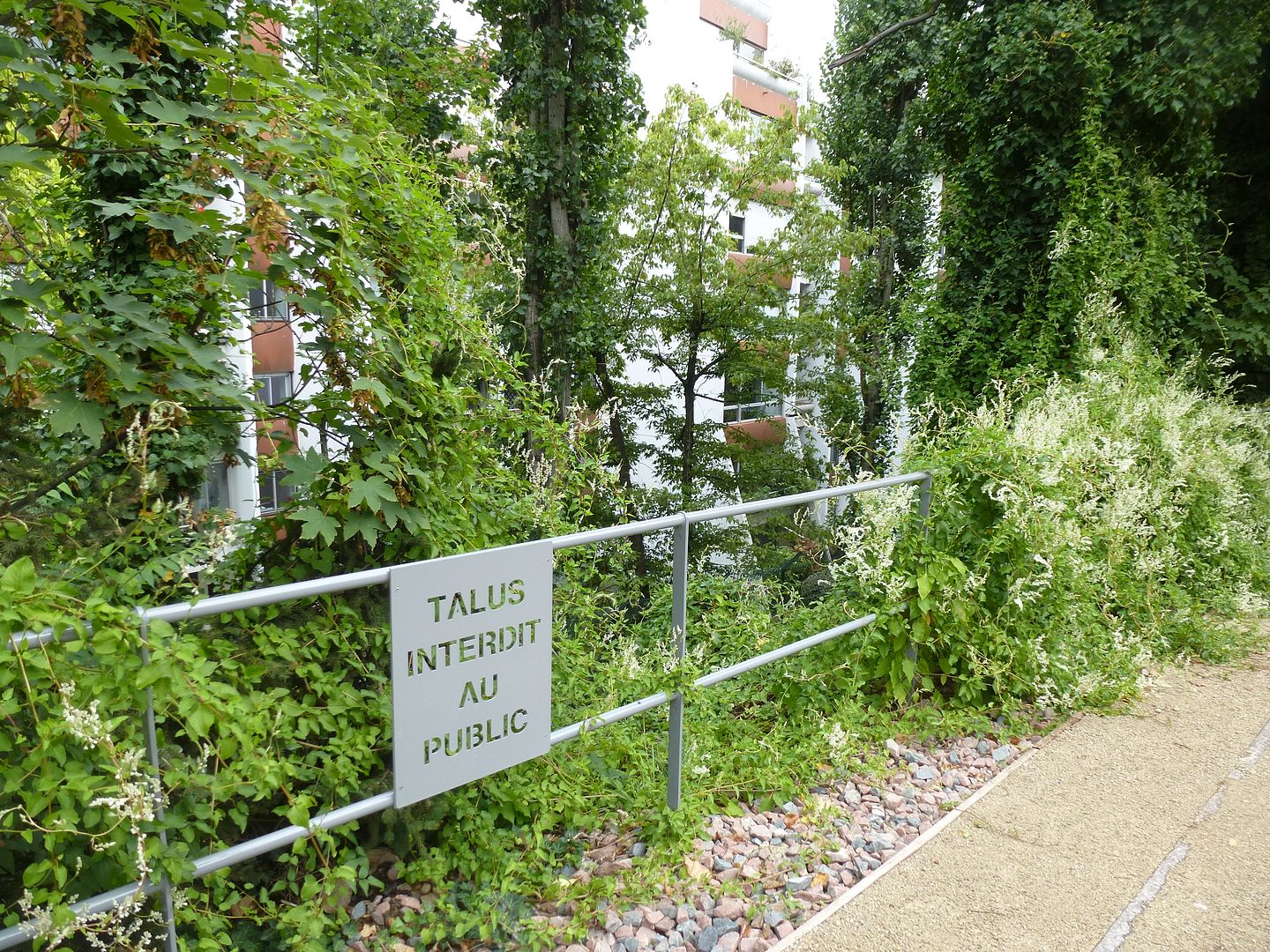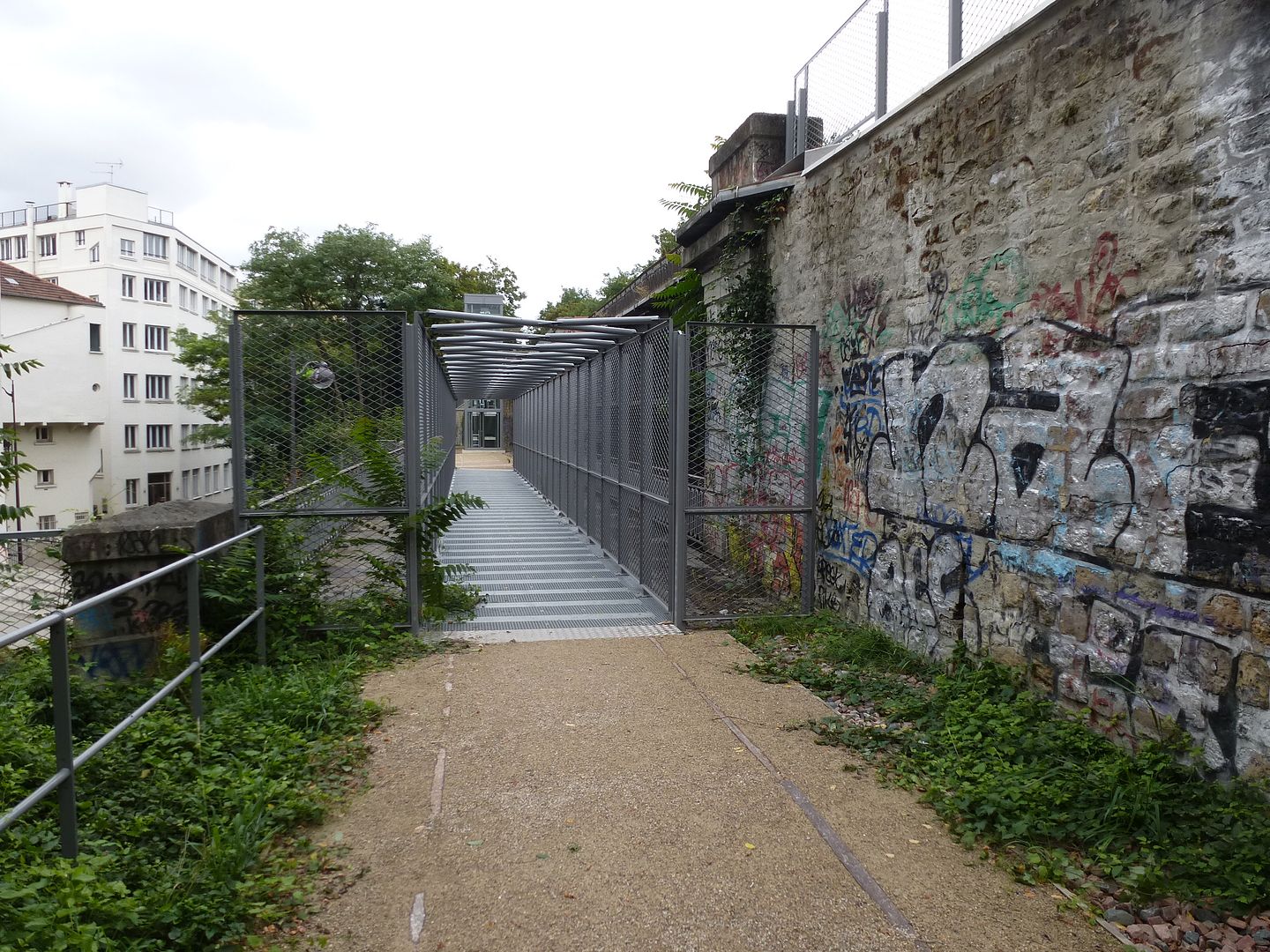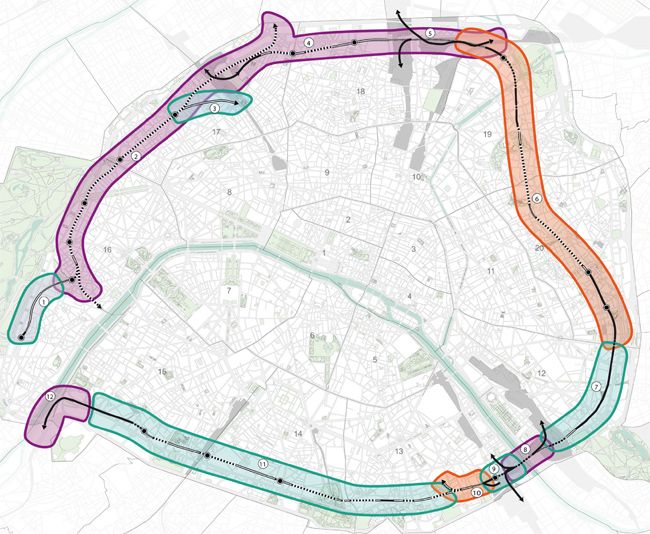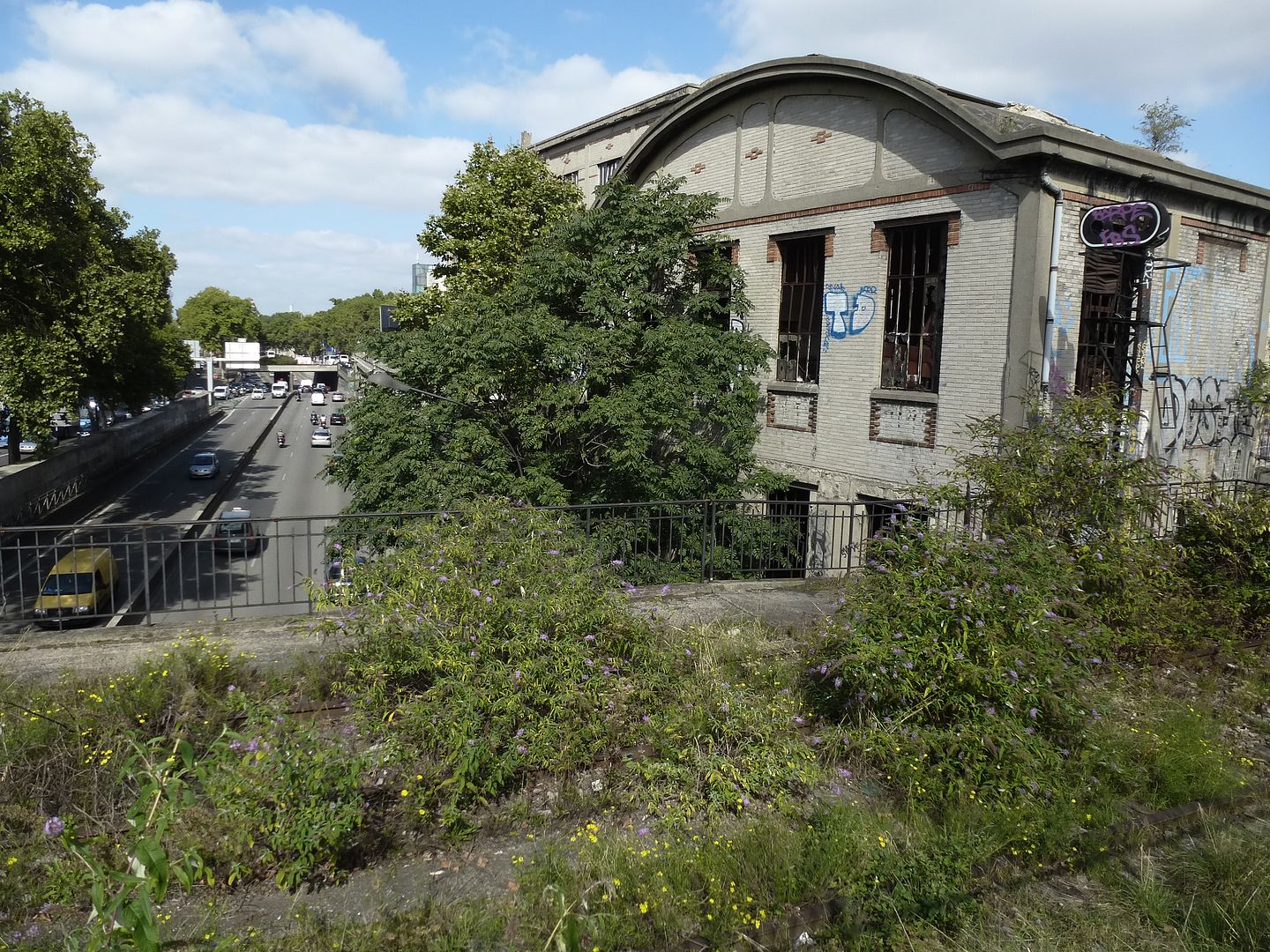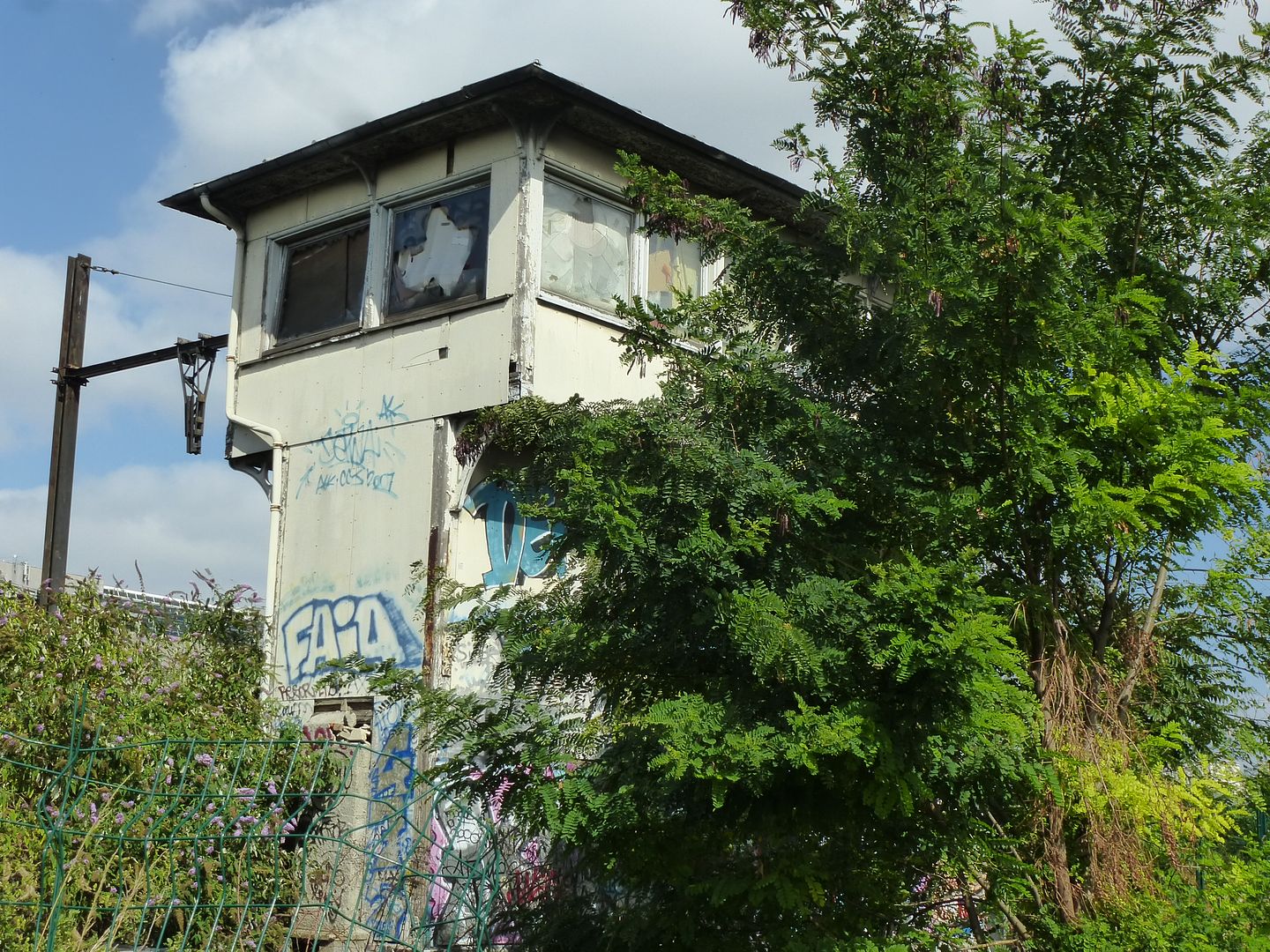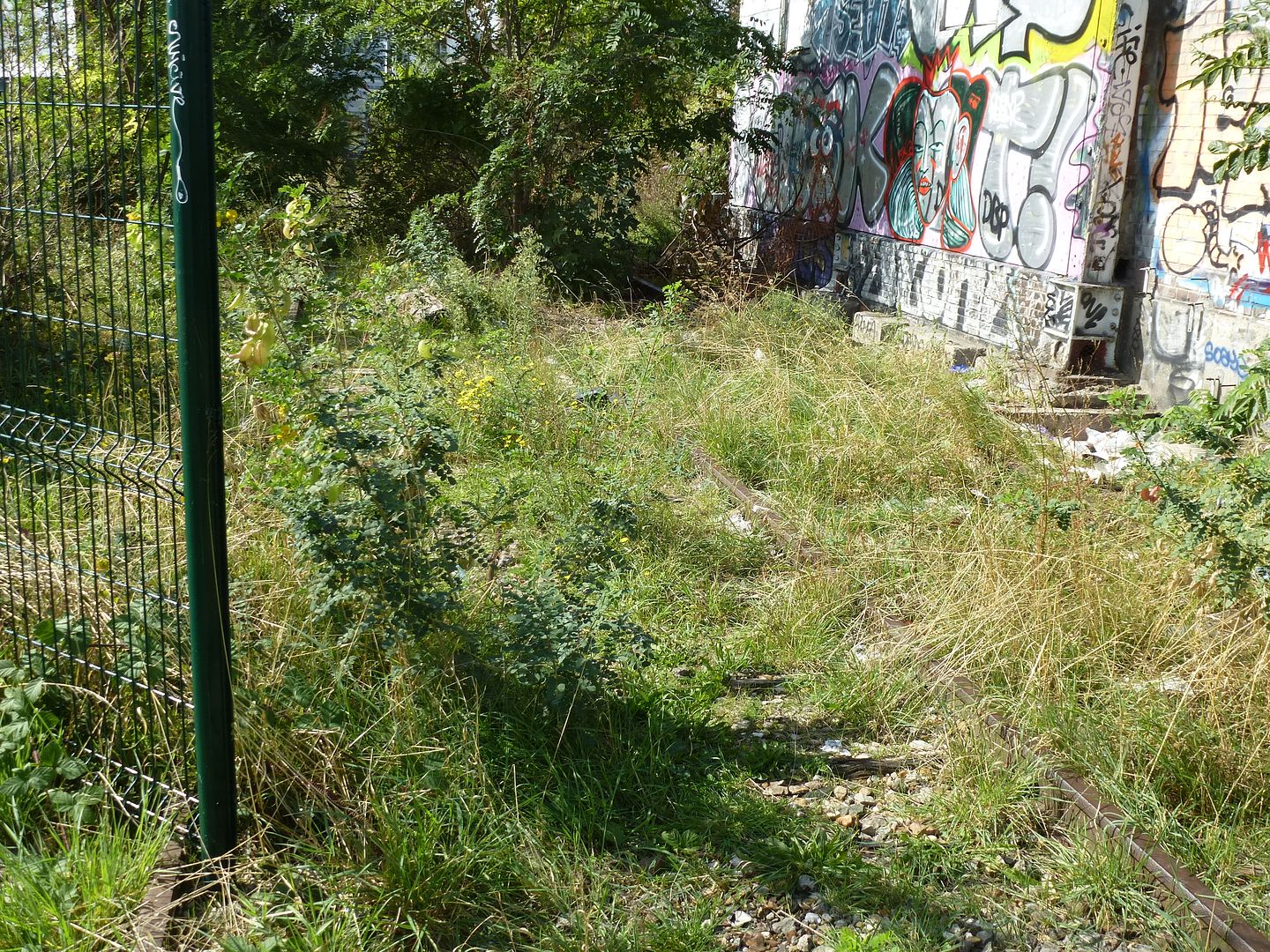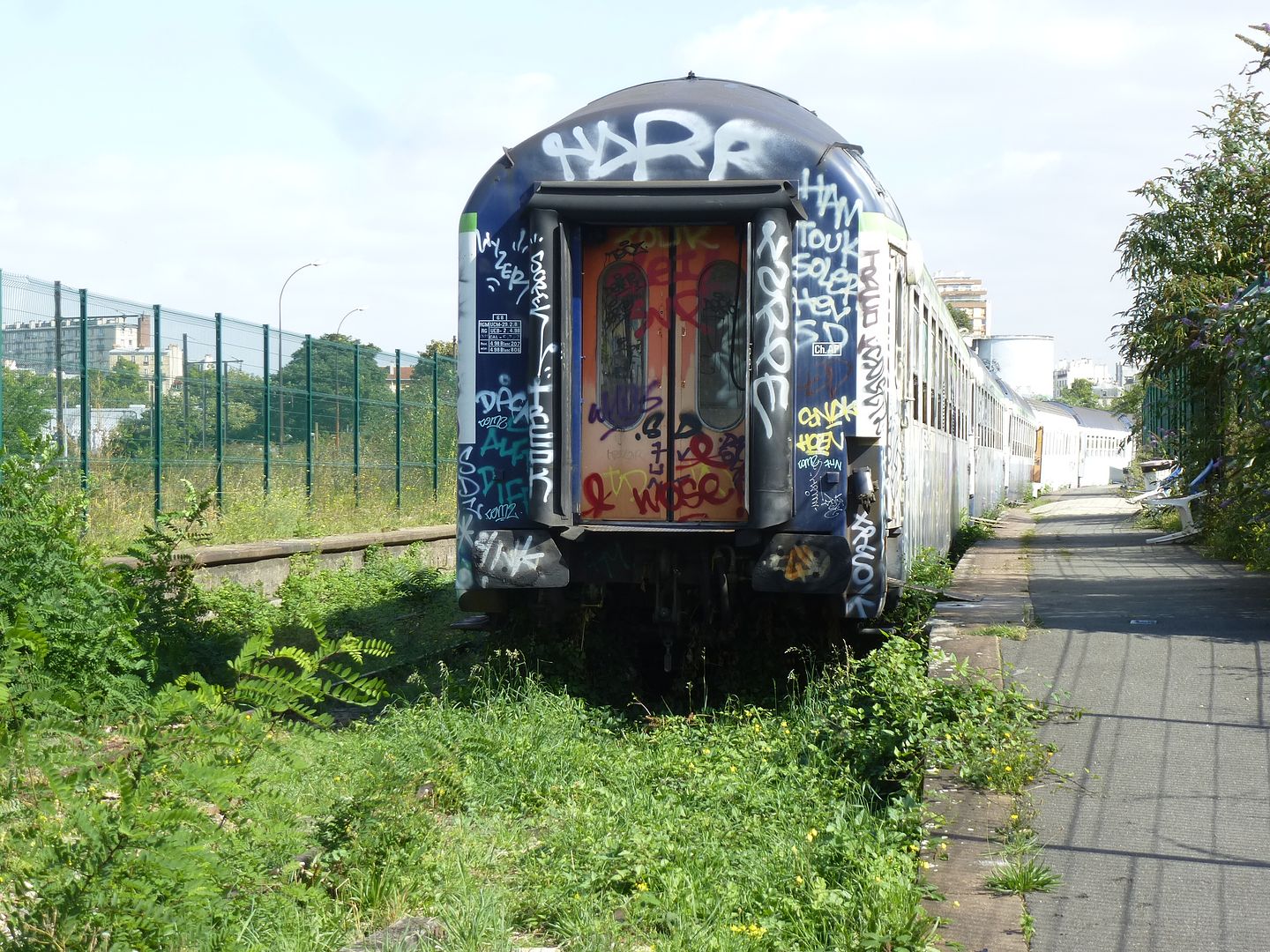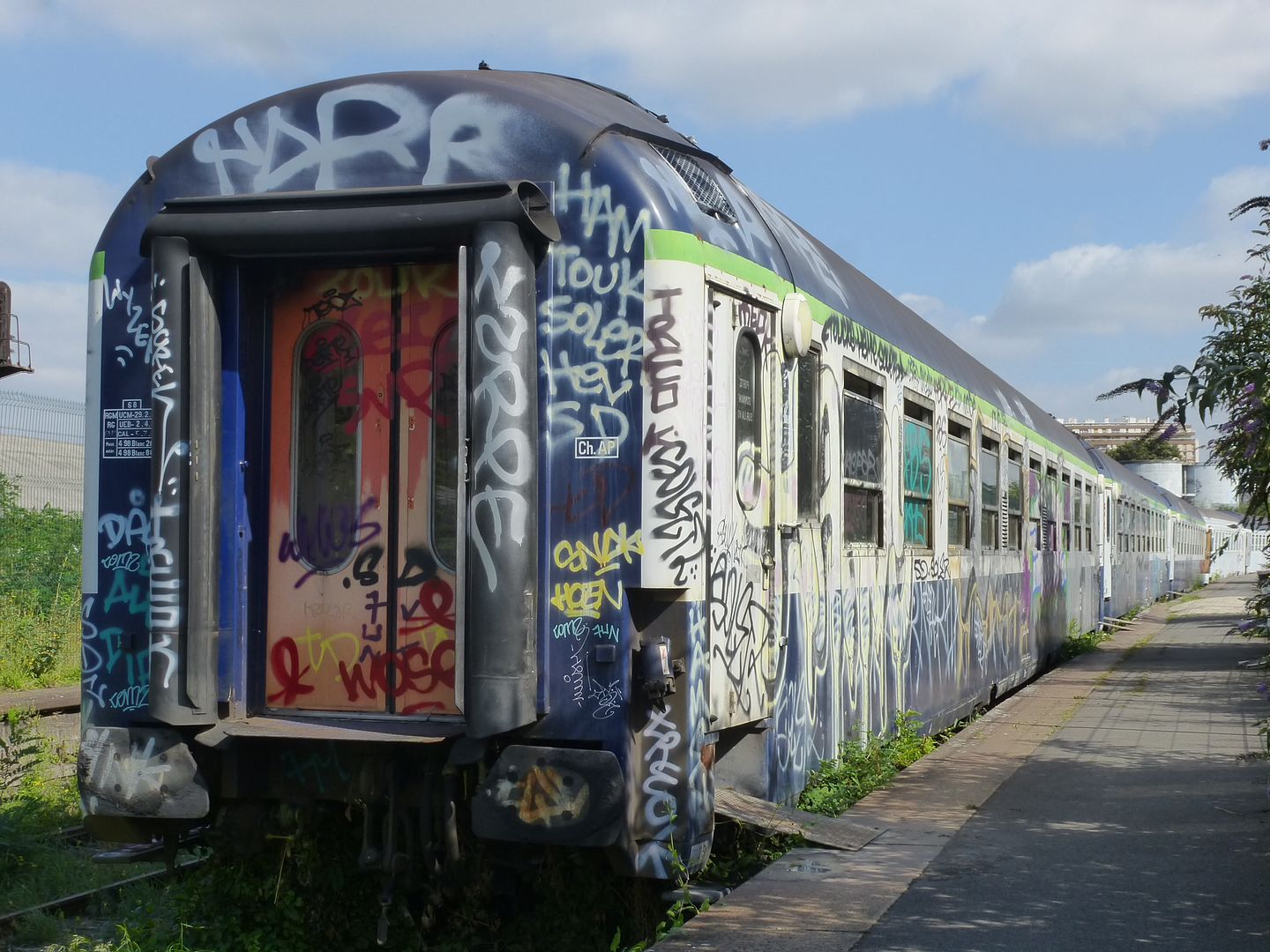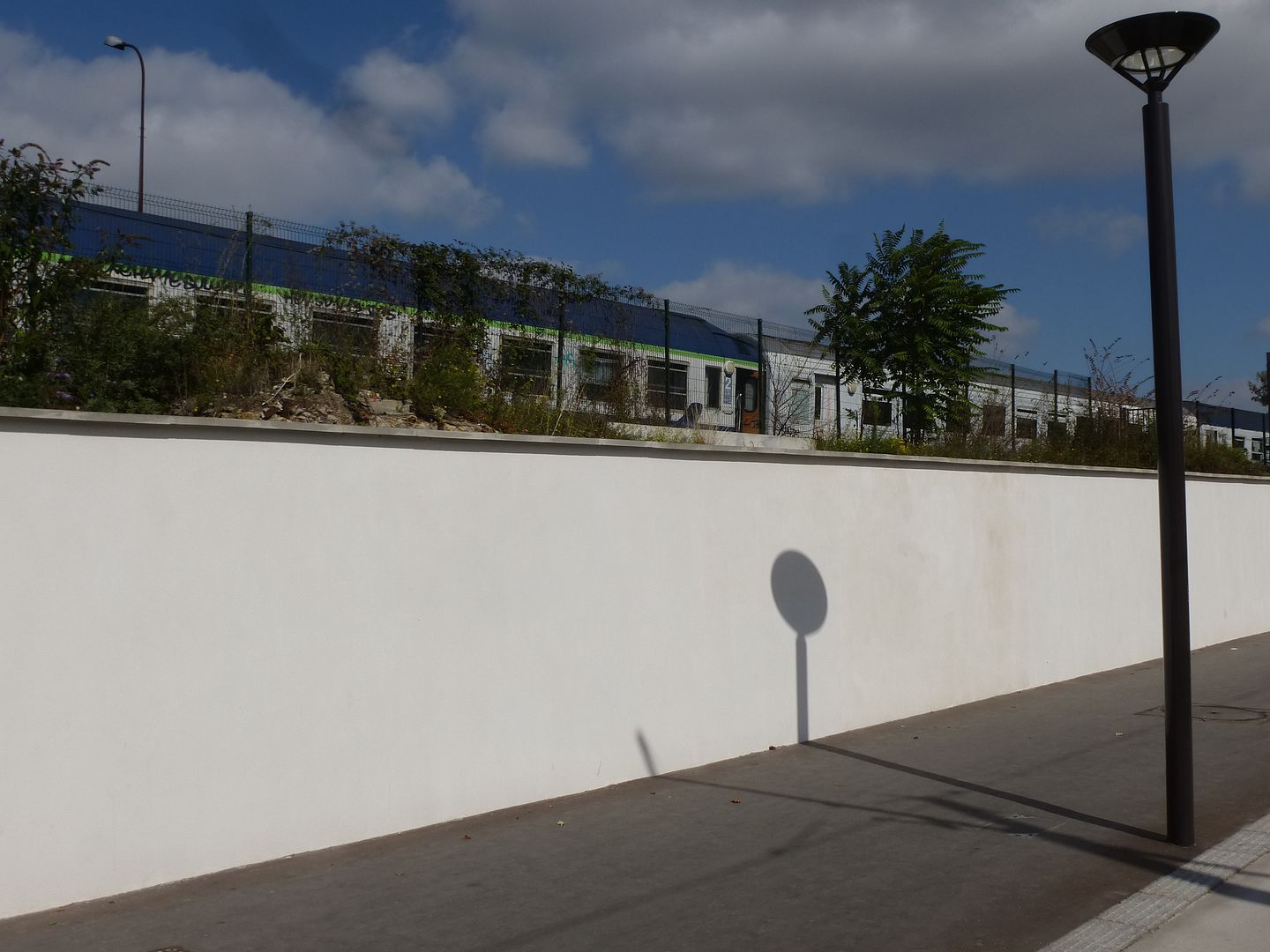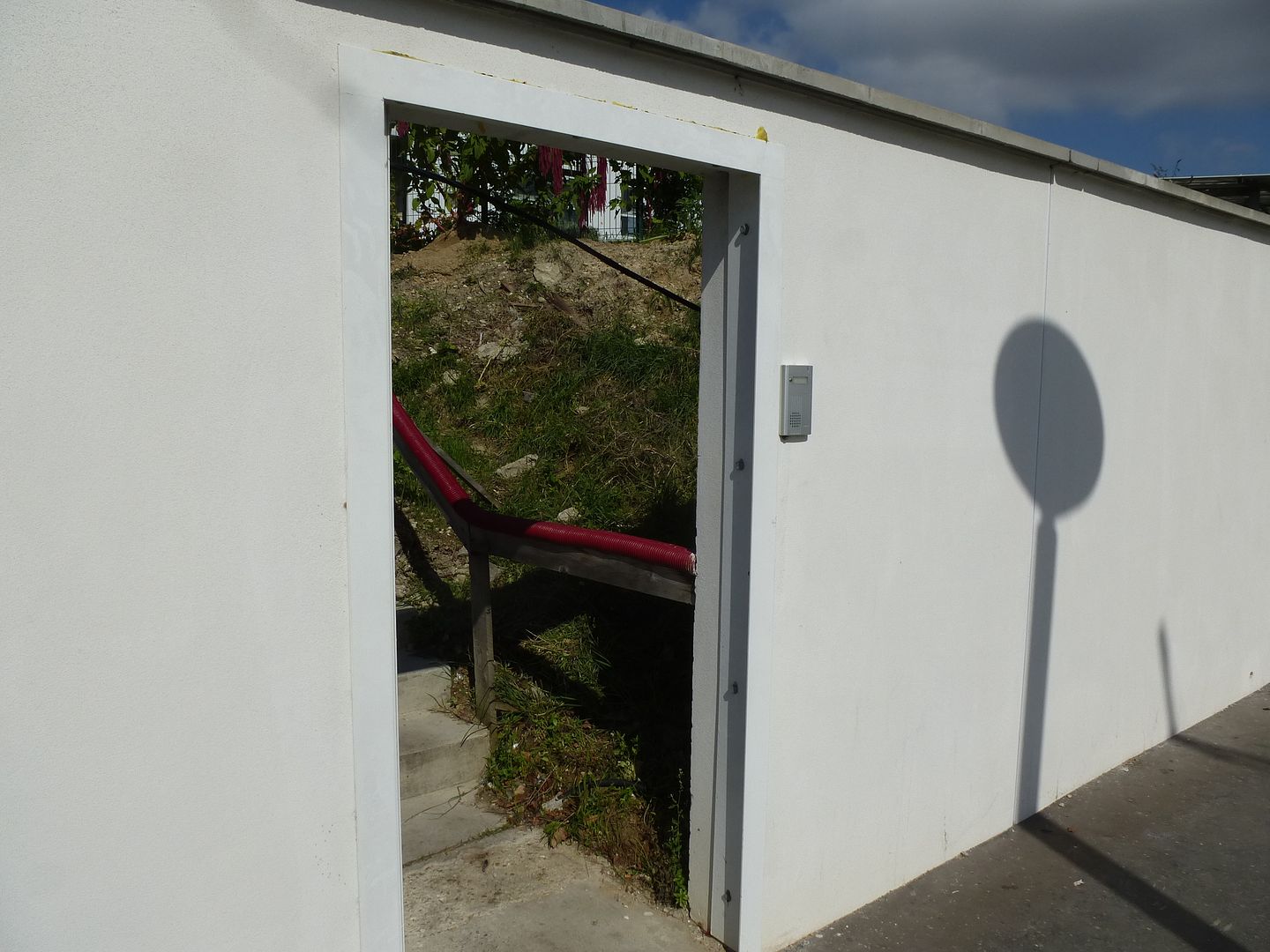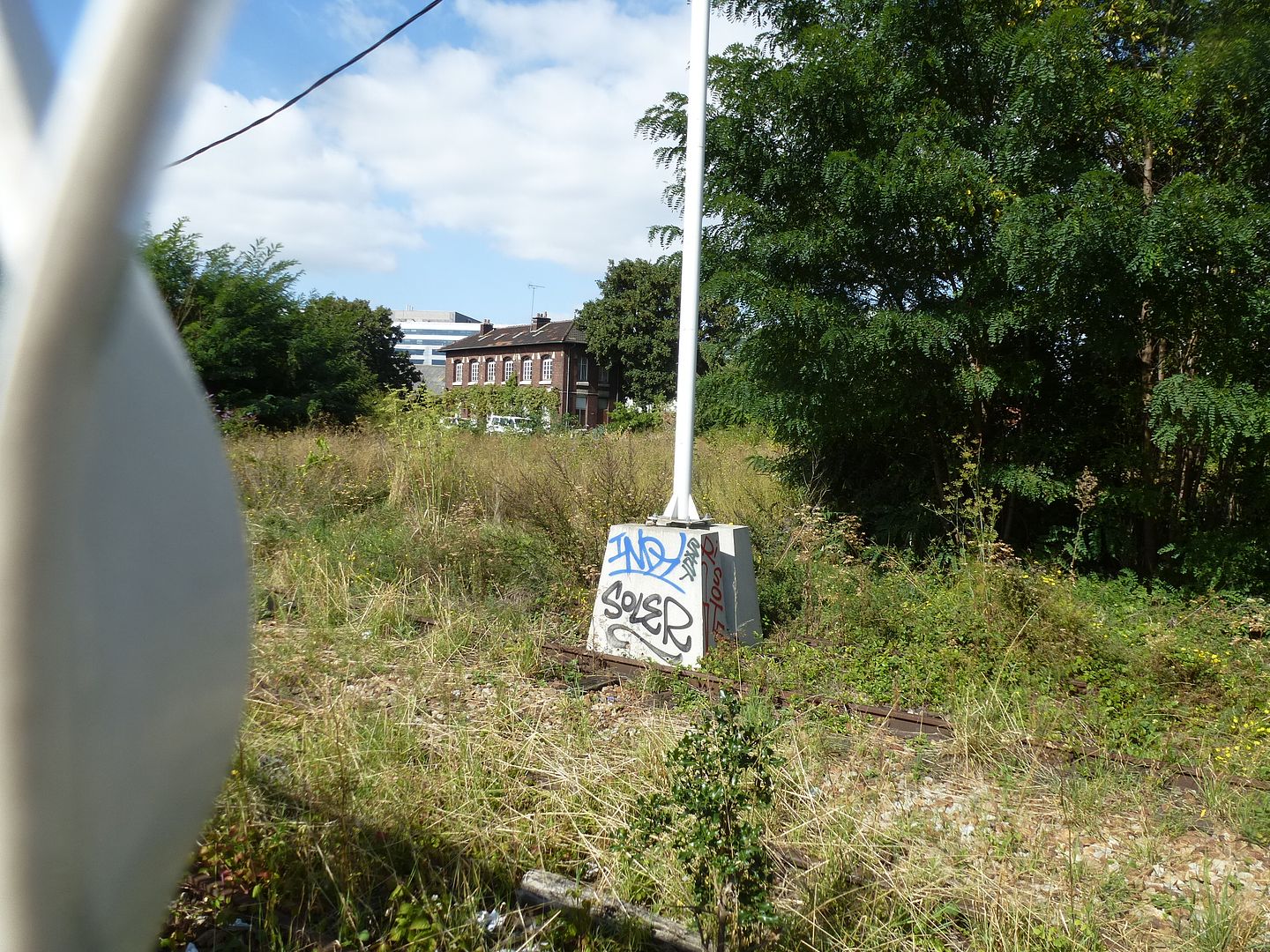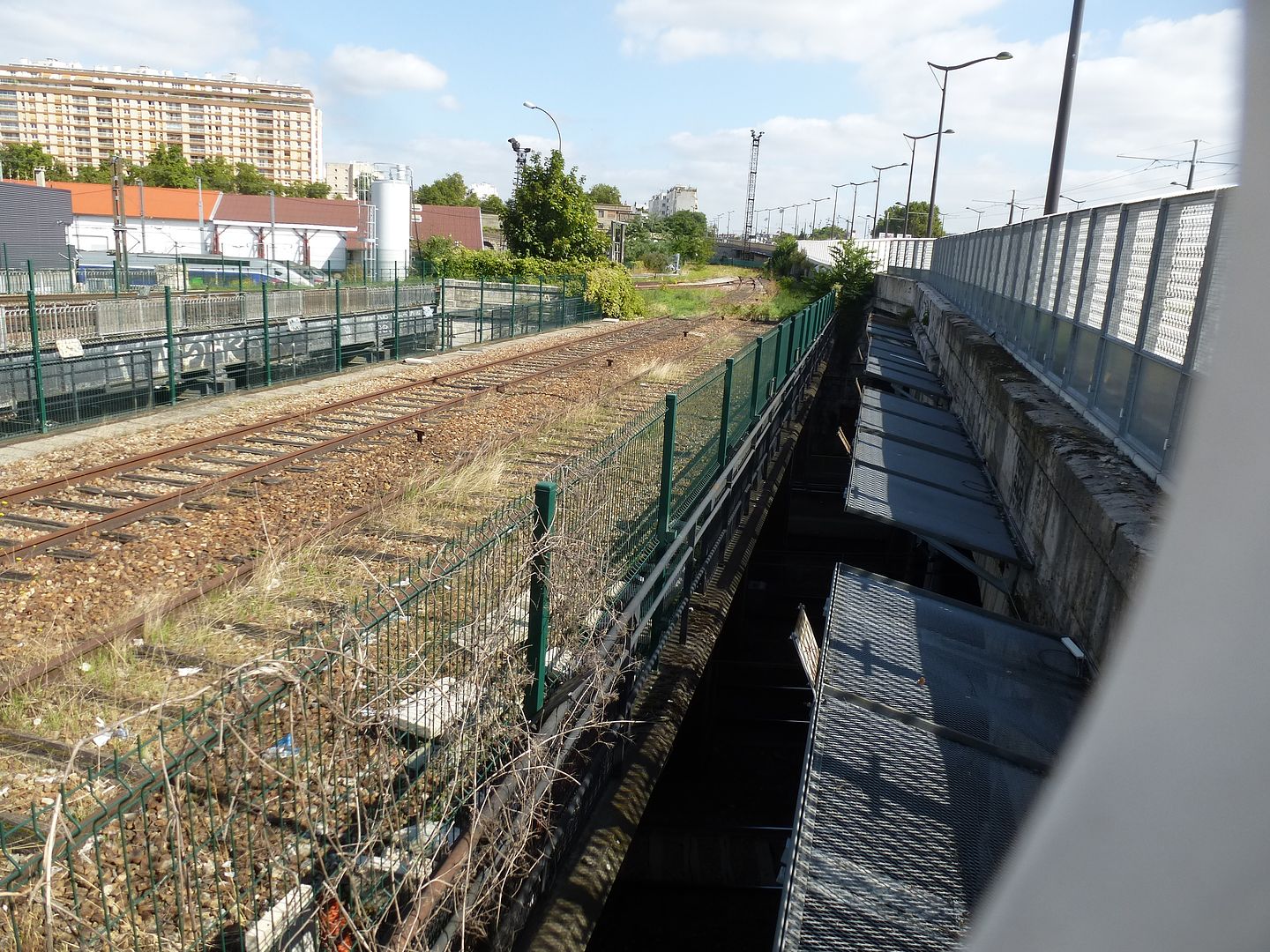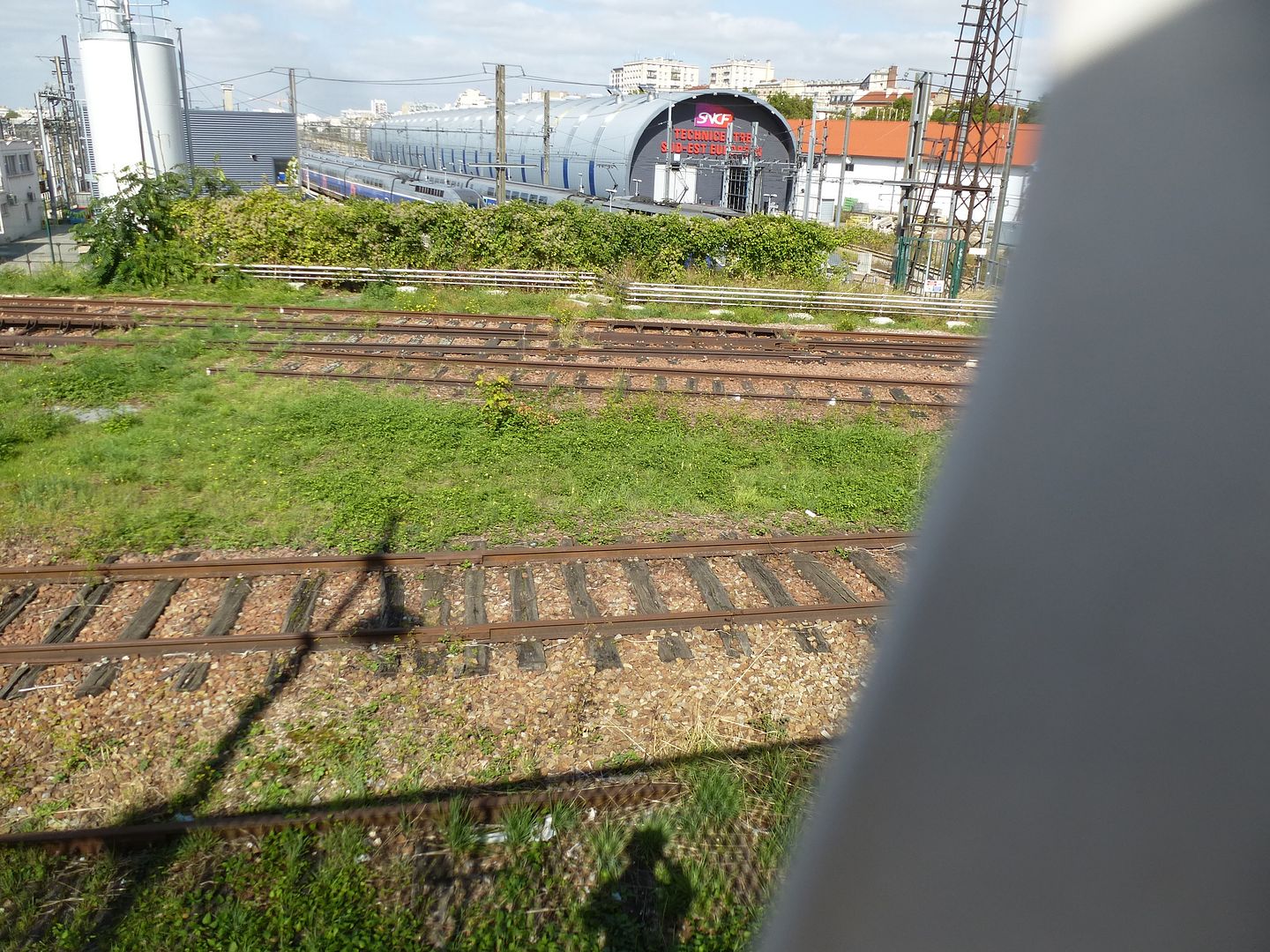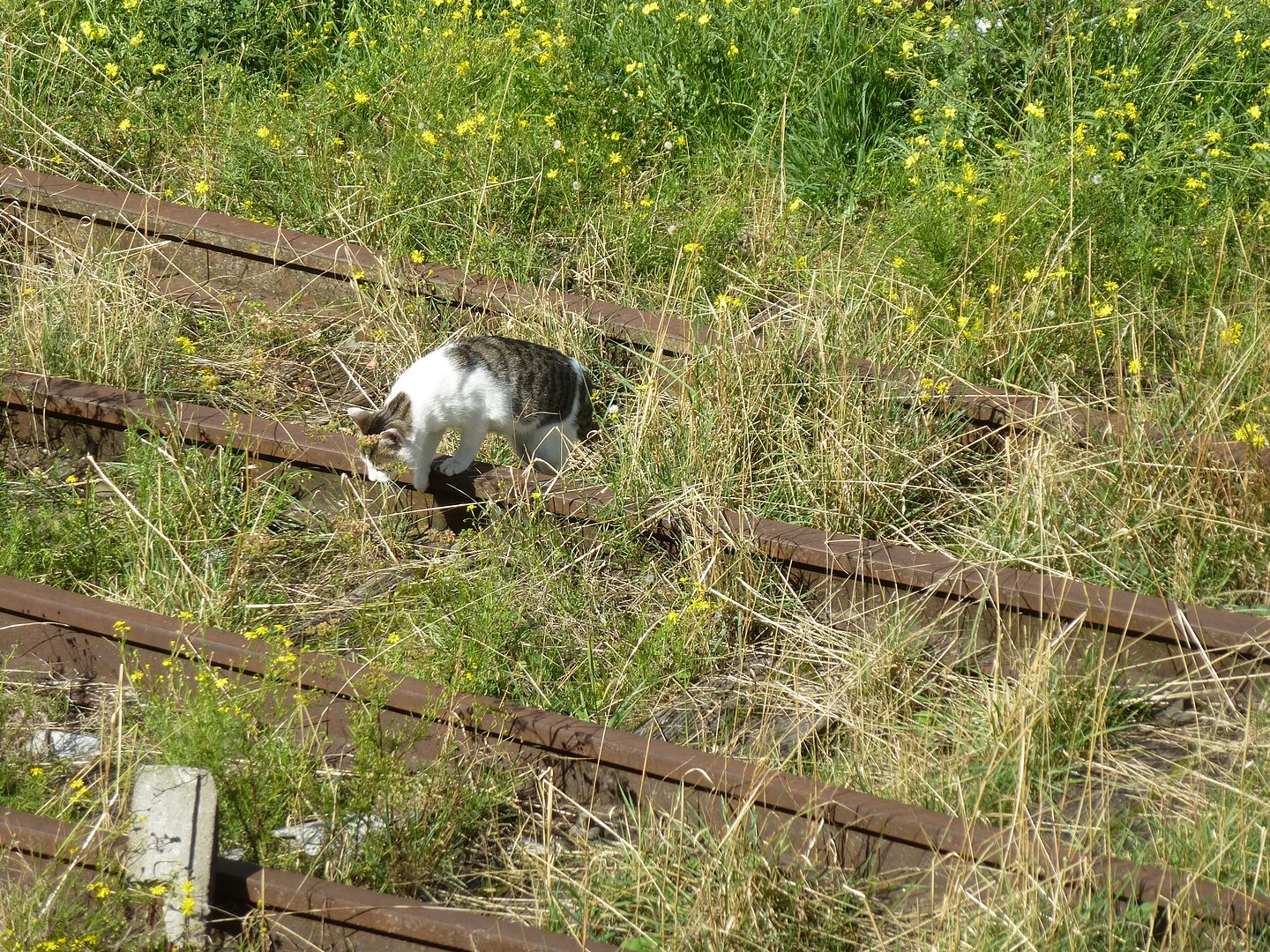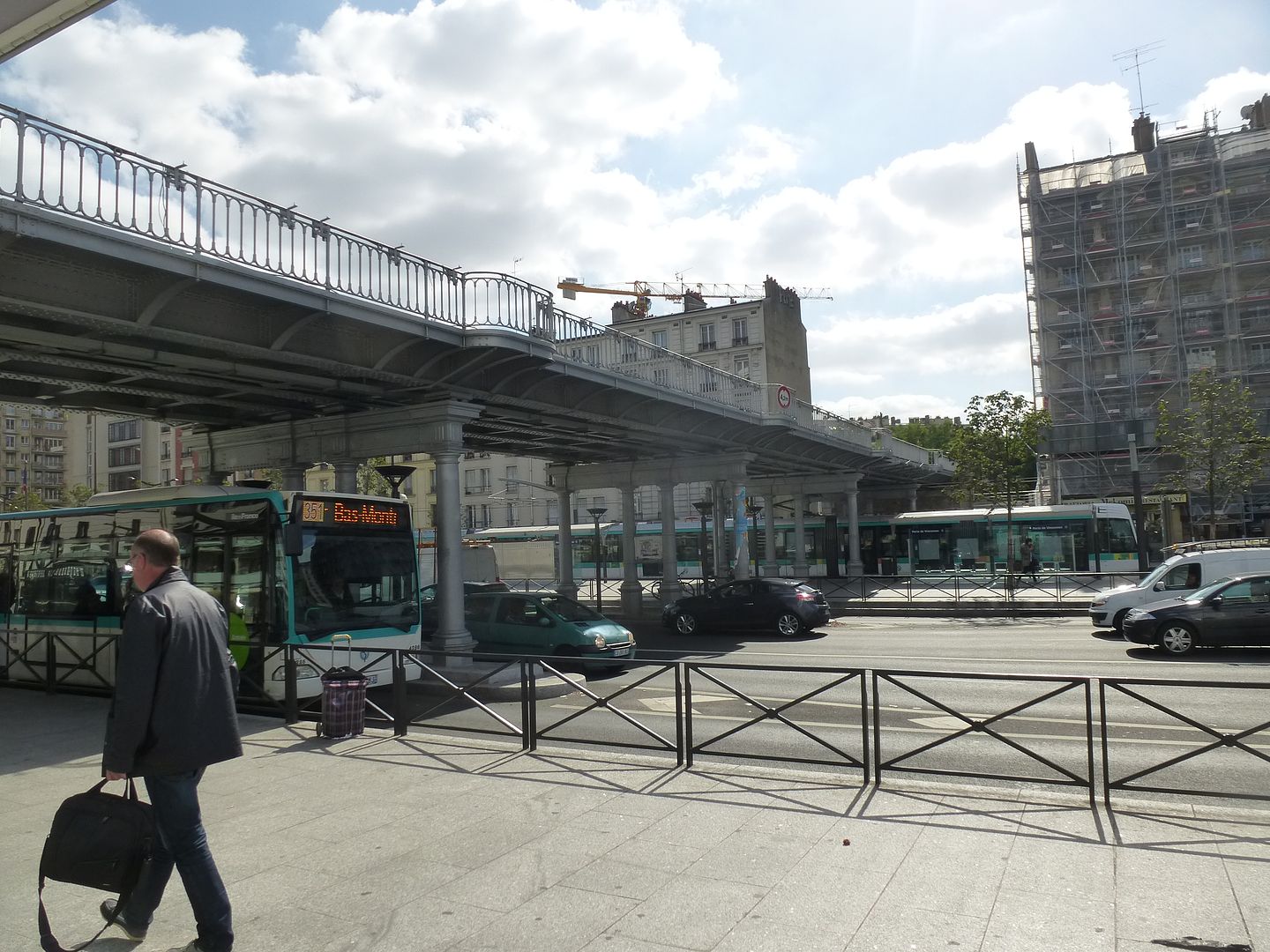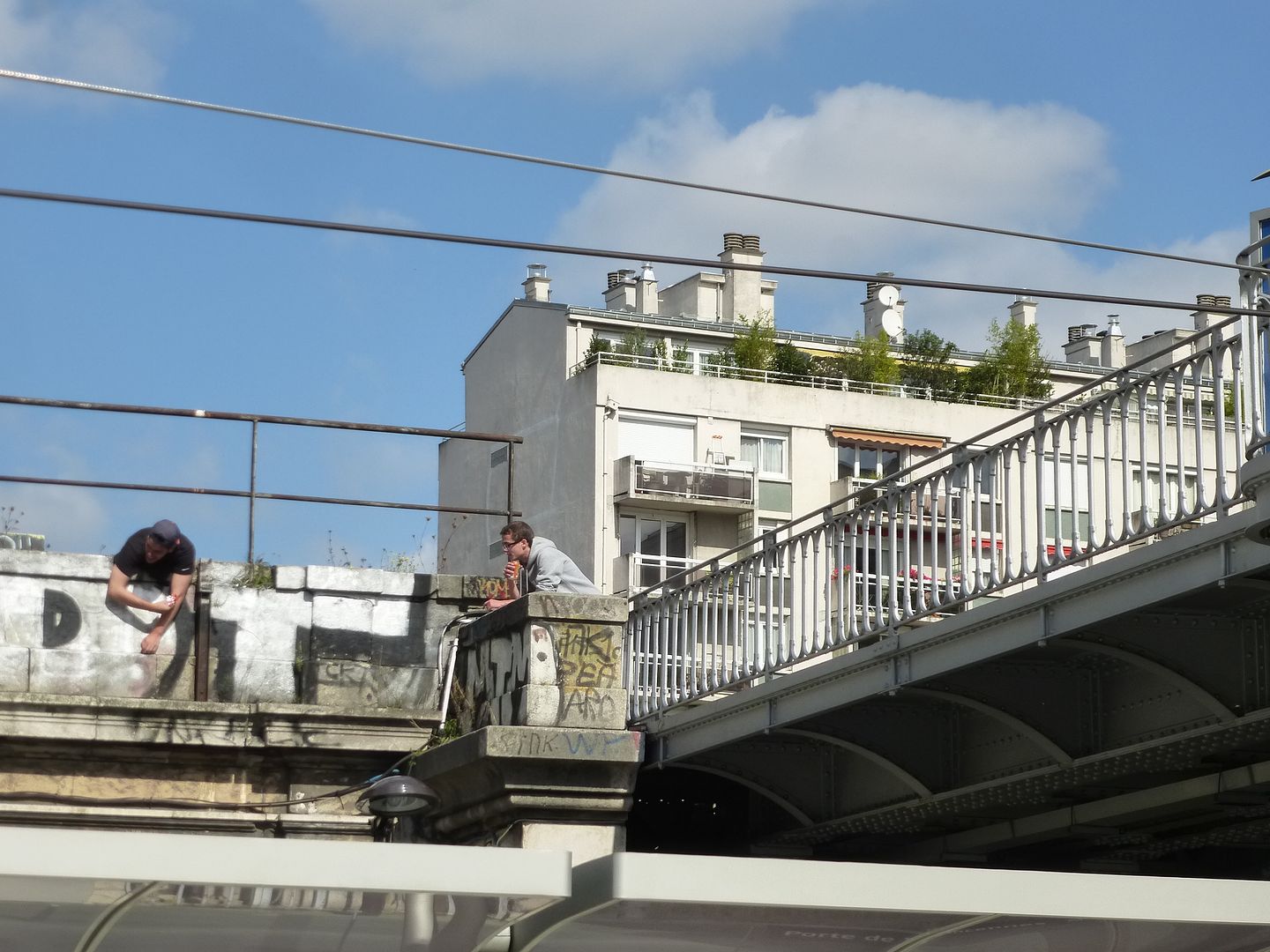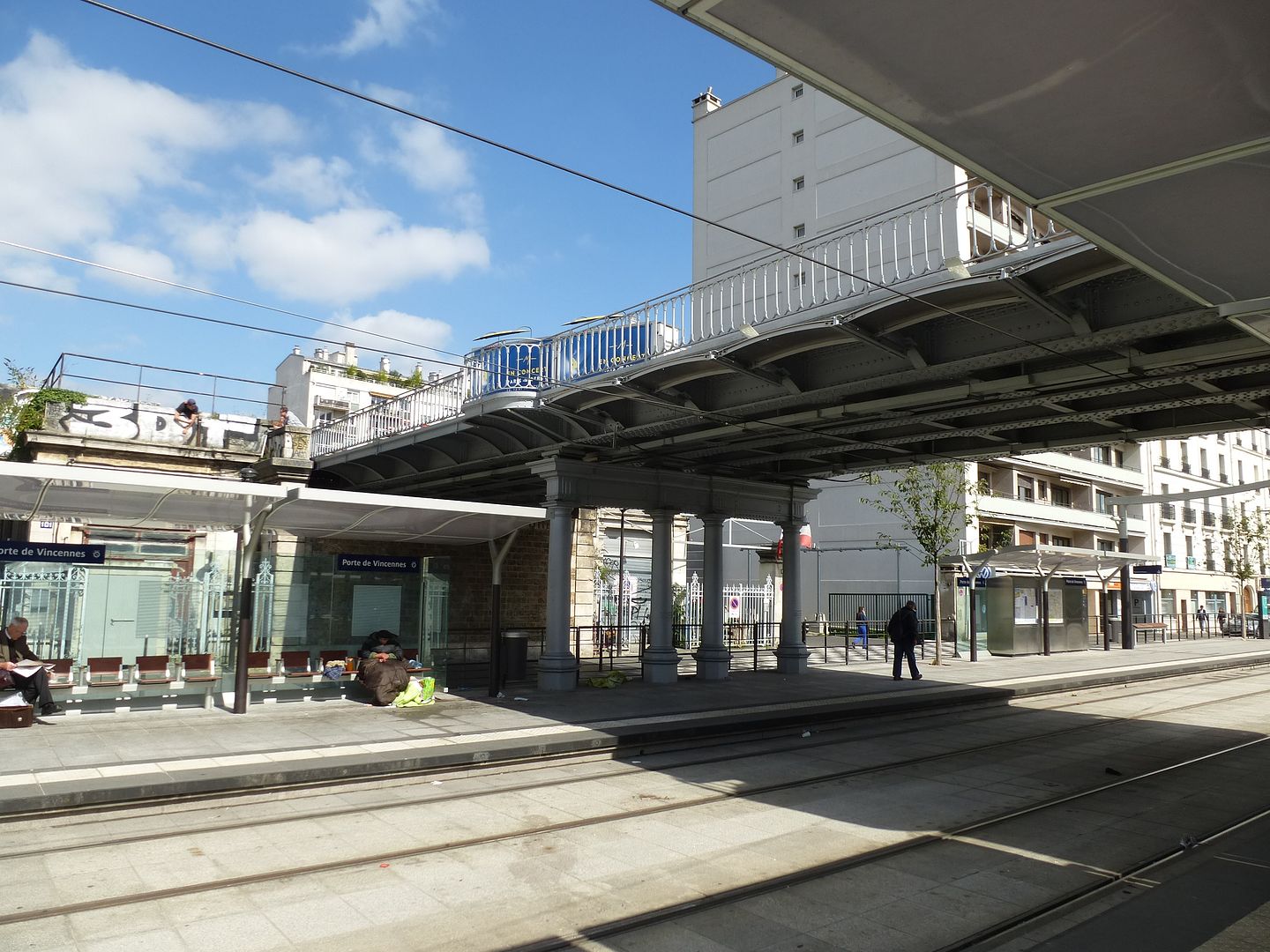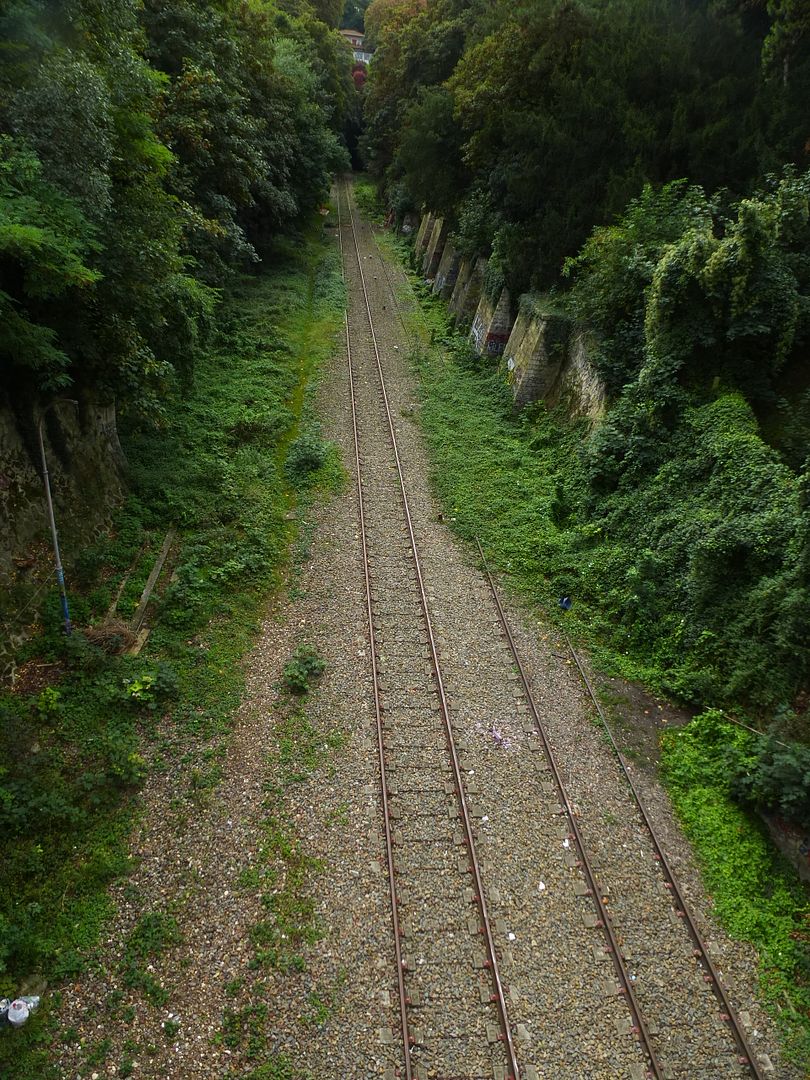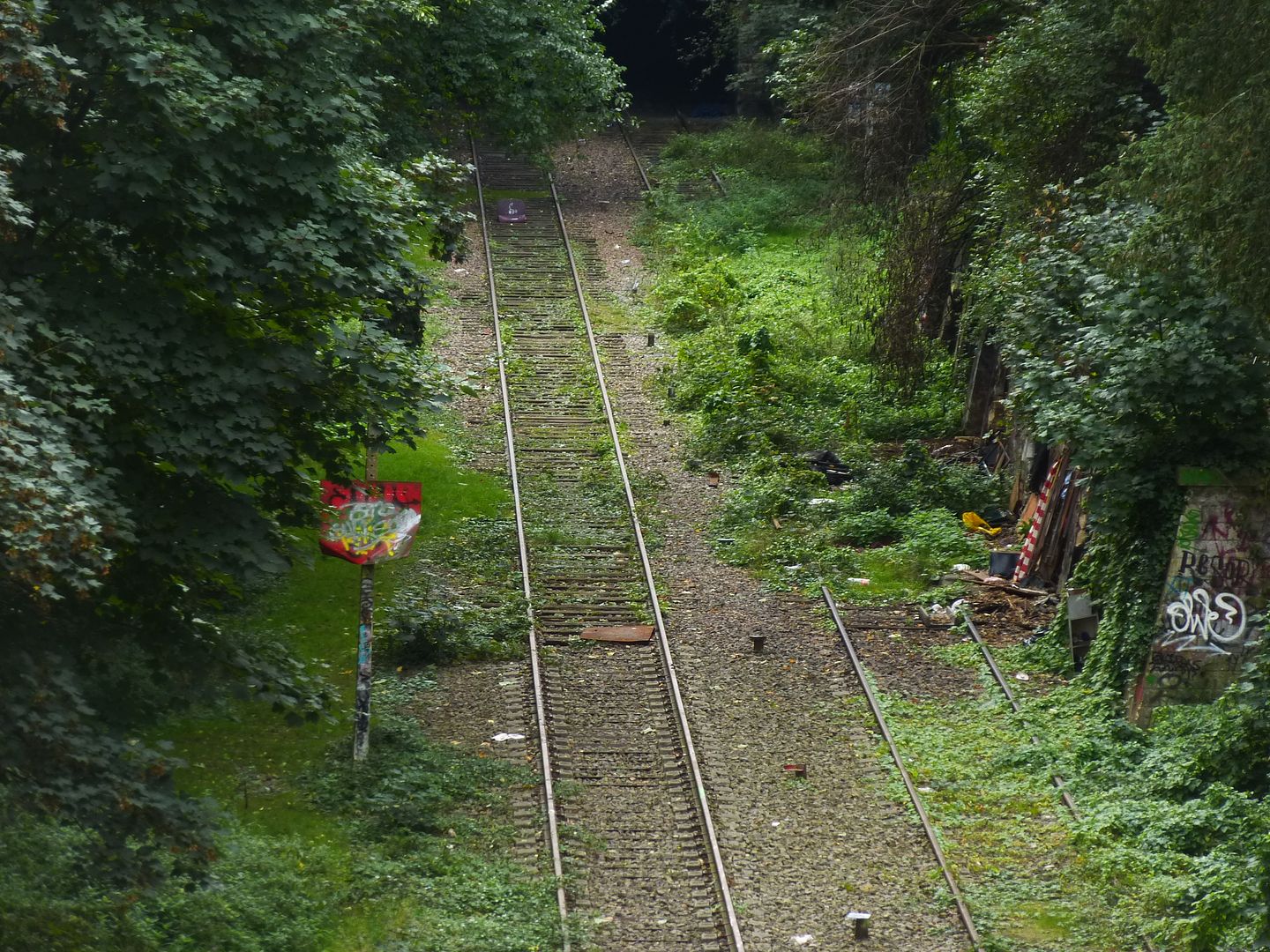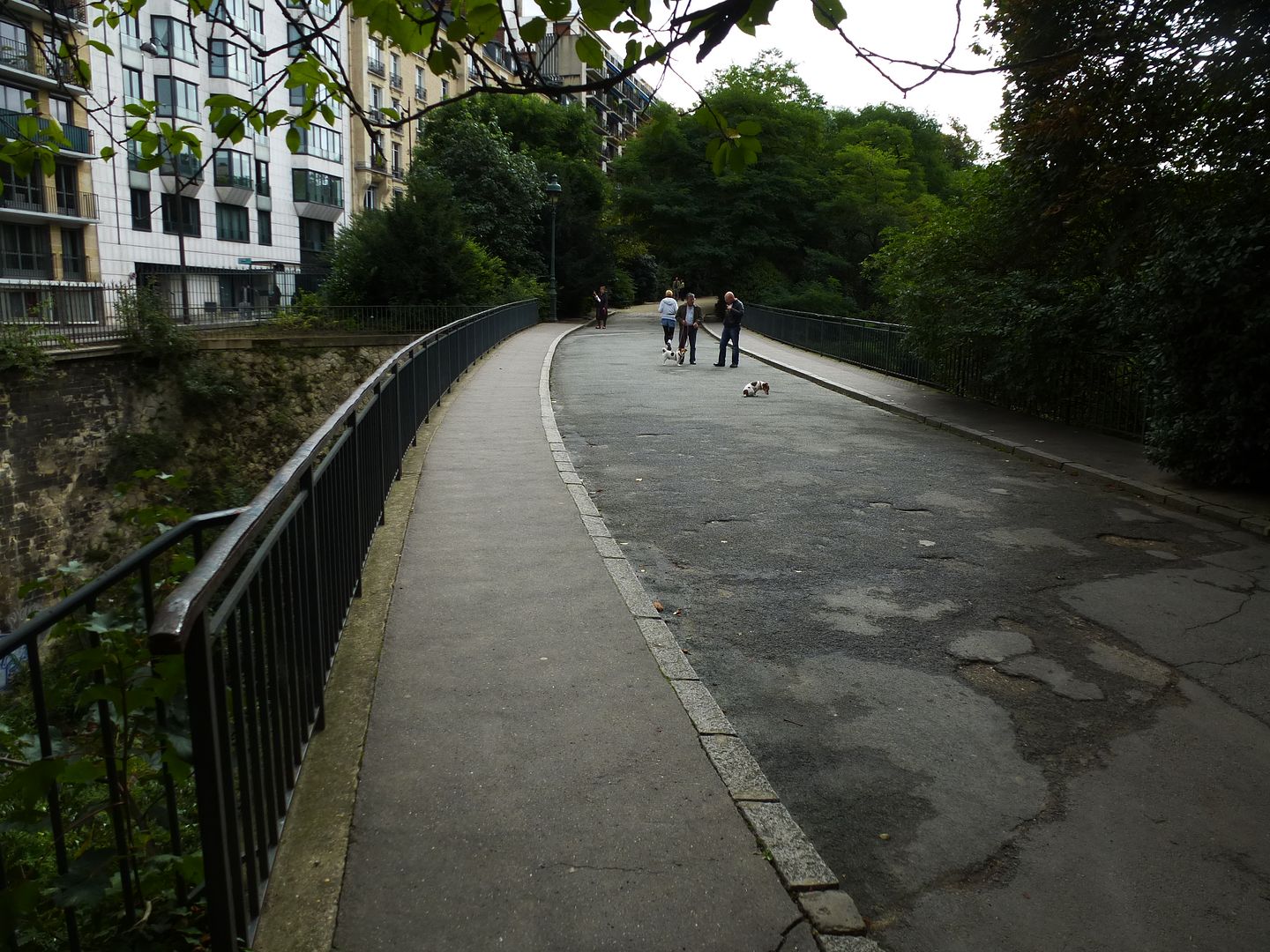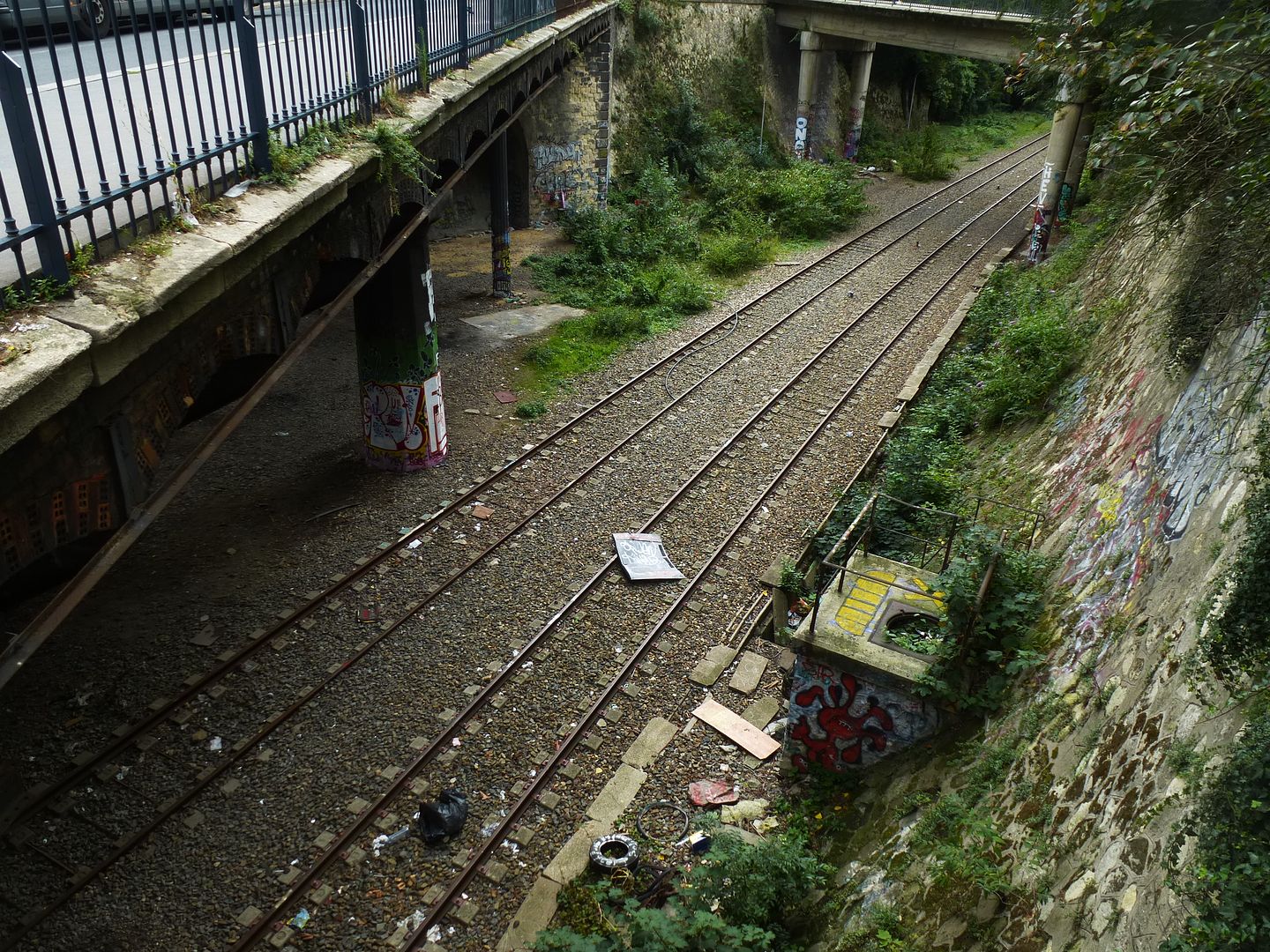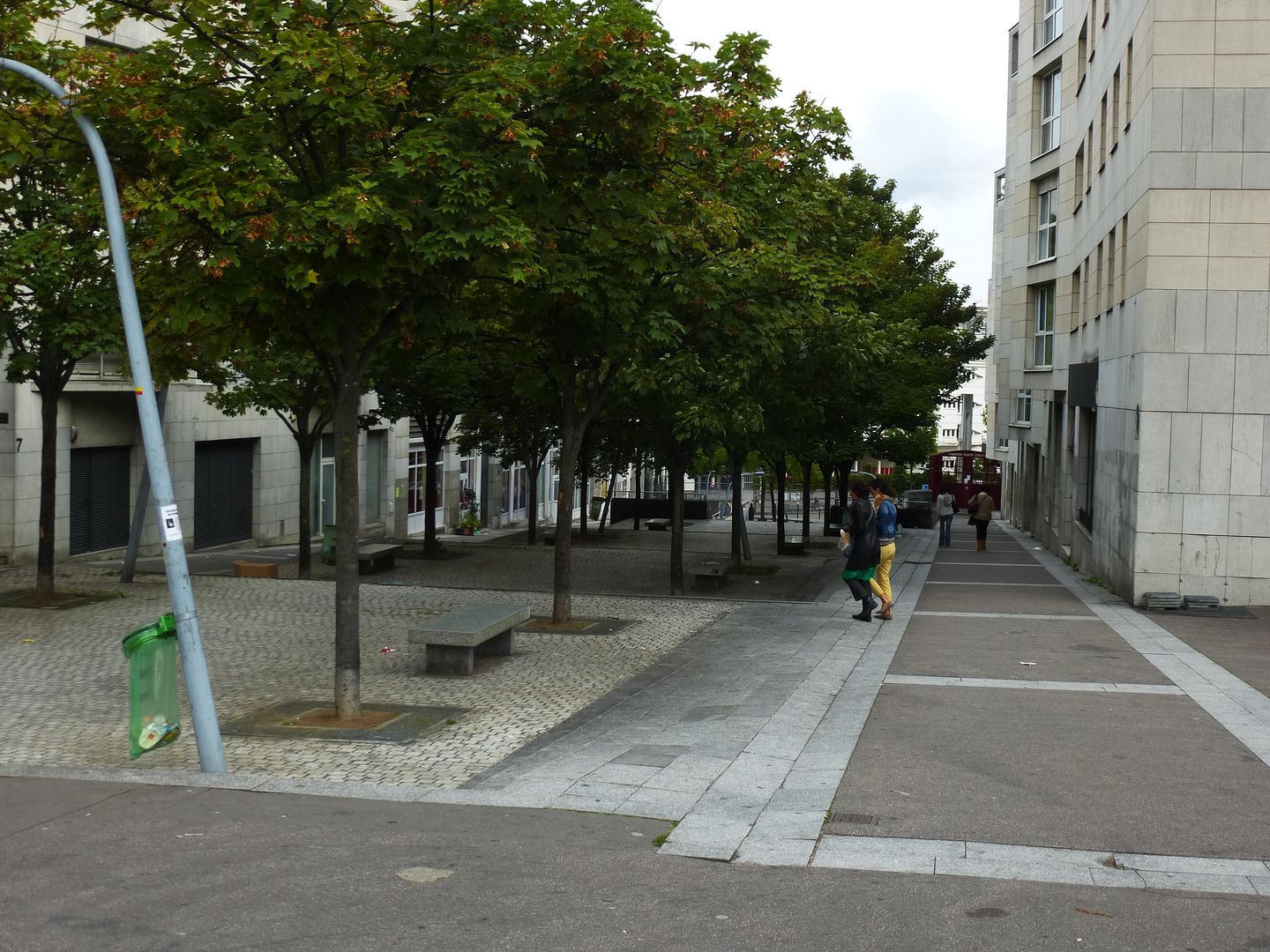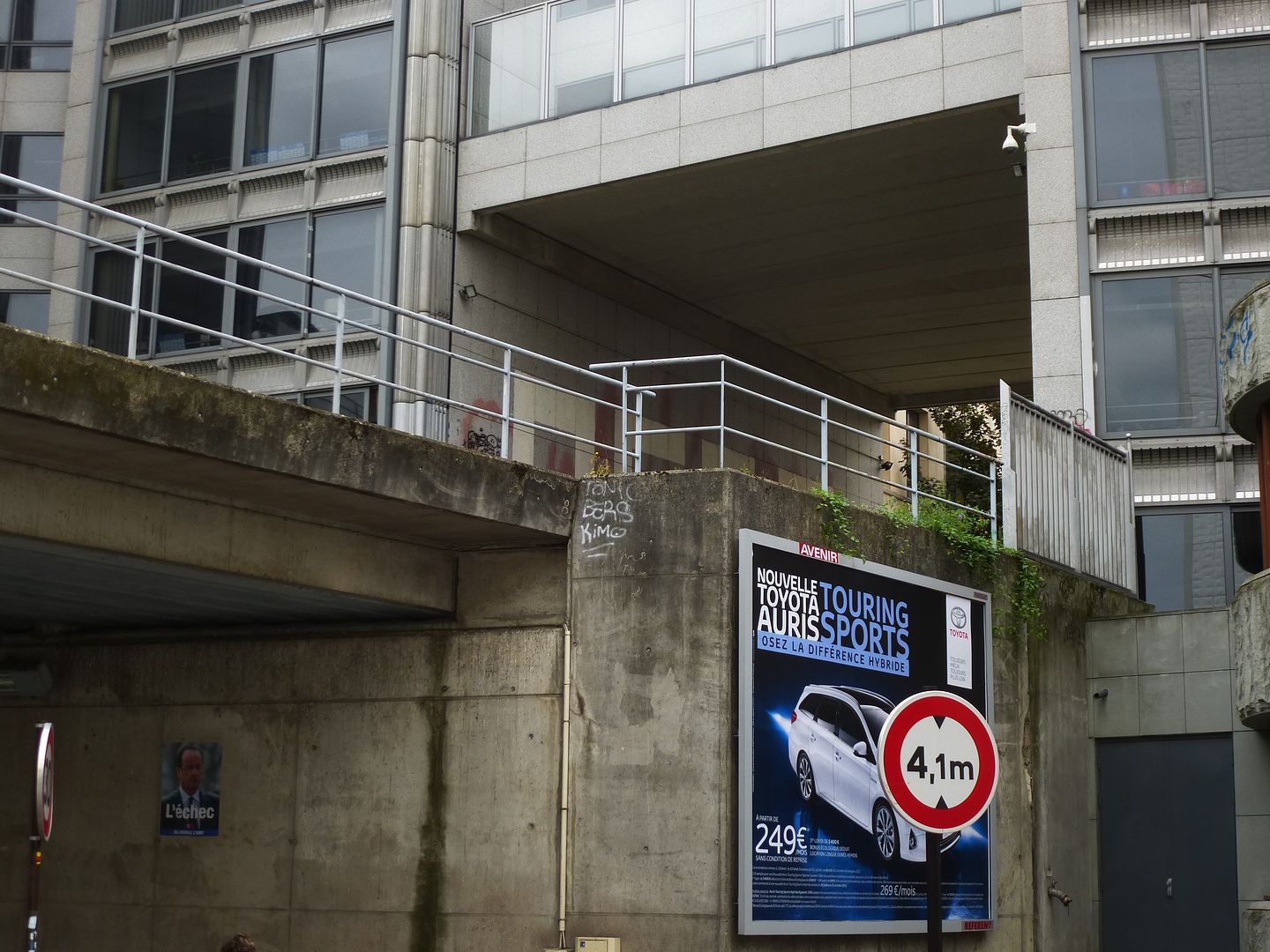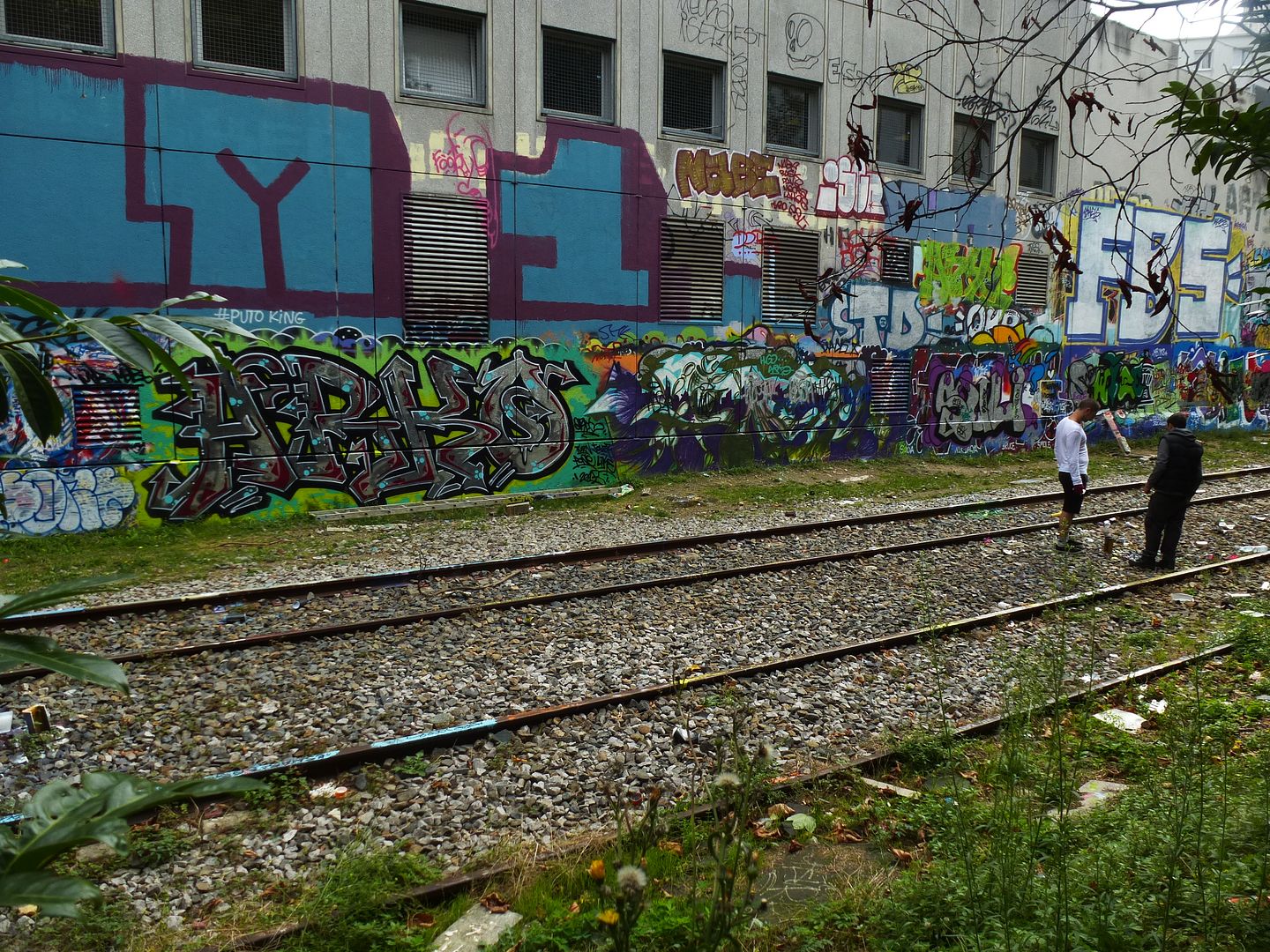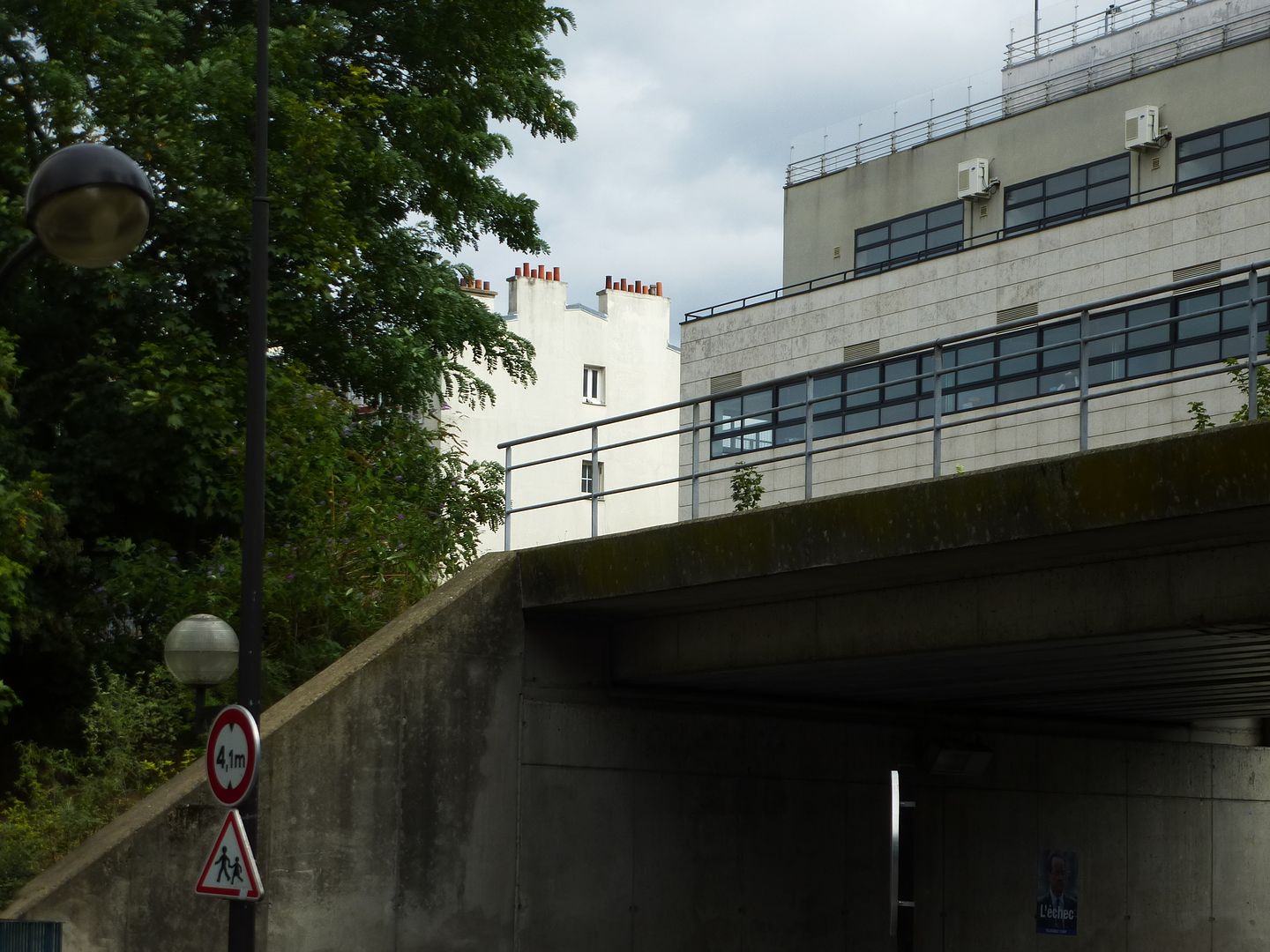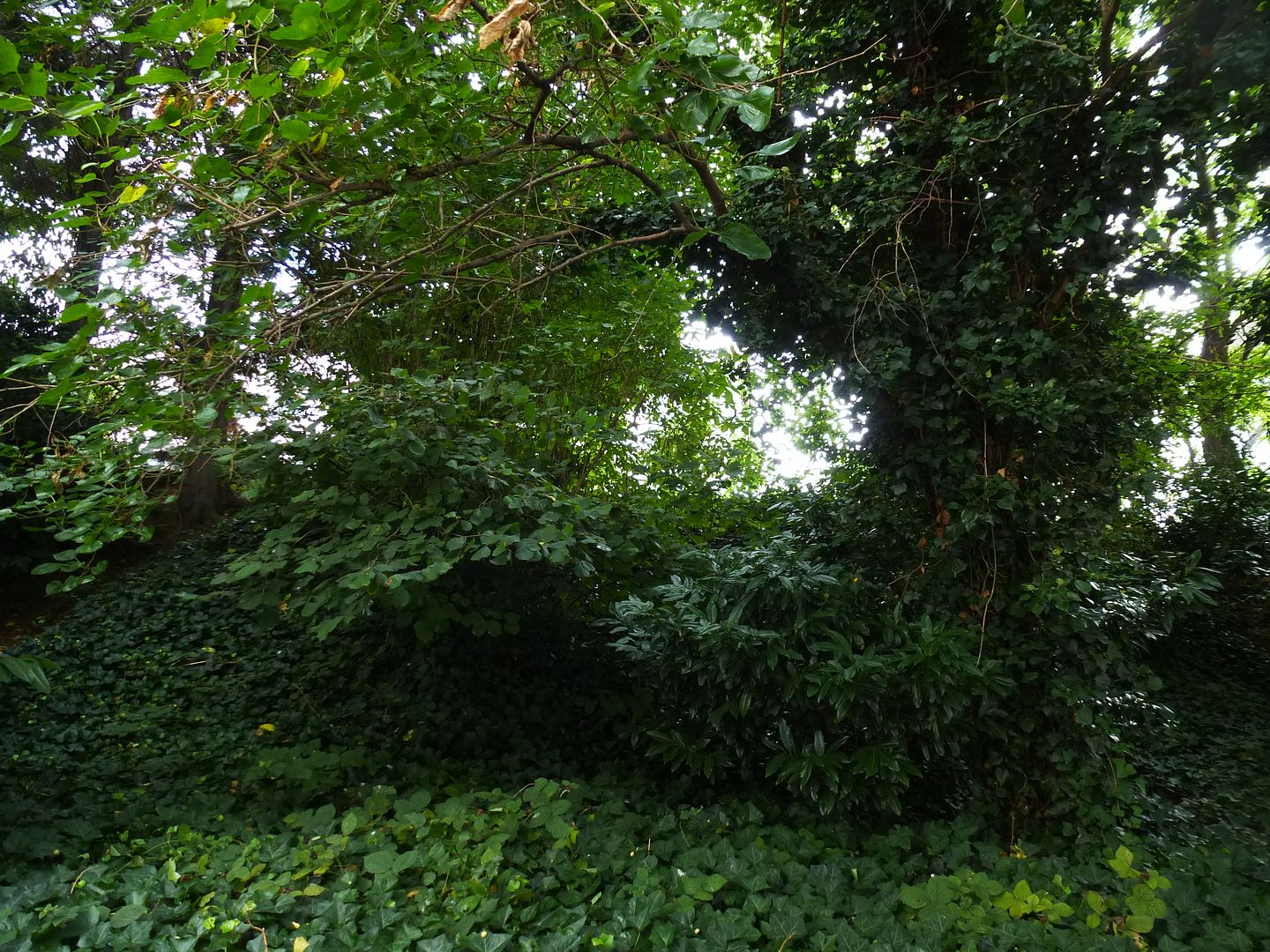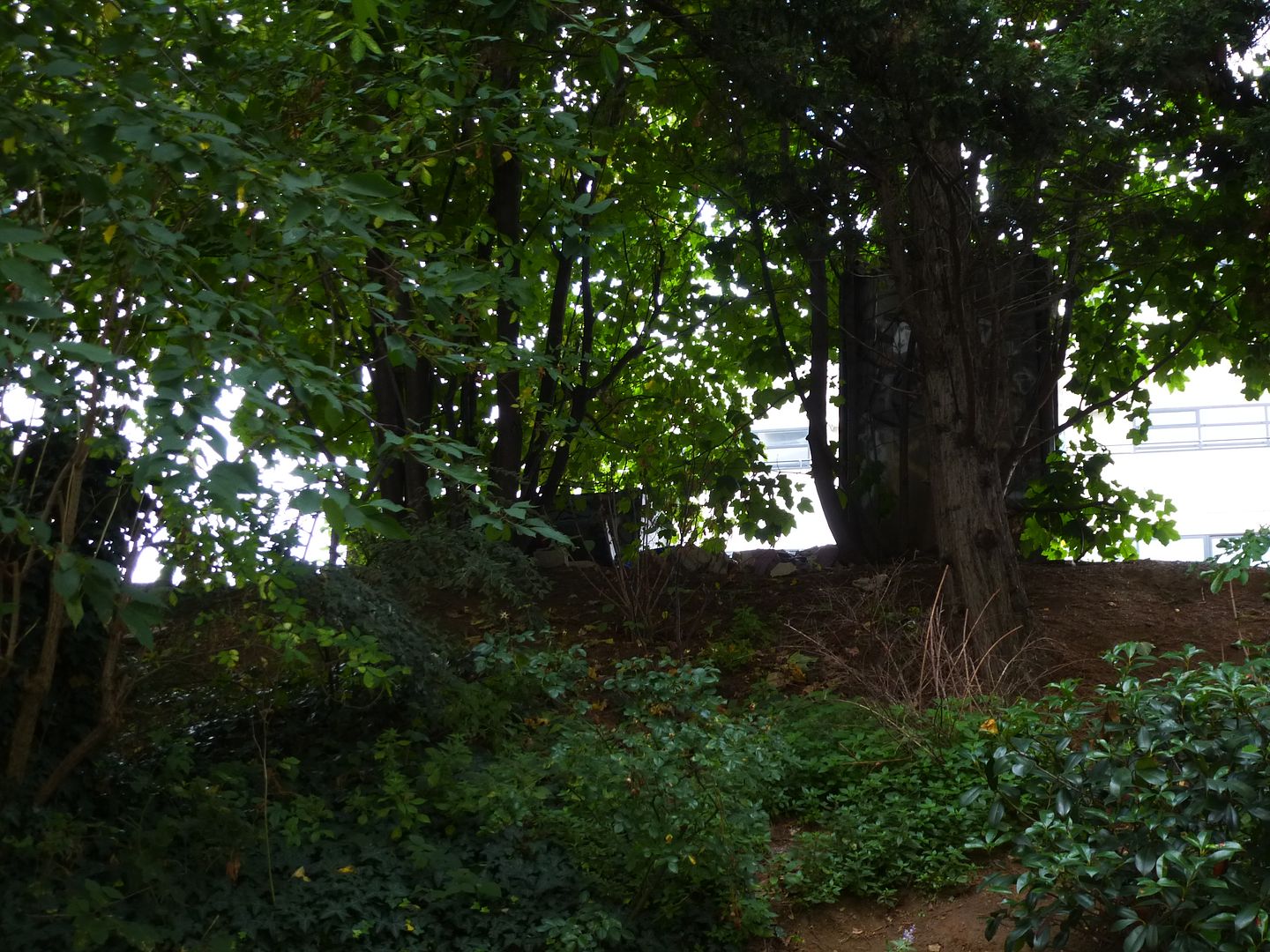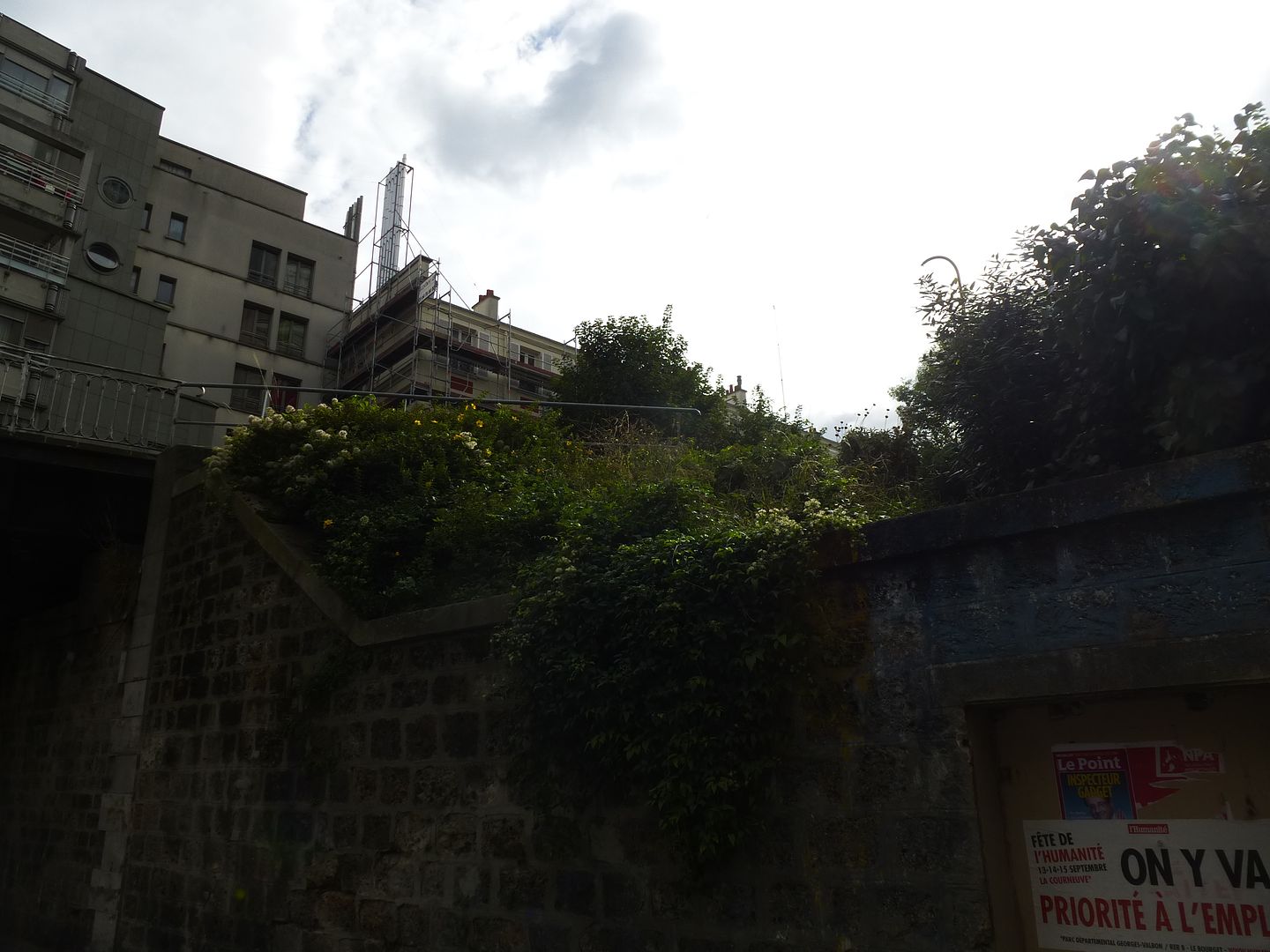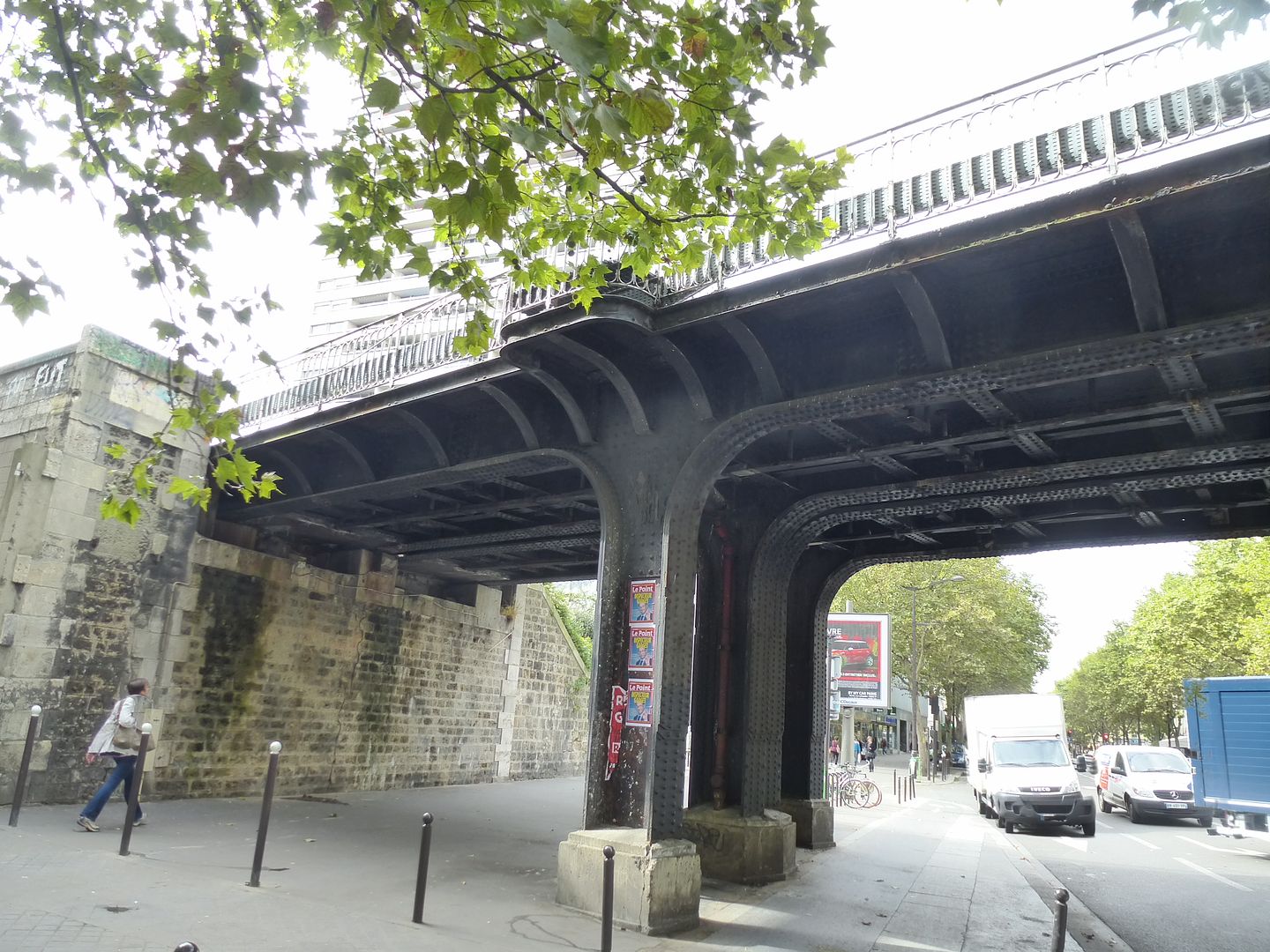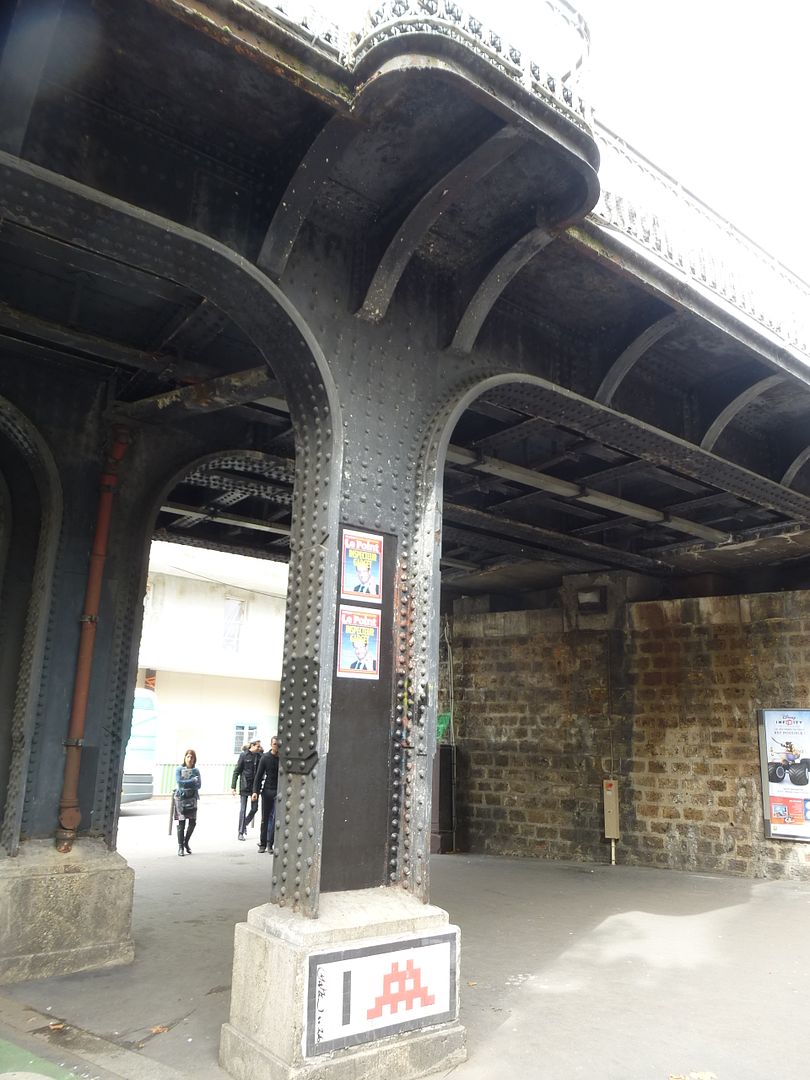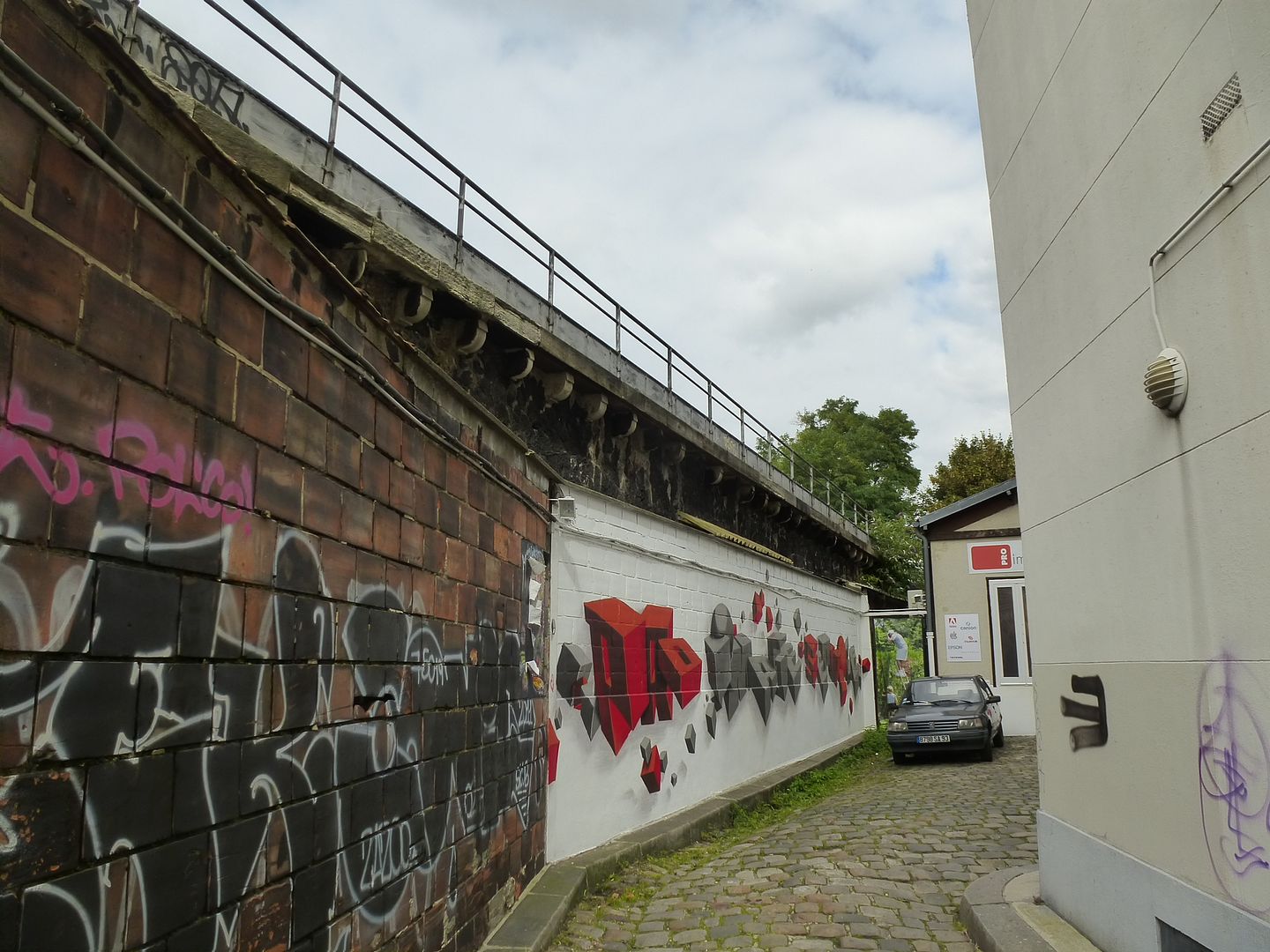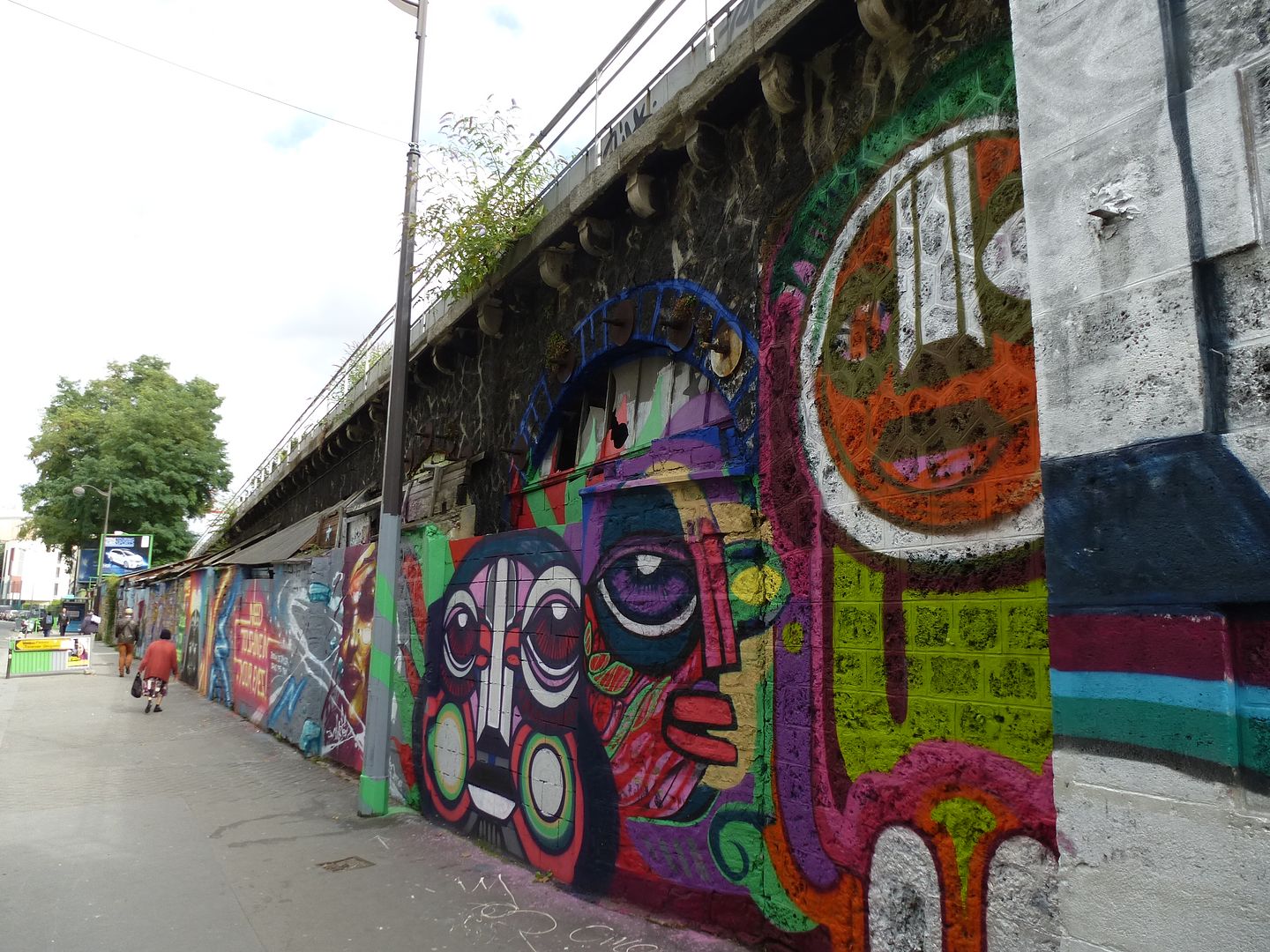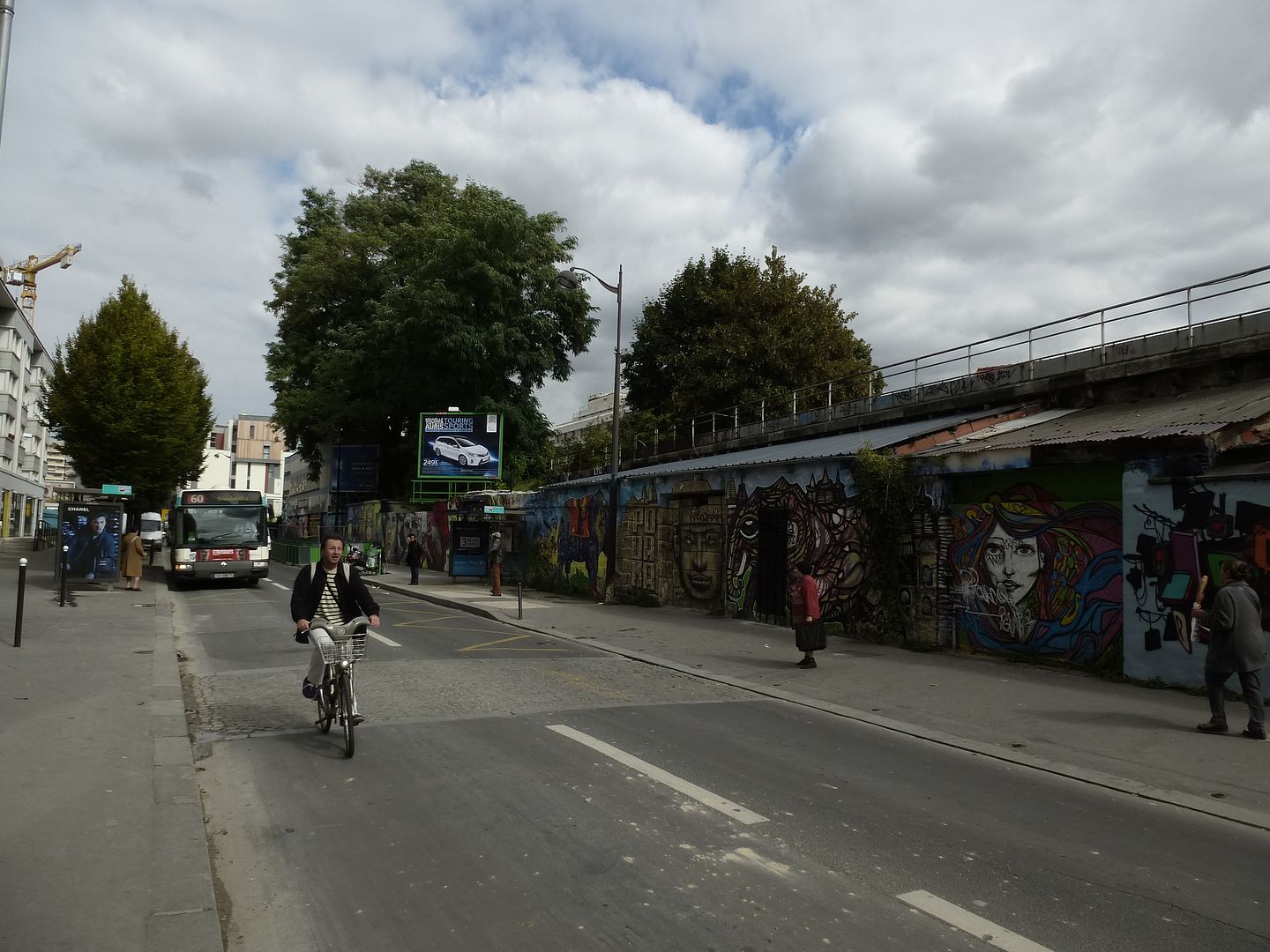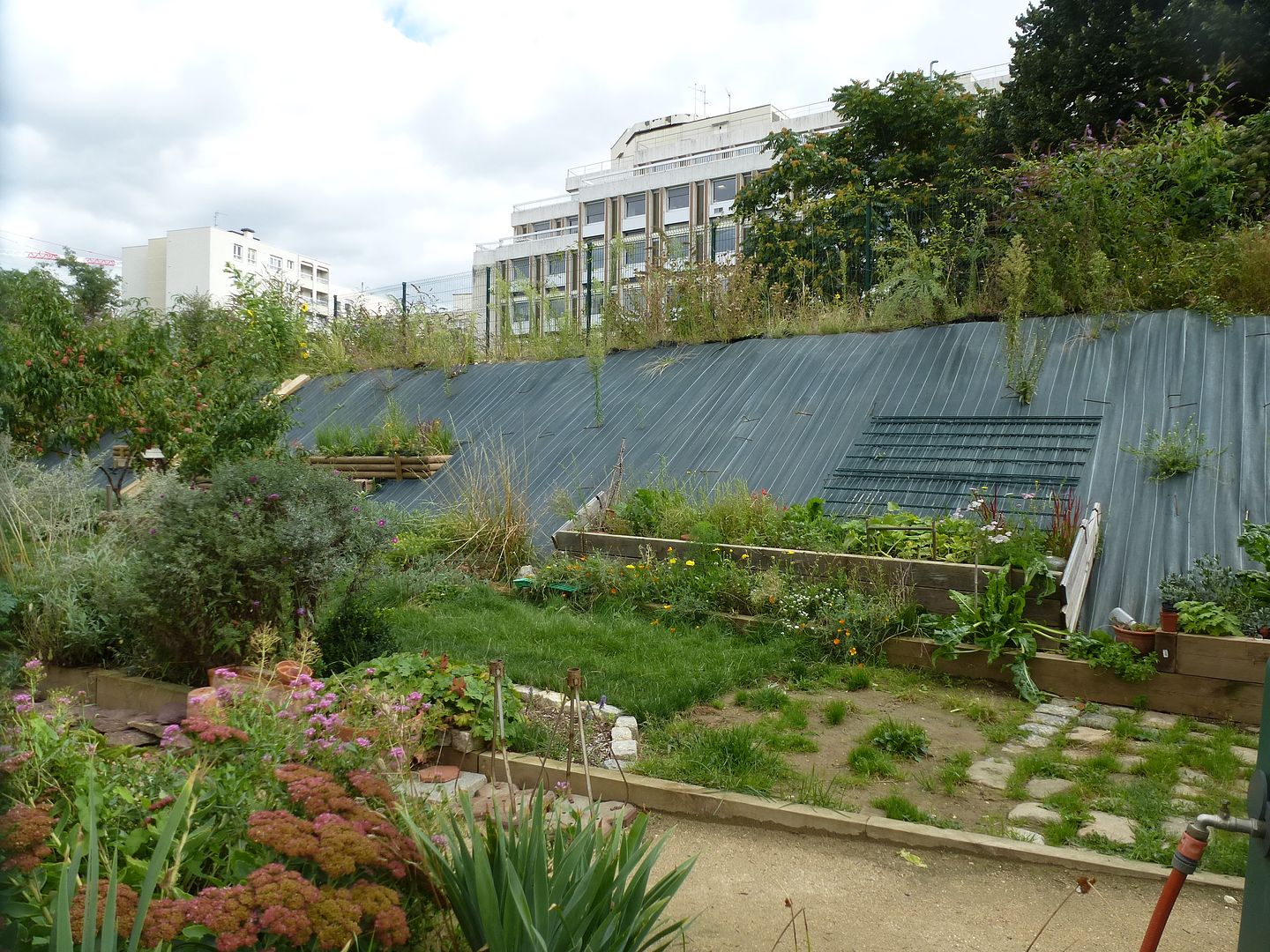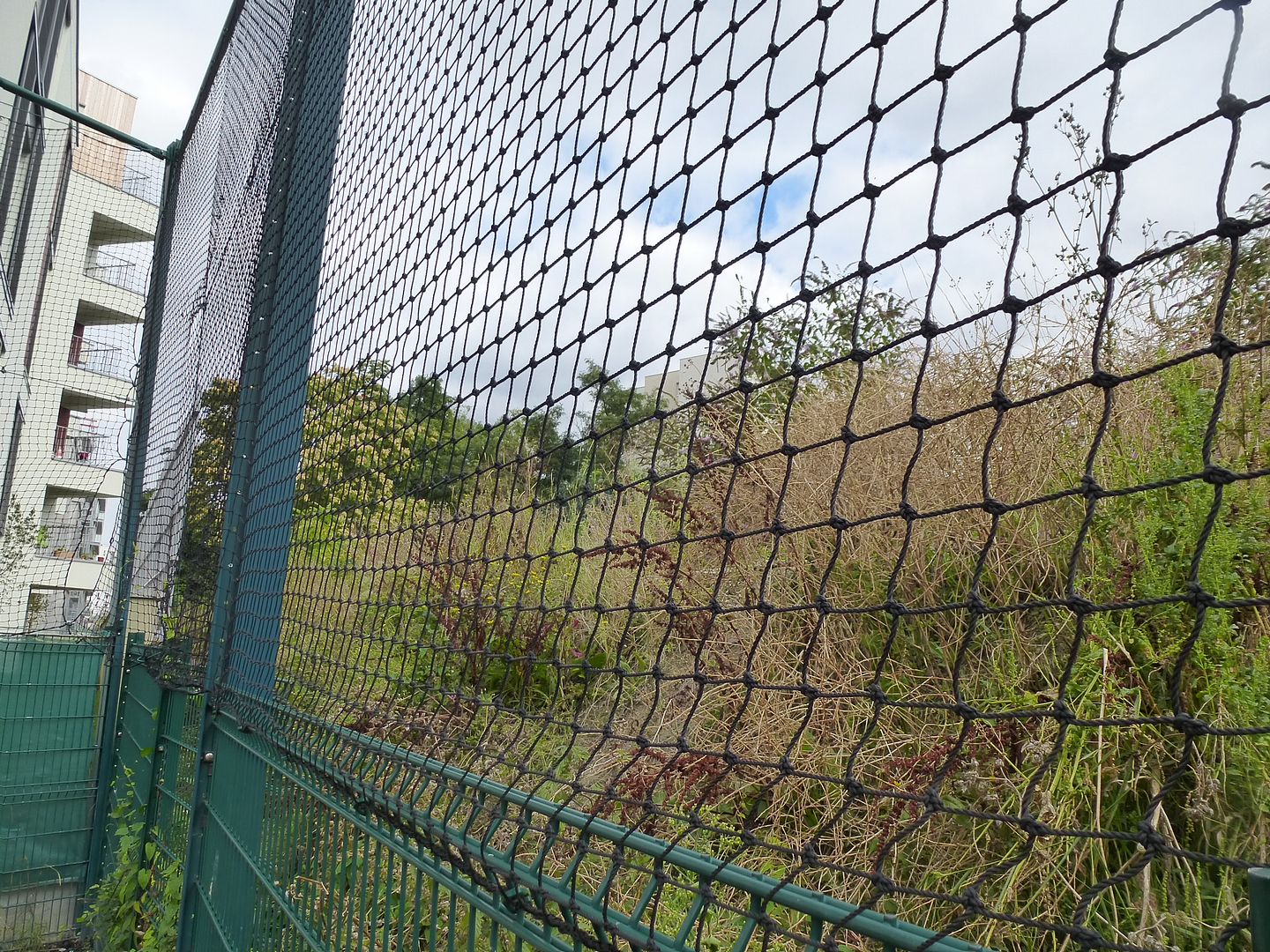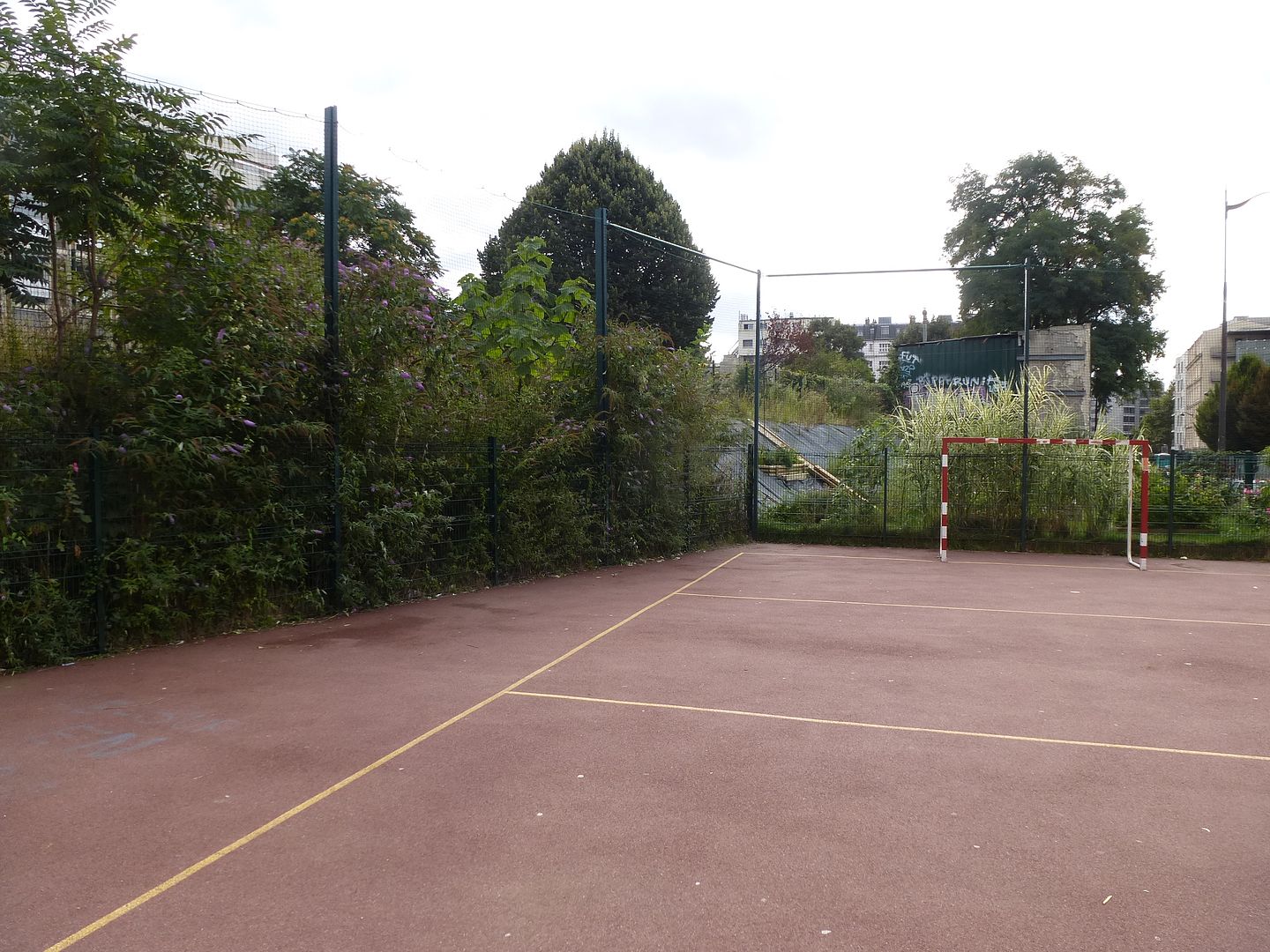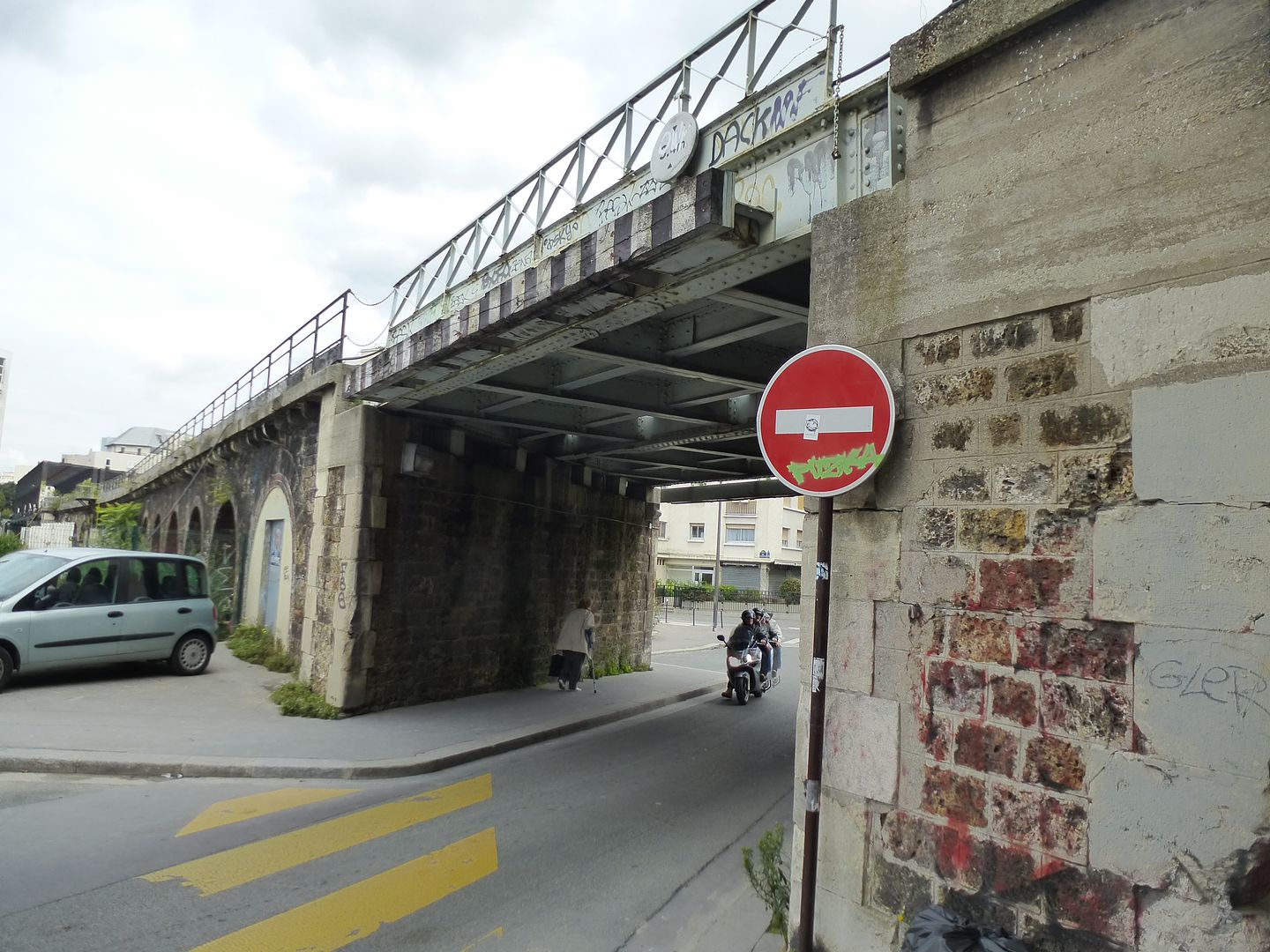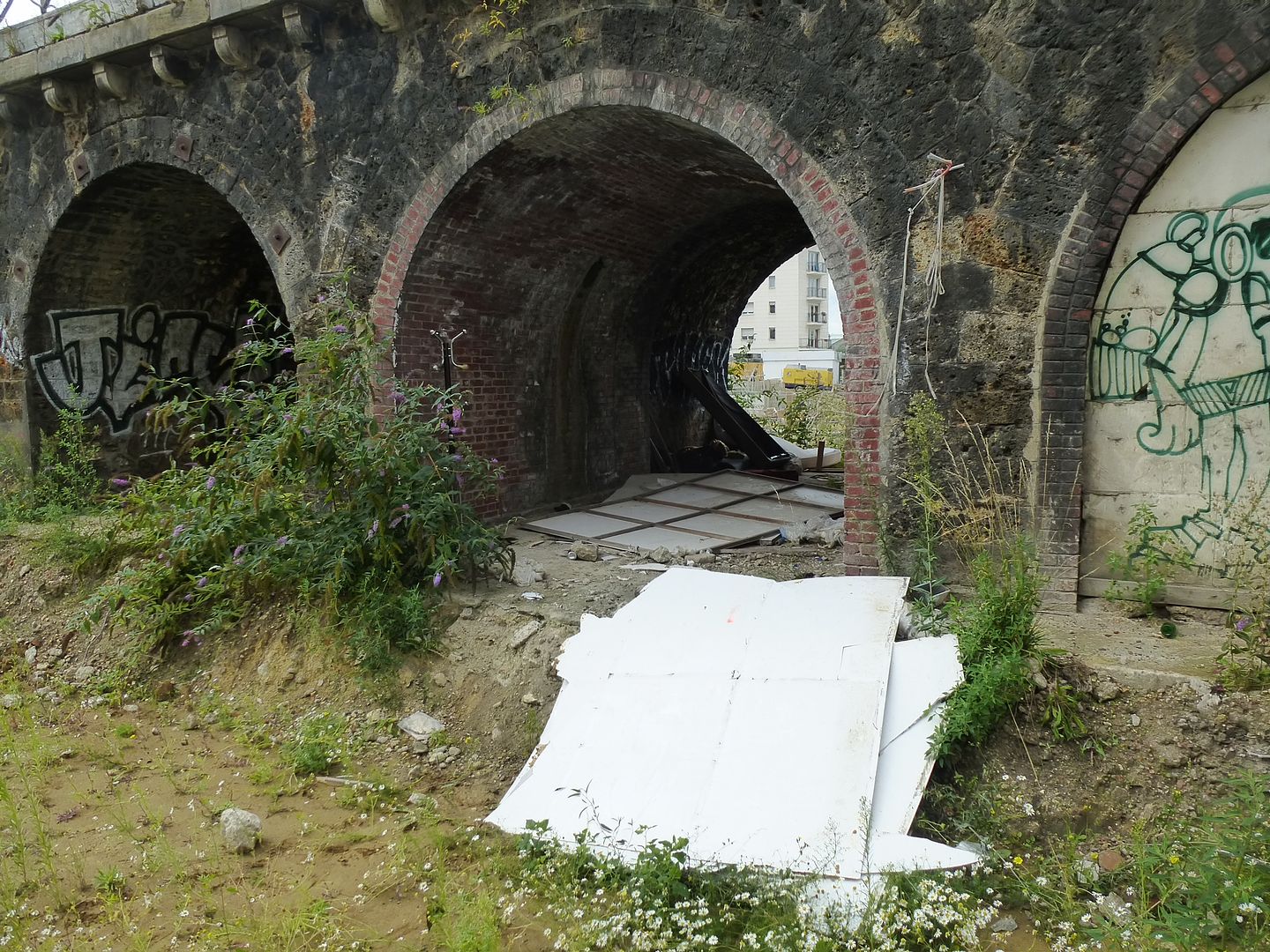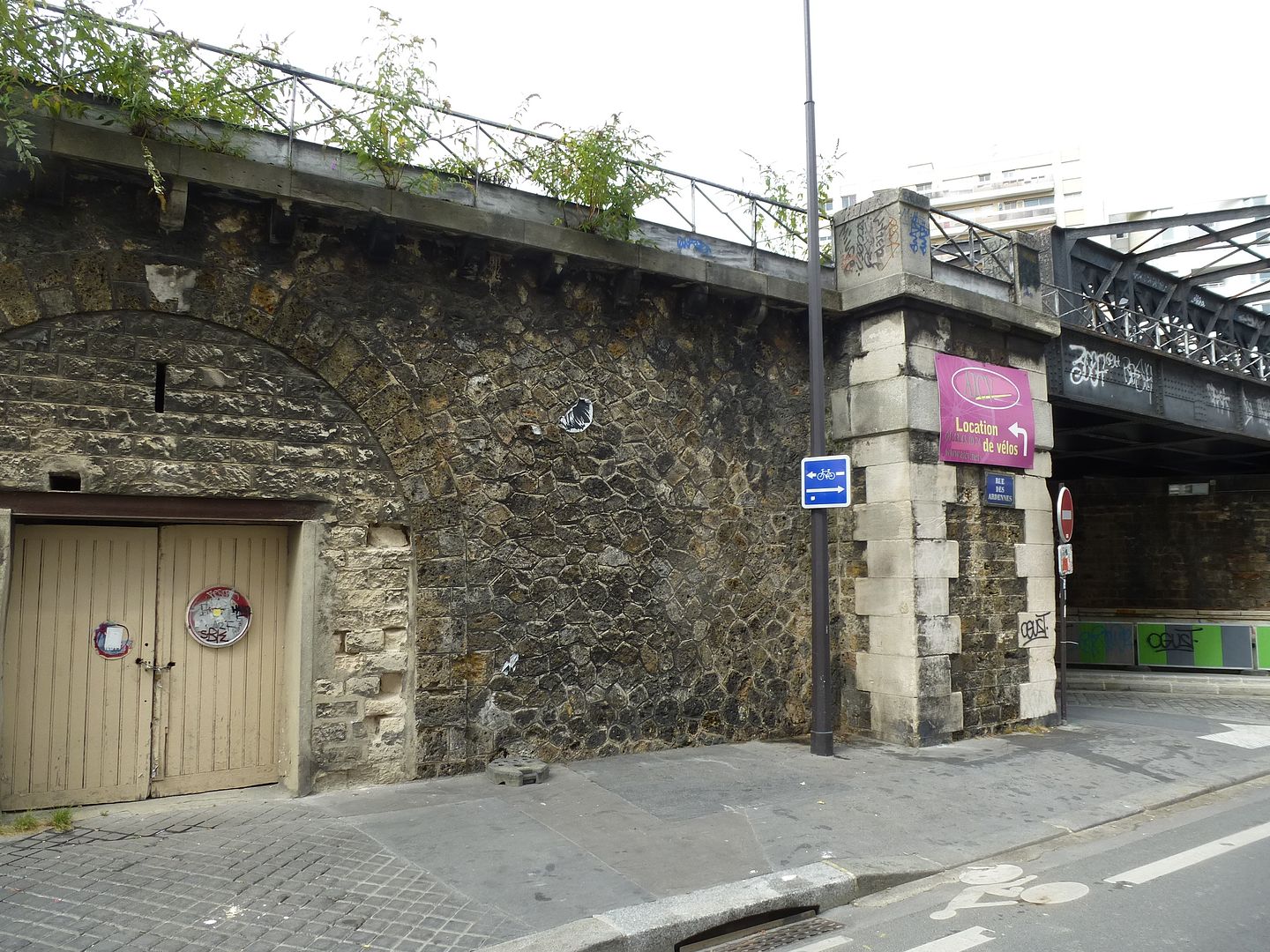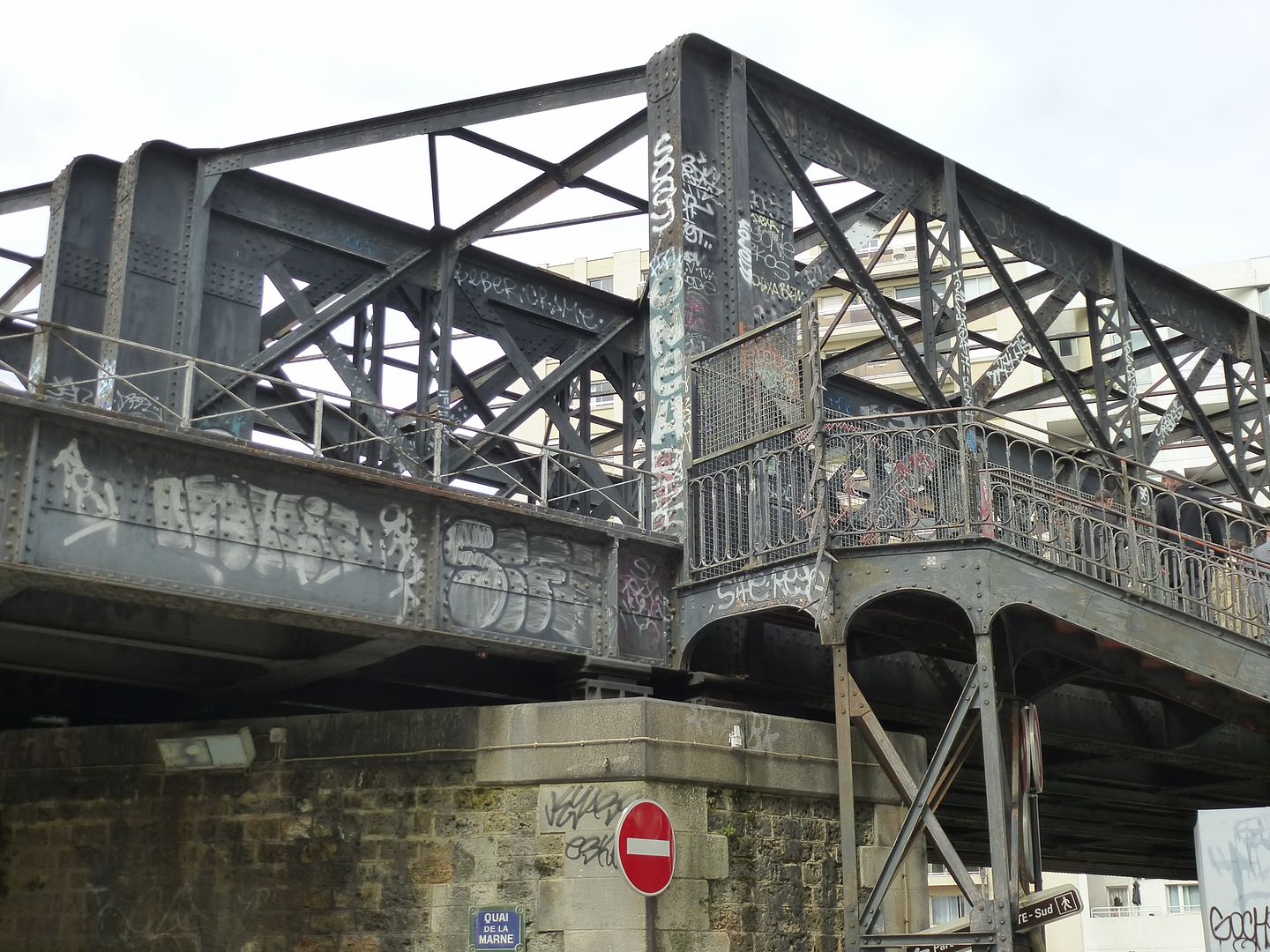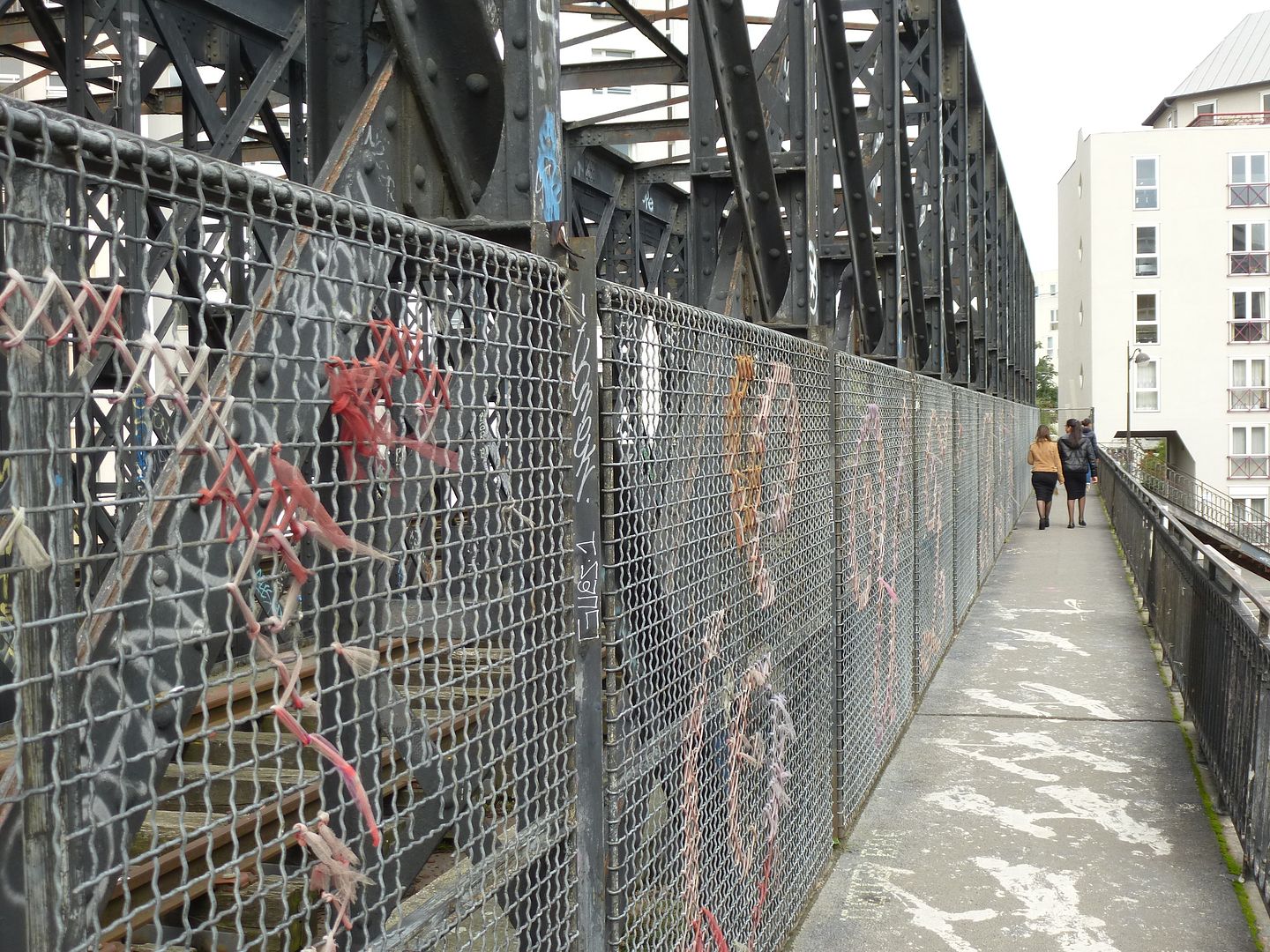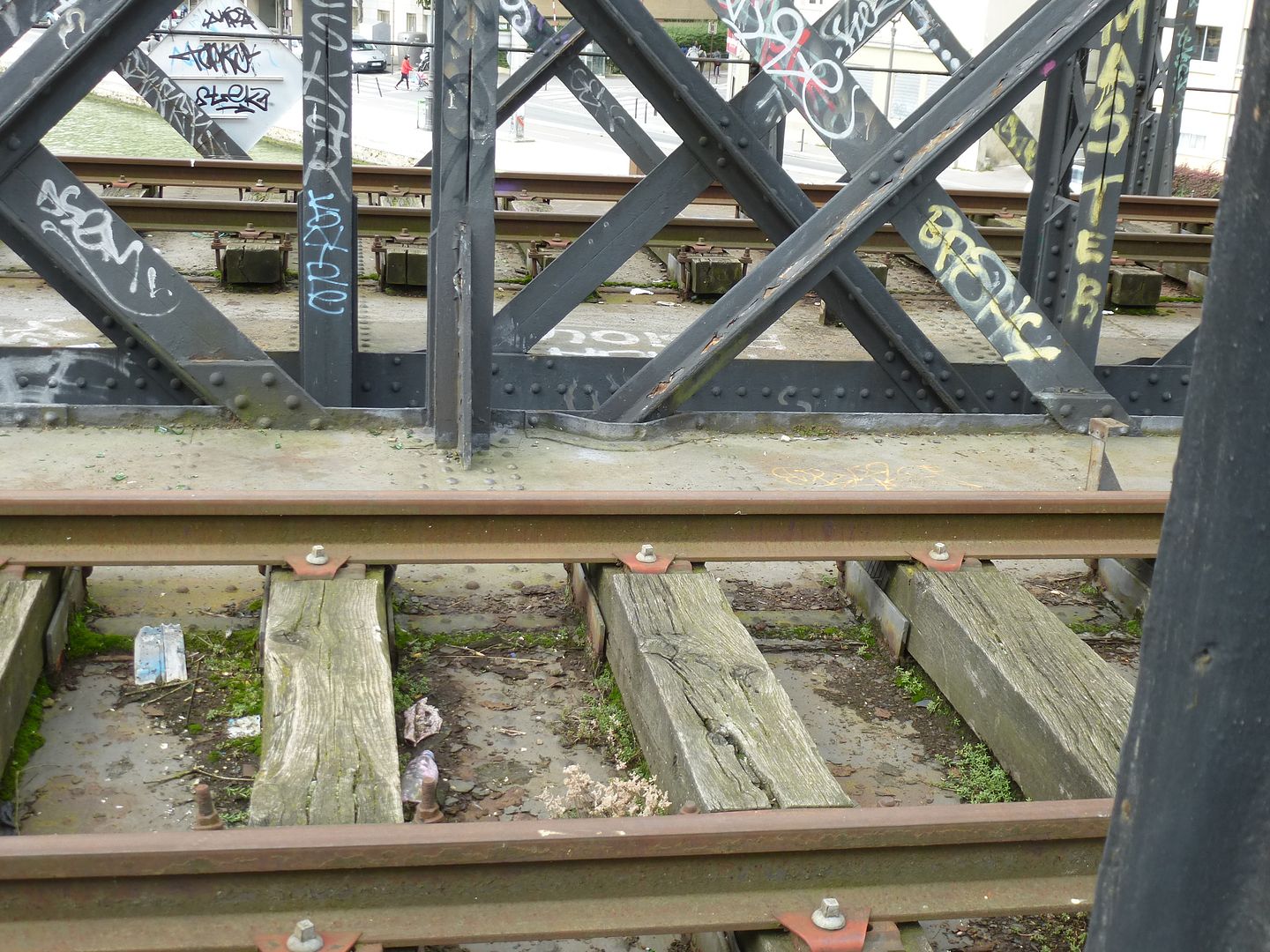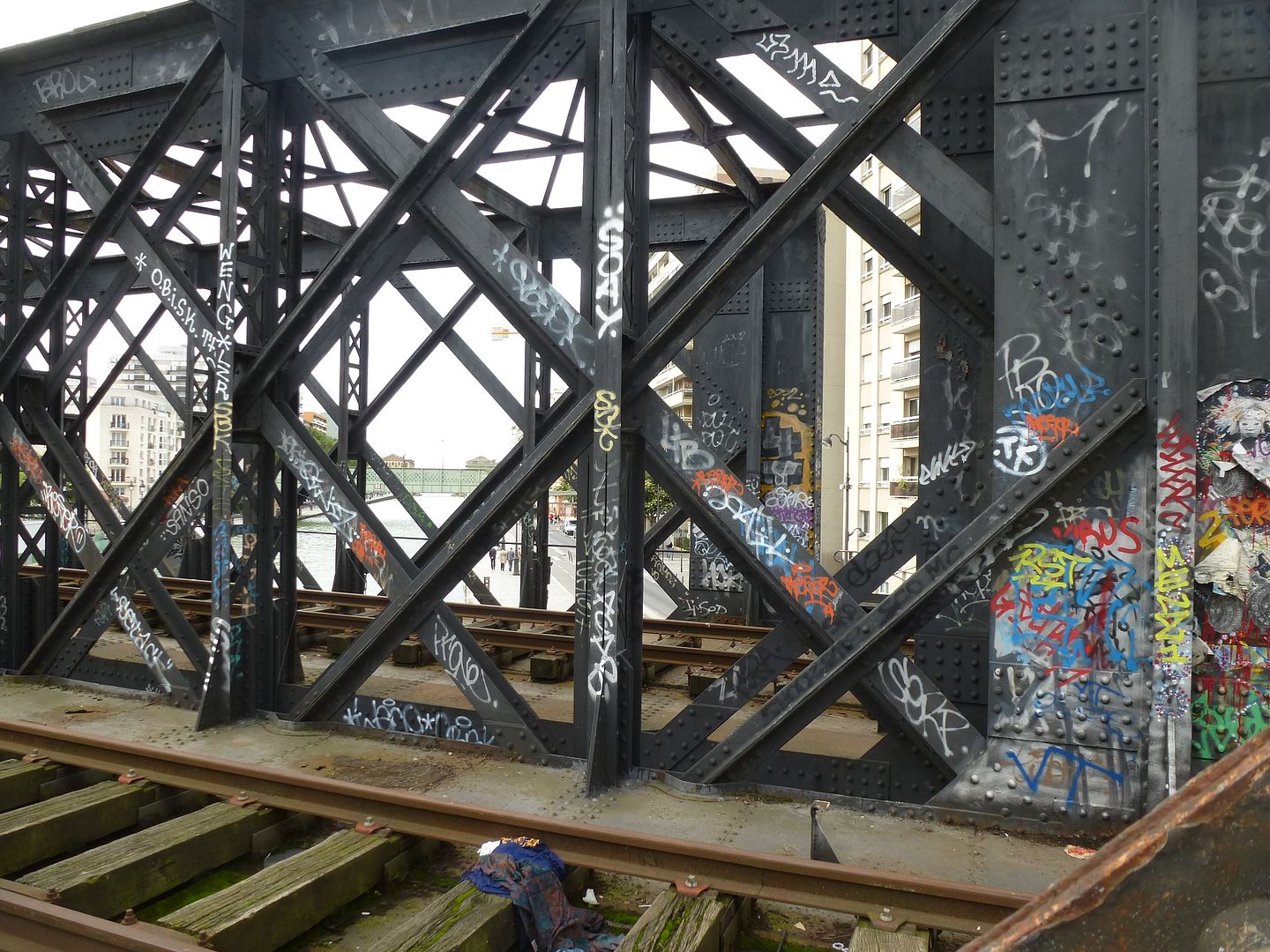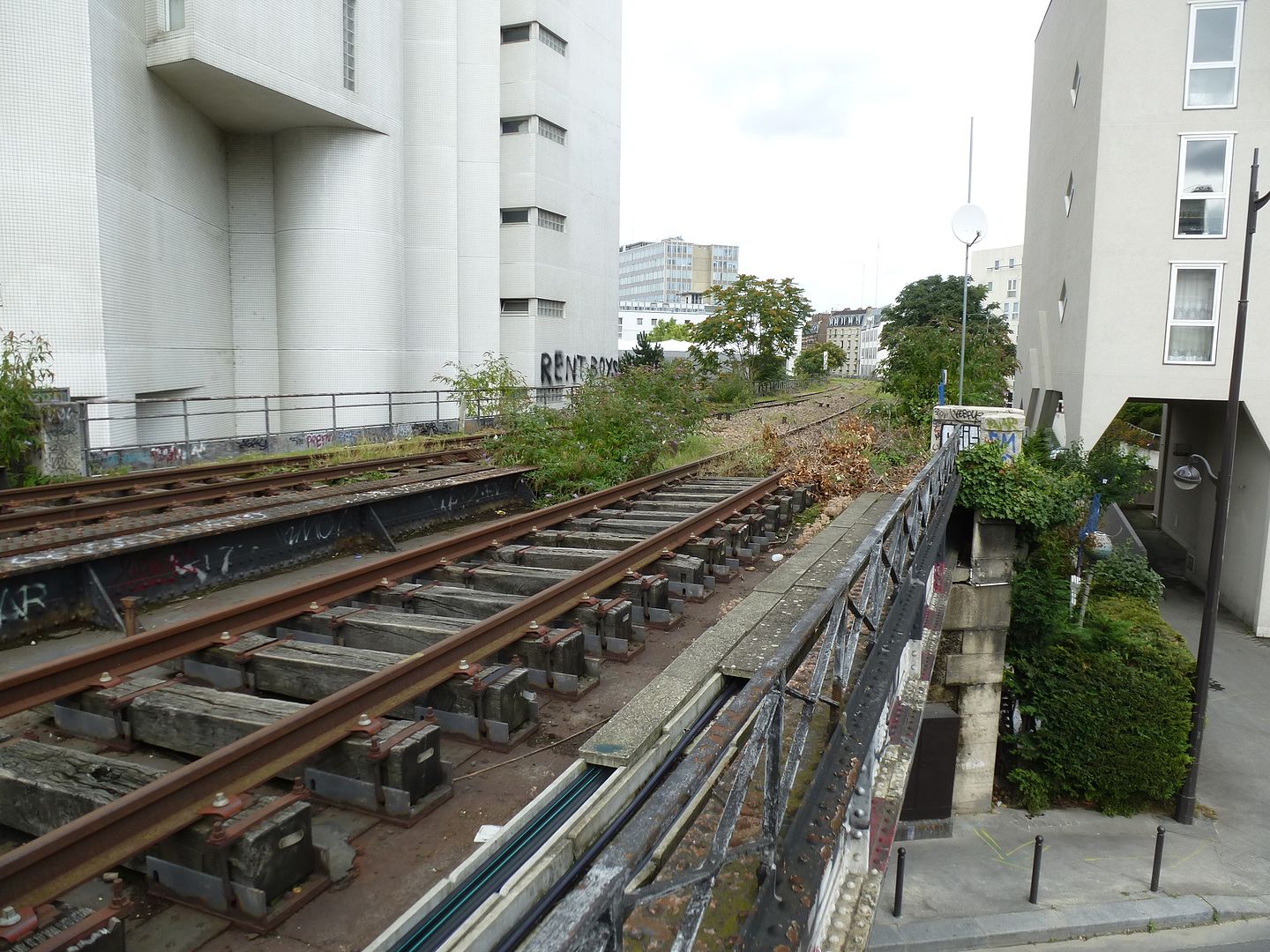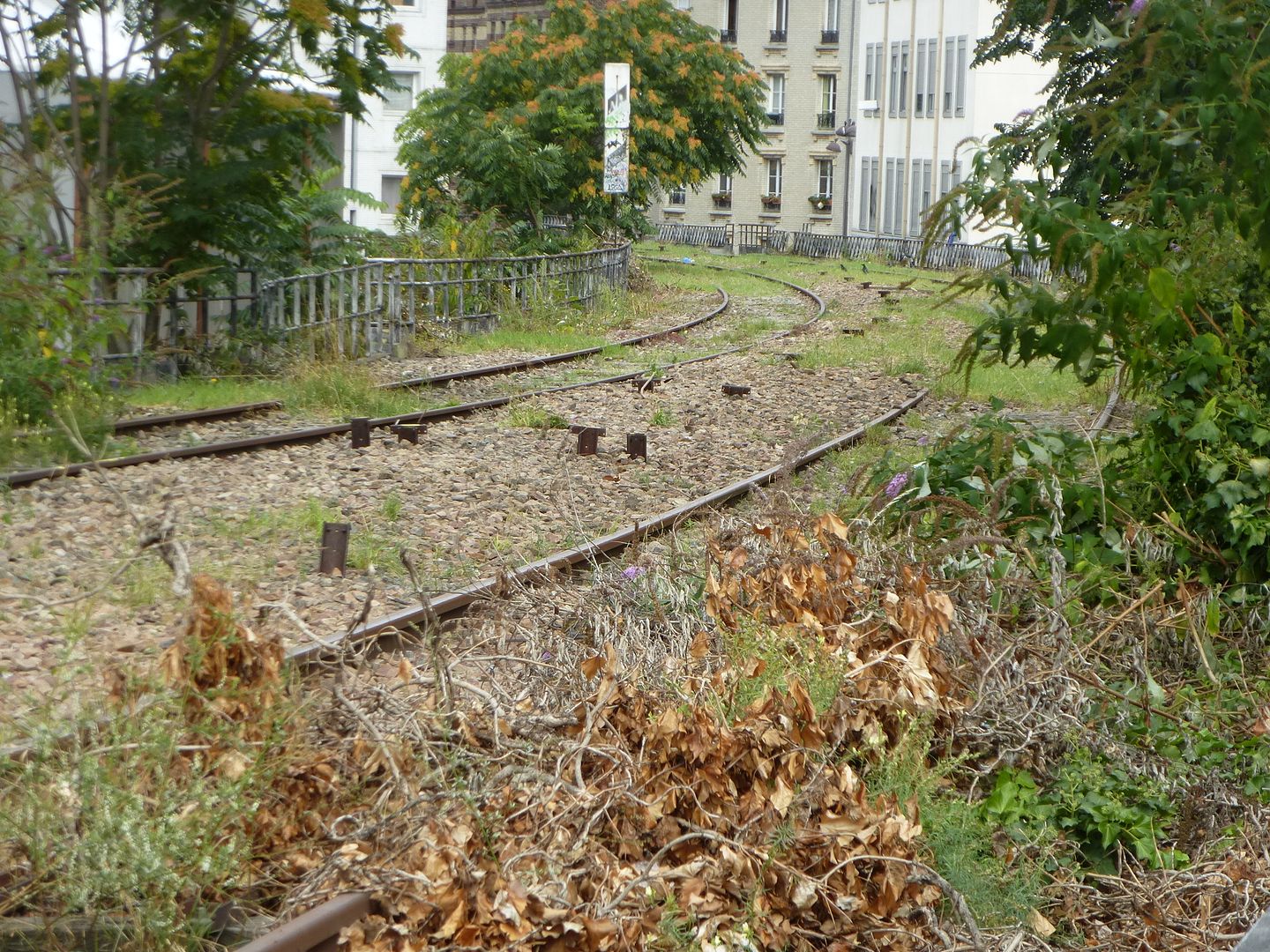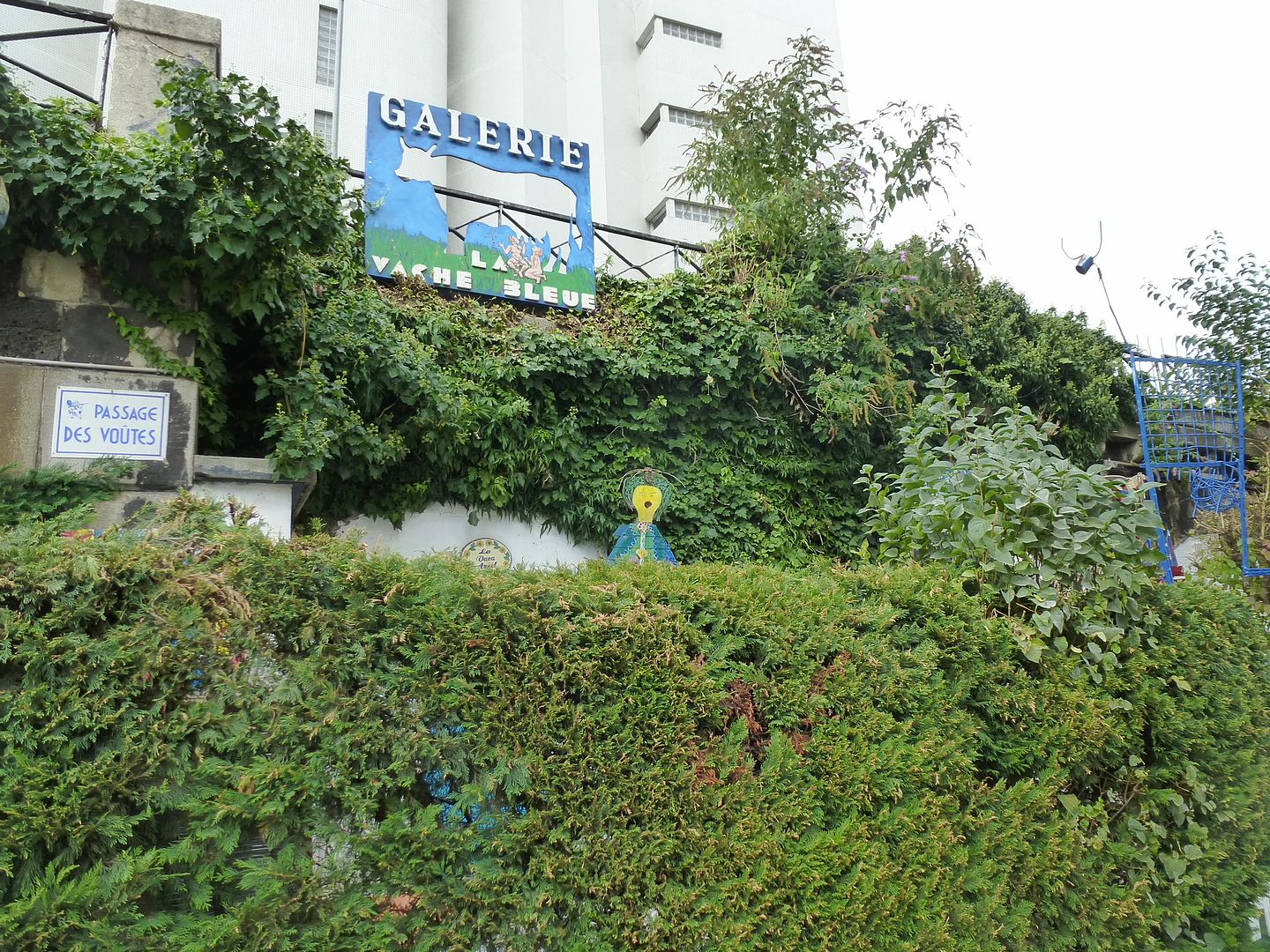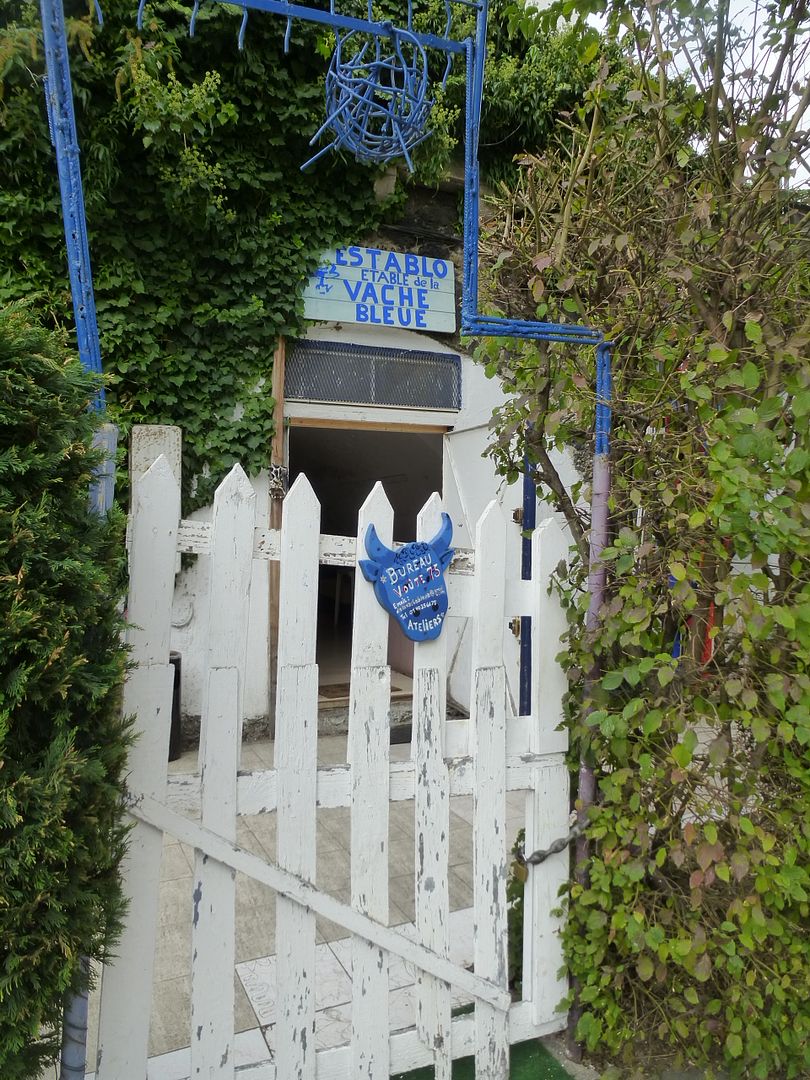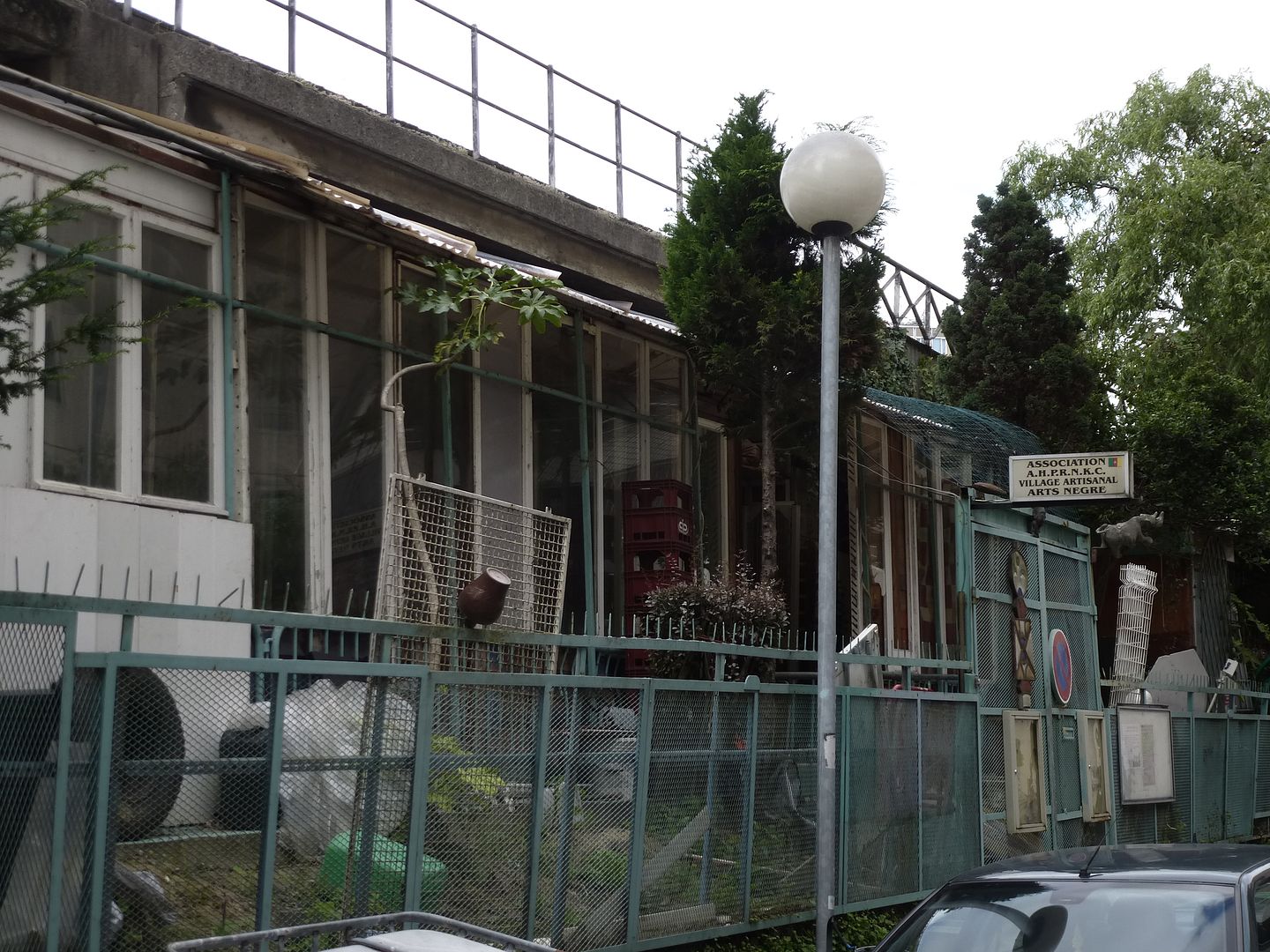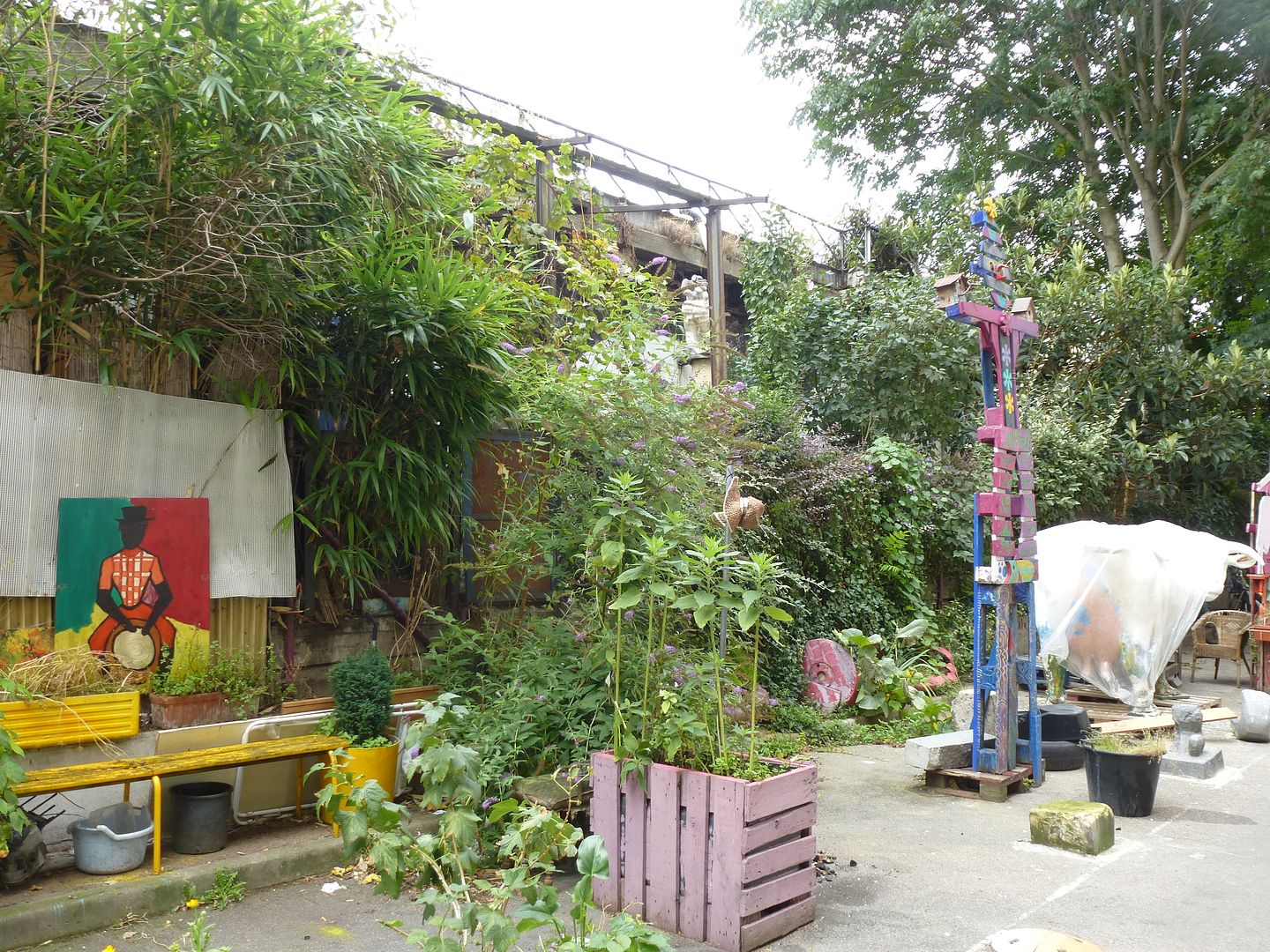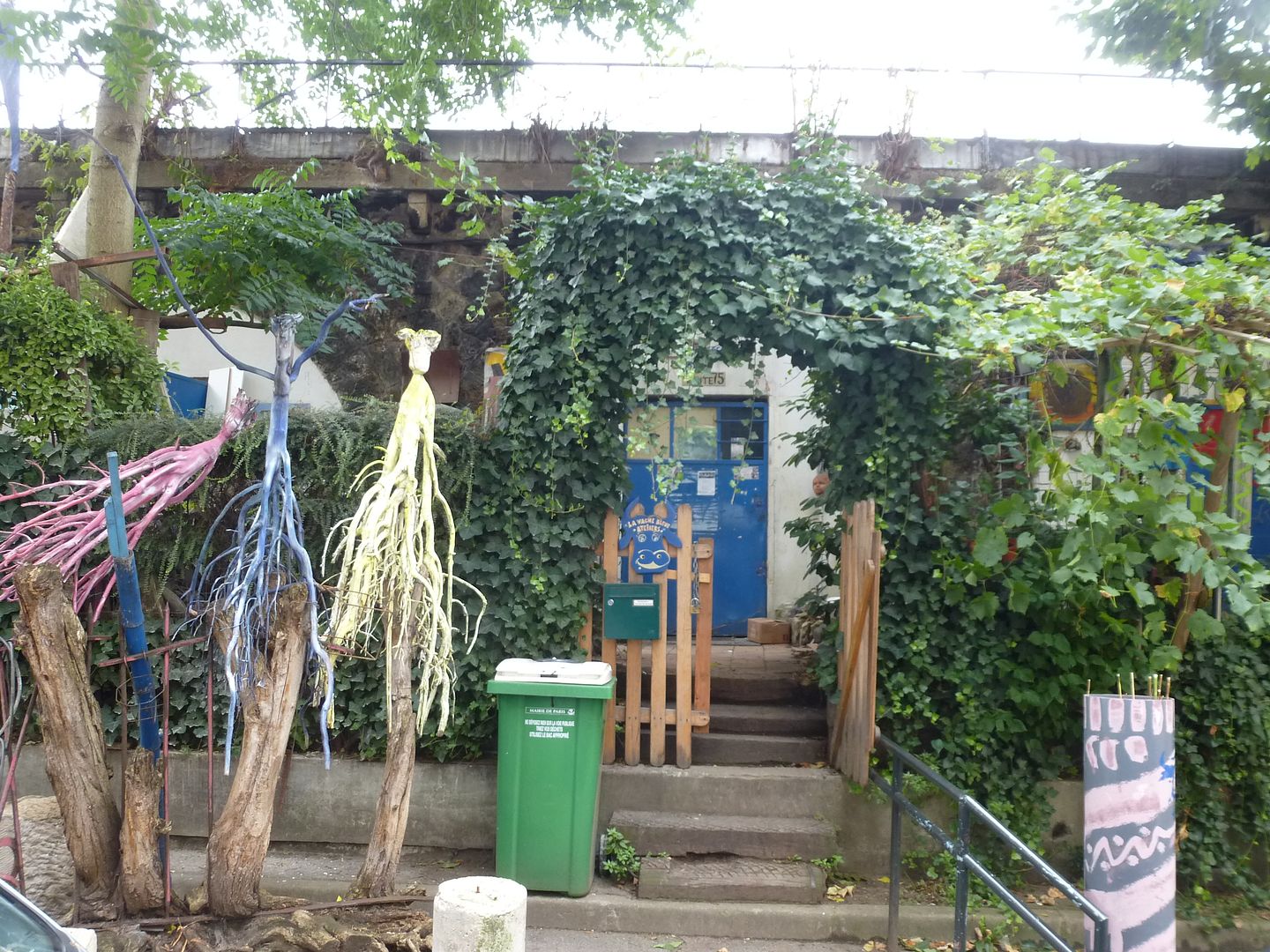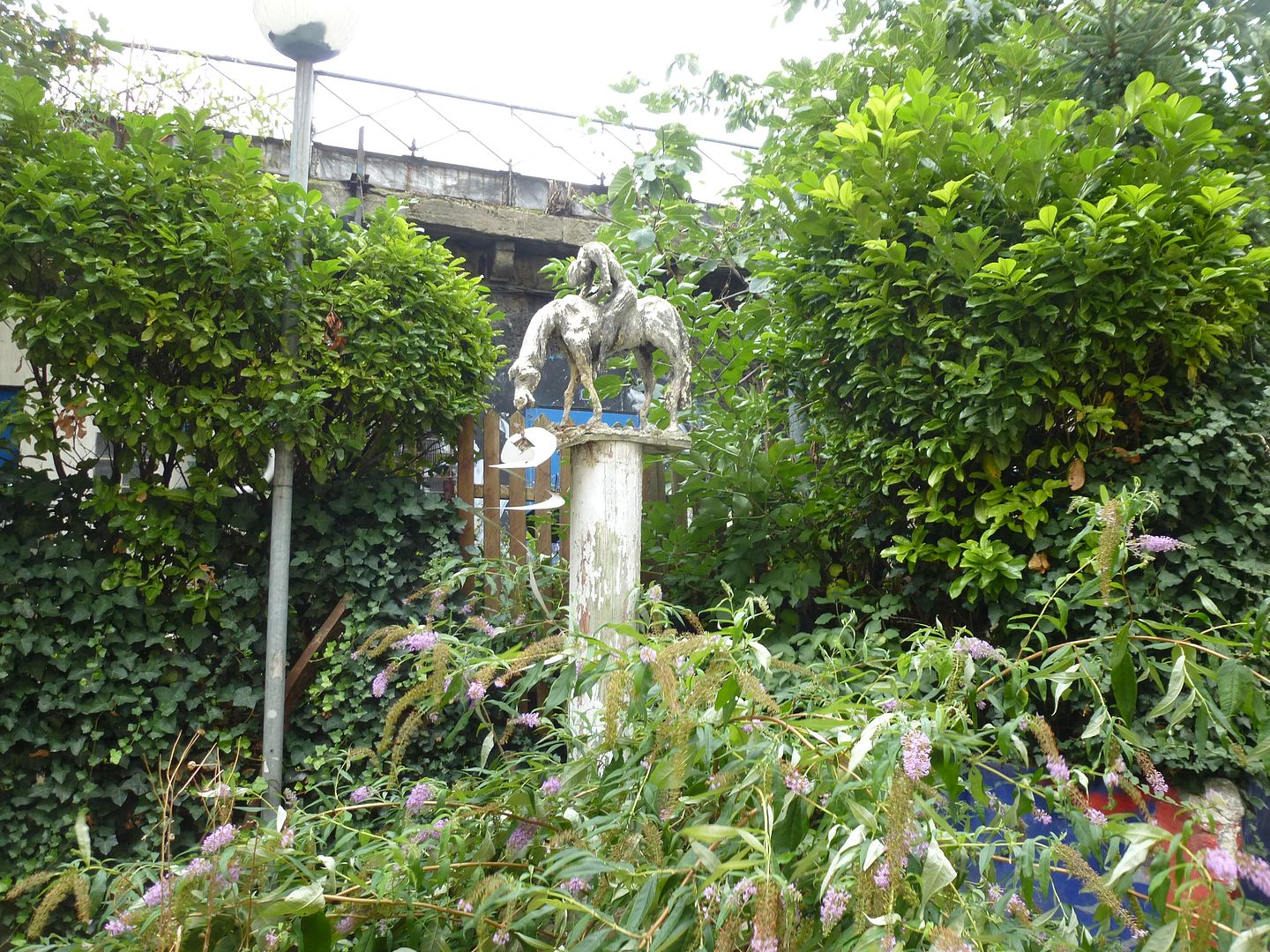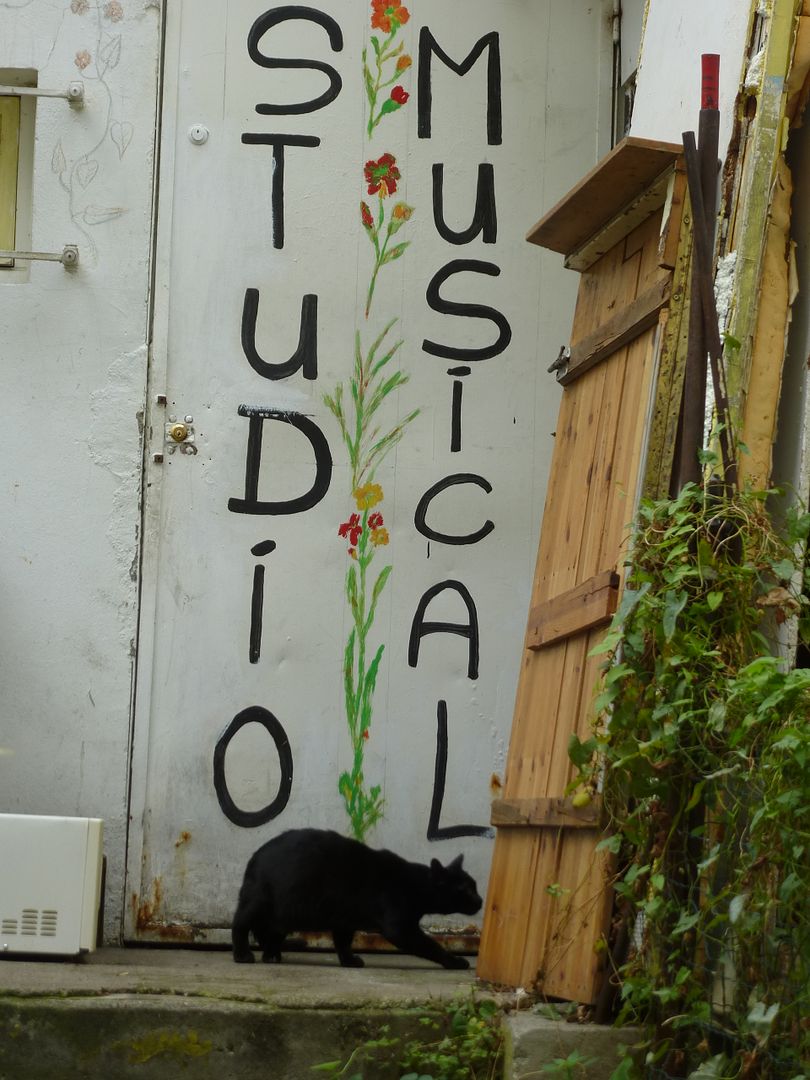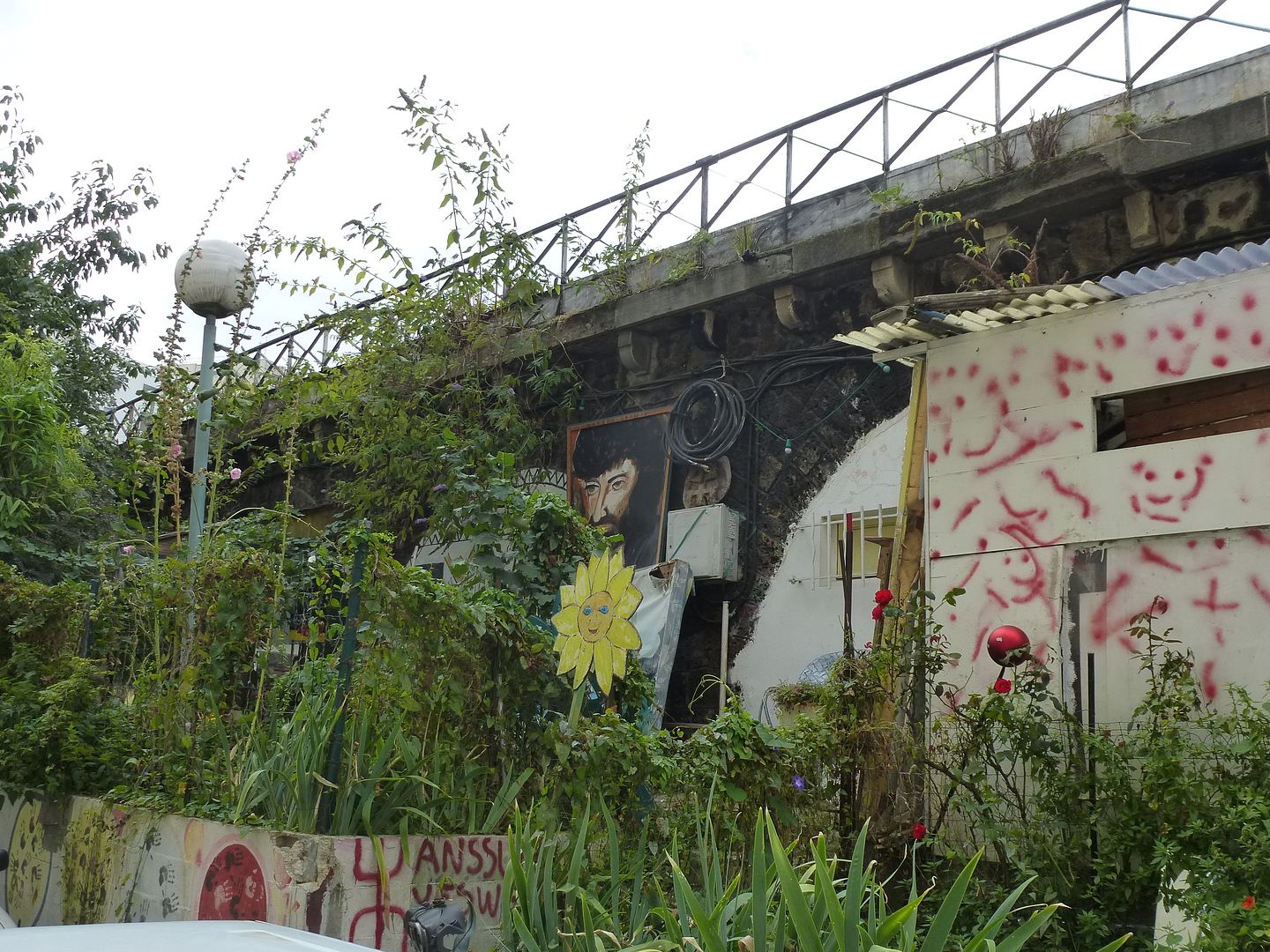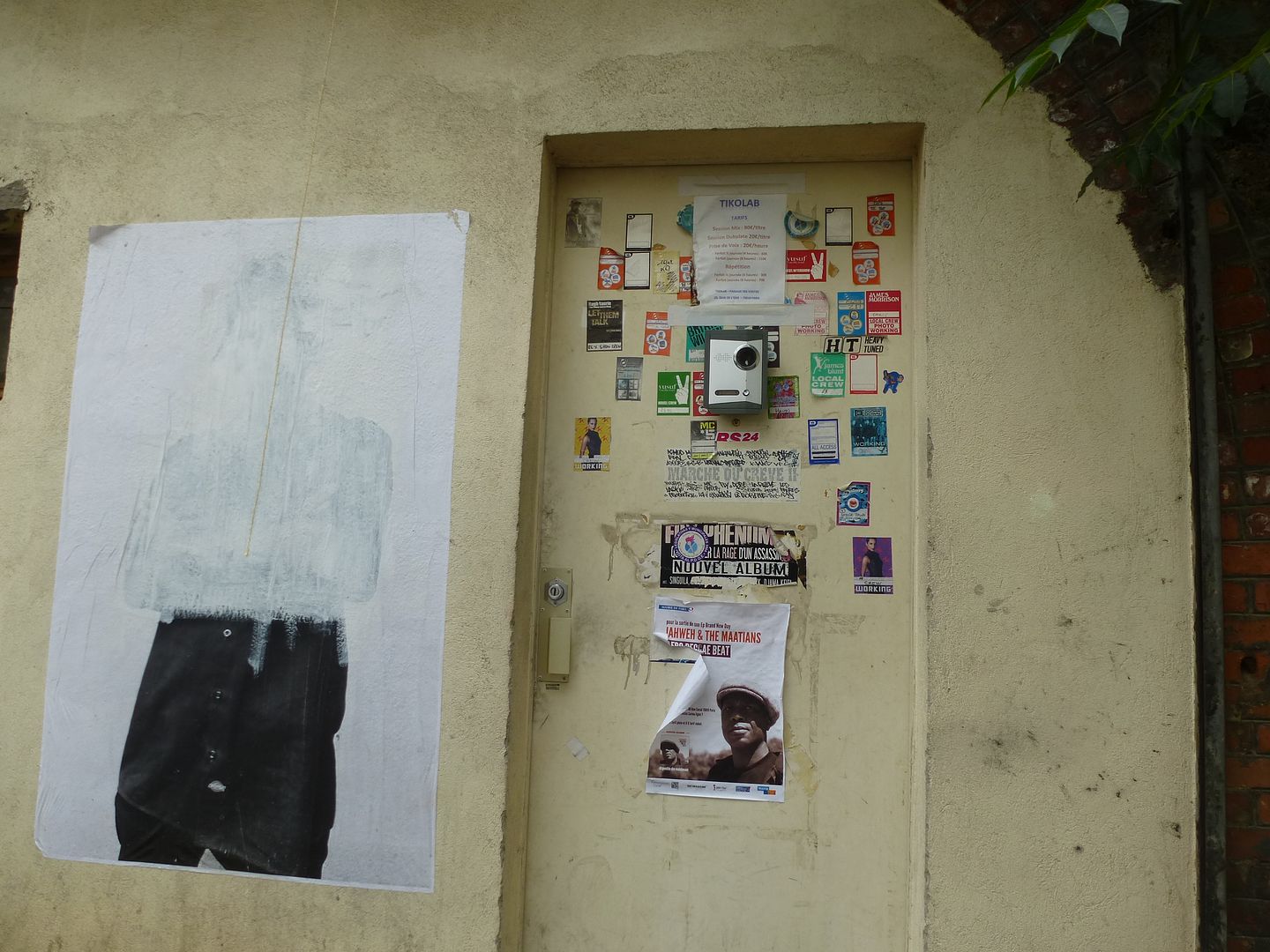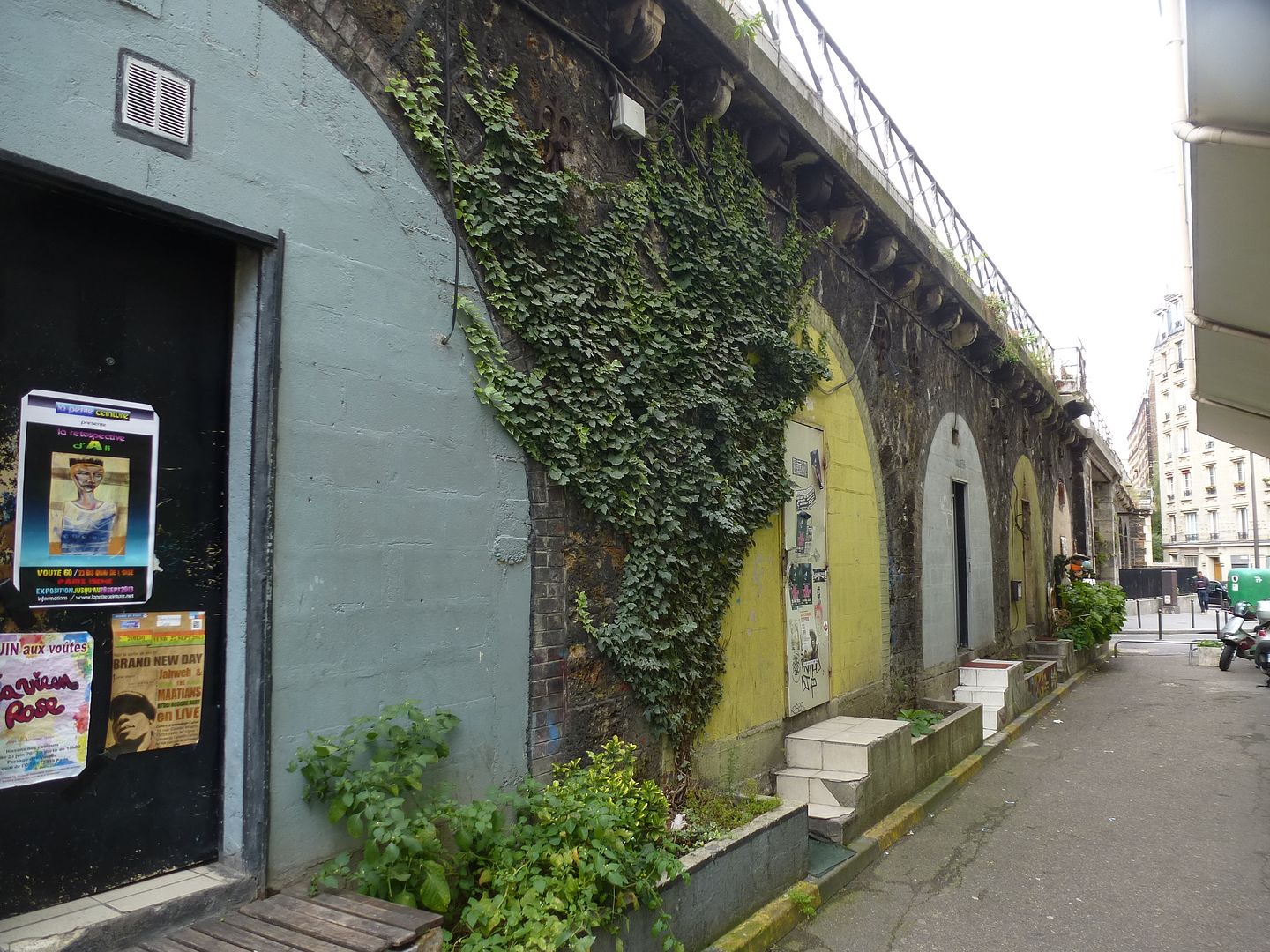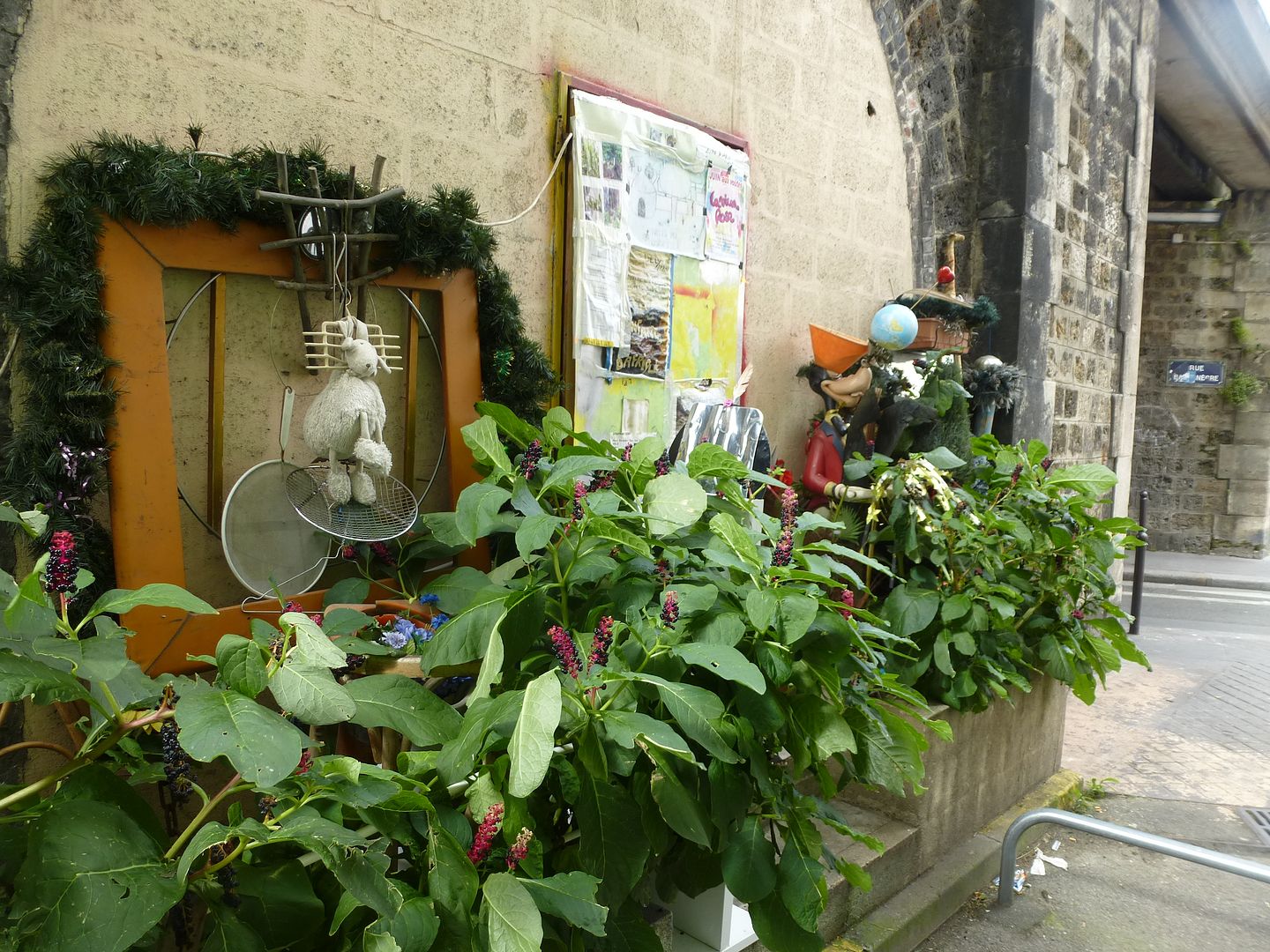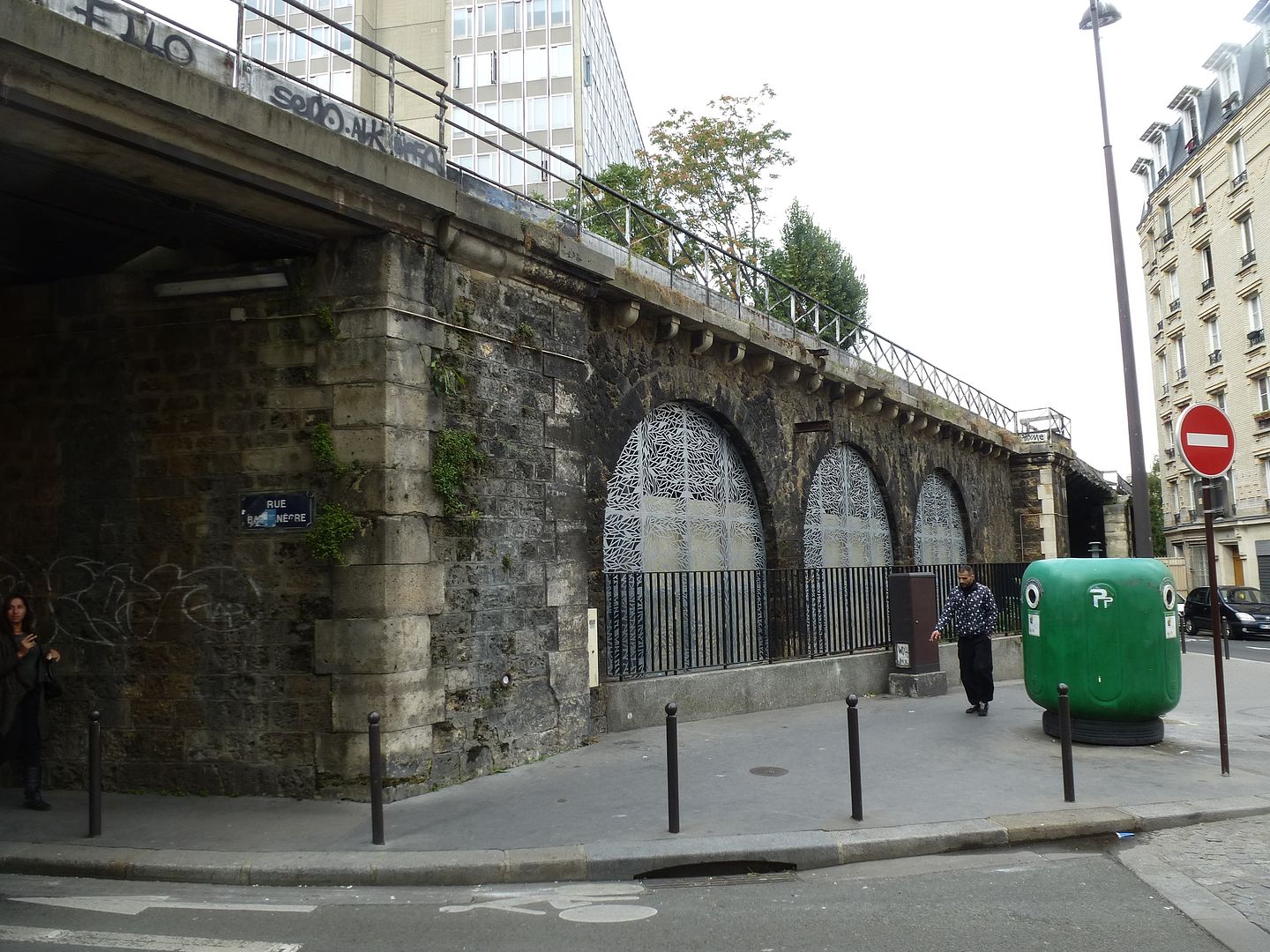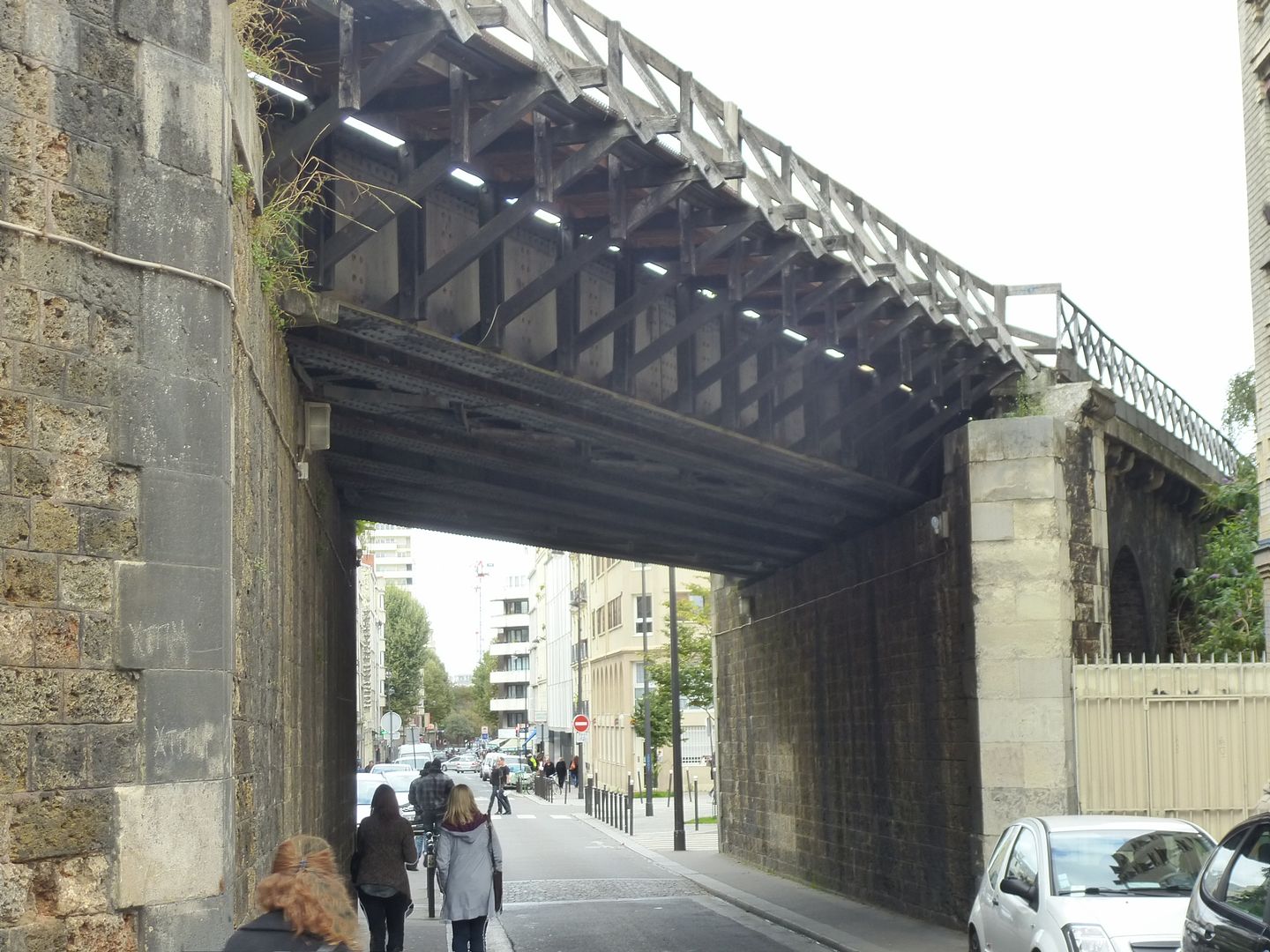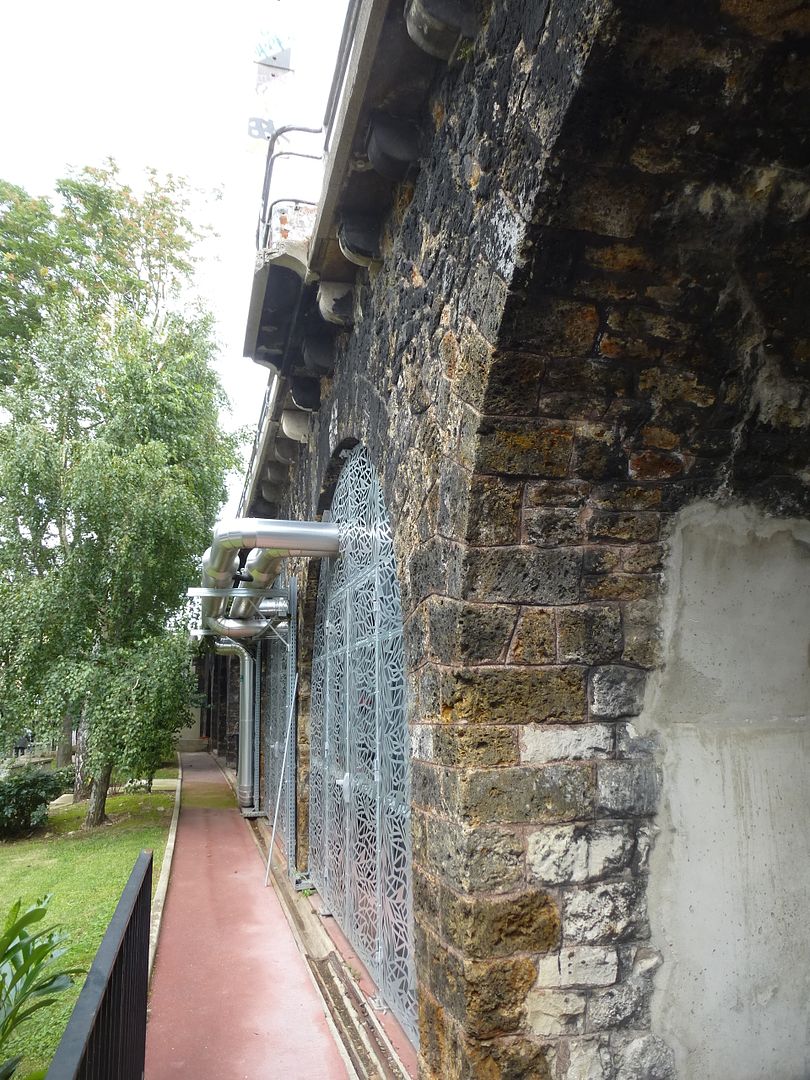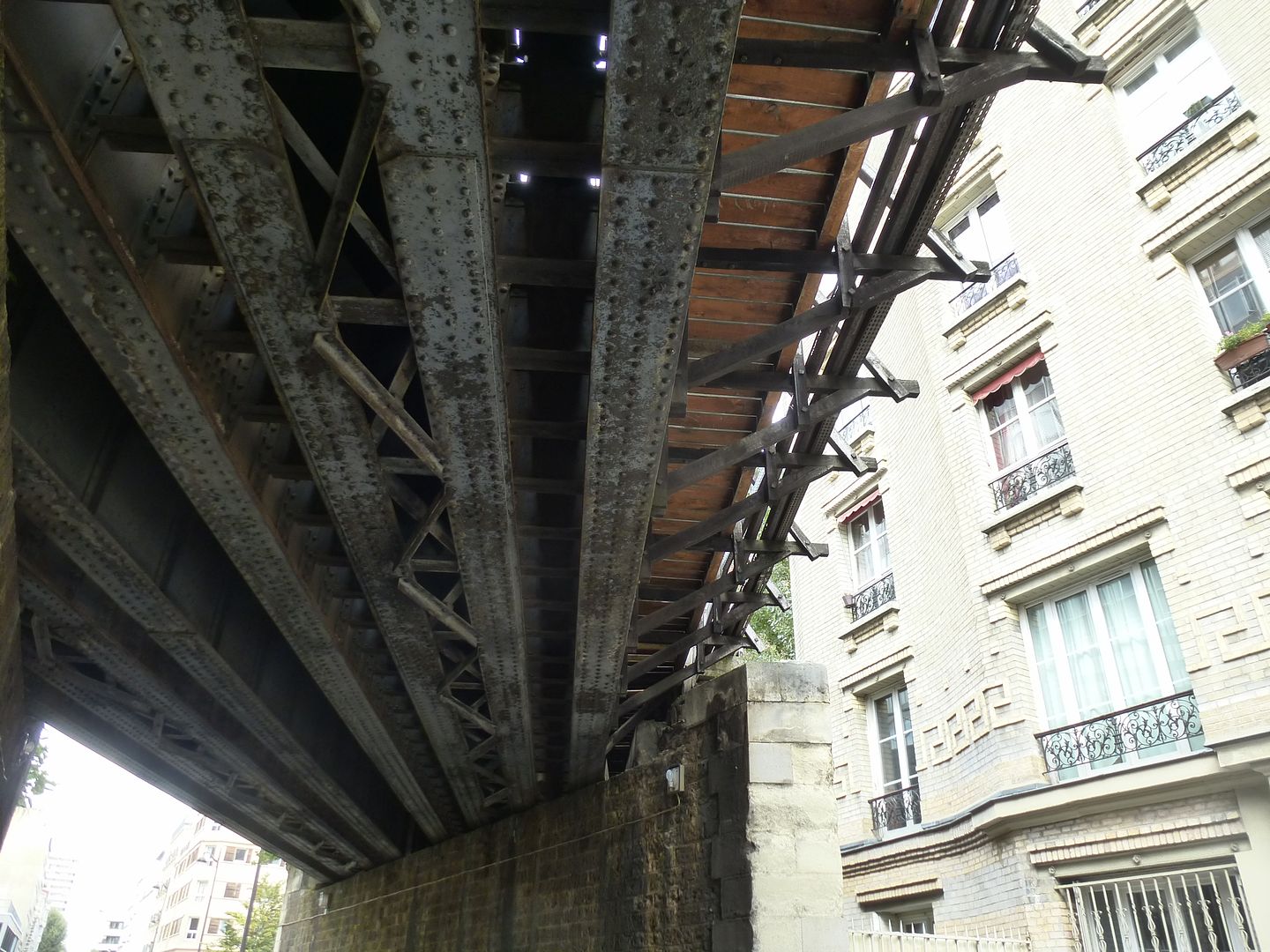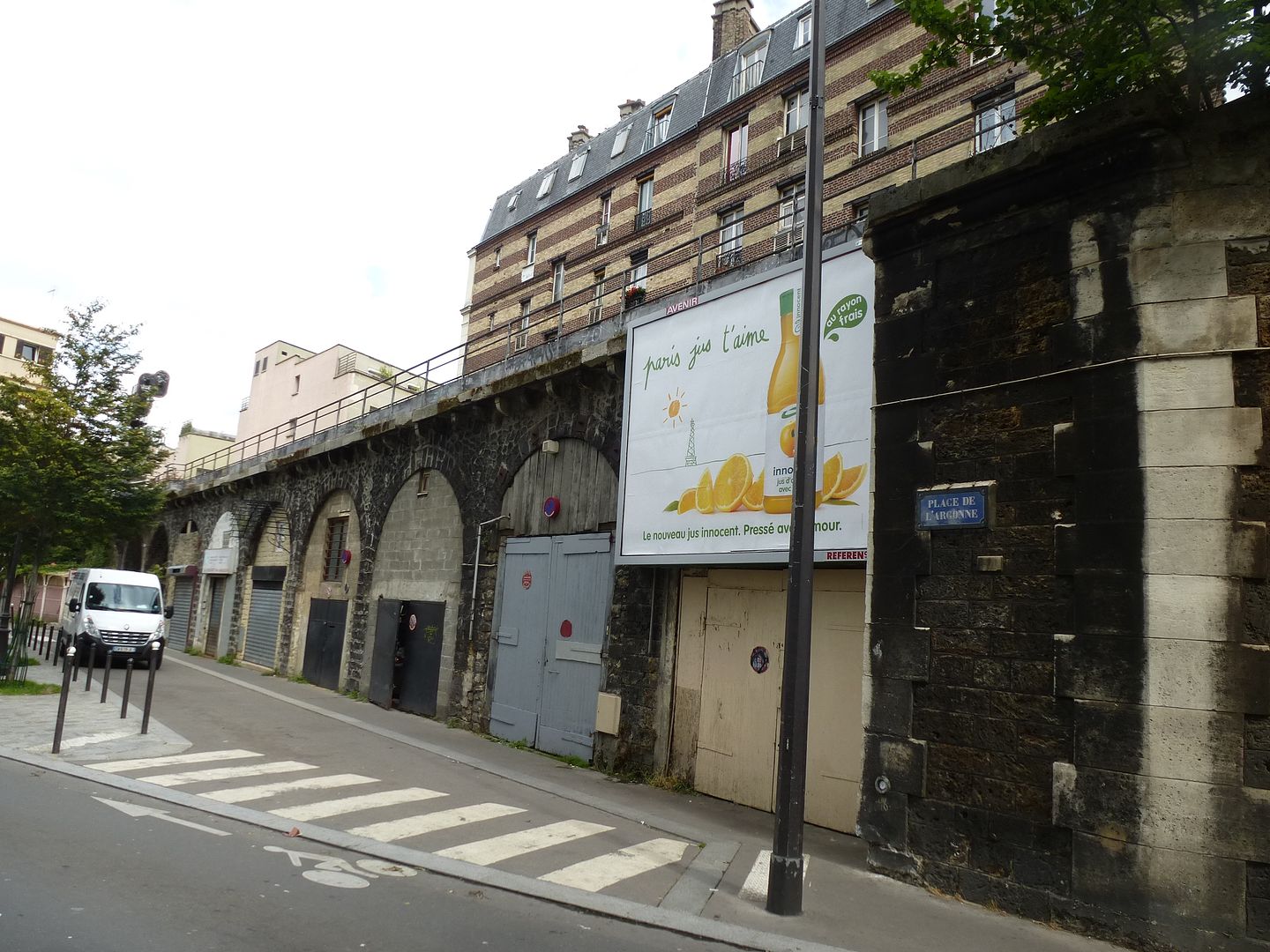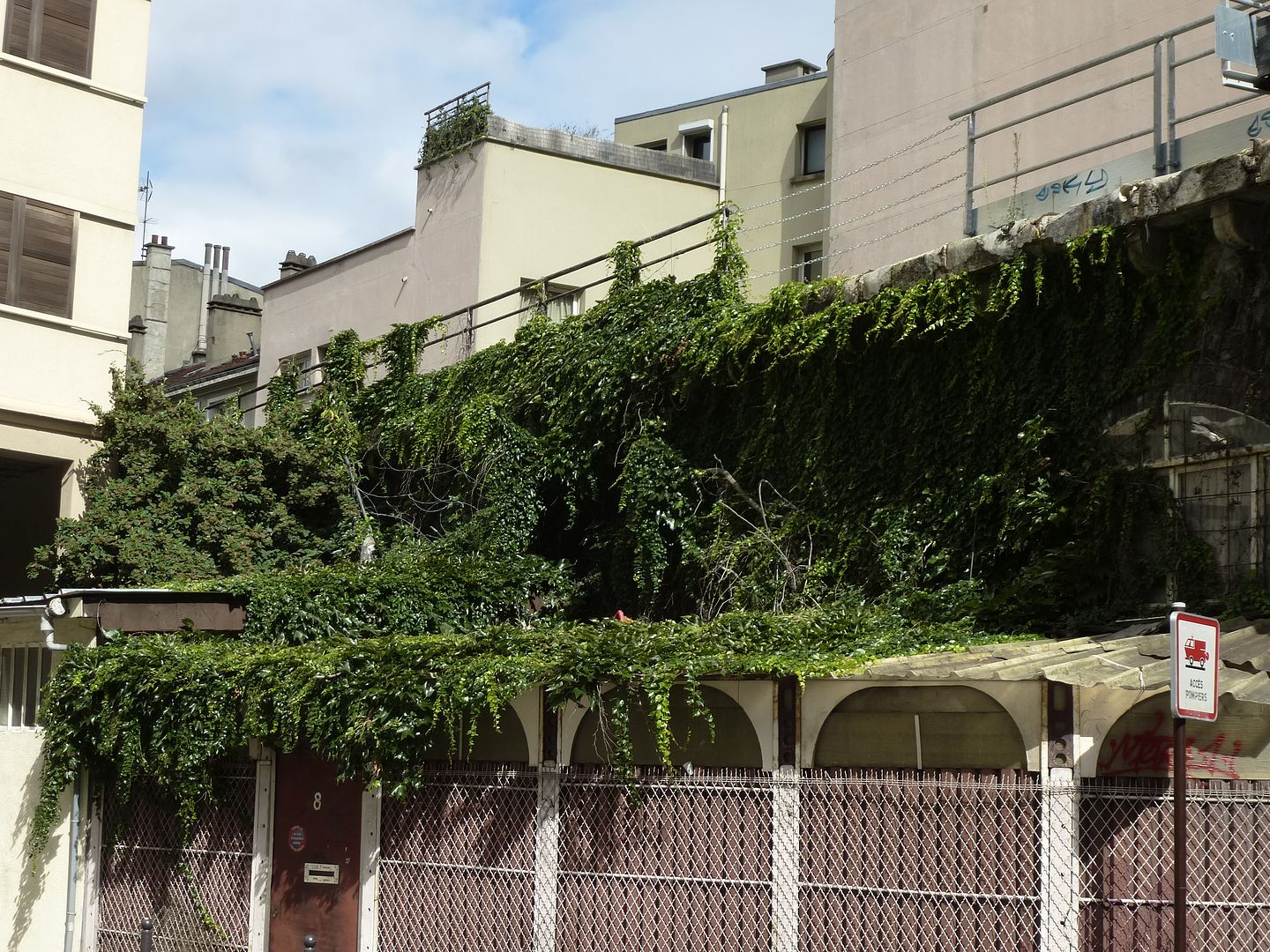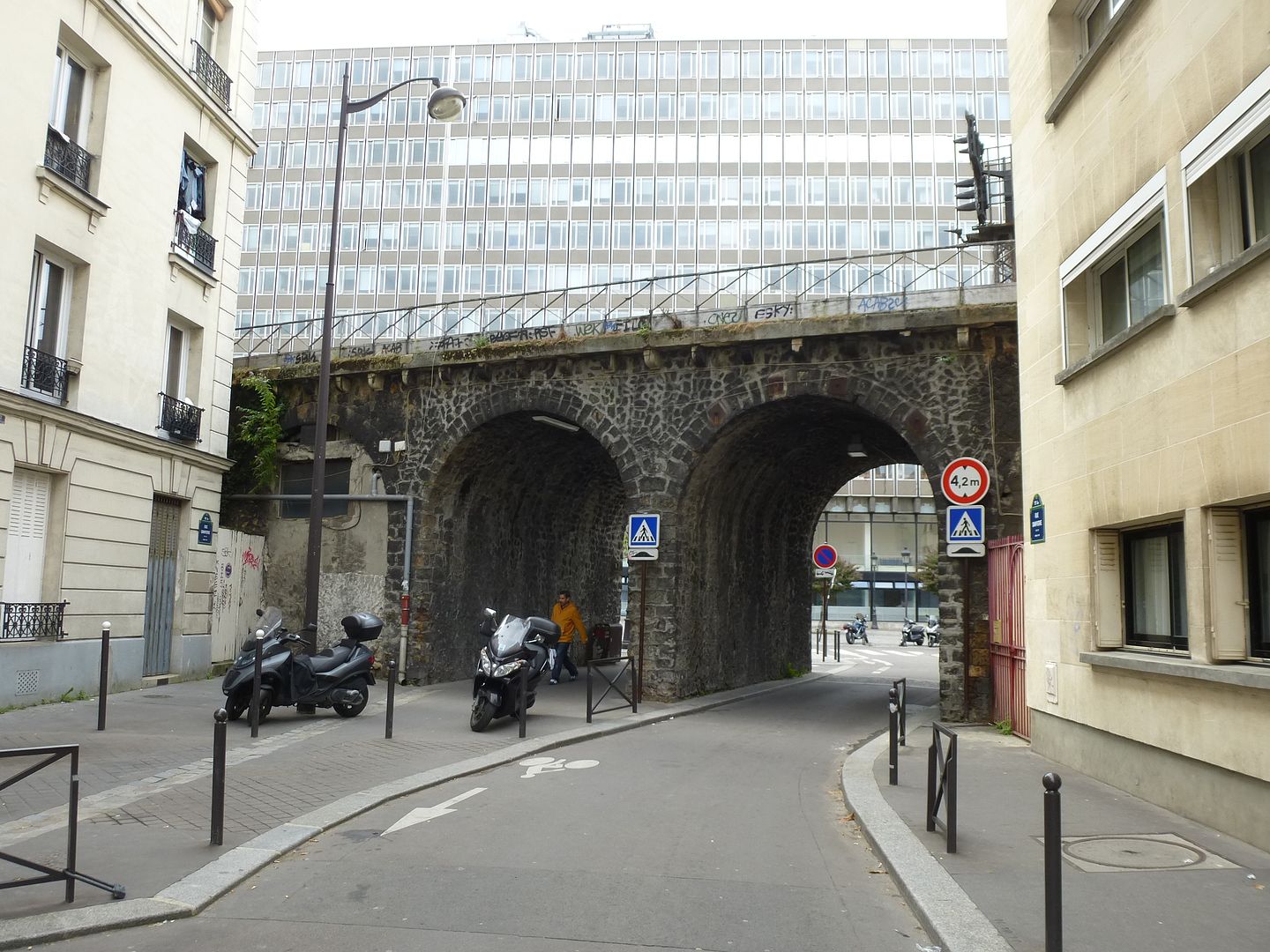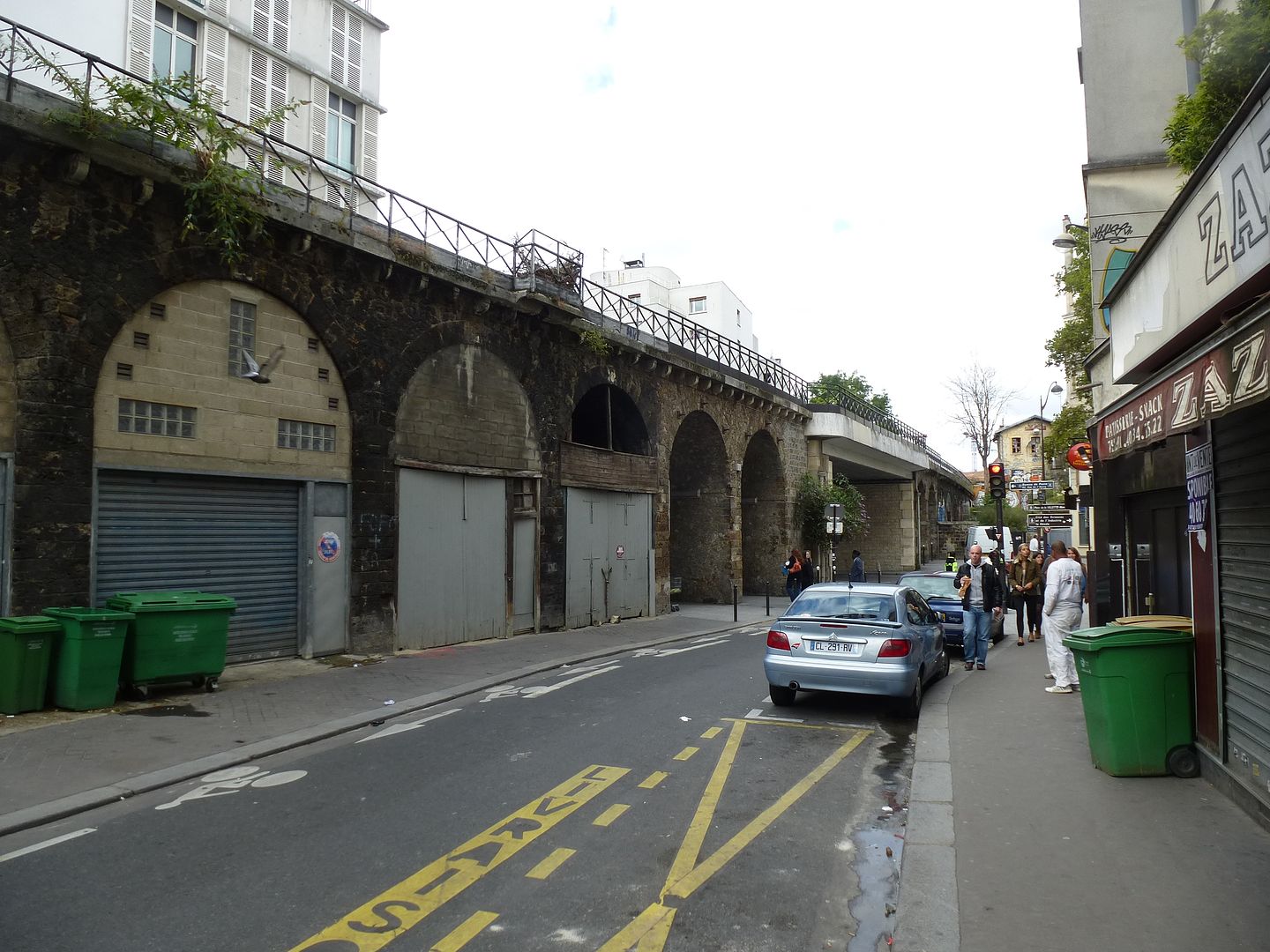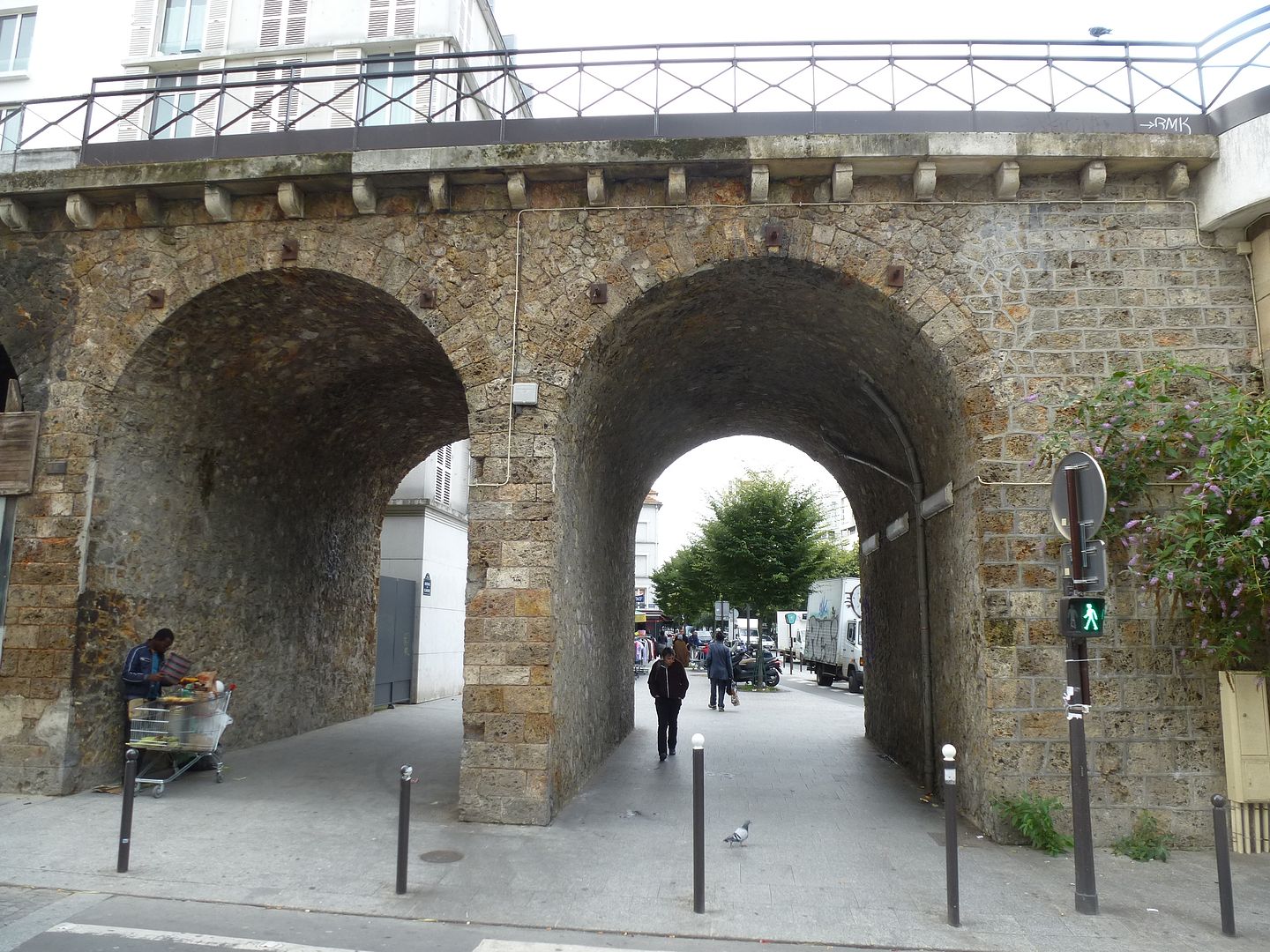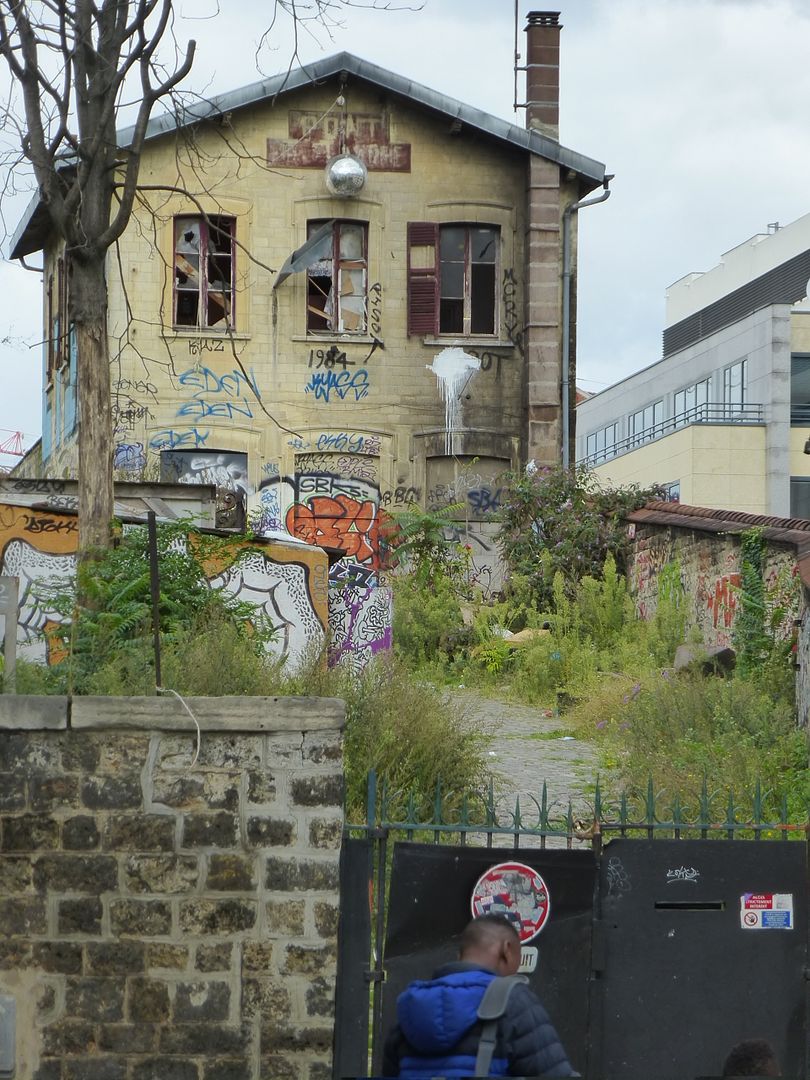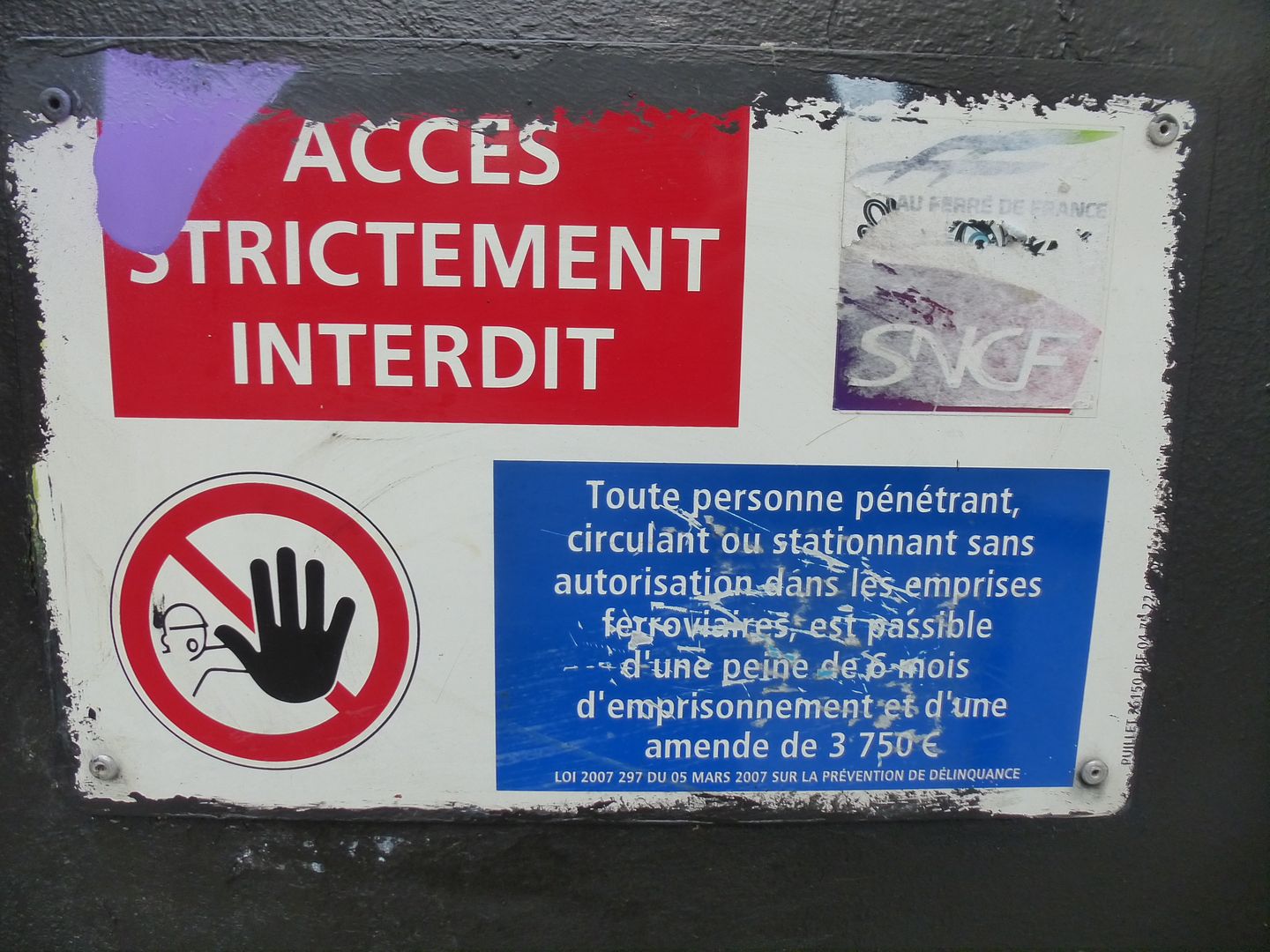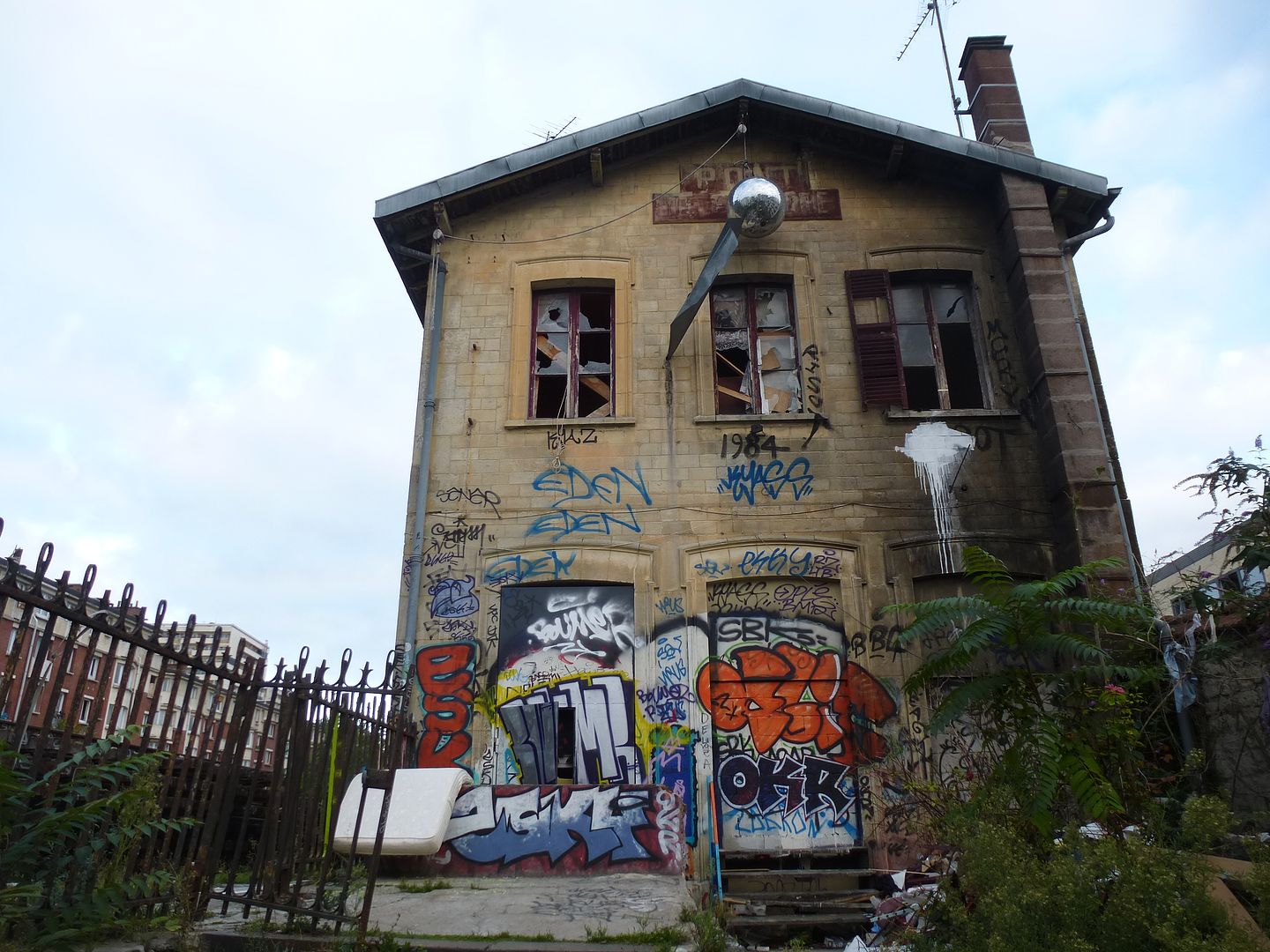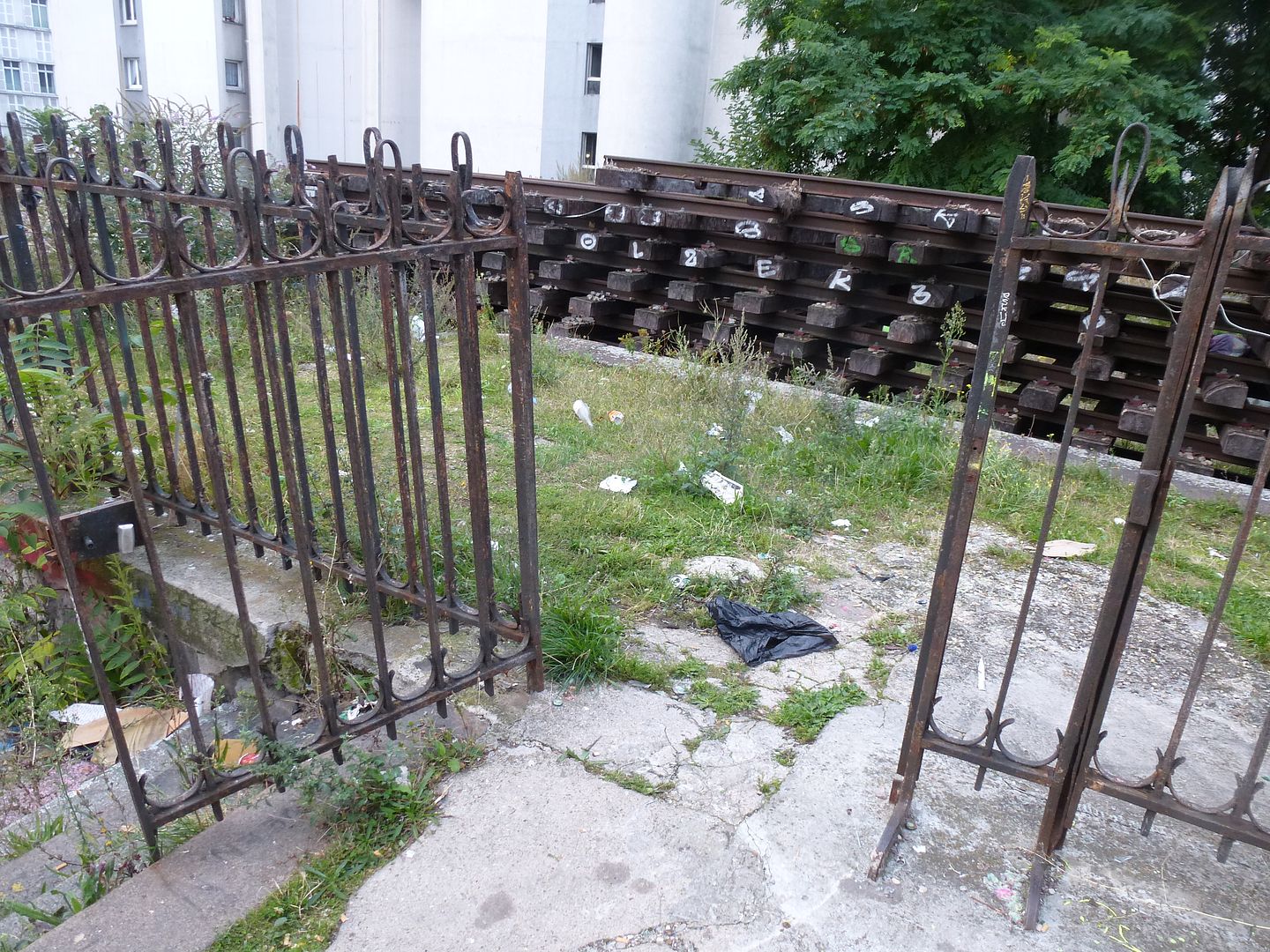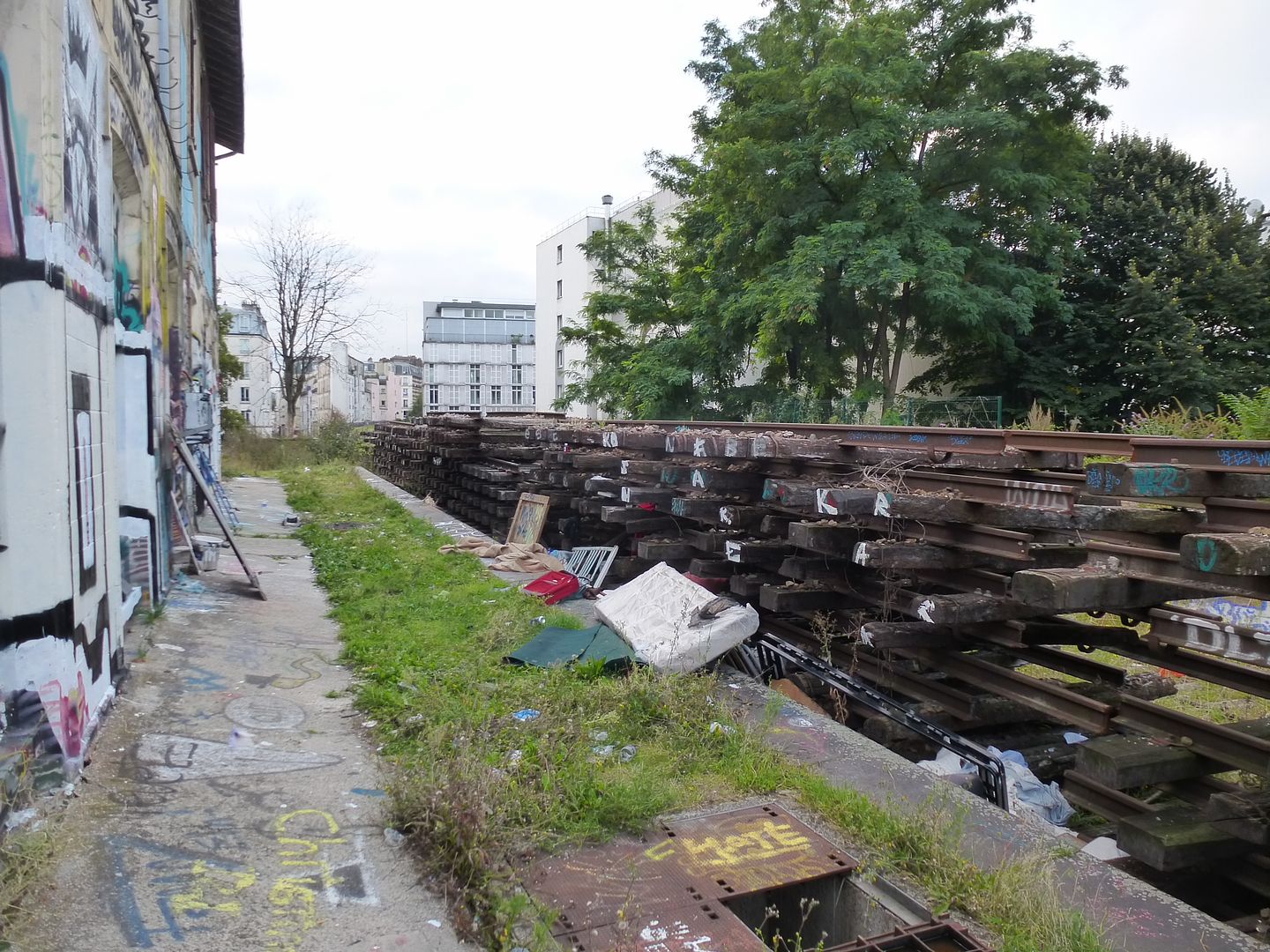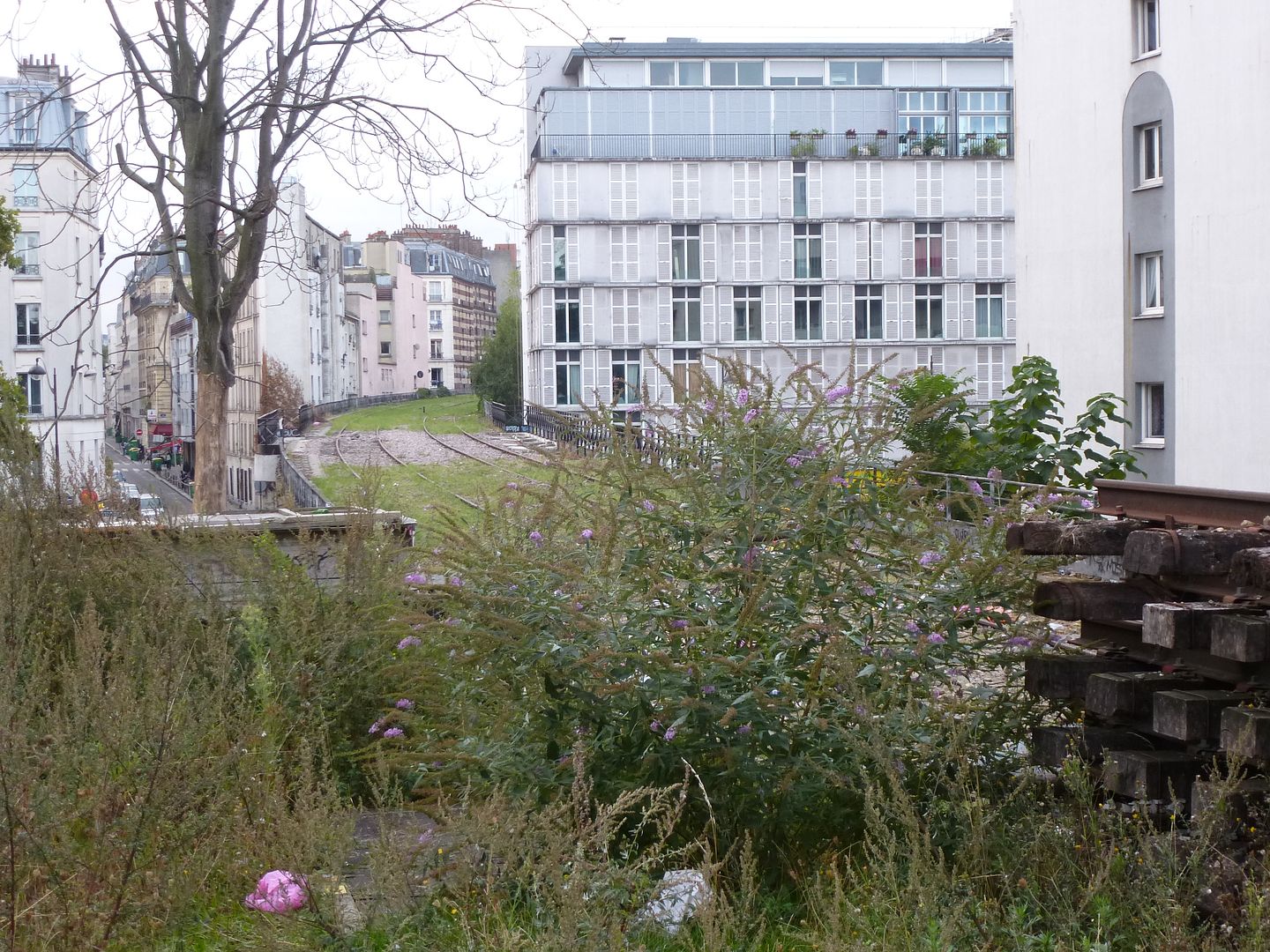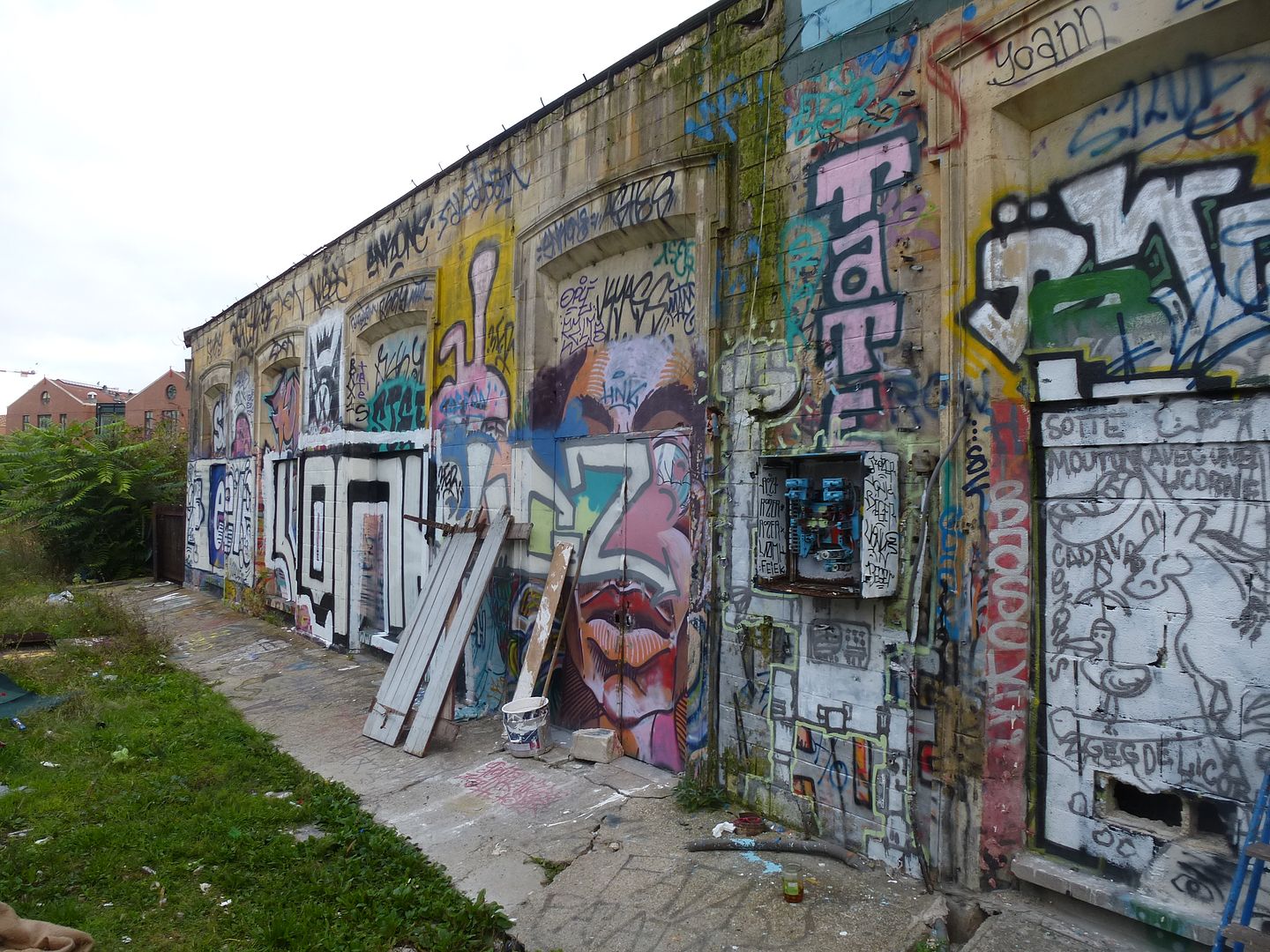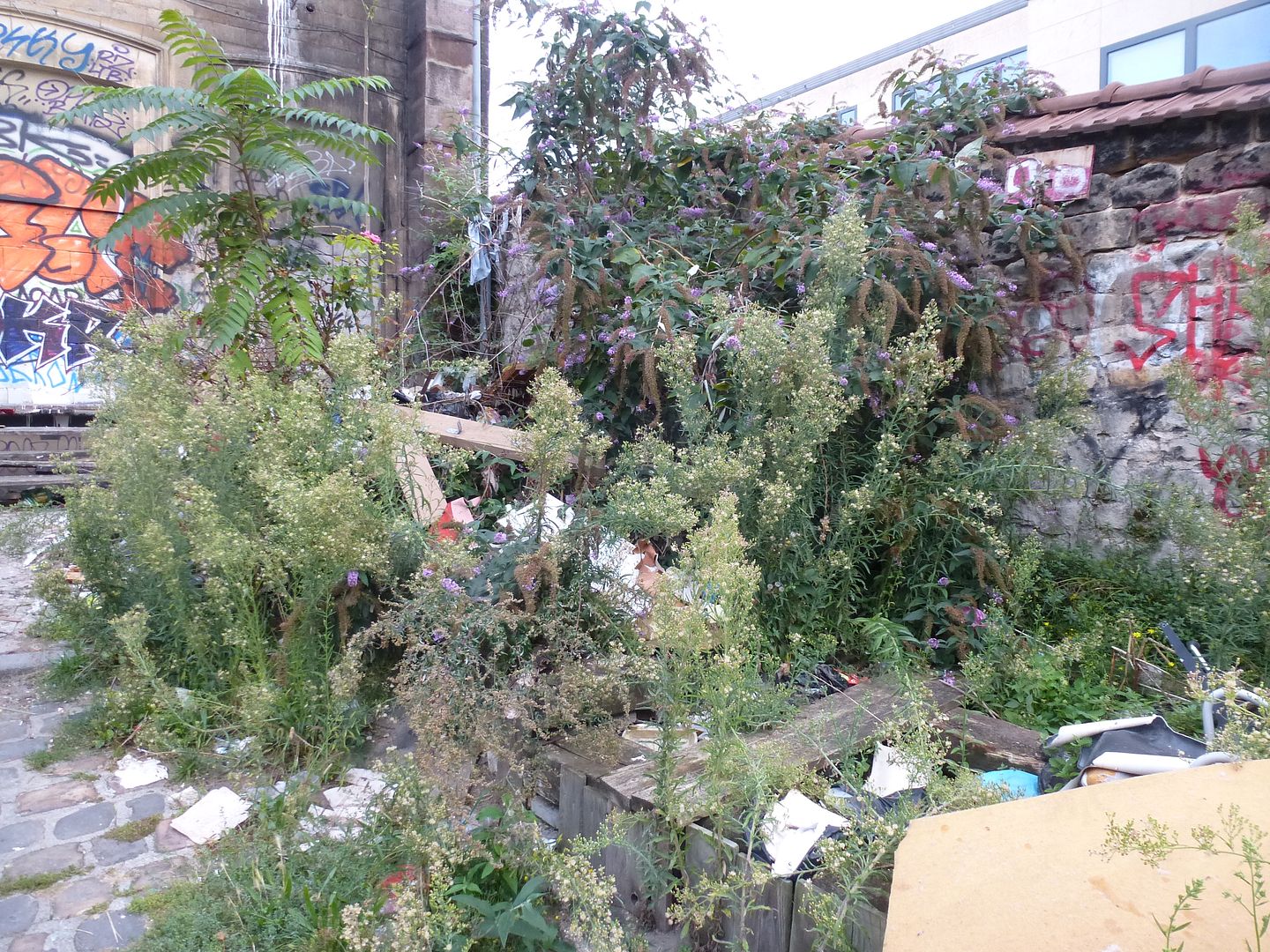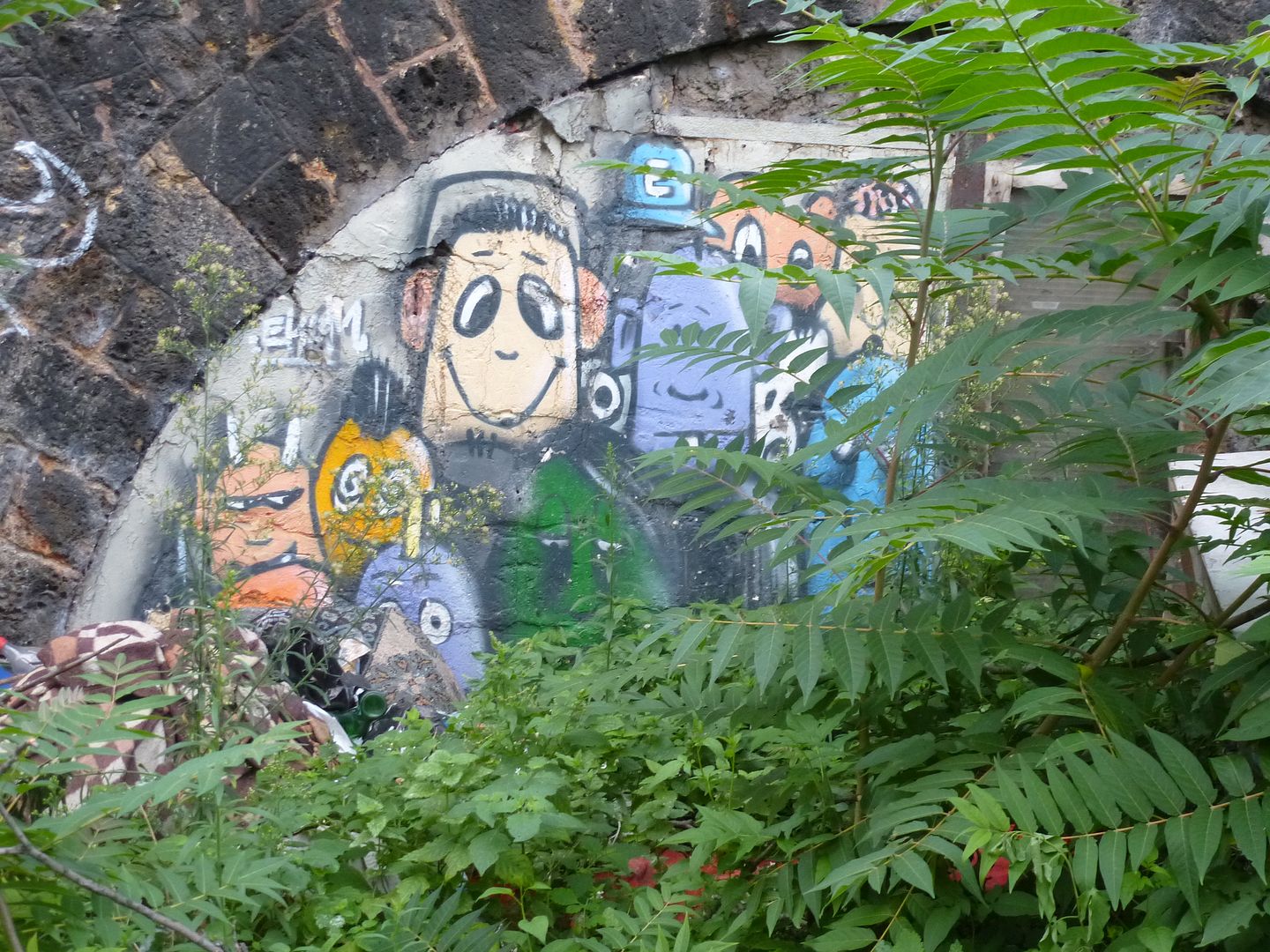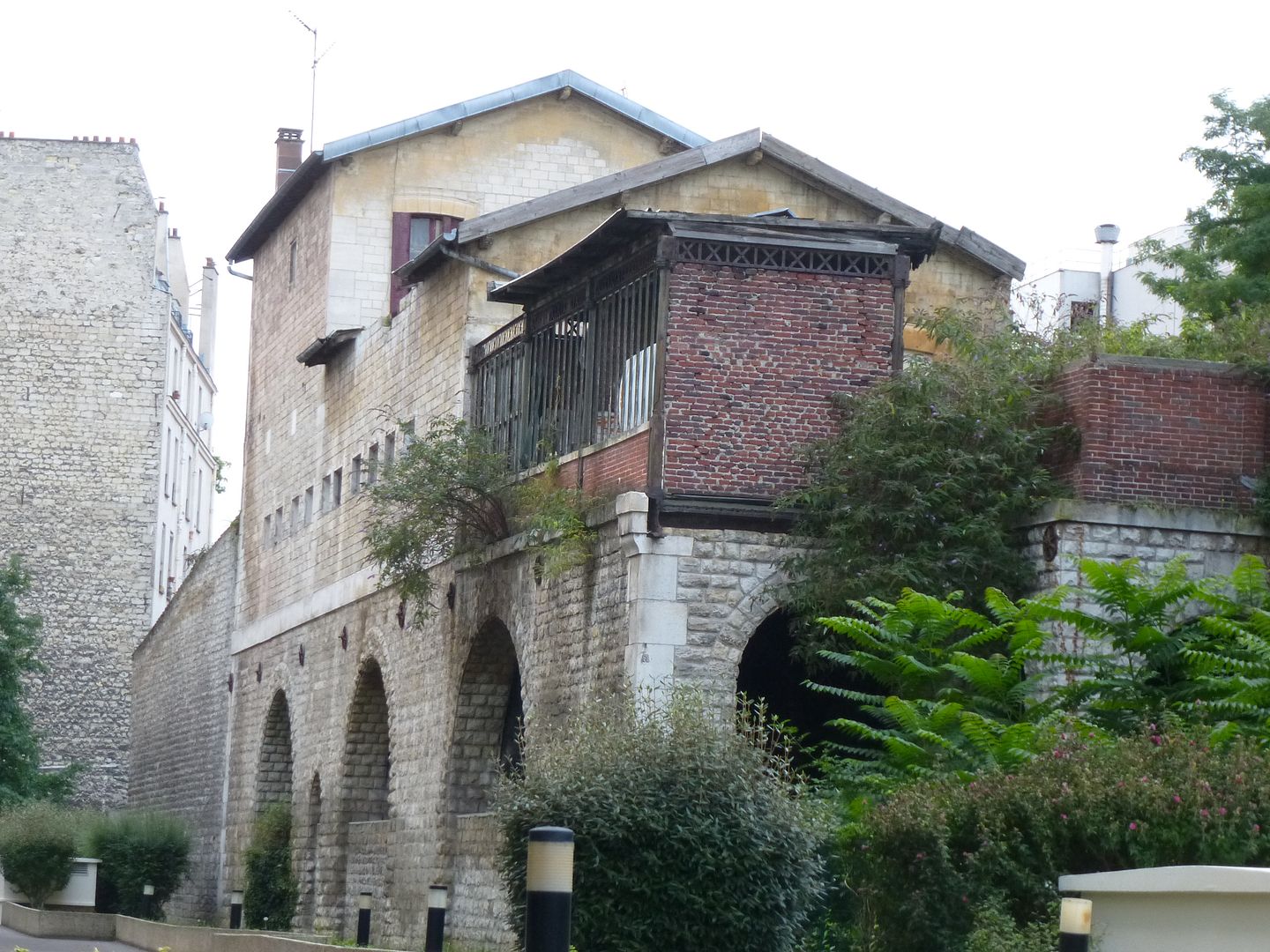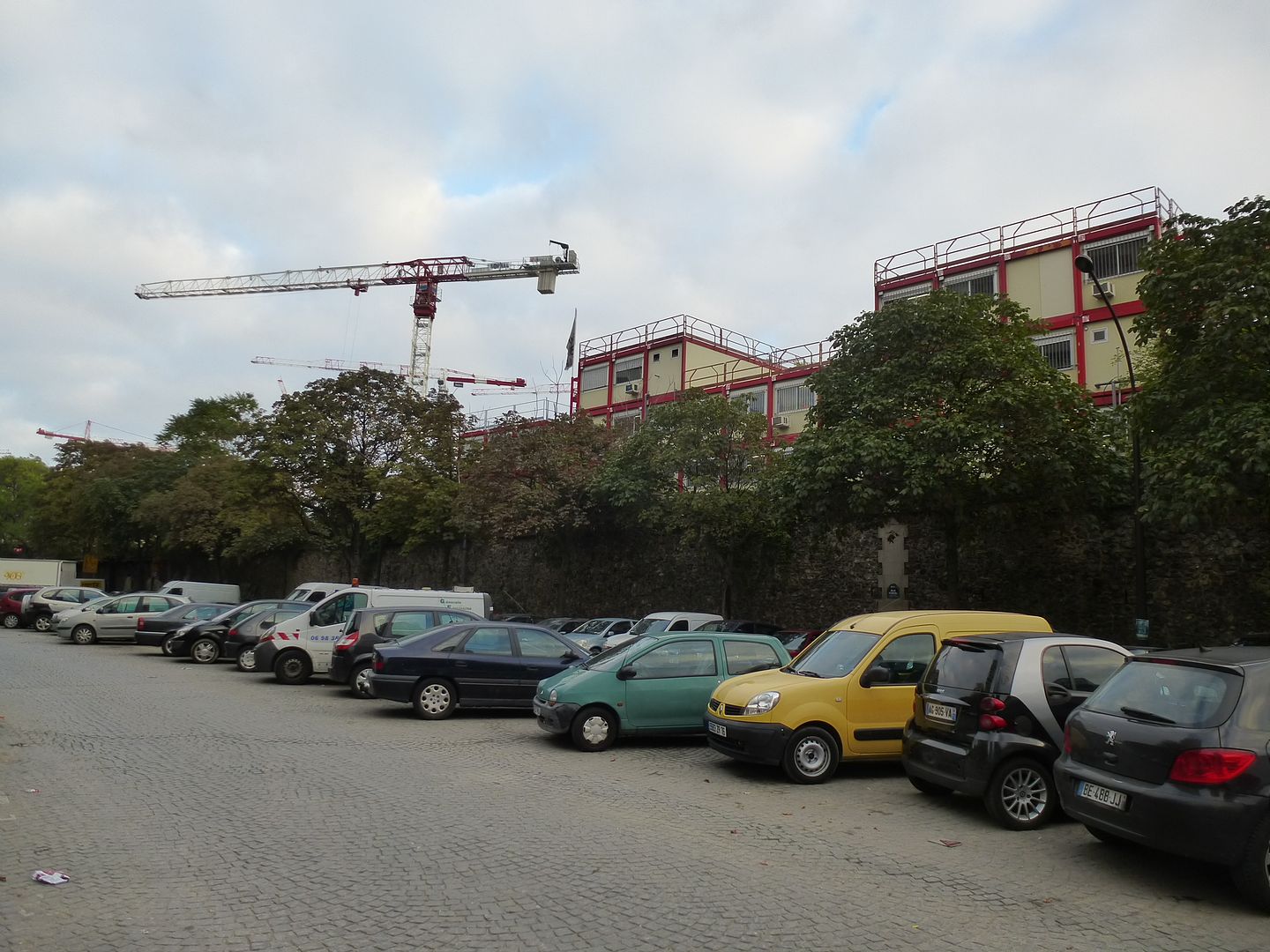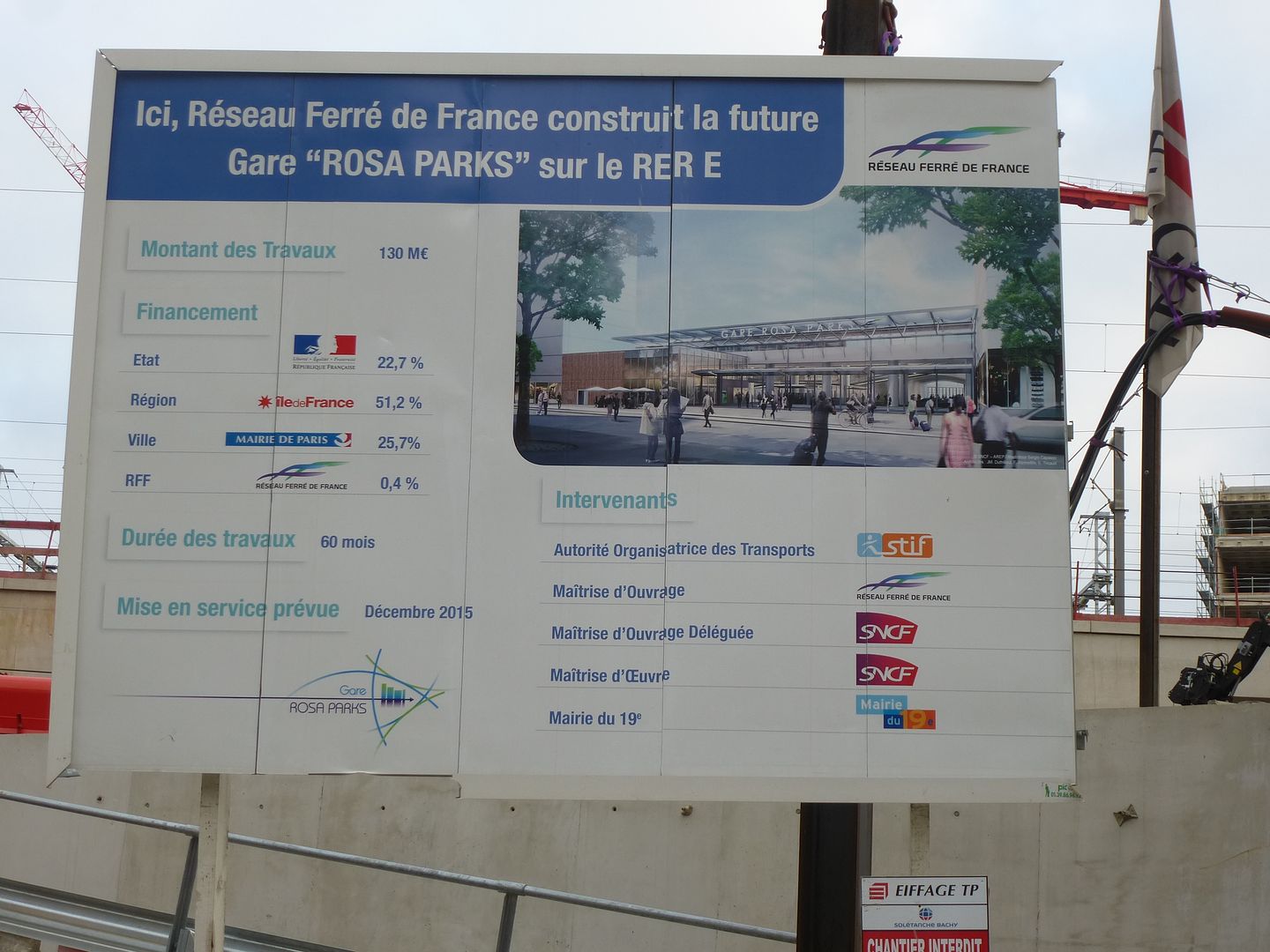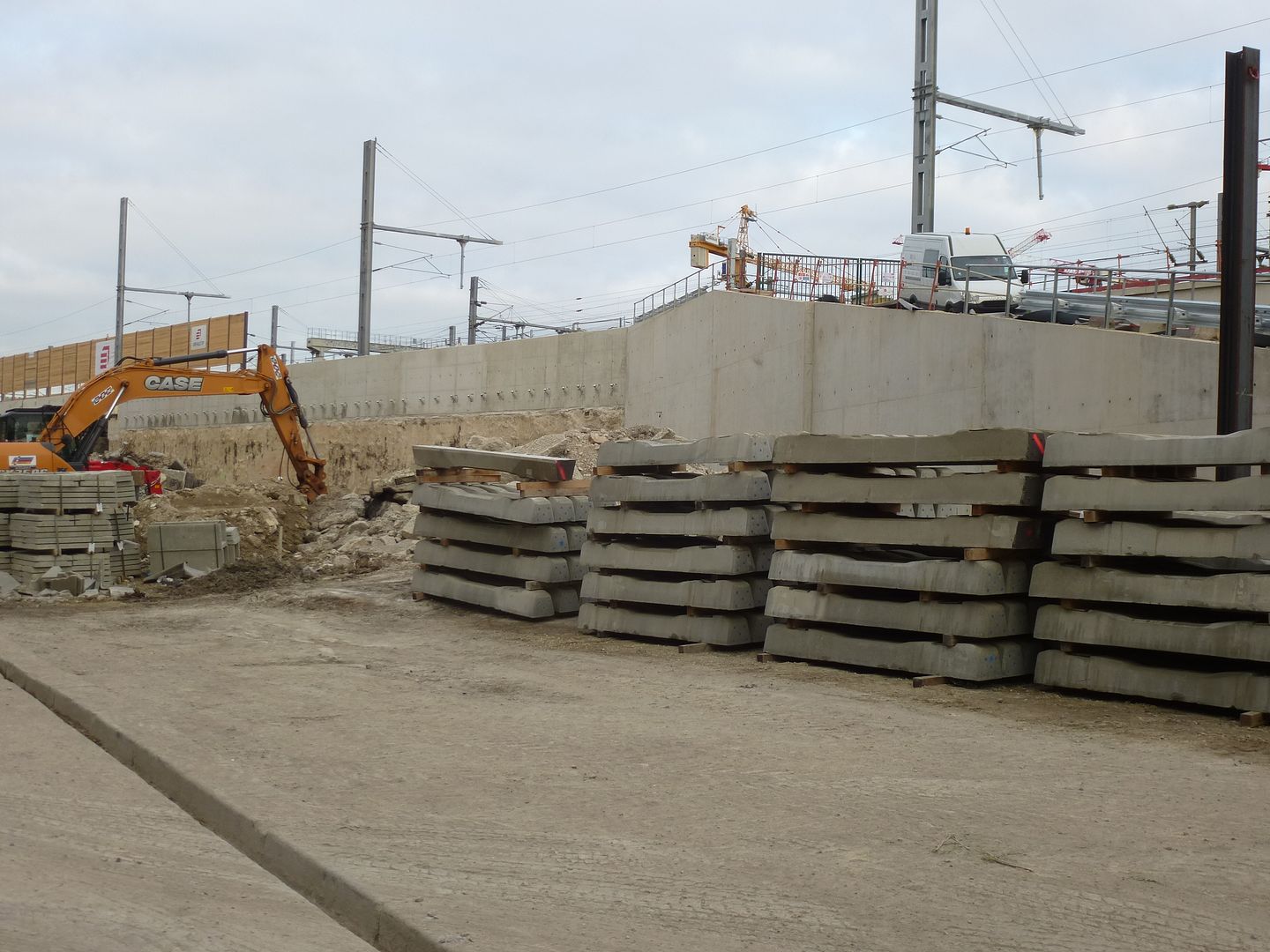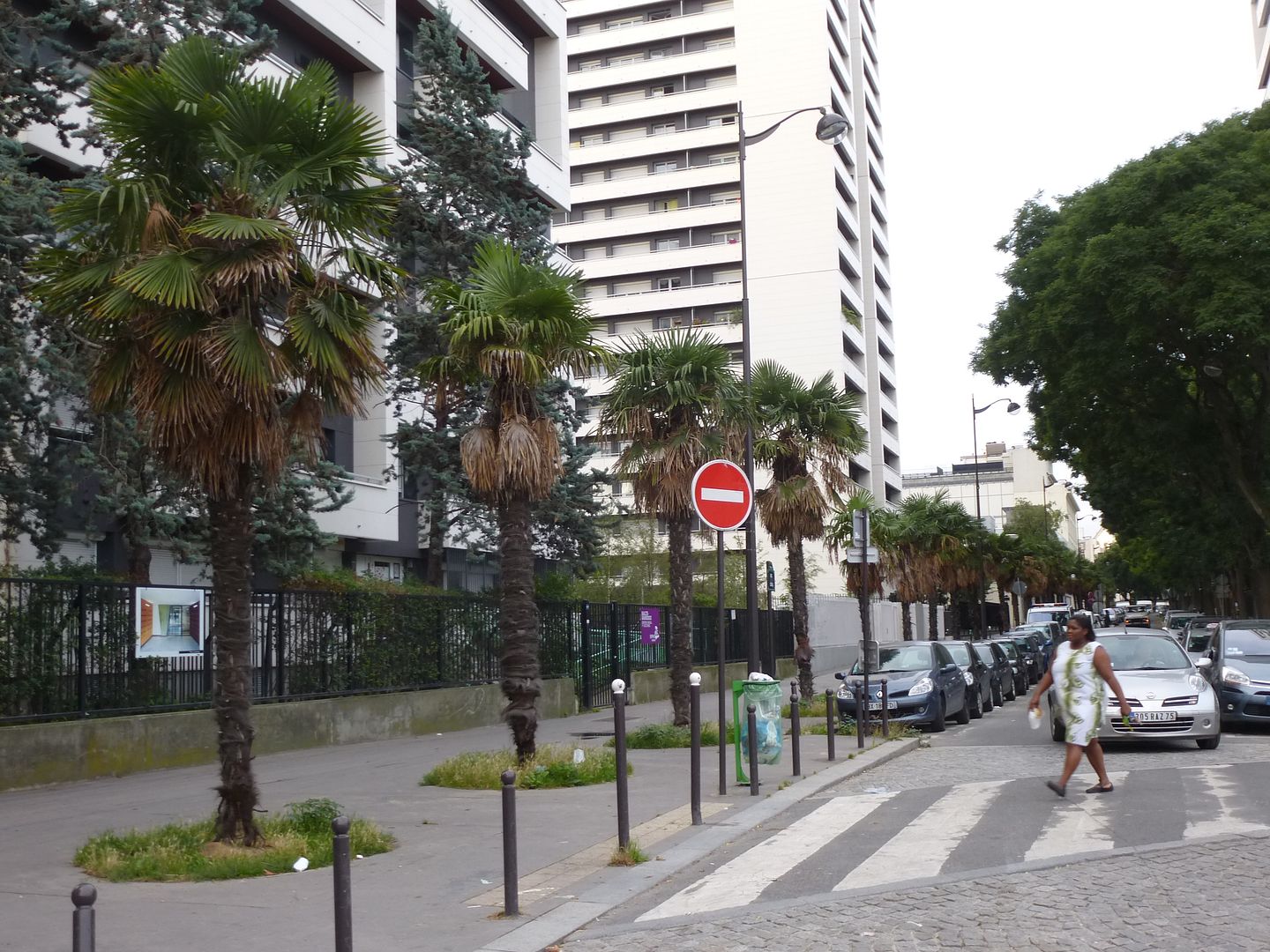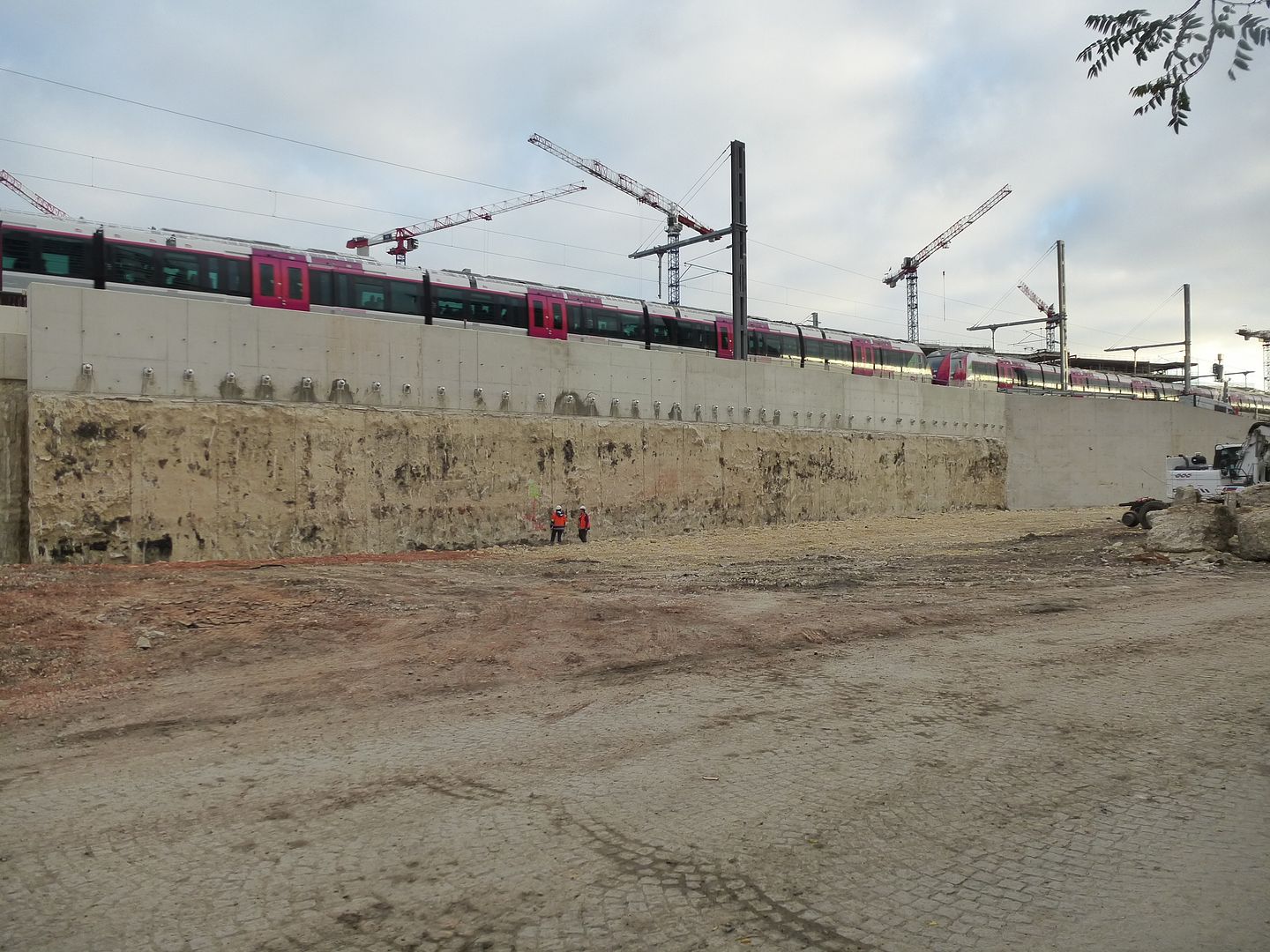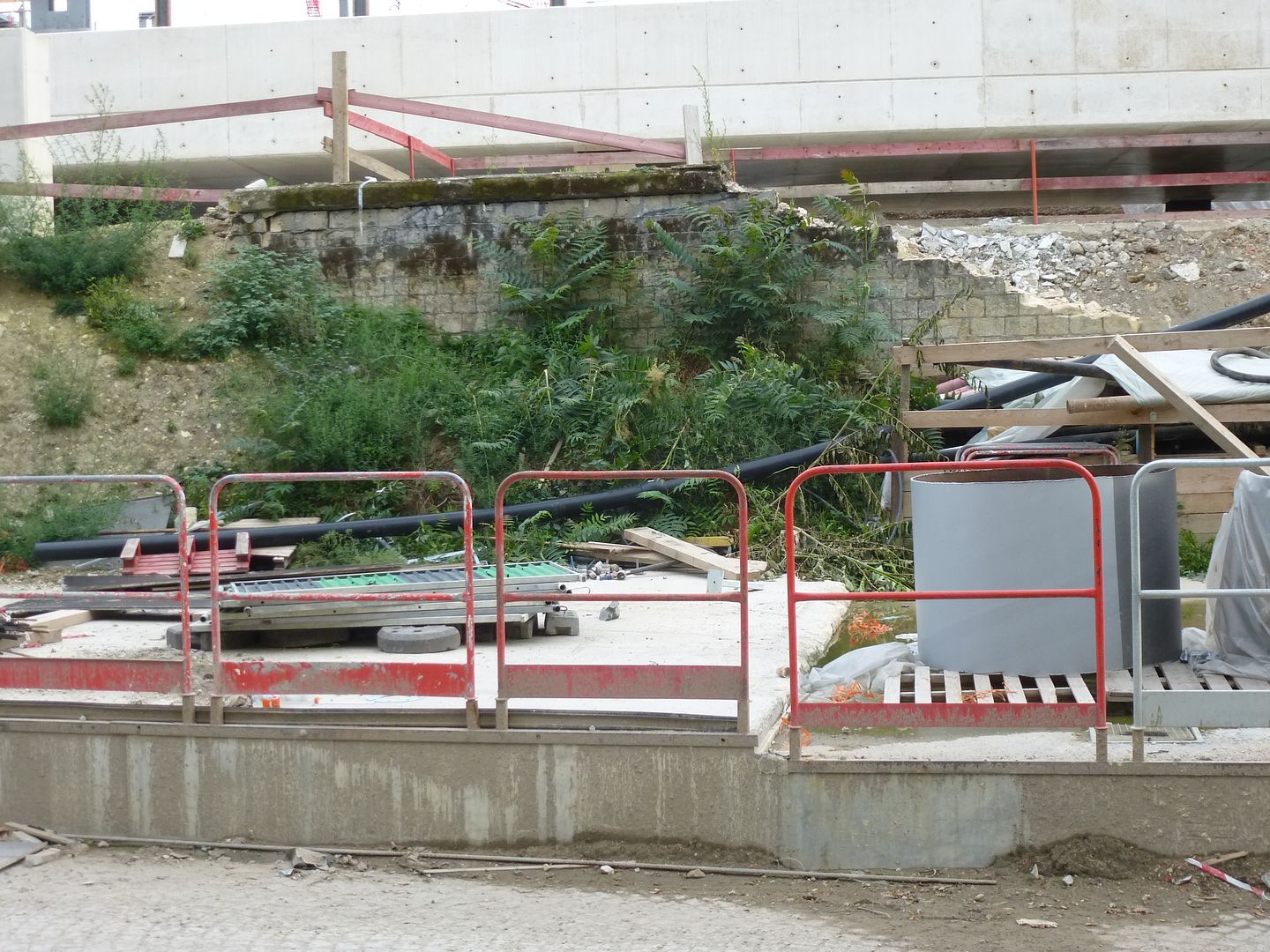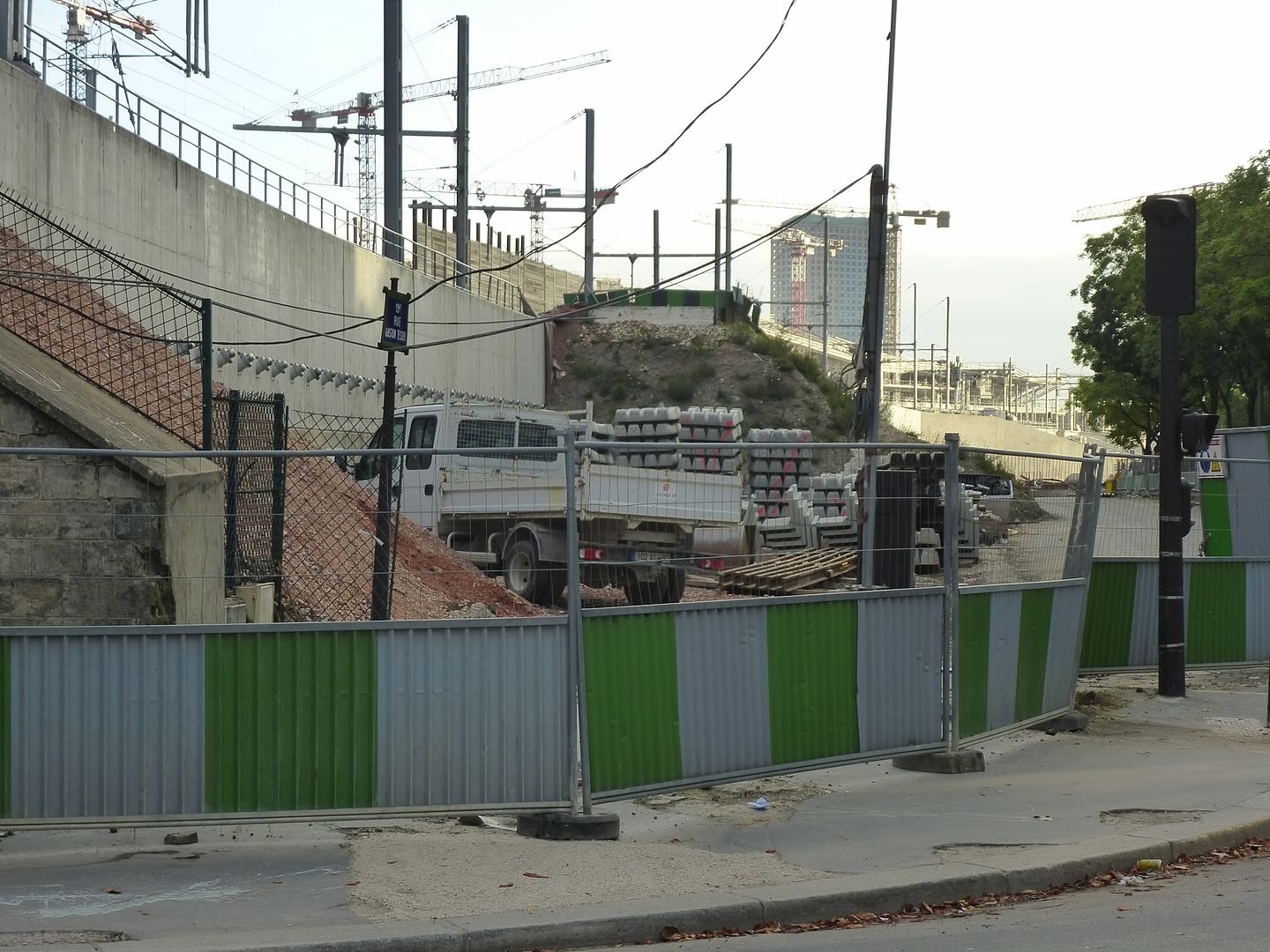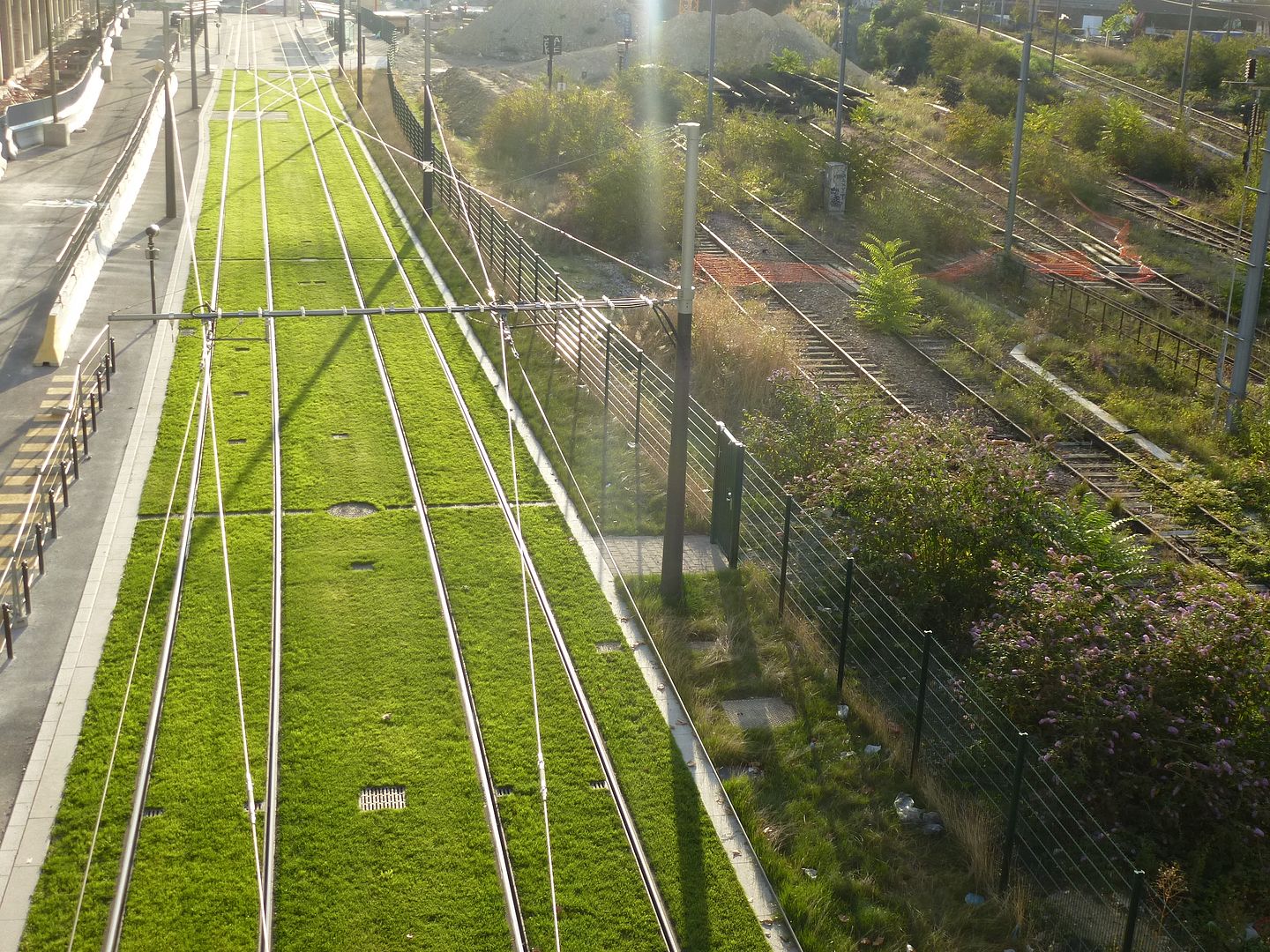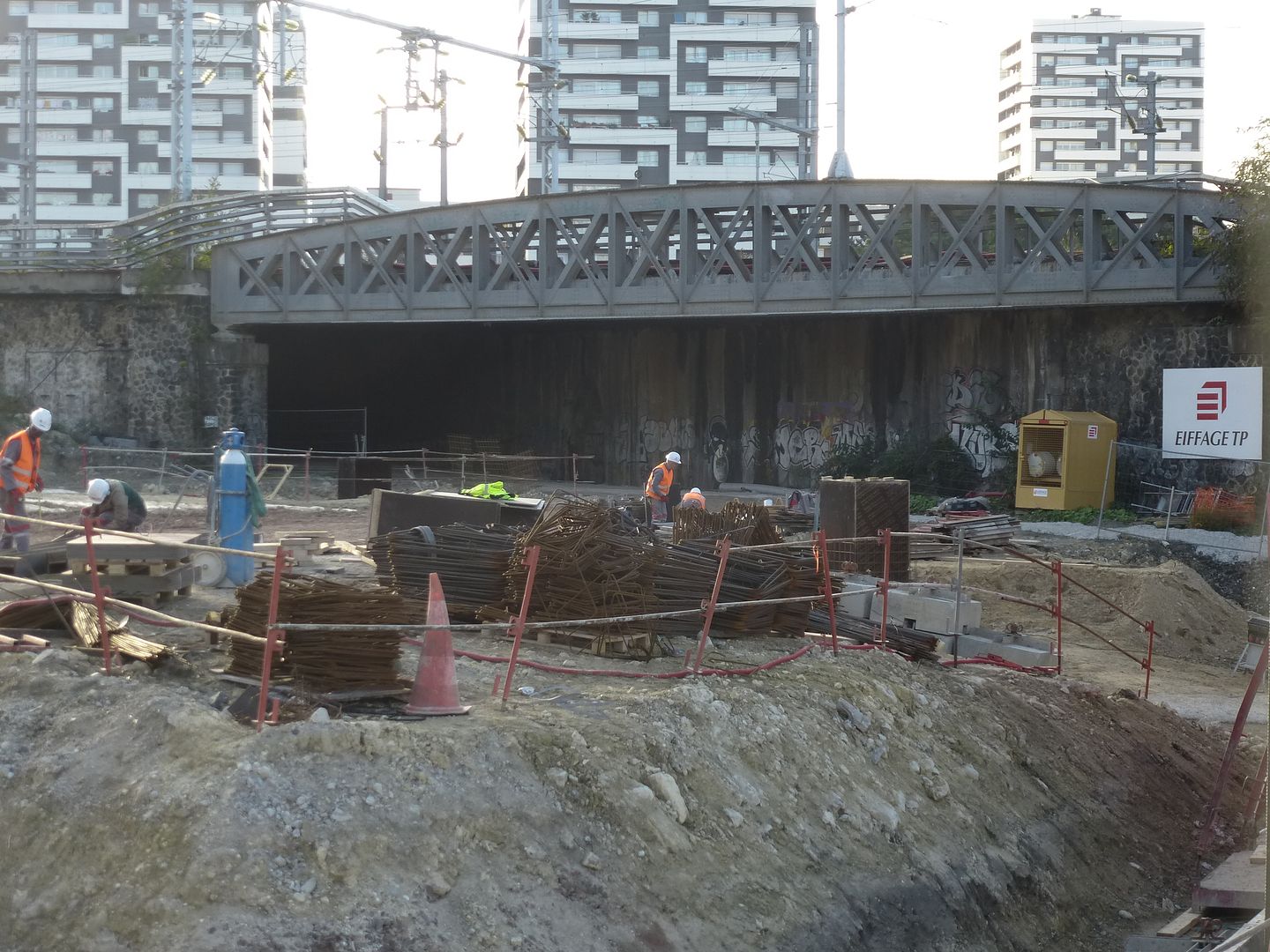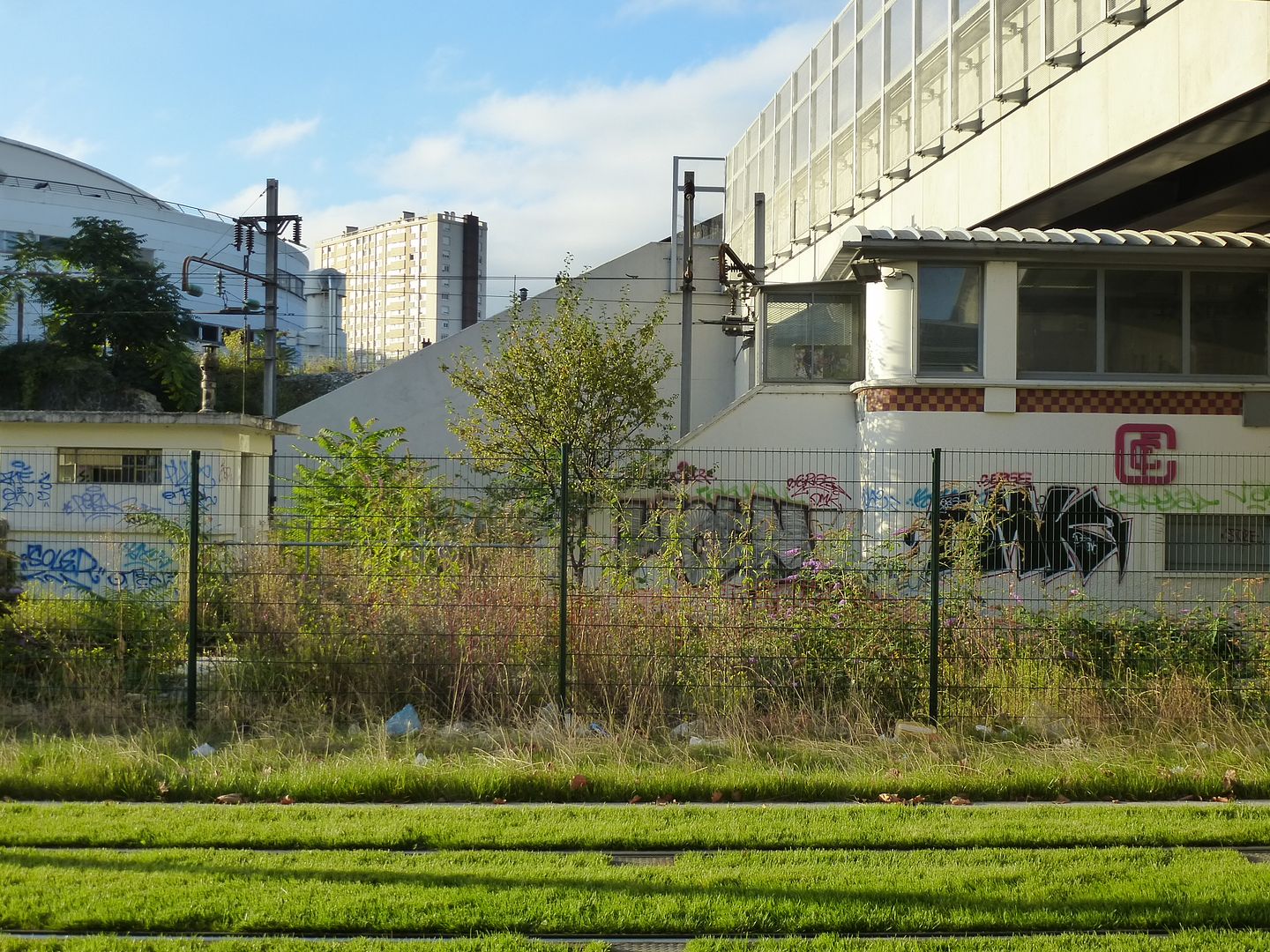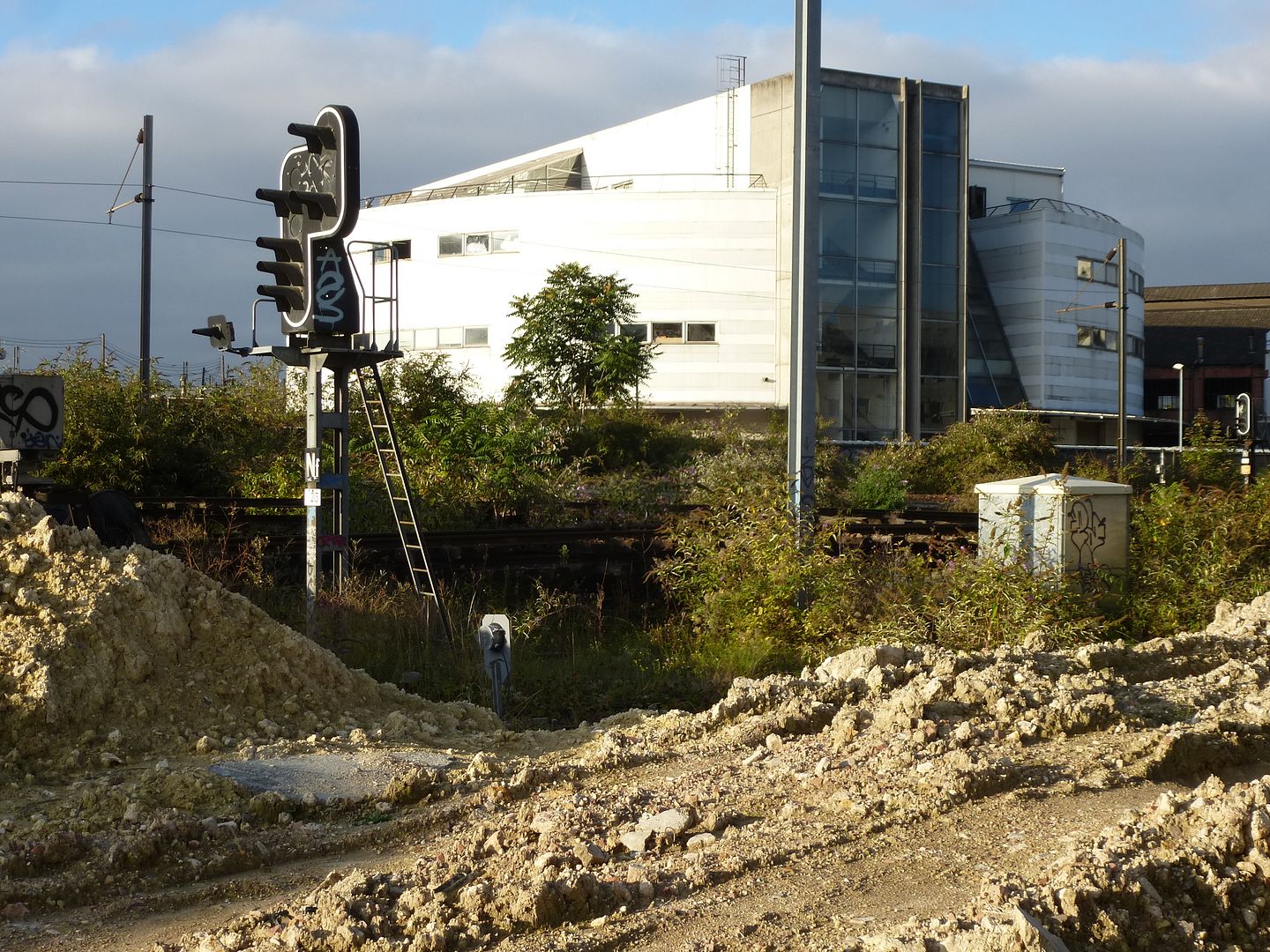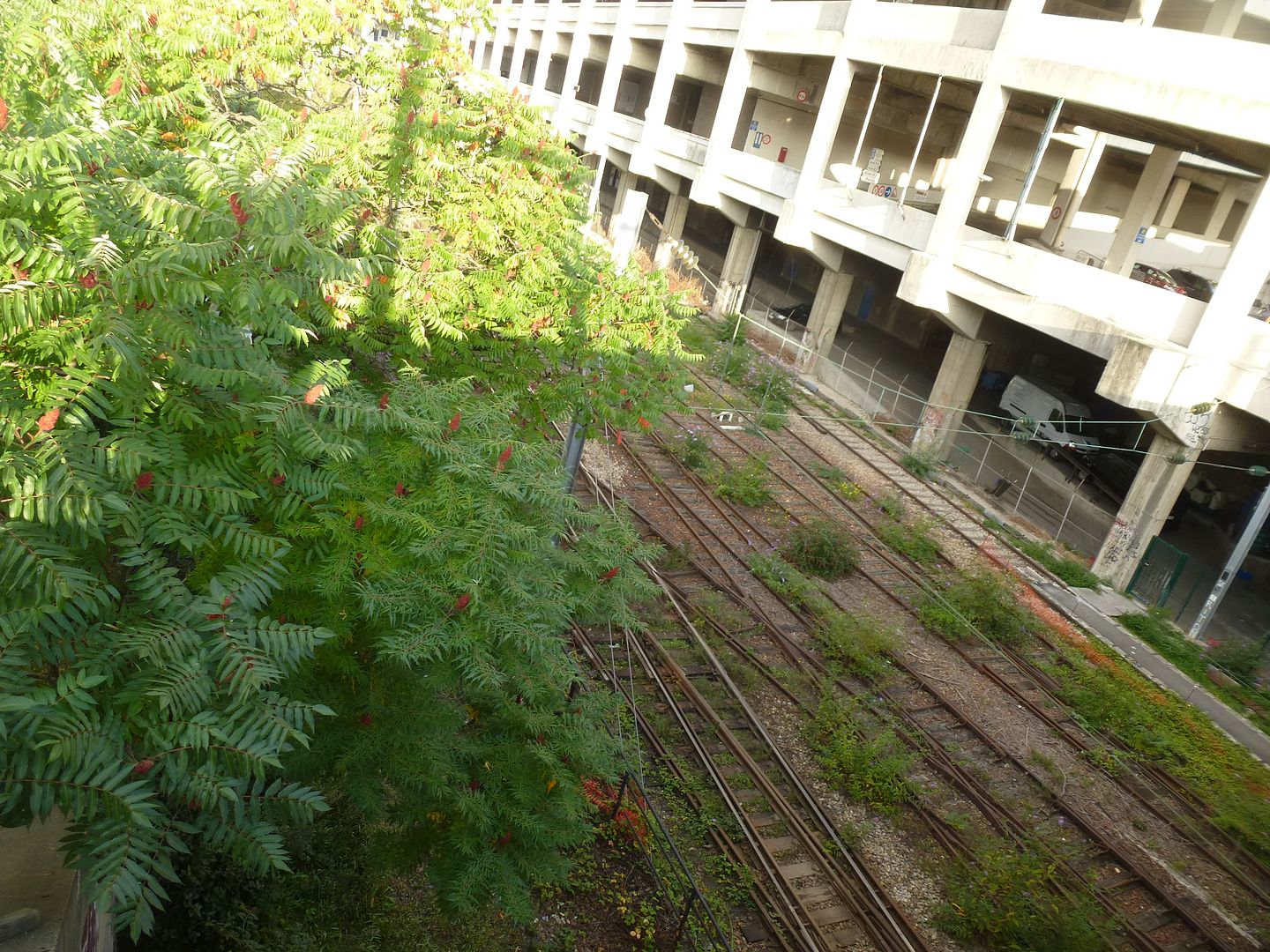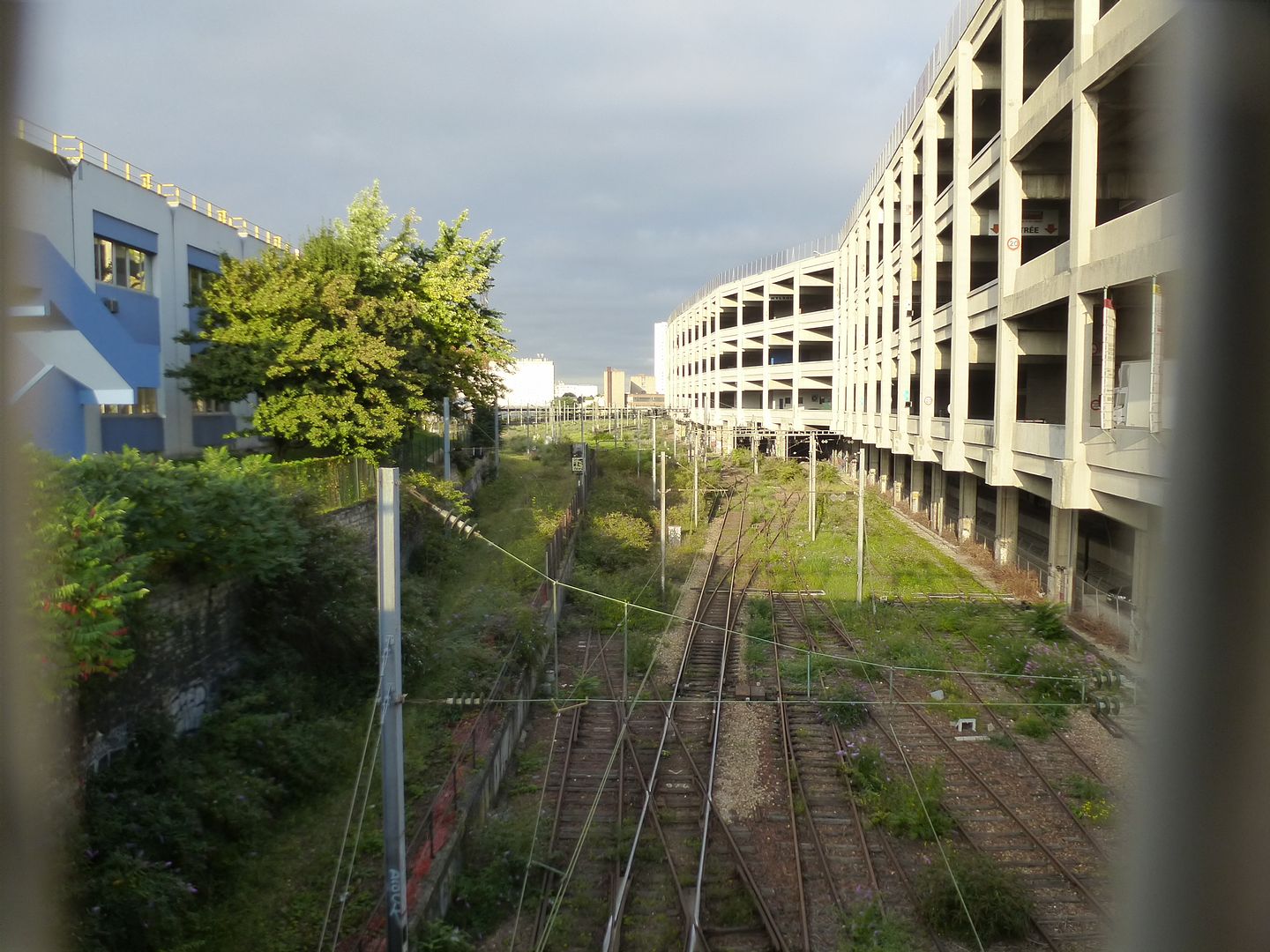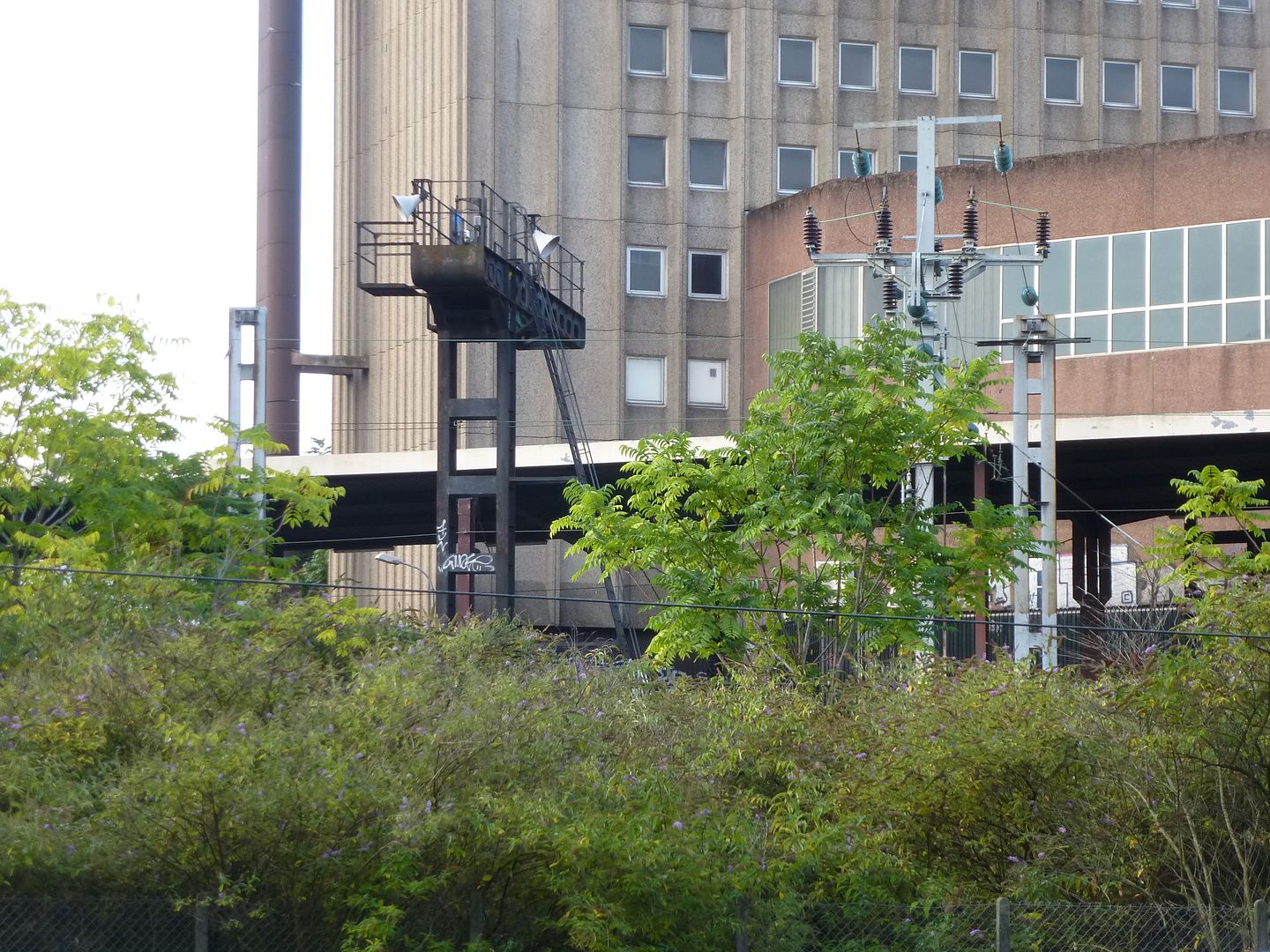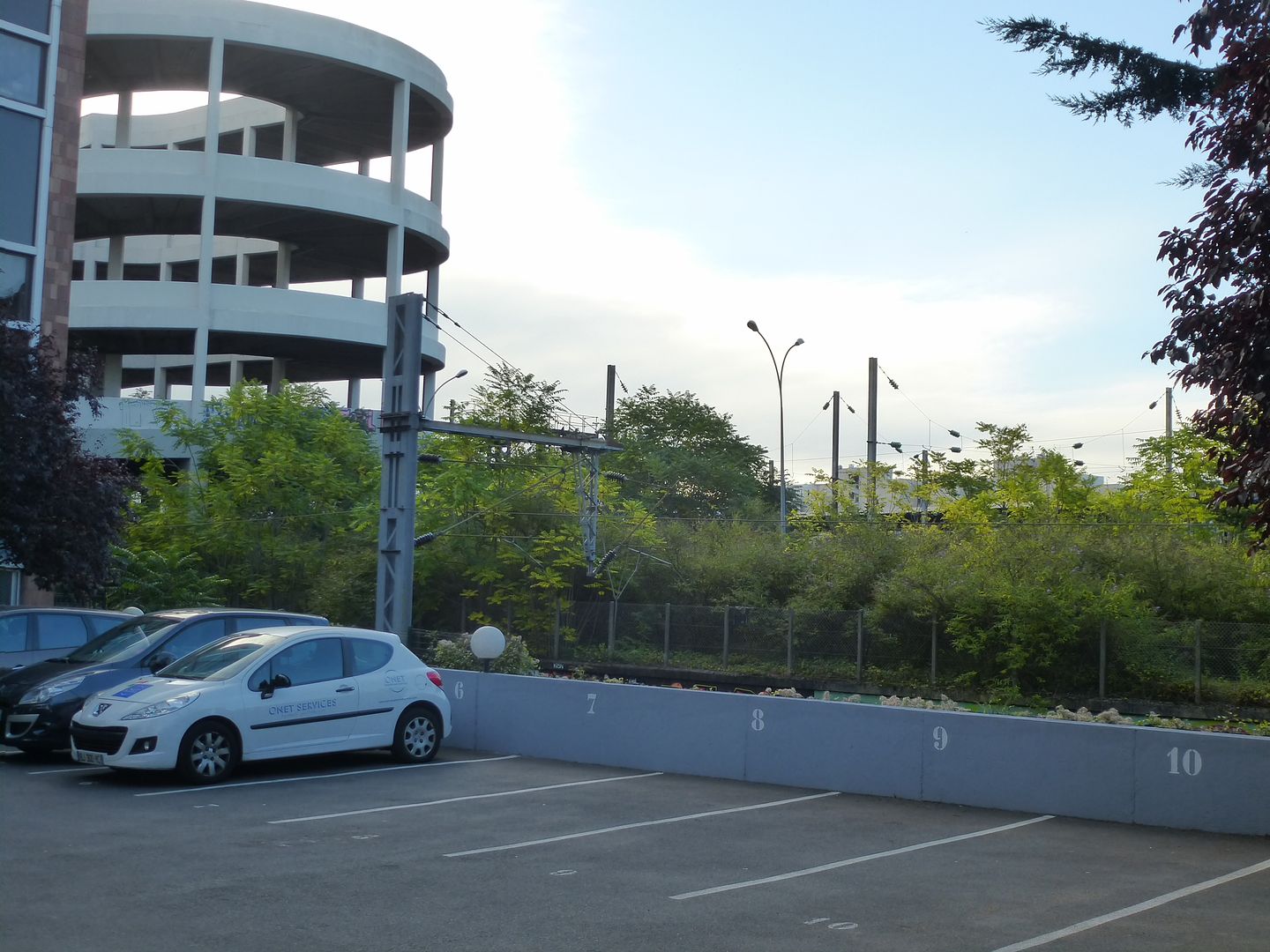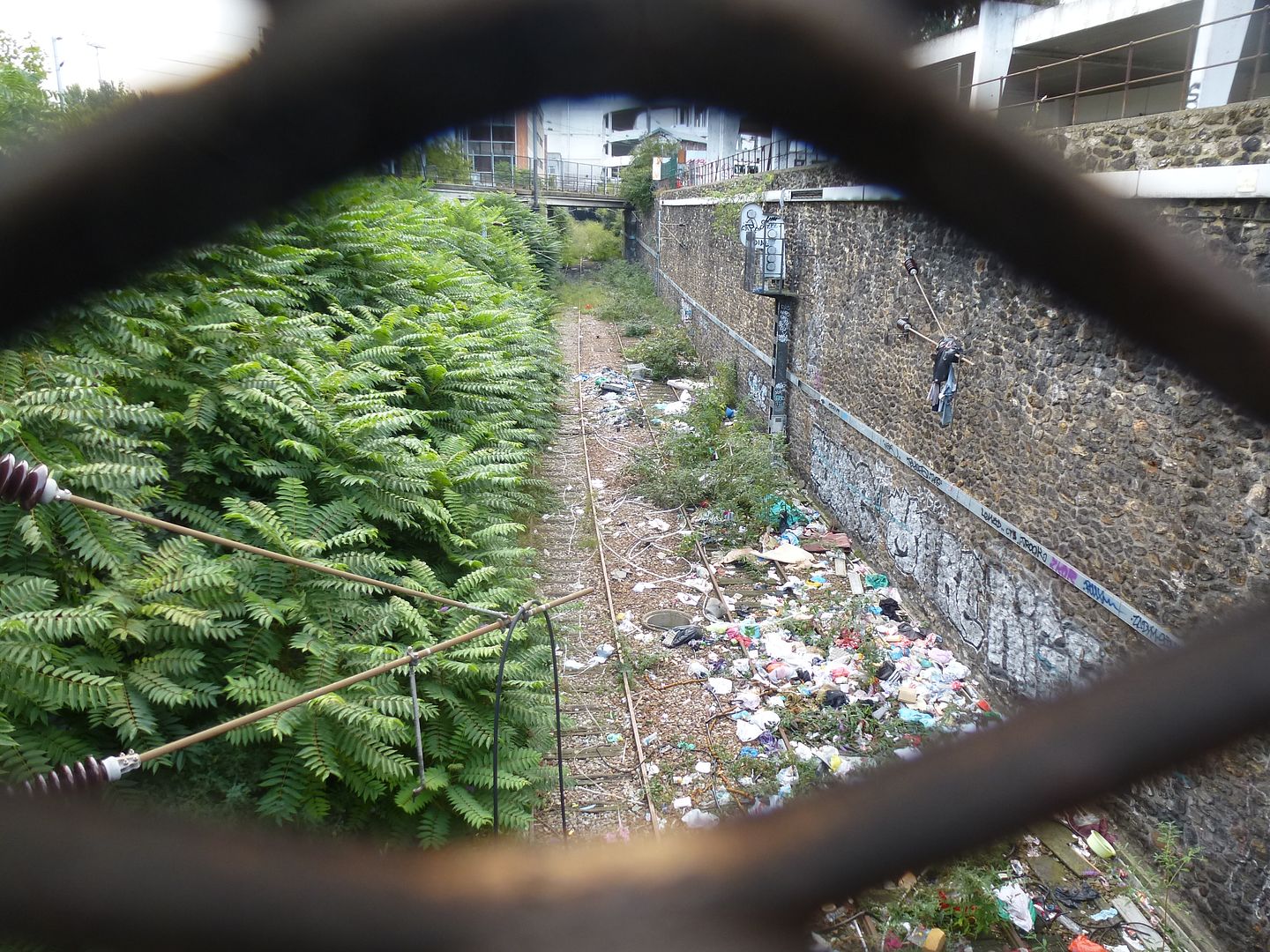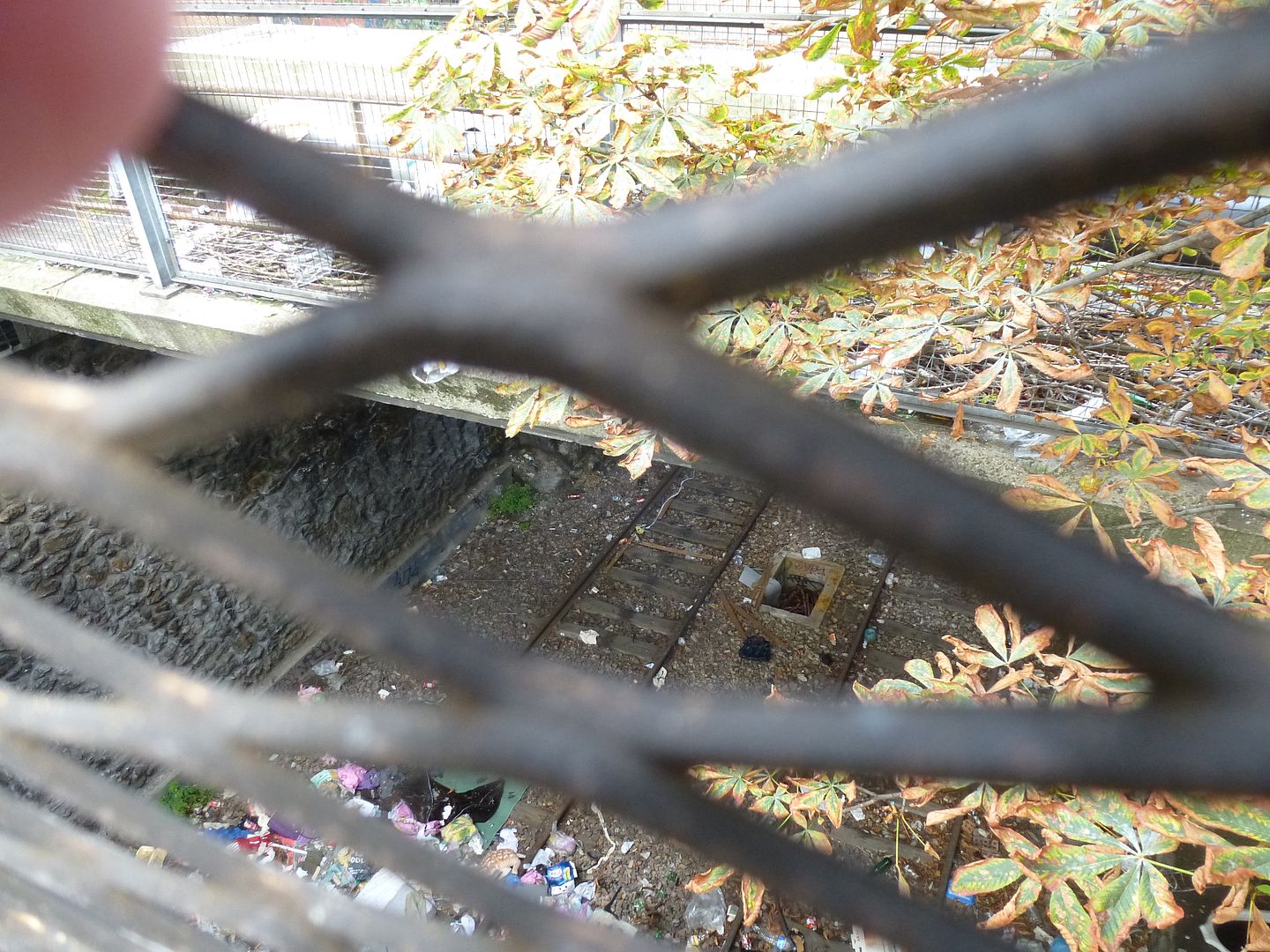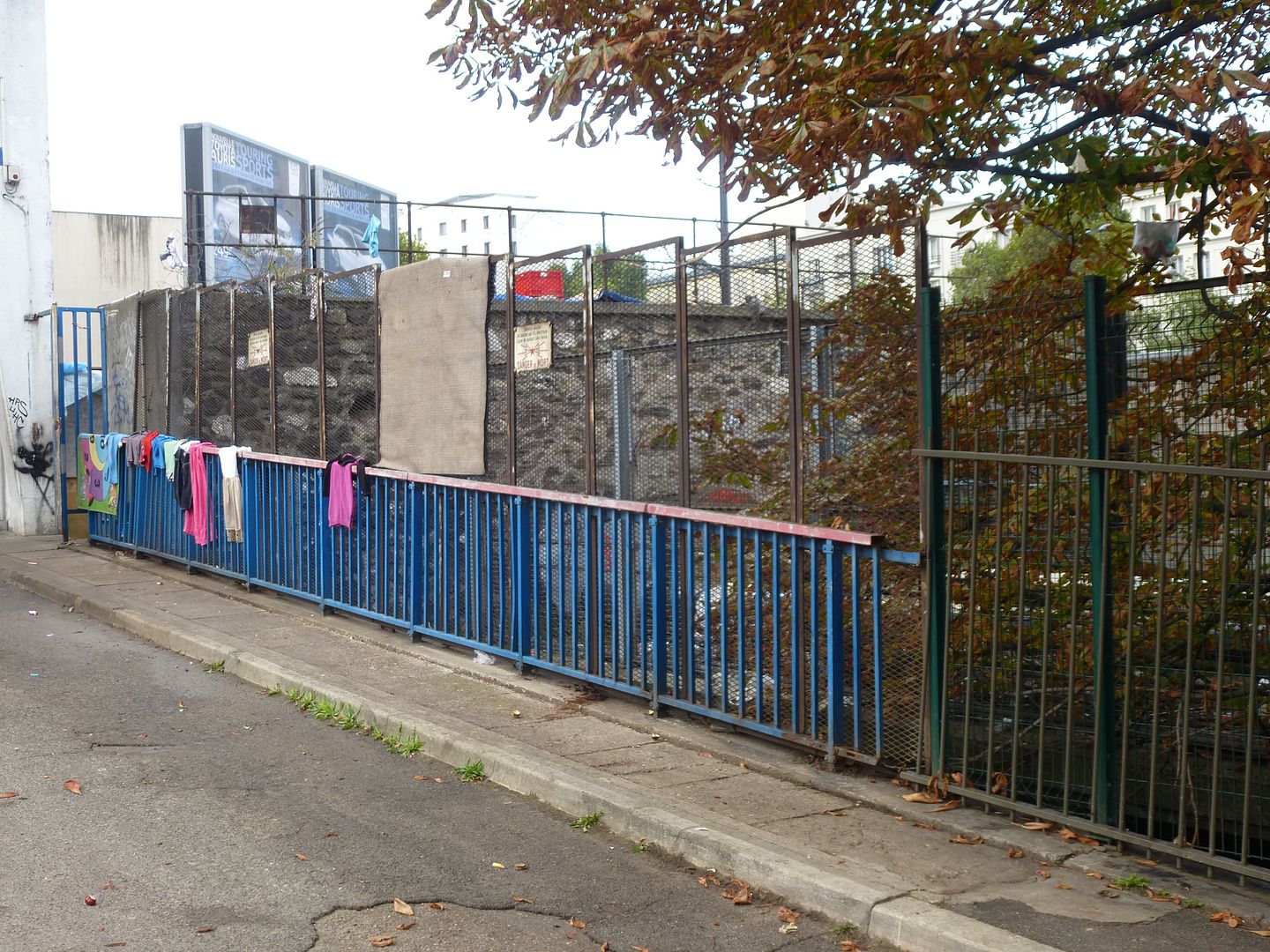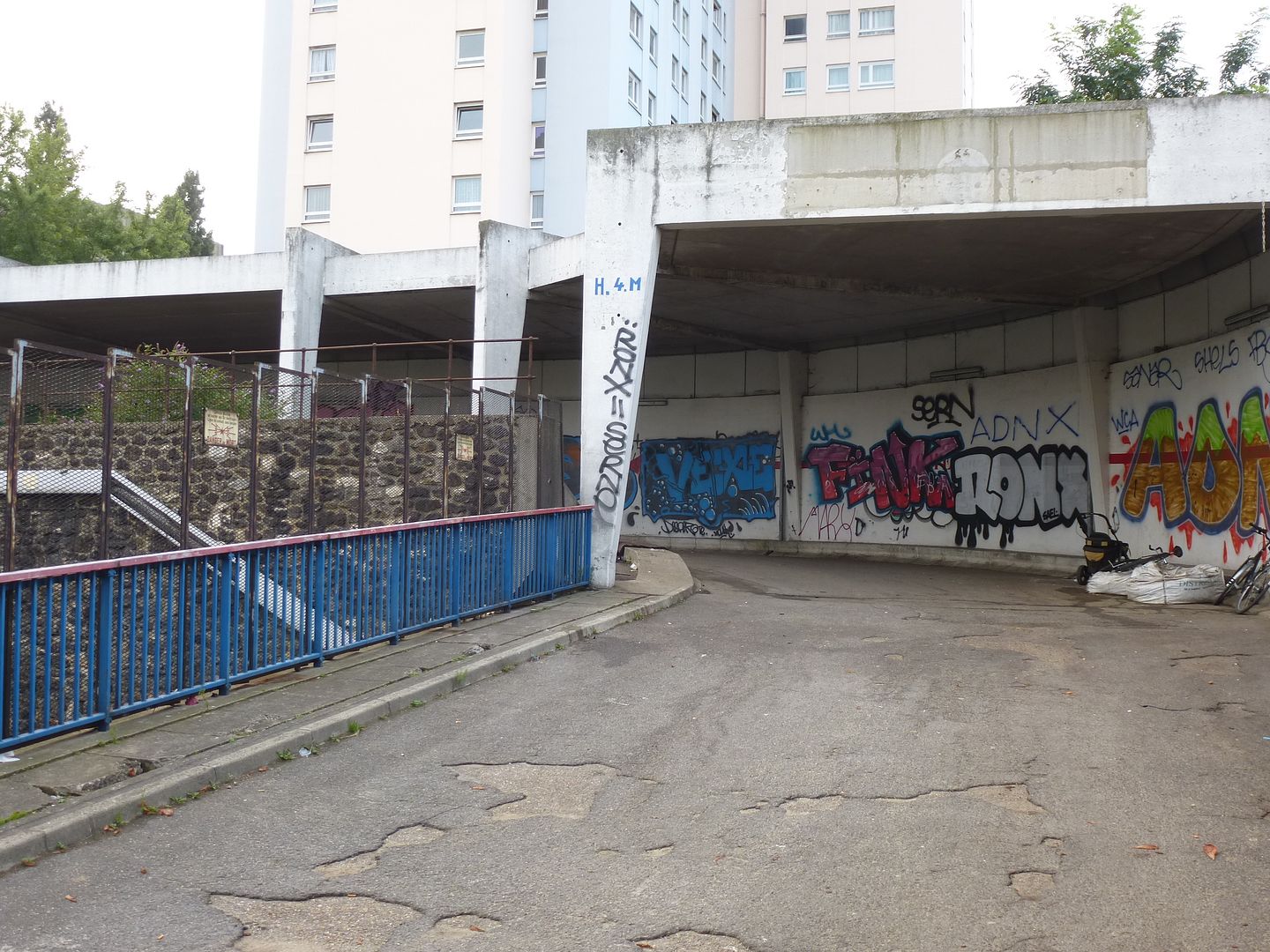|
|
Post by Deleted on Sept 18, 2013 5:41:34 GMT
The petite ceinture ("little belt") is something that intrigues all of us who live in the outer arrondissements of Paris because we see little pieces of it almost every day as we go about our business. People who live or stay in the centre barely know that it exists and are often surprised when they see it. "I didn't know that it was still there!" It is a circular rail line that was built between 1852 and 1869, 32 kilometres long. It was first used only for freight but was opened to passenger traffic in 1867. Even though some of the old train stations have been torn down, quite a few of them are still left and sometimes have surprising uses. Anyway, due to the popularity of the metro, passenger traffic ended on almost all of the line in 1934. Most of the abandoned line is in a deep trench, which partially explains why it was ignored rather than just ripped up and built over. The main reason if the usual one, however -- the SNCF (French national railways) jealously guards every single scrap of real estate that it owns "just in case" and when a transaction is made to take over some SNCF land, it costs a king's ransom. You could still see freight trains on parts of the petite ceinture until the beginning of the 1990's. Even though I regularly saw these trains when I lived in the 19th arrondissement, I never really found the answer to my question "what on earth kind of freight can they be transporting through the middle of Paris?" As the old line crumbles, it becomes more and more interesting, so obviously now there are a number of projects for it. We'll get to those later, but first of all I just wanted to follow the line as best as I could for a section of its itinerary. I wasn't quite sure where I should begin, but since I was already on the metro line to Porte d'Orléans, I decided to start there. I wasn't sure exactly where the line was in that part of Paris, but I got off one stop early at Alésia and immediately spotted it on the area map of the immediate neighbourhood. |
|
|
|
Post by Deleted on Sept 18, 2013 5:56:50 GMT
Ah, here is an old station "Ouest Ceinture" which actually only closed in 1986. That's because although it used to serve the circular line, it was also on the line going out of Gare Montparnasse which crossed it. It was killed by the construction of the TGV line going west out of Paris which needed its track space. Anyway, it no longer had very many passengers. |
|
|
|
Post by Deleted on Sept 18, 2013 6:18:27 GMT
Since the Montparnasse rail lines are massive, I had no alternative but to hike over to Boulevard Brune to go under. 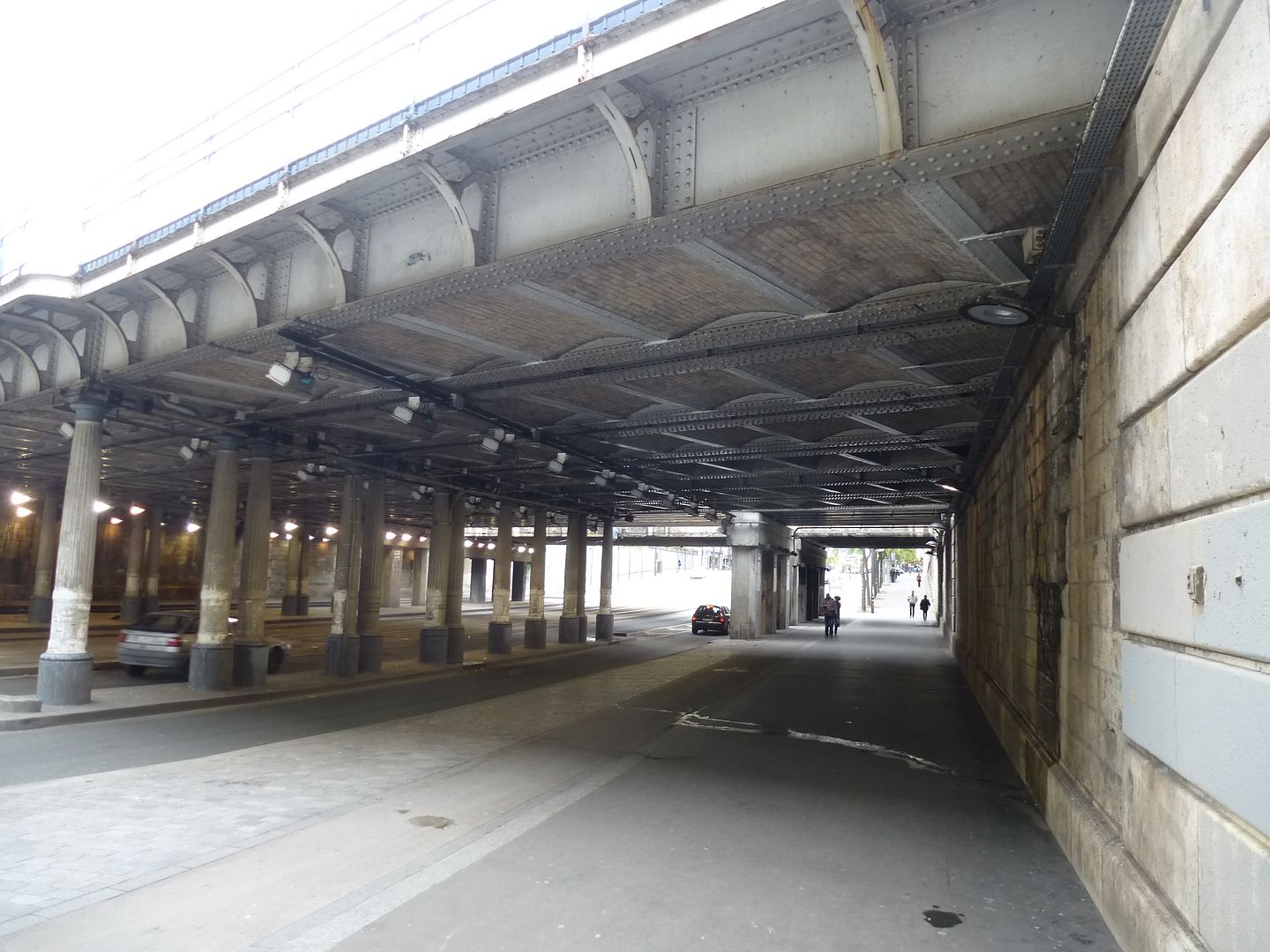 I found the rails on the other side, but I still couldn't get to them. 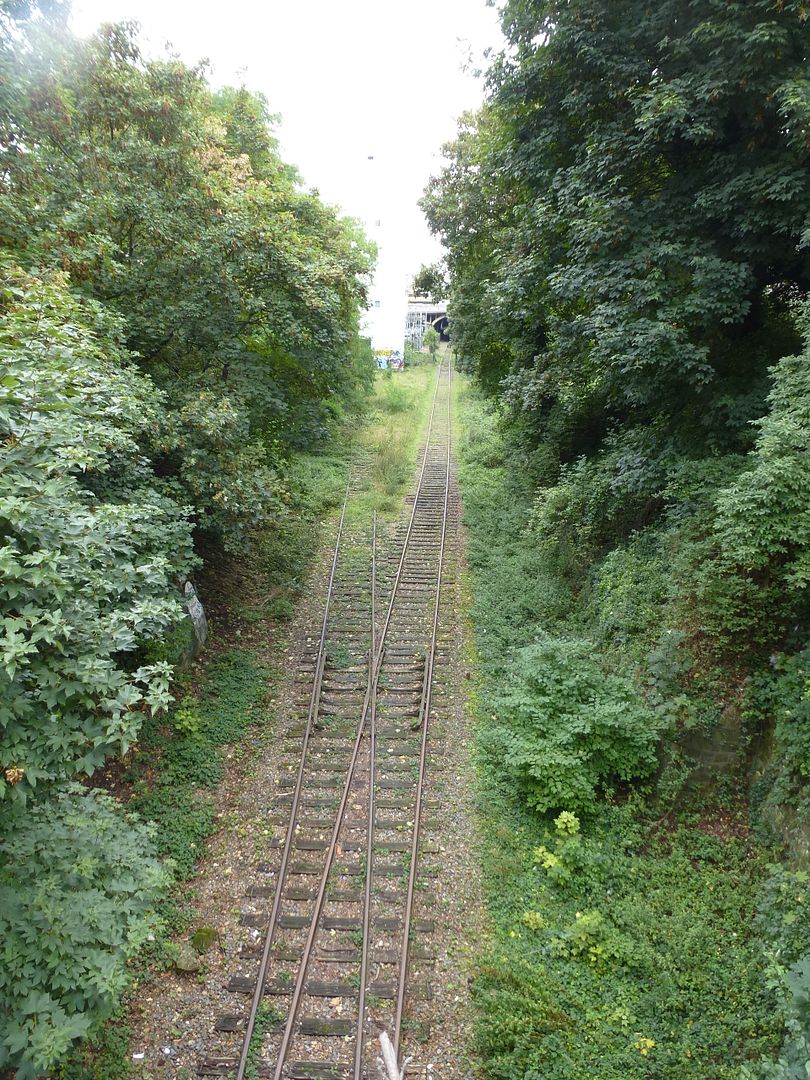 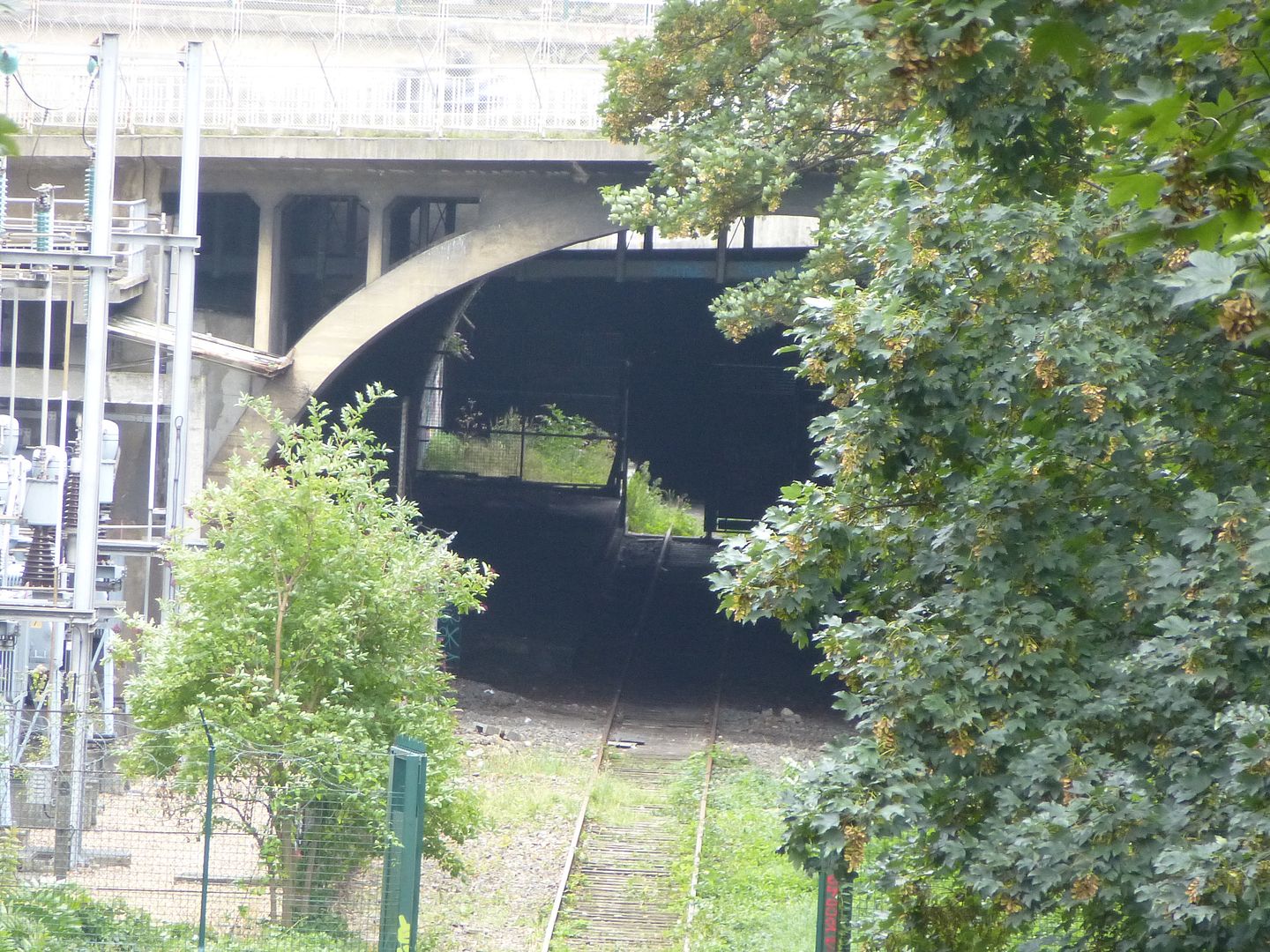 one more bridge to cross 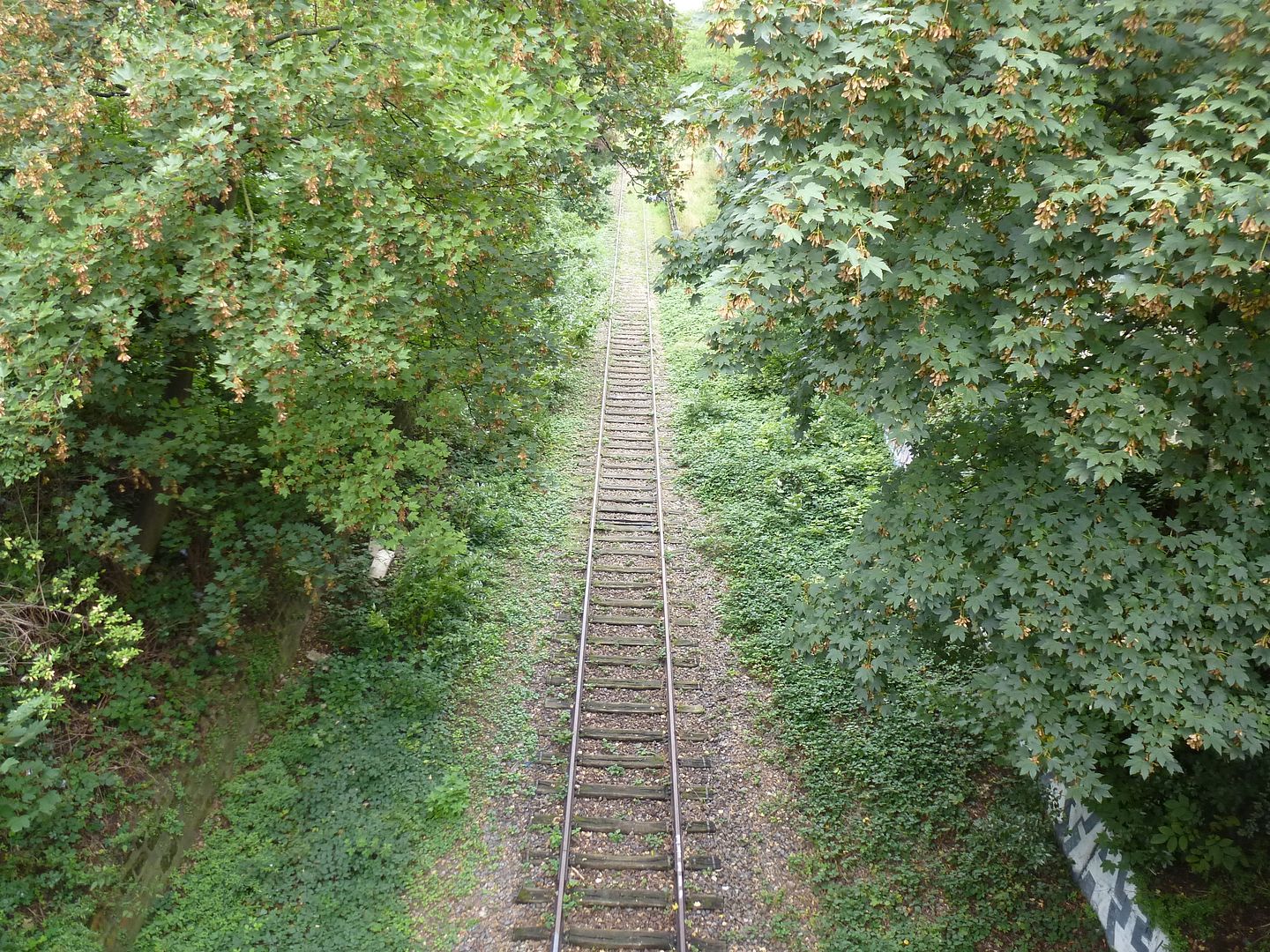 I had to enter to Parc Georges Brassens to continue. 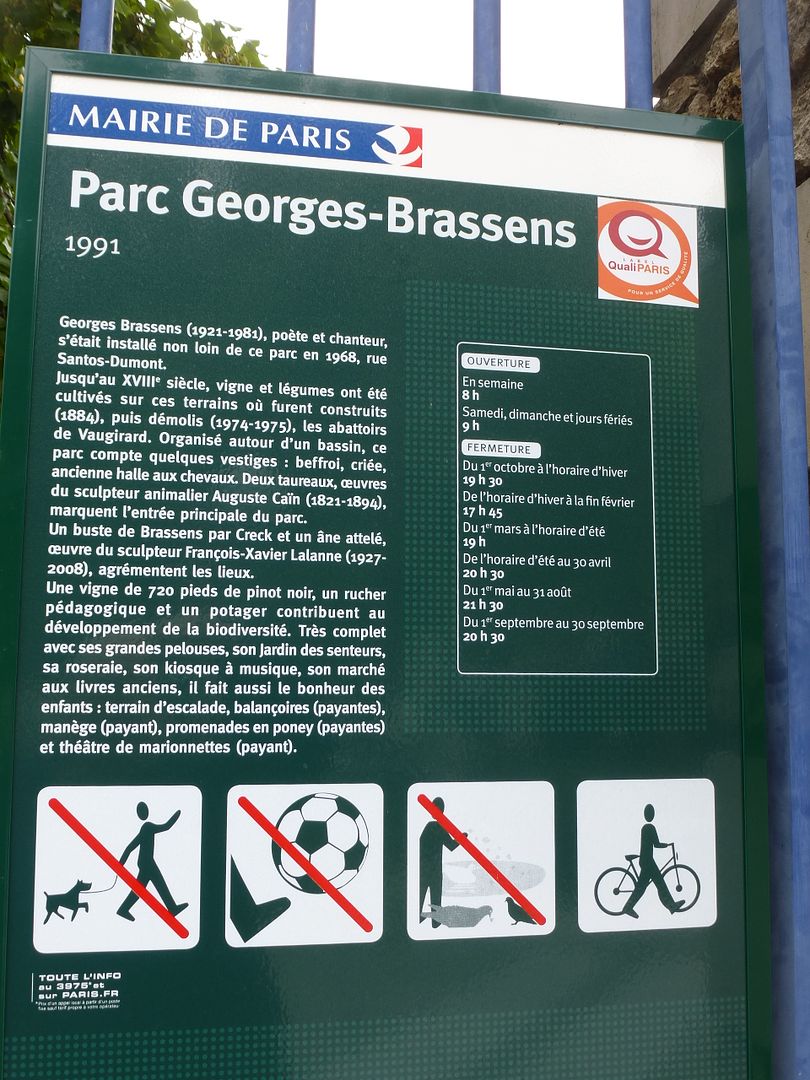 Most of it is not very pretty, but it is green. It used to be the central abattoir for Paris. 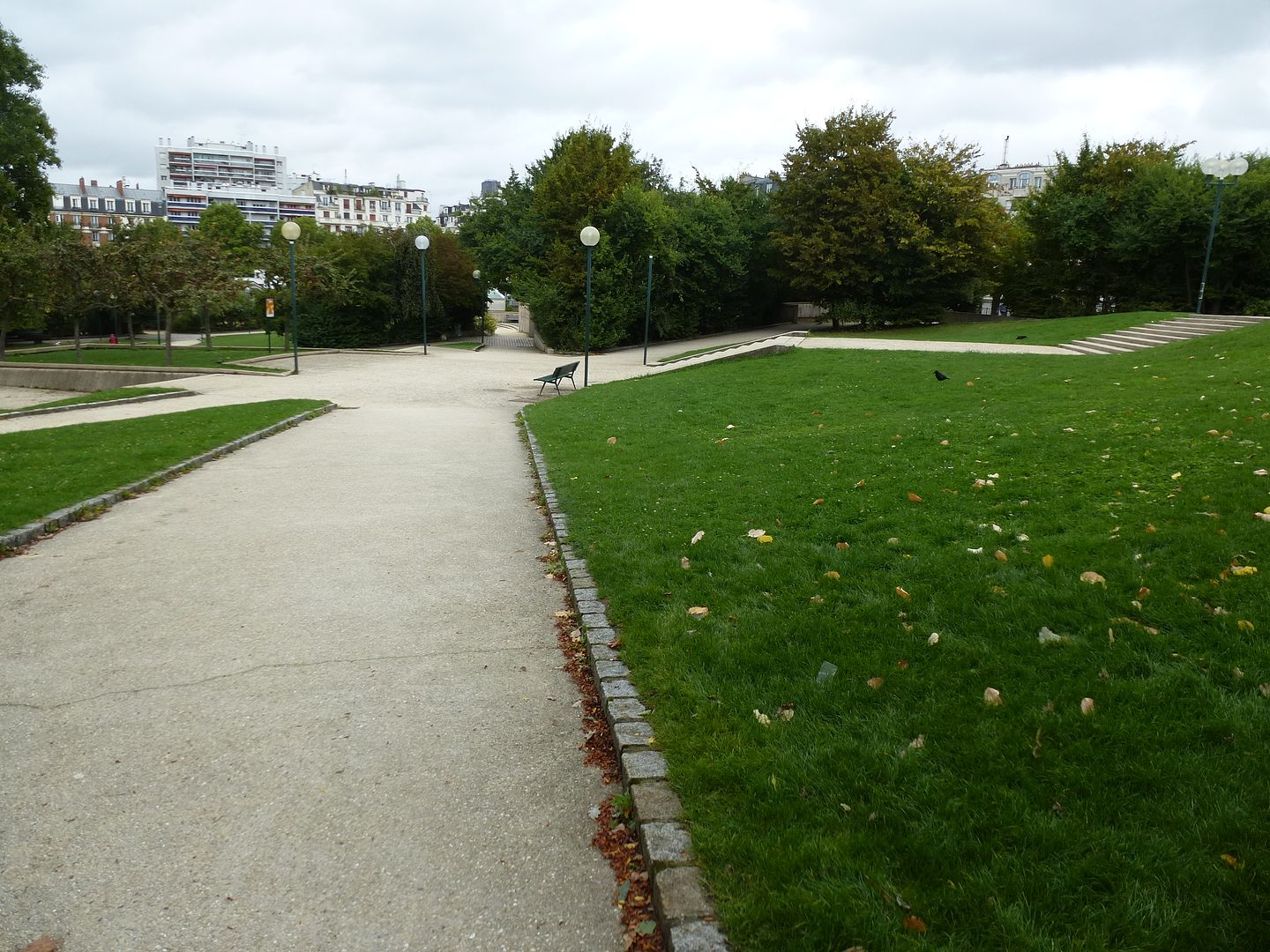 Under the remaining slaughter hangars, the Sunday book market takes place. 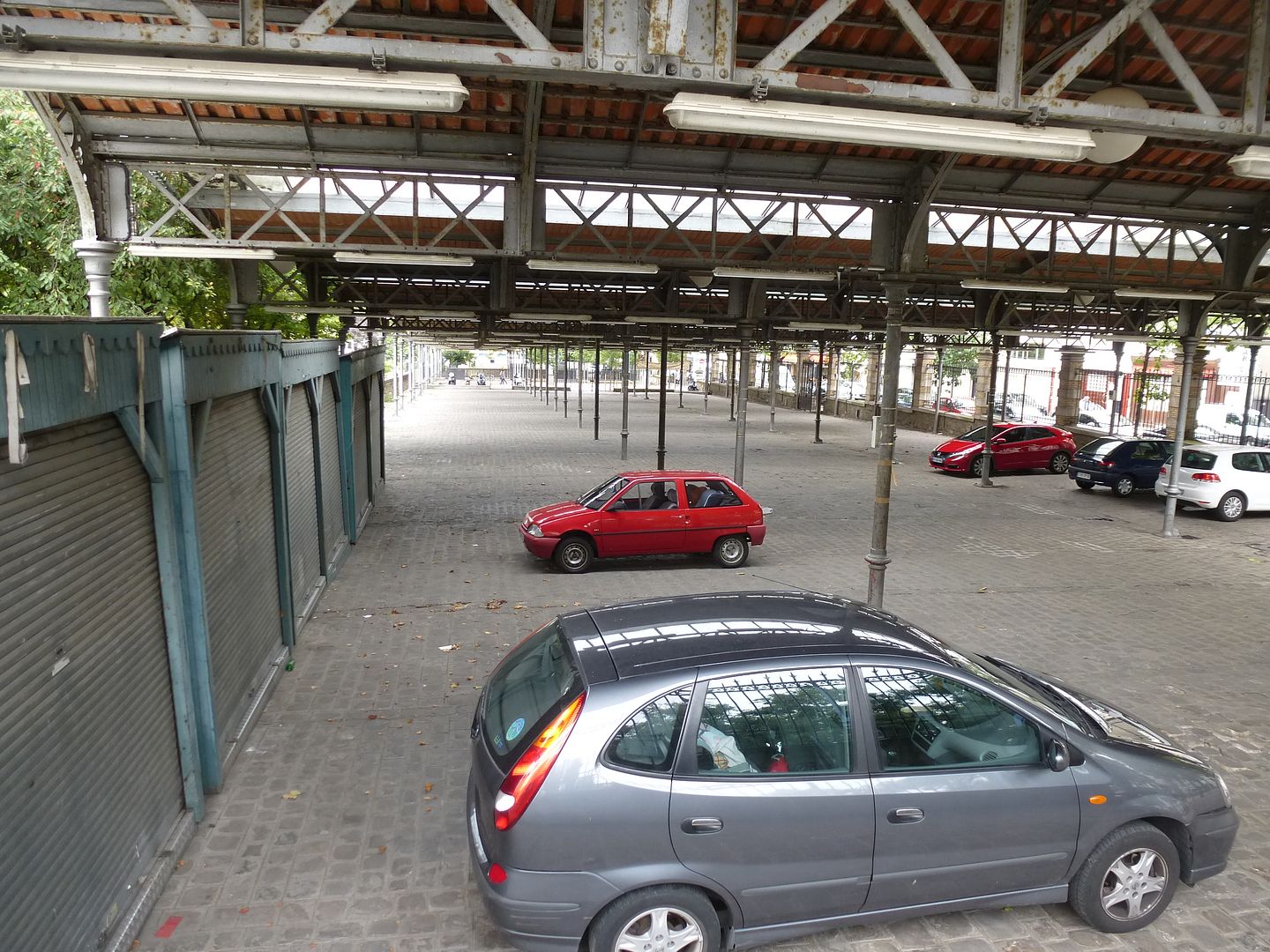 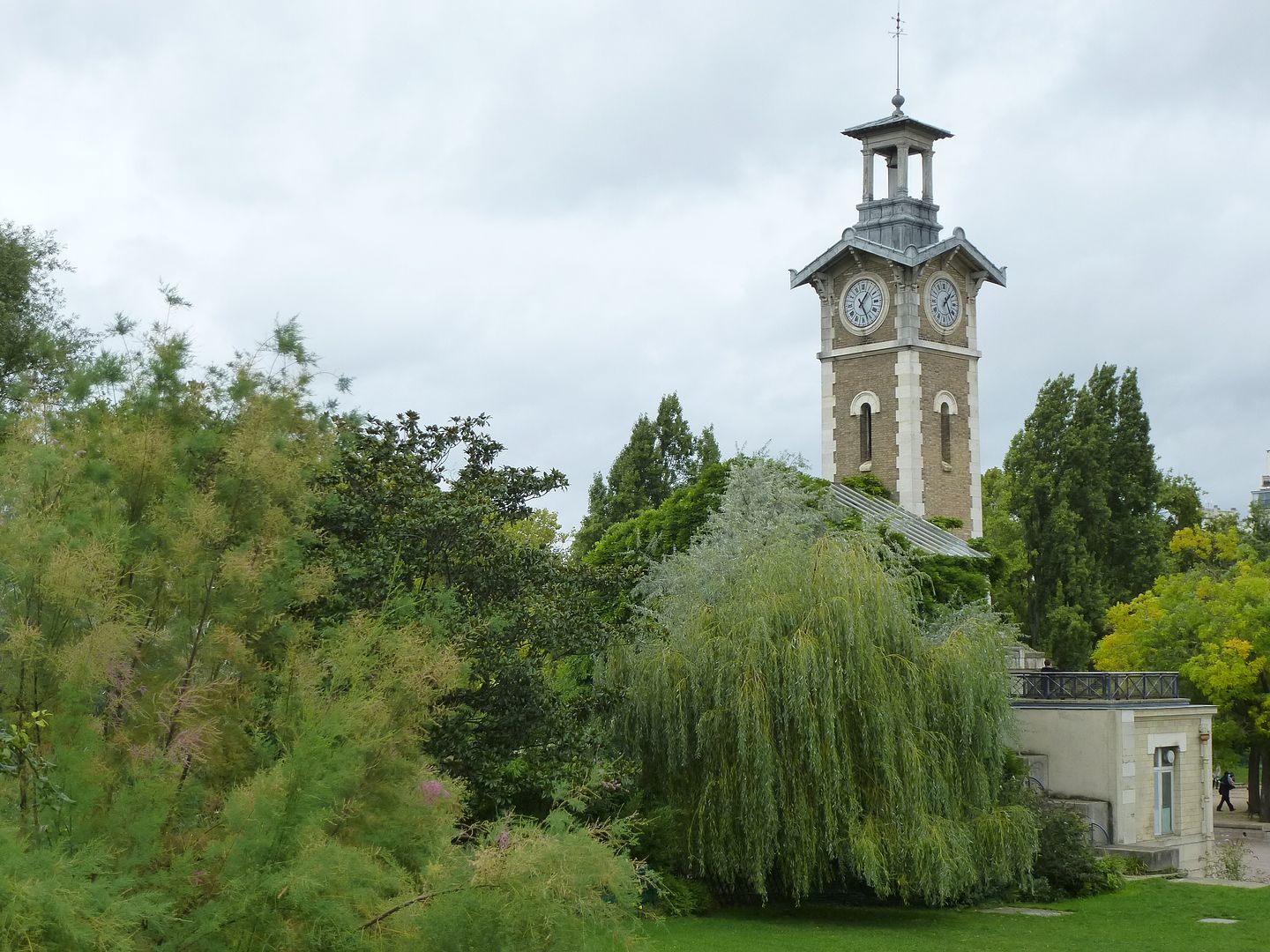 The park does have a vineyard at least.   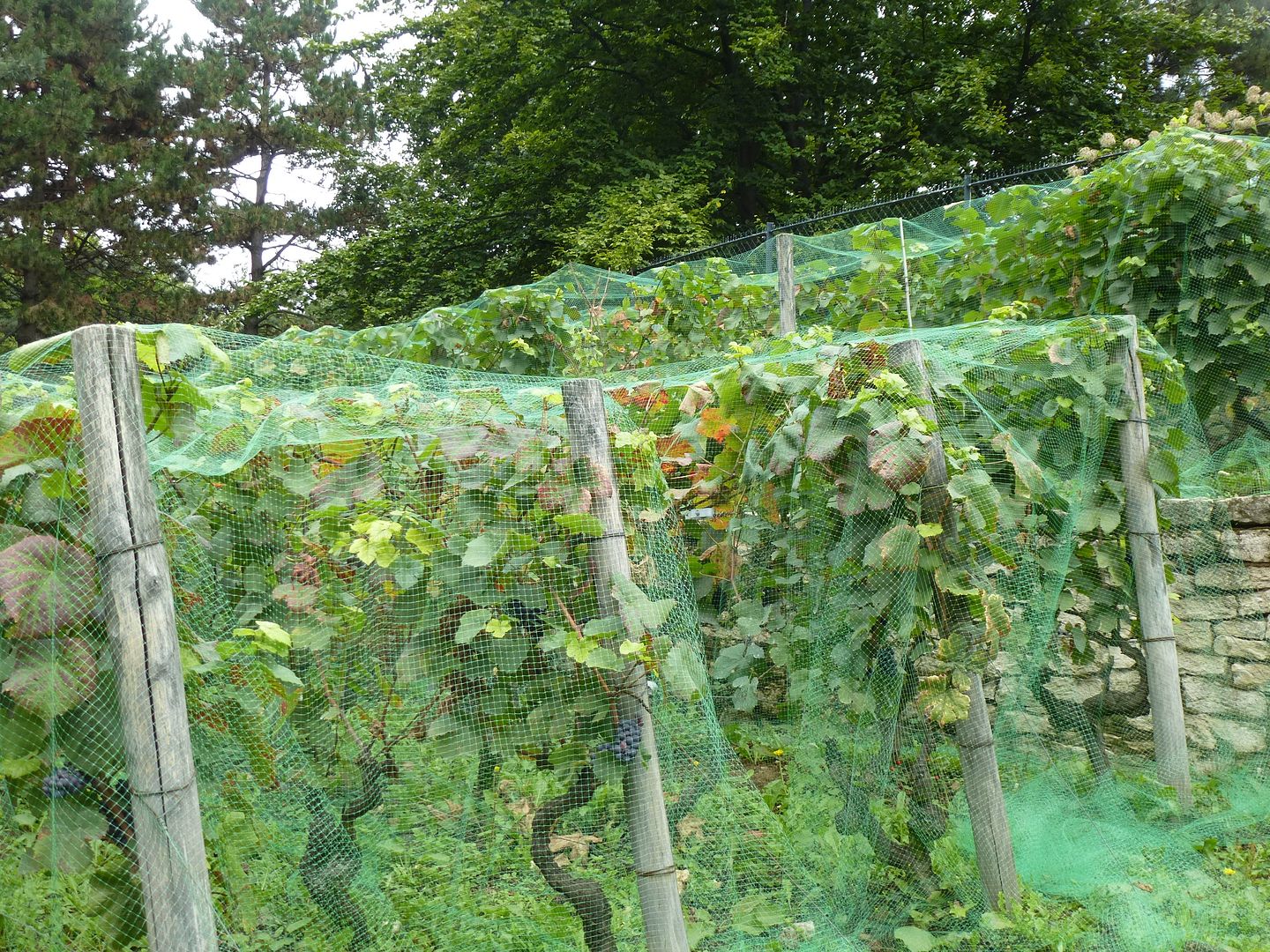 The petite ceinture runs parallel to the park over there. There must have been a lot of meat trains.  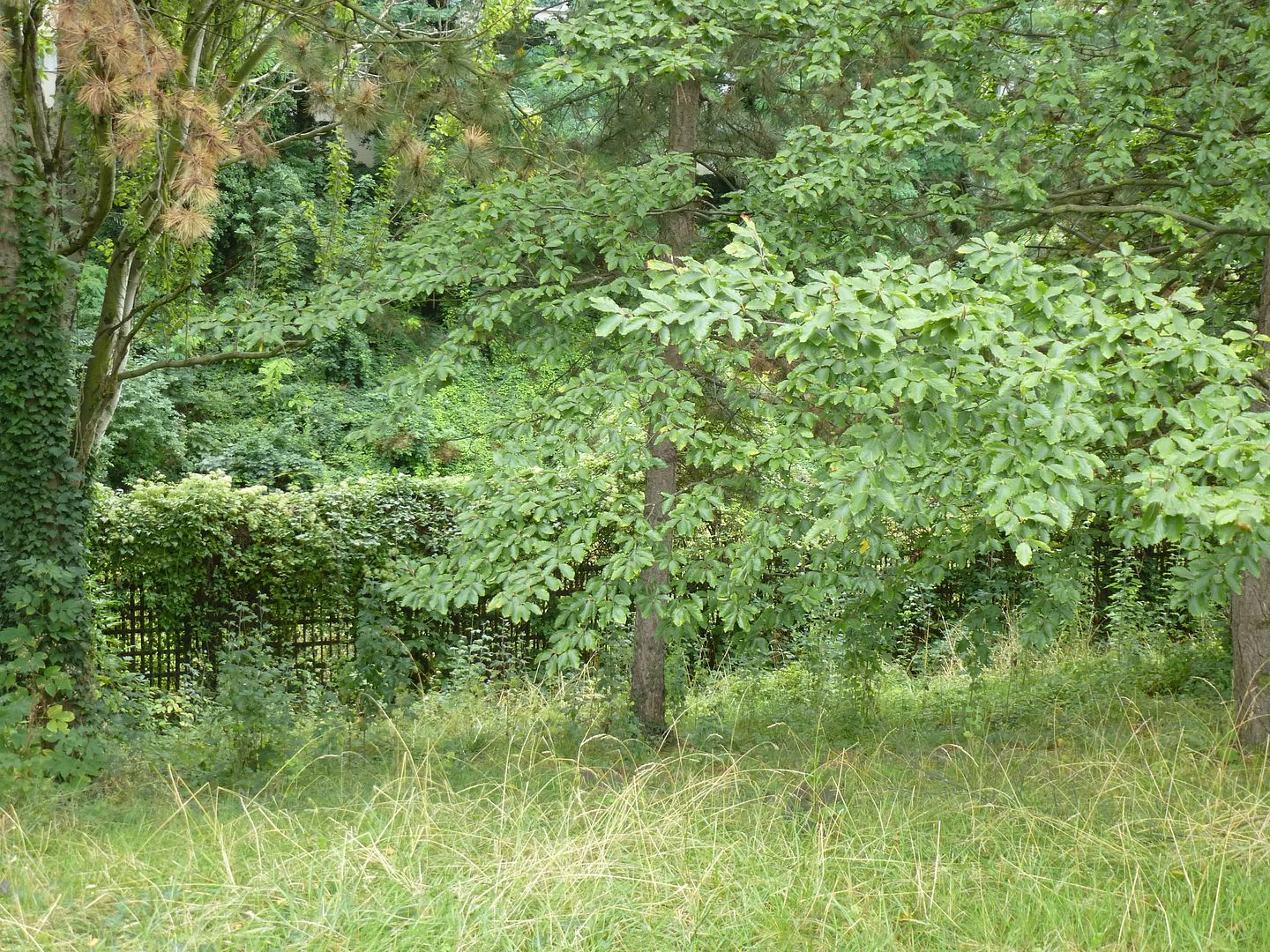 Somebody (who?) has access for kitchen gardens.  And then I reached my goal, the first section of the NEW promenade plantée that opened this month.  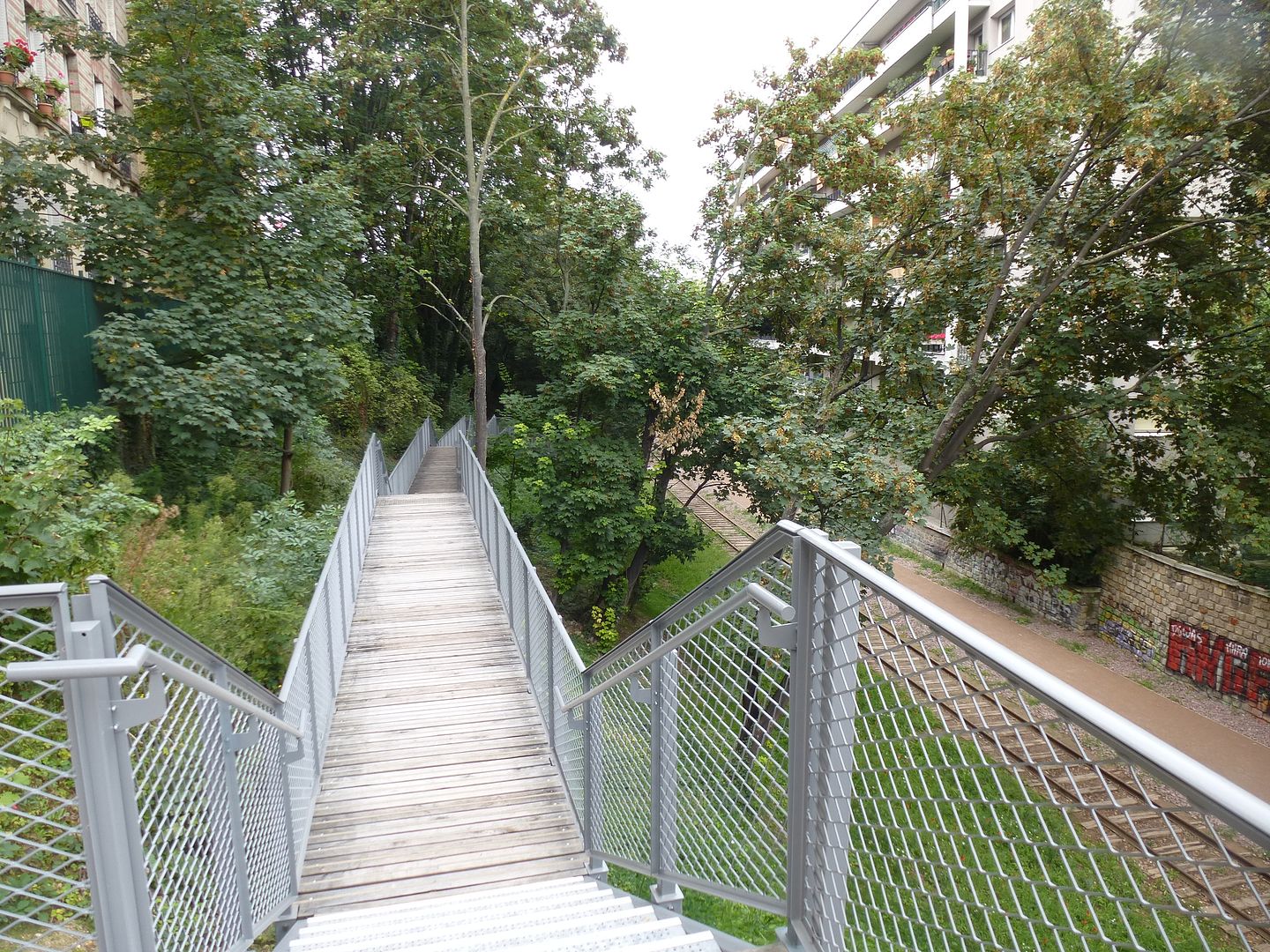 |
|
|
|
Post by Deleted on Sept 18, 2013 10:49:03 GMT
These are young elm trees. The sign explains that they are hybrid cultivars of the few survivors of the Dutch elm disease. The elm tree was the most common tree in Paris in the 17th century. There were over 30,000 in the city before the 1970's and all but about 1000 of them died. The new elms are commercialised under the name of Lutèce and have been planted since the year 2002 after twenty years of tests in the Bois de Vincennes. Meanwhile, the scourge of Dutch elm disease is still working its way west across the United States and Canada. I will take some pictures of other sections of the old rail lines and post them soon. Here is the map of the whole circuit. The green areas will be turned into promenades sooner or later. The orange areas might be used by tramways or another light rail system. The SNCF is keeping the purple areas for its freight and other mysterious needs. |
|
|
|
Post by bjd on Sept 18, 2013 10:49:45 GMT
I didn't know that there was a new Promenade Plantée in the works. In the 15th?
A few years ago when I was looking for an apartment, I visited one in the 20th overlooking that disused railway line. I didn't mind the line, but just across from the apartment were huge, warehouses which looked pretty dingy.
I was under the impression that they were going to make bike paths on these lines?
|
|
|
|
Post by Deleted on Sept 18, 2013 10:55:22 GMT
Oh, and as for the gap in the circle, it's because the bridge across the Seine was torn down in 1962.
|
|
|
|
Post by Deleted on Sept 18, 2013 10:58:36 GMT
I was under the impression that they were going to make bike paths on these lines? I passed a few cyclists during my walk and one of them told me that they were disconcerted by the lack of an official bike track. "I suppose bikes are tolerated," he said, "but we just don't know." In any case, at the end where I started on the promenade plantée -- rue Olivier de Serres -- the only way to get a bike out was to use the lift. |
|
|
|
Post by fumobici on Sept 18, 2013 14:21:37 GMT
How cool, bit of a pity it can't be made completely circumnavigable. The tunnel portions might be a but creepy though.
|
|
|
|
Post by Deleted on Sept 18, 2013 14:34:29 GMT
I was reading that the tunnel right where the promenade starts (known as the 'Porte de Vanves' tunnel) is home to the largest bat population in Paris with more than 1500 of them.
|
|
|
|
Post by mossie on Sept 18, 2013 15:24:59 GMT
I became interested in this when I found the tunnel under parc des Buttes Chaumont. That emerges in the 20th by the parc de Belleville and is a good kilometre long. I believe it was also built to be part of the defences of the city to enable troops to be rushed to threatened areas as it roughly follows the line of the old city wall, now the present Periphique. When the tram system was first envisaged it was considered as the basis for that, I wonder why they dropped the idea.
|
|
|
|
Post by tod2 on Sept 18, 2013 17:28:08 GMT
You deserve a mega thank you for revealing this wonderful walk Kerouac! Those of us who thirst for new and unusual ways to enjoy Paris will be straining at the leash to follow in your footsteps!
Keep discovering and giving us wonderful enjoyment!!
|
|
|
|
Post by Deleted on Sept 18, 2013 18:00:02 GMT
I should have mentioned that the #2 purple section on the left is actually part of the RER system now on line C. It crosses the Seine on a new bridge and then runs along the Seine to go to the Eiffel Tower, Musée d'Orsay, Saint Michel and Gare d'Austerlitz.
|
|
|
|
Post by Deleted on Sept 20, 2013 21:43:12 GMT
I decided to look for some clearer maps of how the "PC" used to be and what is left of it now. Here it is in 1921. 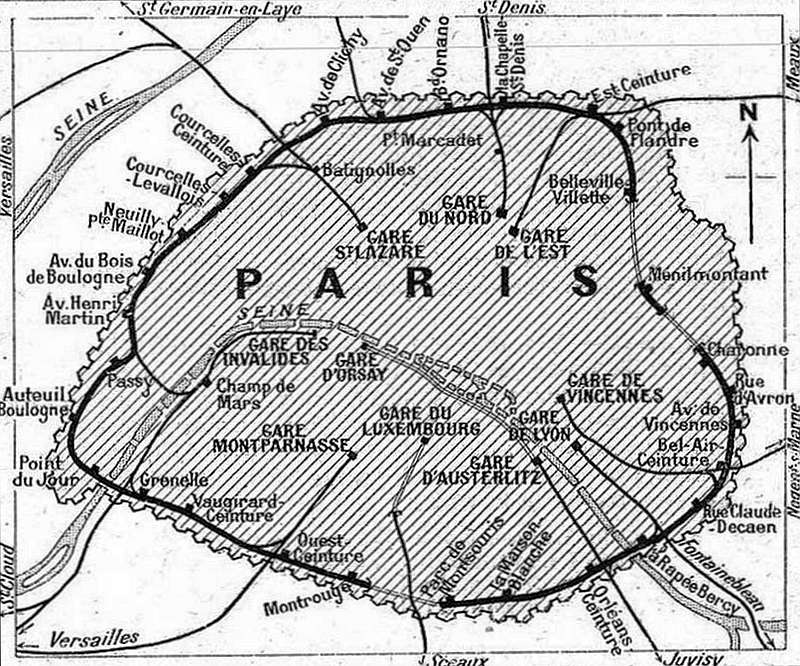 Here it is in 2000. 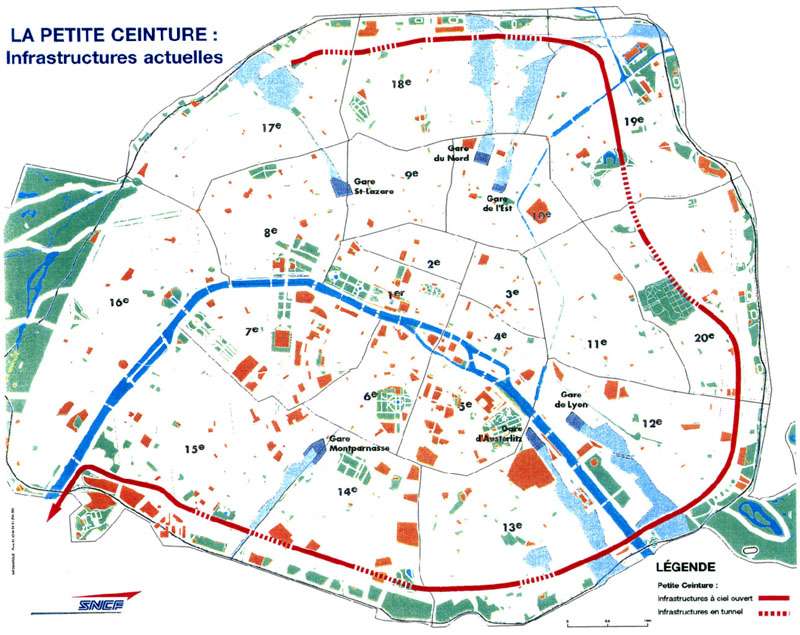 (No need to mourn the big missing western chunk because most of it is what is back in service as part of the RER C.) And so today, I decided to continue my investigations. Please don't hate me for doing my research out of order, but it just suddenly springs to mind when I am somewhere in Paris and I can hear the petite ceinture calling out to me. And that happened to me today when I was in the 12th and 13th arrondissements. I was at the cinema quite close to what I see on the map was called the "Orléans Ceinture" station, which is still there.  It just recently lost a section crossing the Gare d'Austerlitz train tracks. 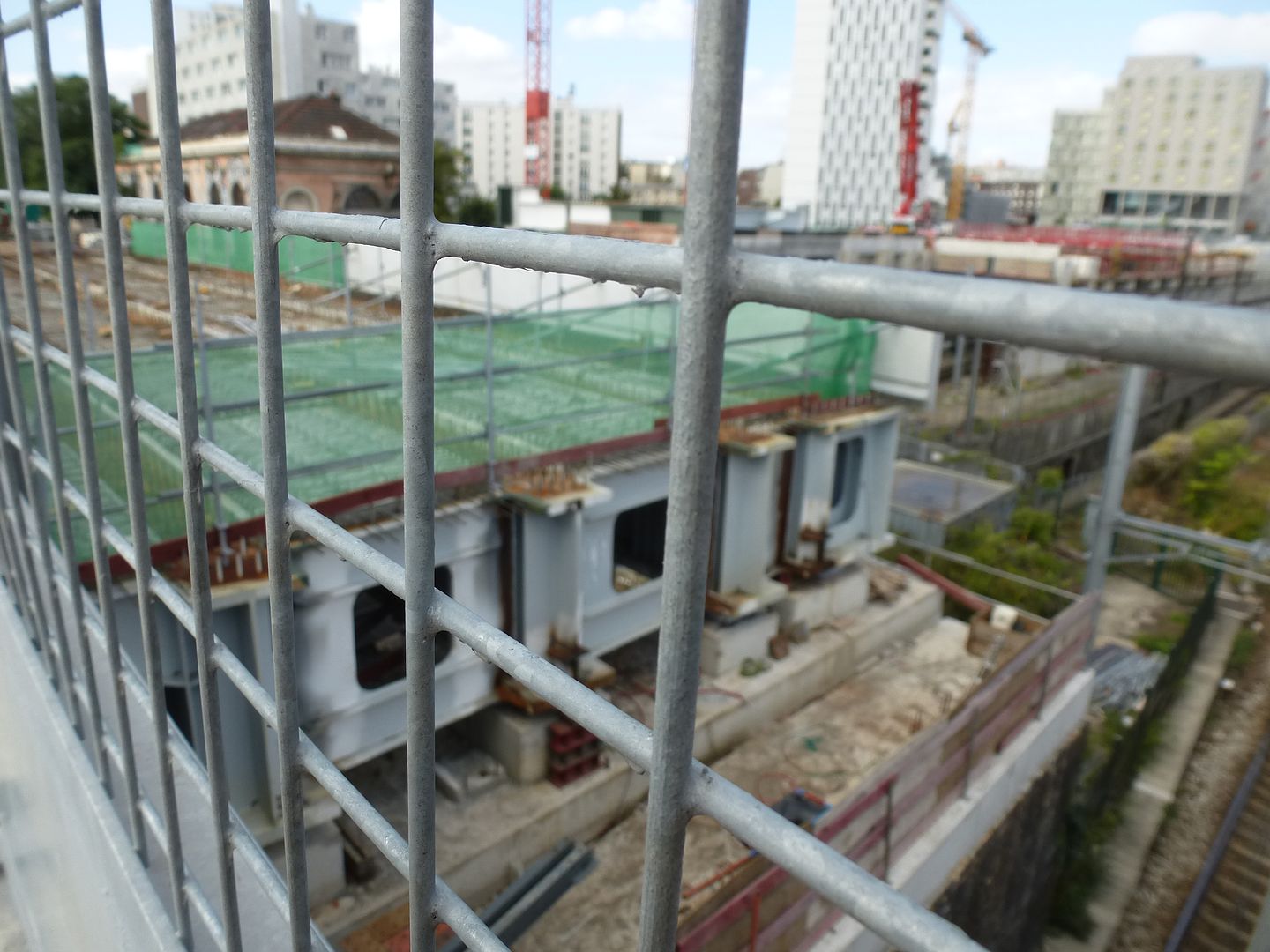 I decided to stay in the 13th arrondissement for a start and follow it west.  The tracks being completely gone, I don't know what they are doing. But they are clearly keeping the station. 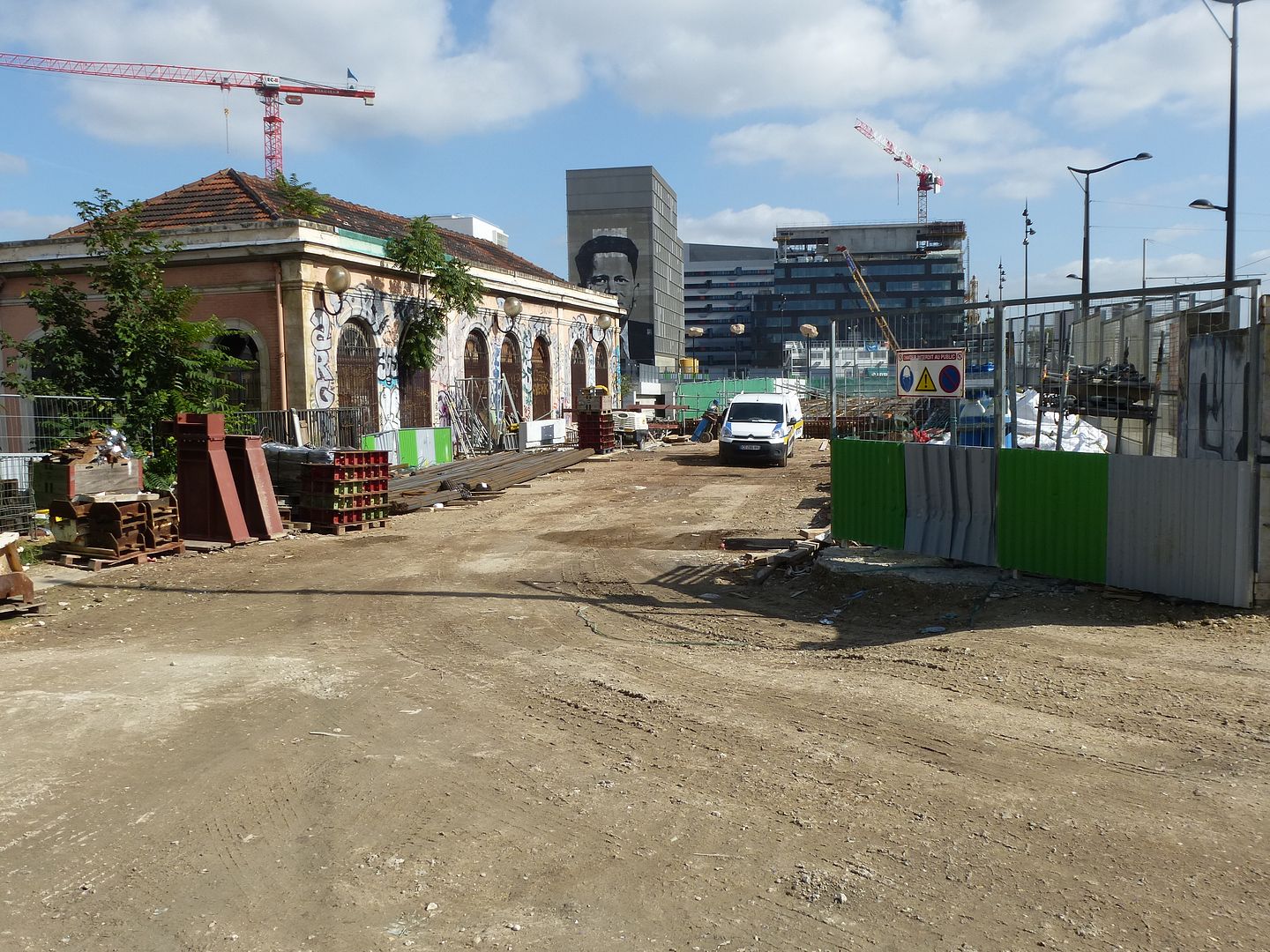 Oddly, a bridge for the PC going in that direction has been rebuilt. 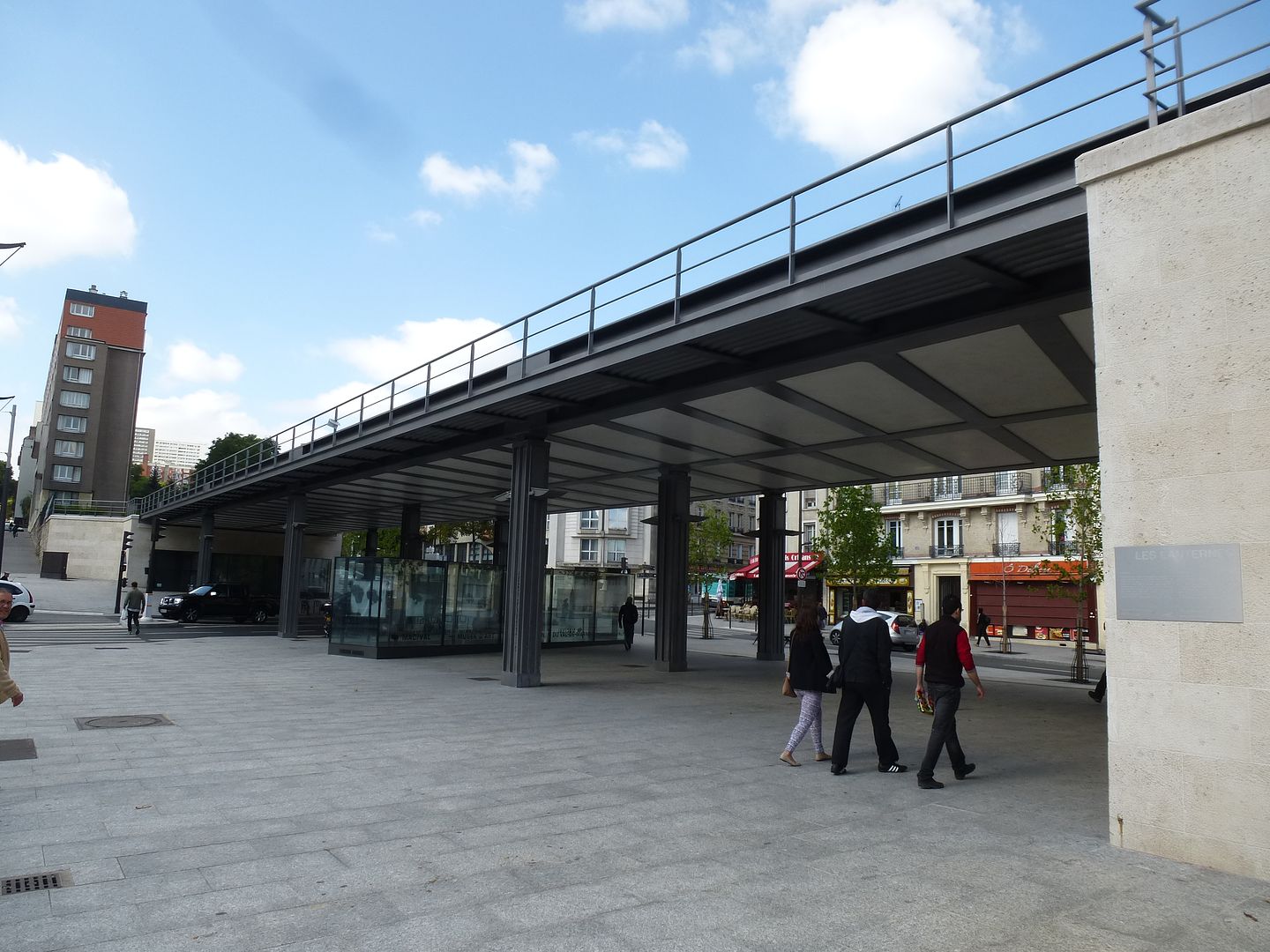 I couldn't see much, but I followed the street parallel to the tracks. 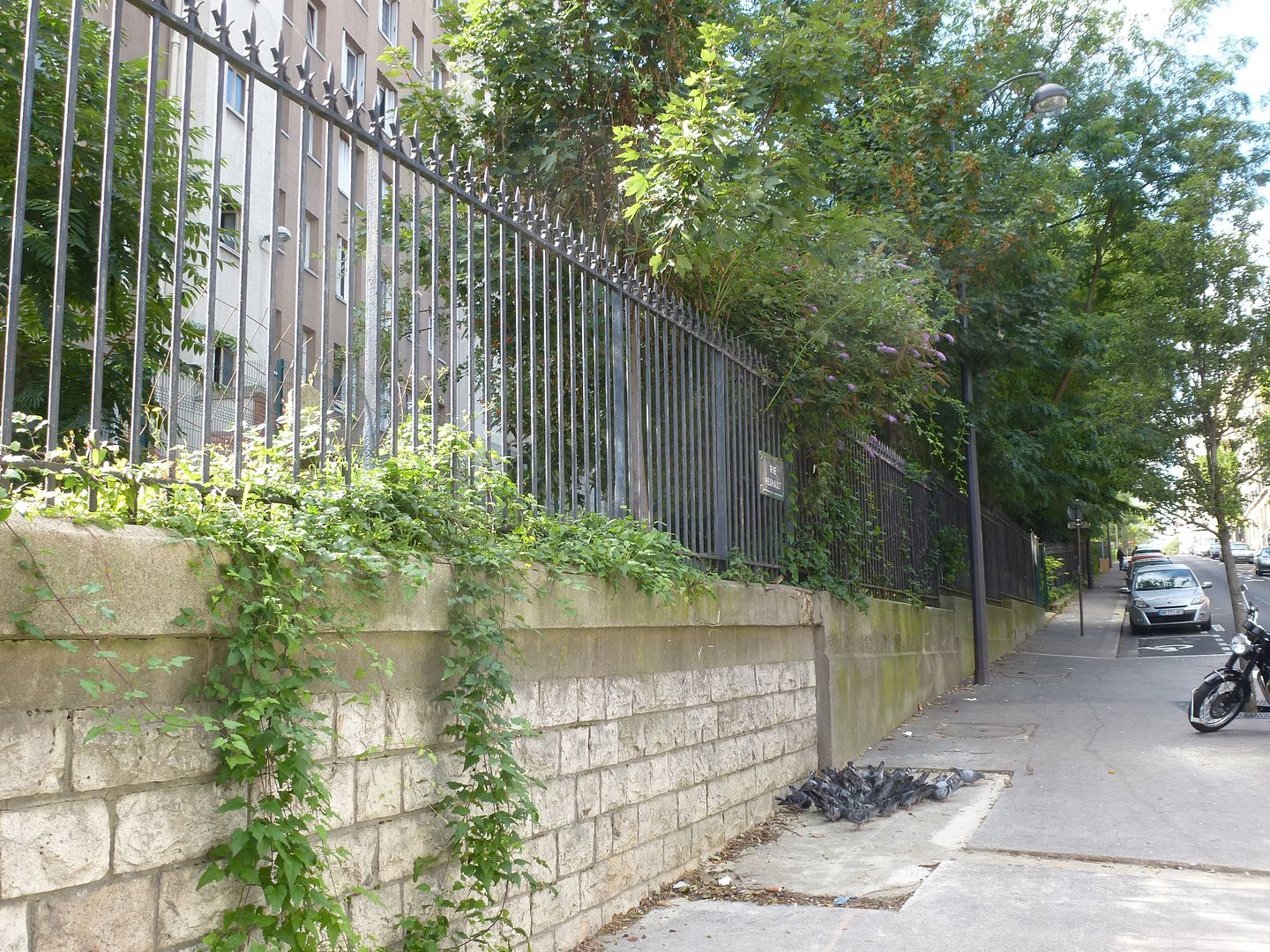 When I got a clear view, the track was all gone. (So why rebuild the bridge?) 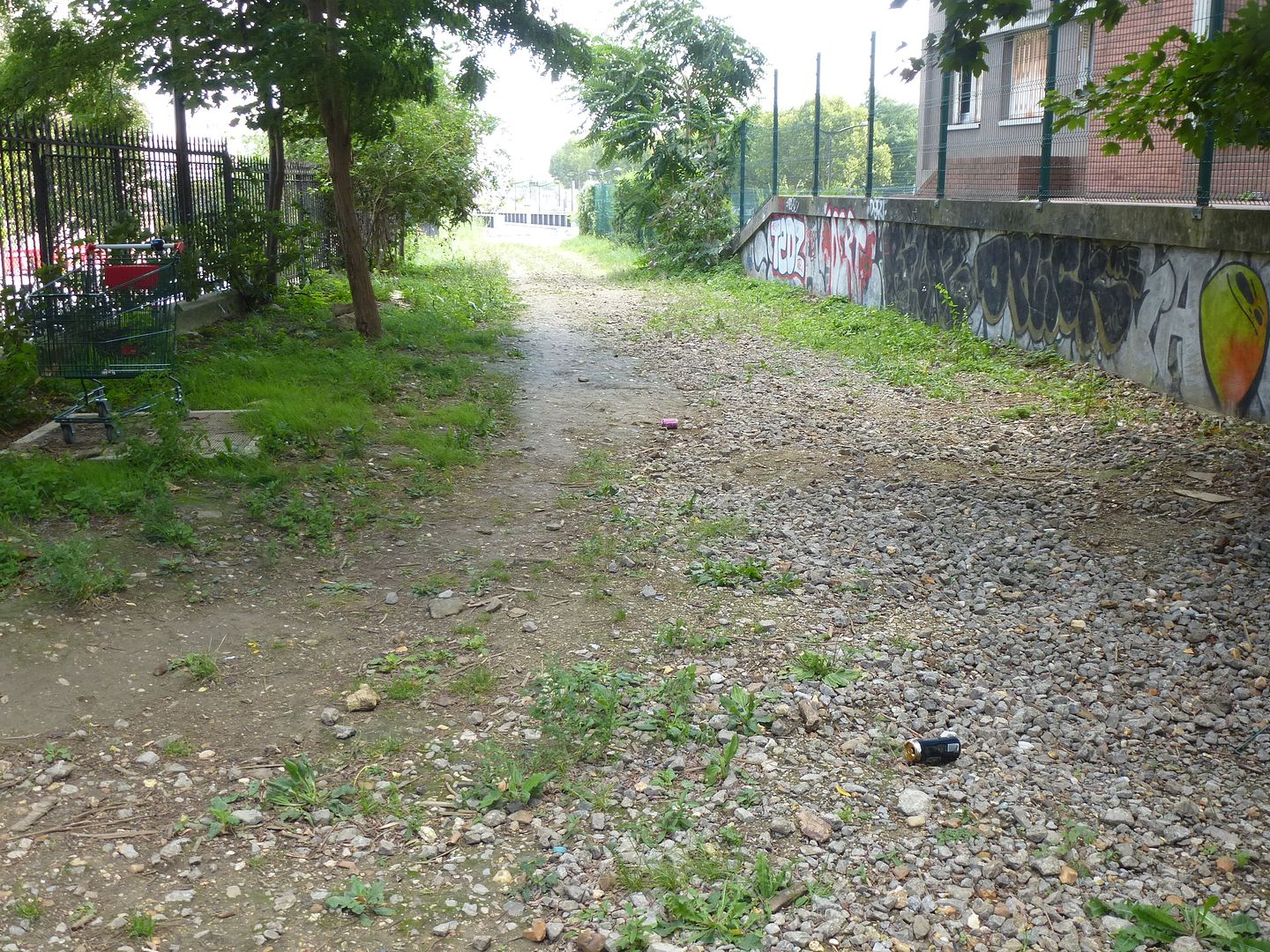 But going on from there, the track was back again. 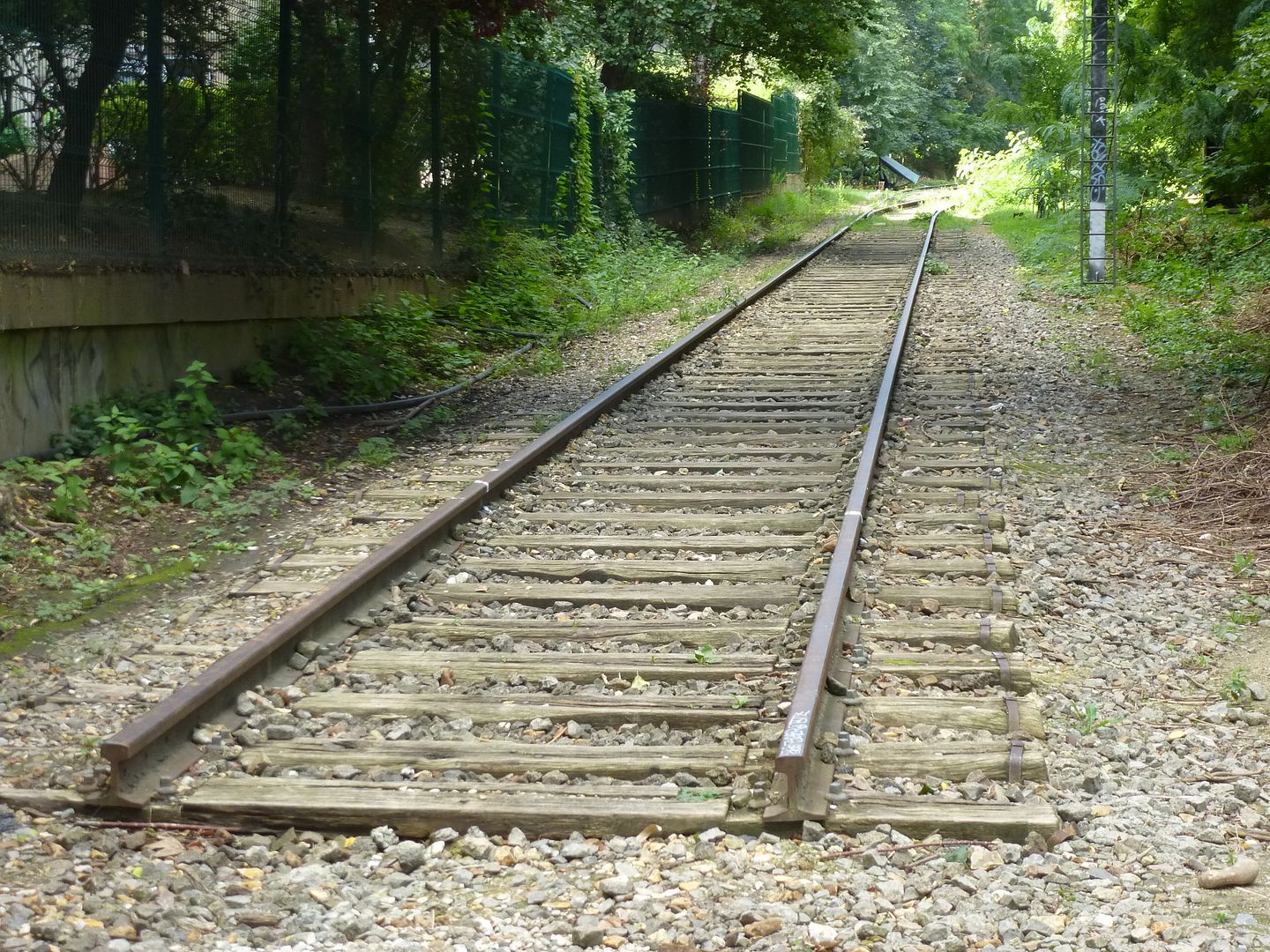 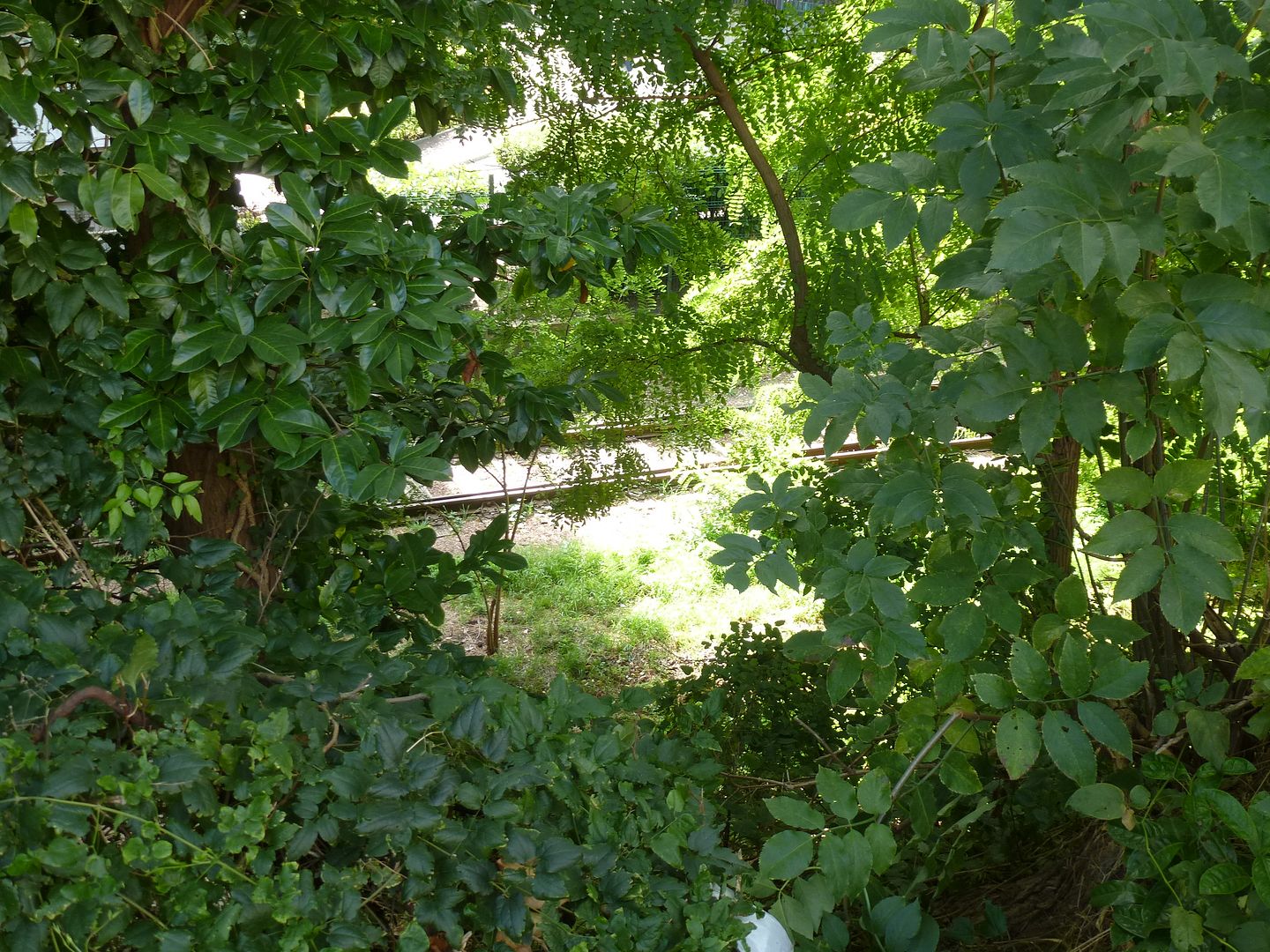 Once again, certain people have access for gardening. 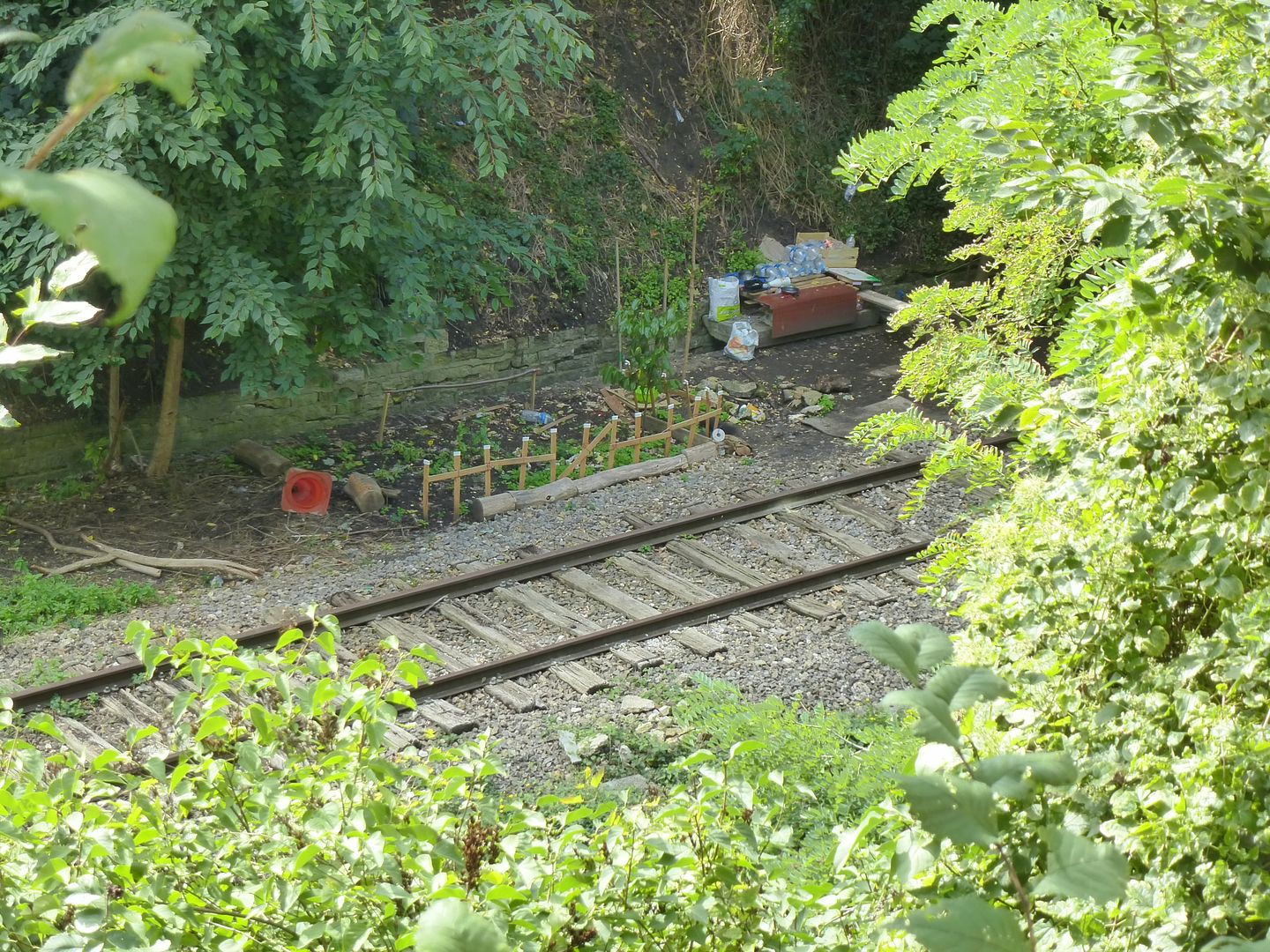 The jungle growth always amazes me. This isn't the same latitude as the Amazon, after all. 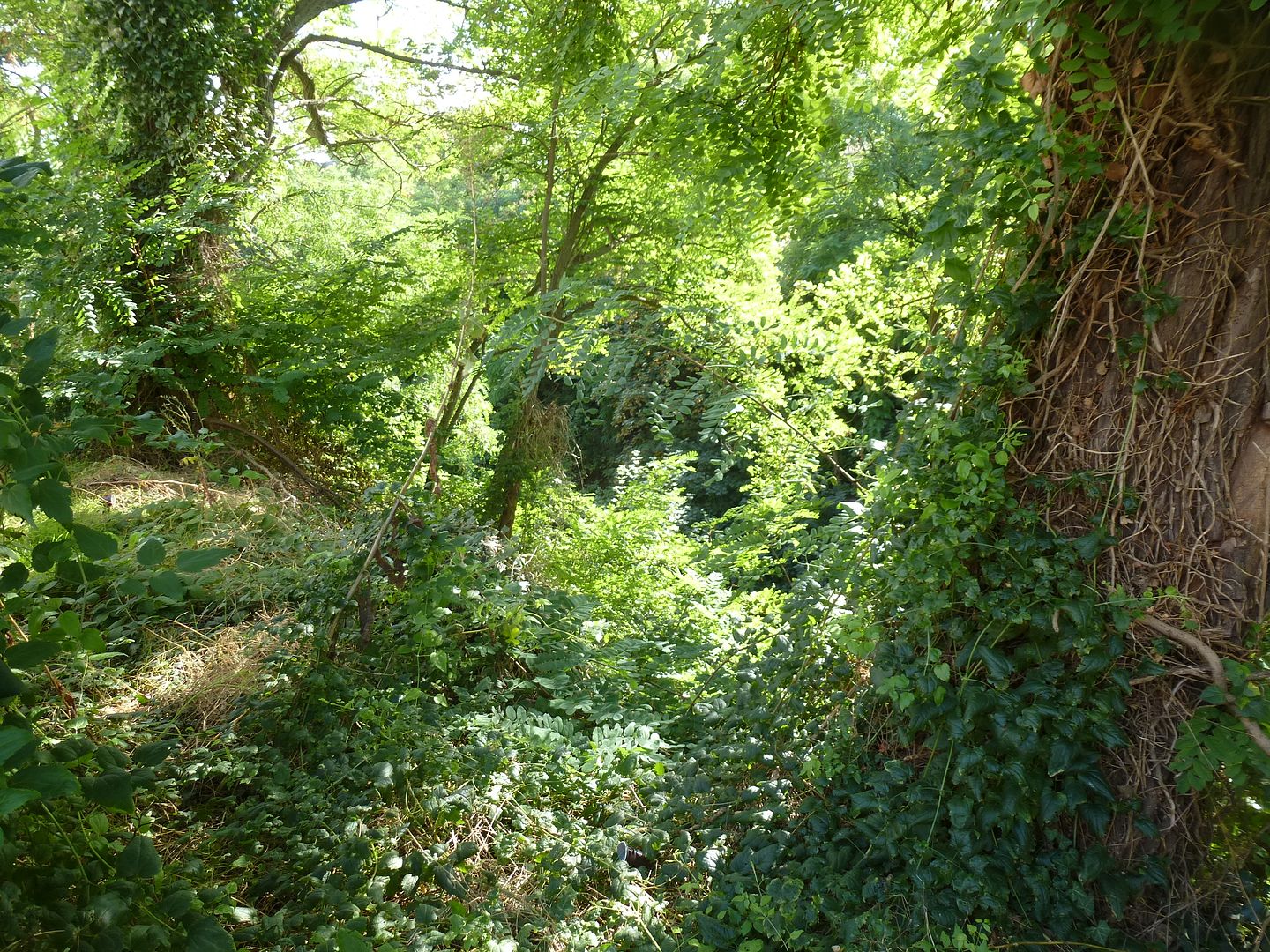 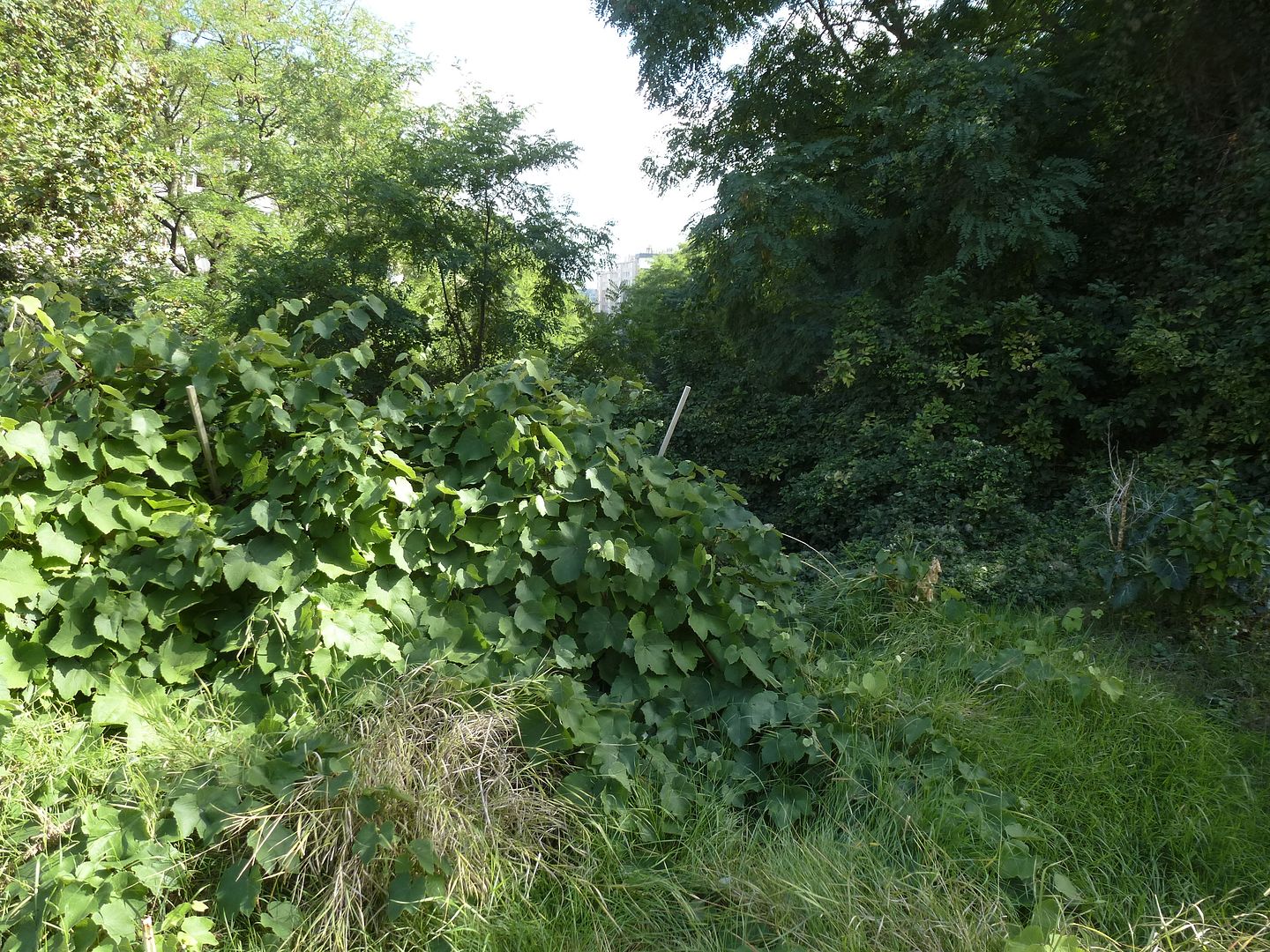 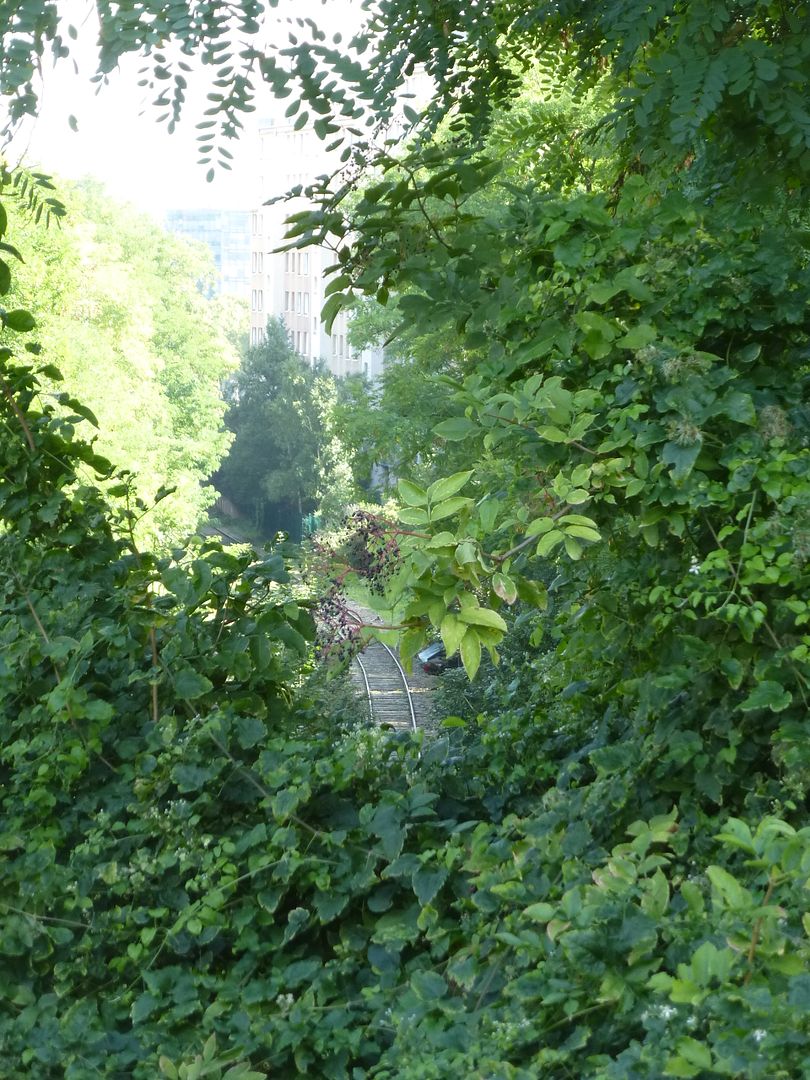 |
|
|
|
Post by htmb on Sept 20, 2013 22:07:16 GMT
I am enjoying your exploration of the pc very much.
|
|
|
|
Post by lagatta on Sept 21, 2013 1:15:43 GMT
Yes, this is wonderful.
Hmm, la Voyageuse de la Petite-Ceinture...
|
|
|
|
Post by Deleted on Sept 21, 2013 4:38:02 GMT
Oh, I have that somewhere...!
|
|
|
|
Post by Deleted on Sept 21, 2013 5:27:35 GMT
Unfortunately, as I approached the towers of Chinatown, the petite ceinture disappeared. I think it ran alongside this building. 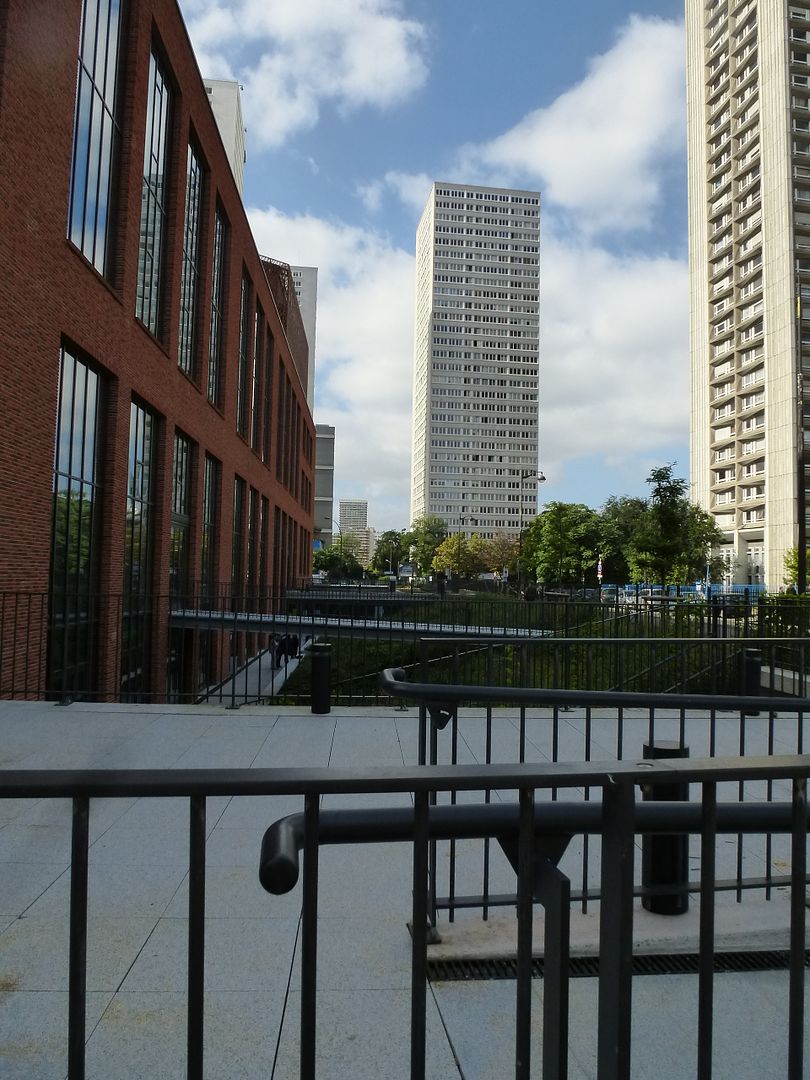 Just to my right, the SNCF seemed to be operating a freight station without actual trains. 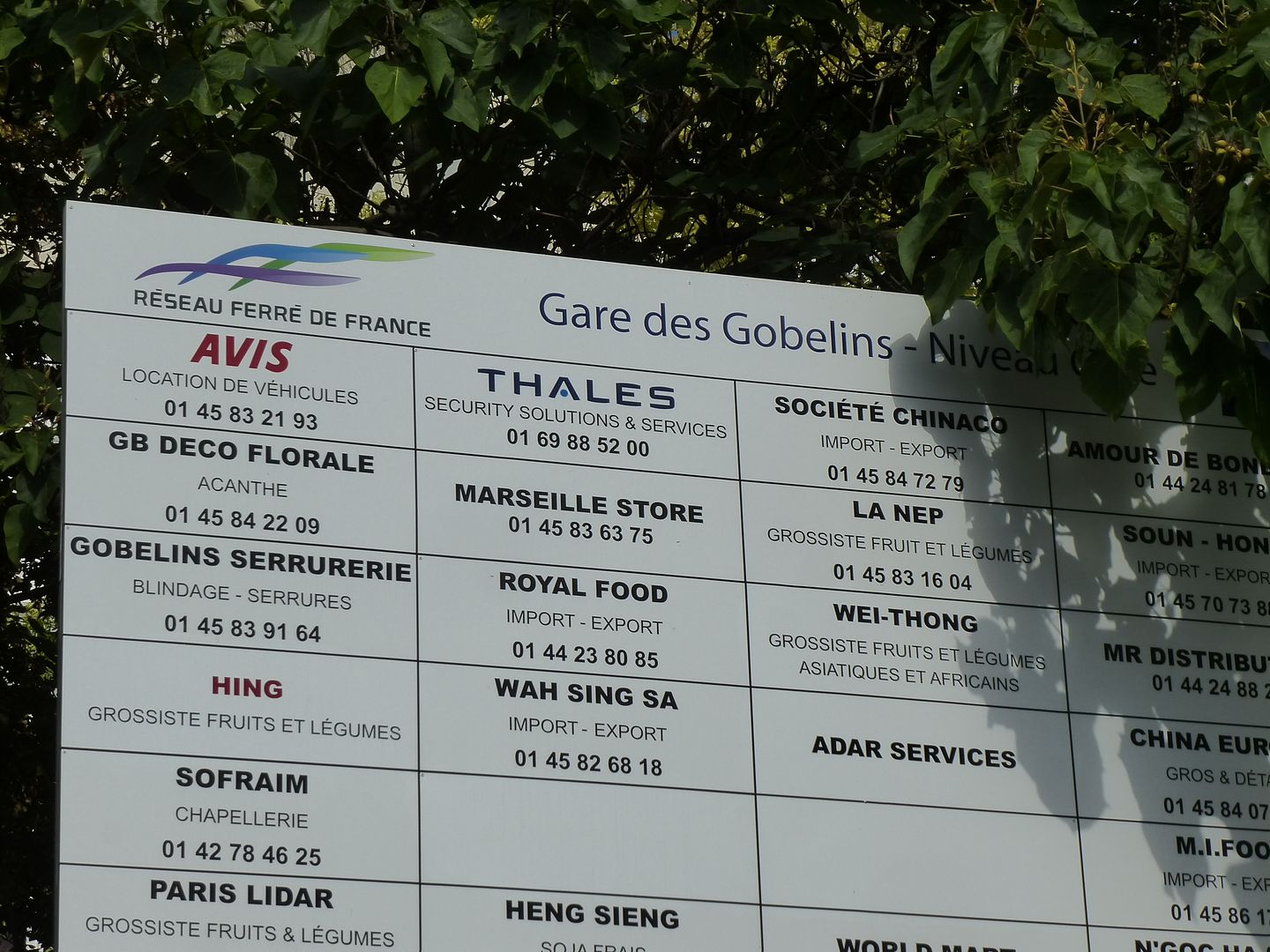 Lots of trucks go down this ramp to a mysterious destination. 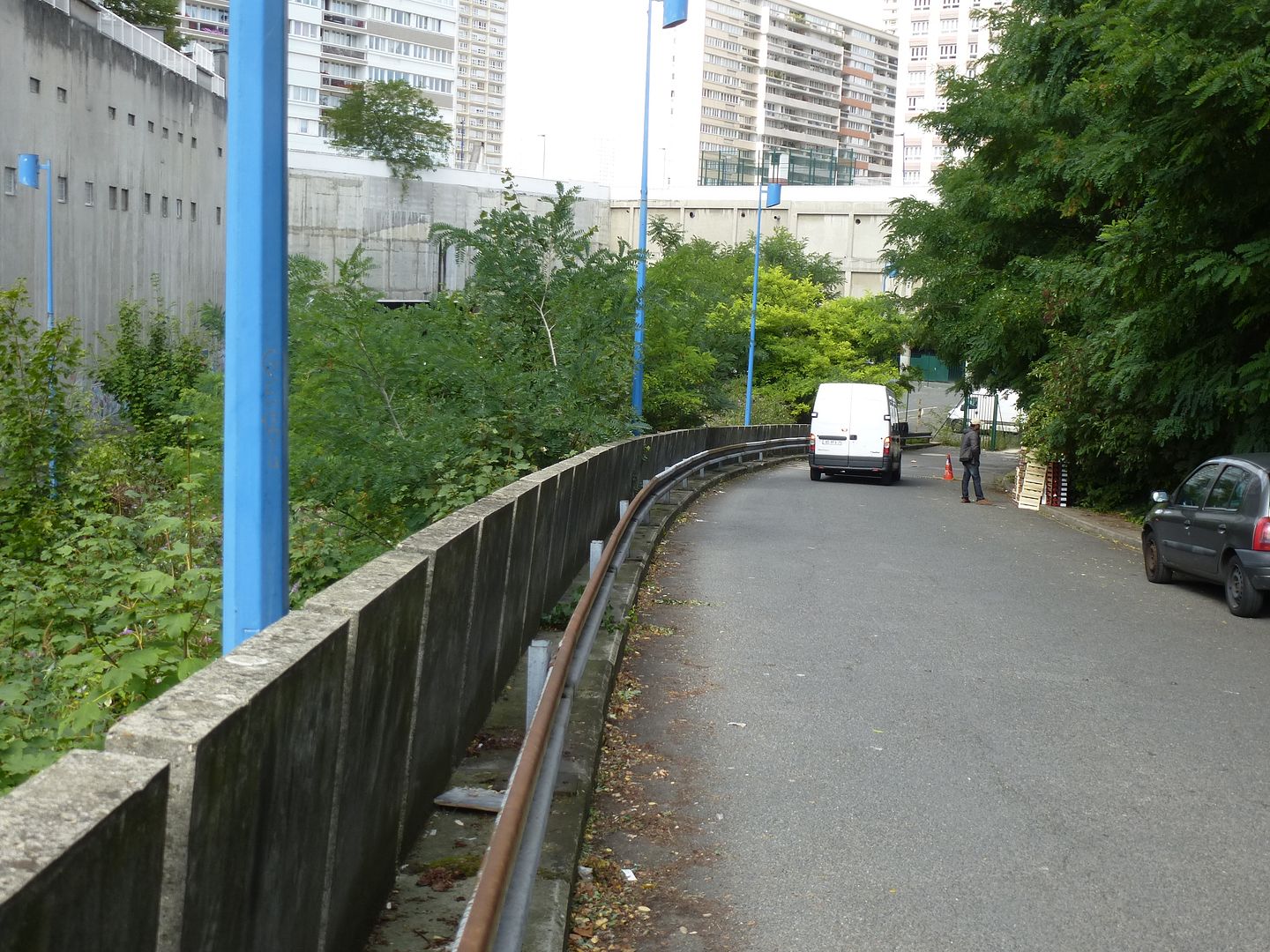 But there were no rails coming on a spur line that I could see. 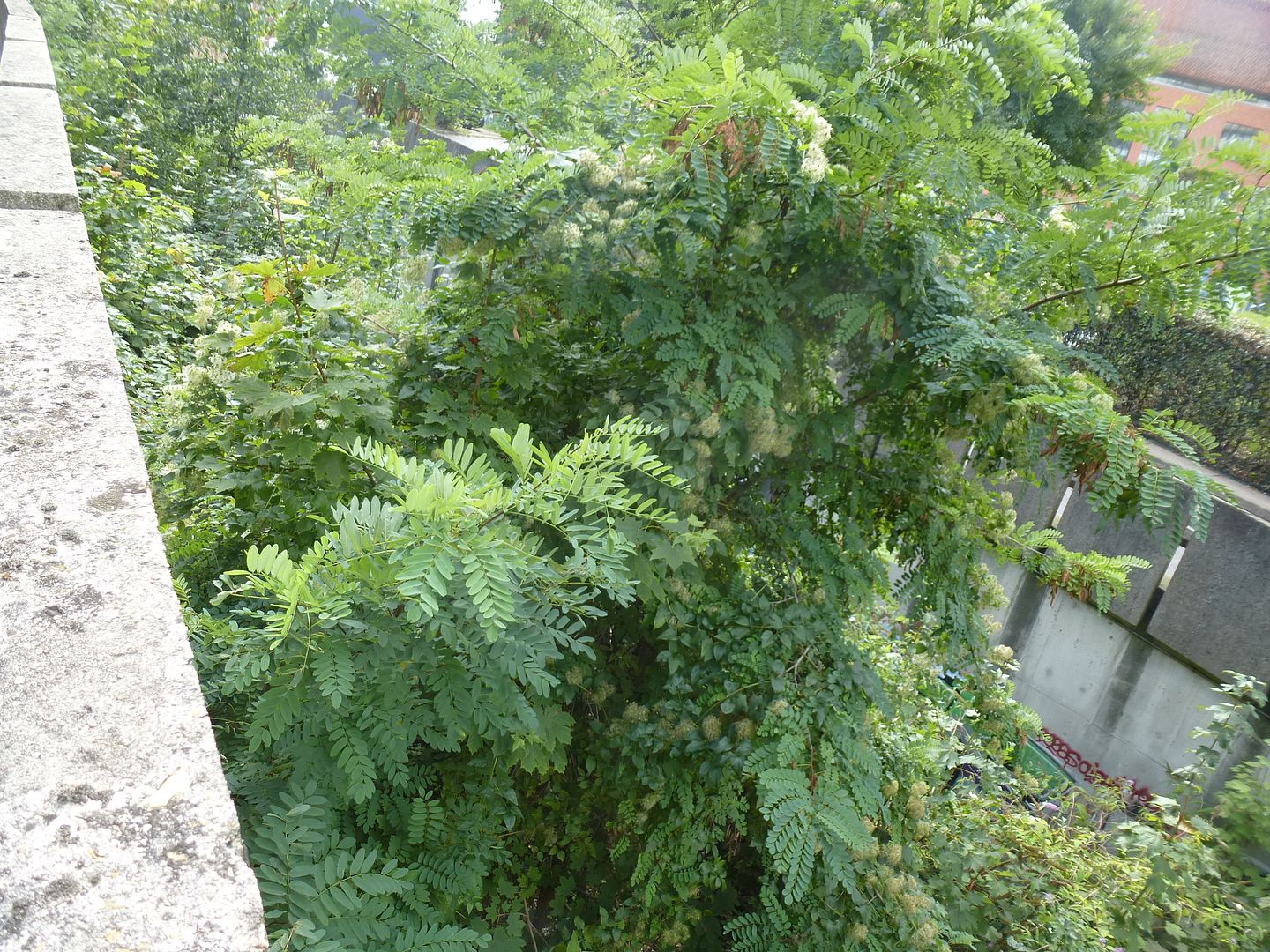 Here is a photo from the net proving that there are major rail lines down under the apartment blocks, though. 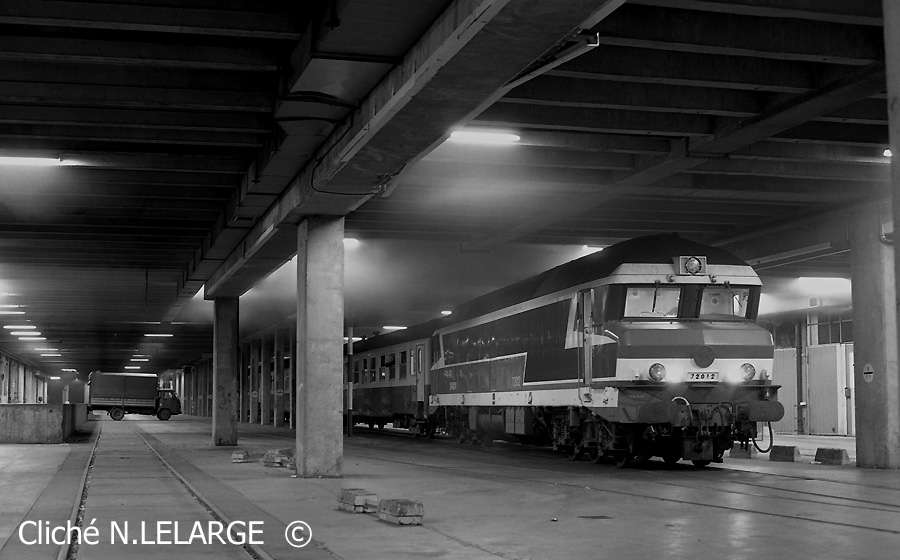 However, that was the end of my westward progress for the day. I hopped on the tramway, which runs only one block from the southern section of the PC line and returned to my starting point at Avenue de France. My original intention had been to go east from there, and this whole excursion west was just a temporary sidetrack, although I will get back to the Chinatown area before long -- I know there are major rail sections visible on the other side of it. Basically, as you go east from Avenue de France, about the first thing you do is to cross the Seine.  Unfortunately, the new university campus appears to have conquered the old rail line, which should be right here. 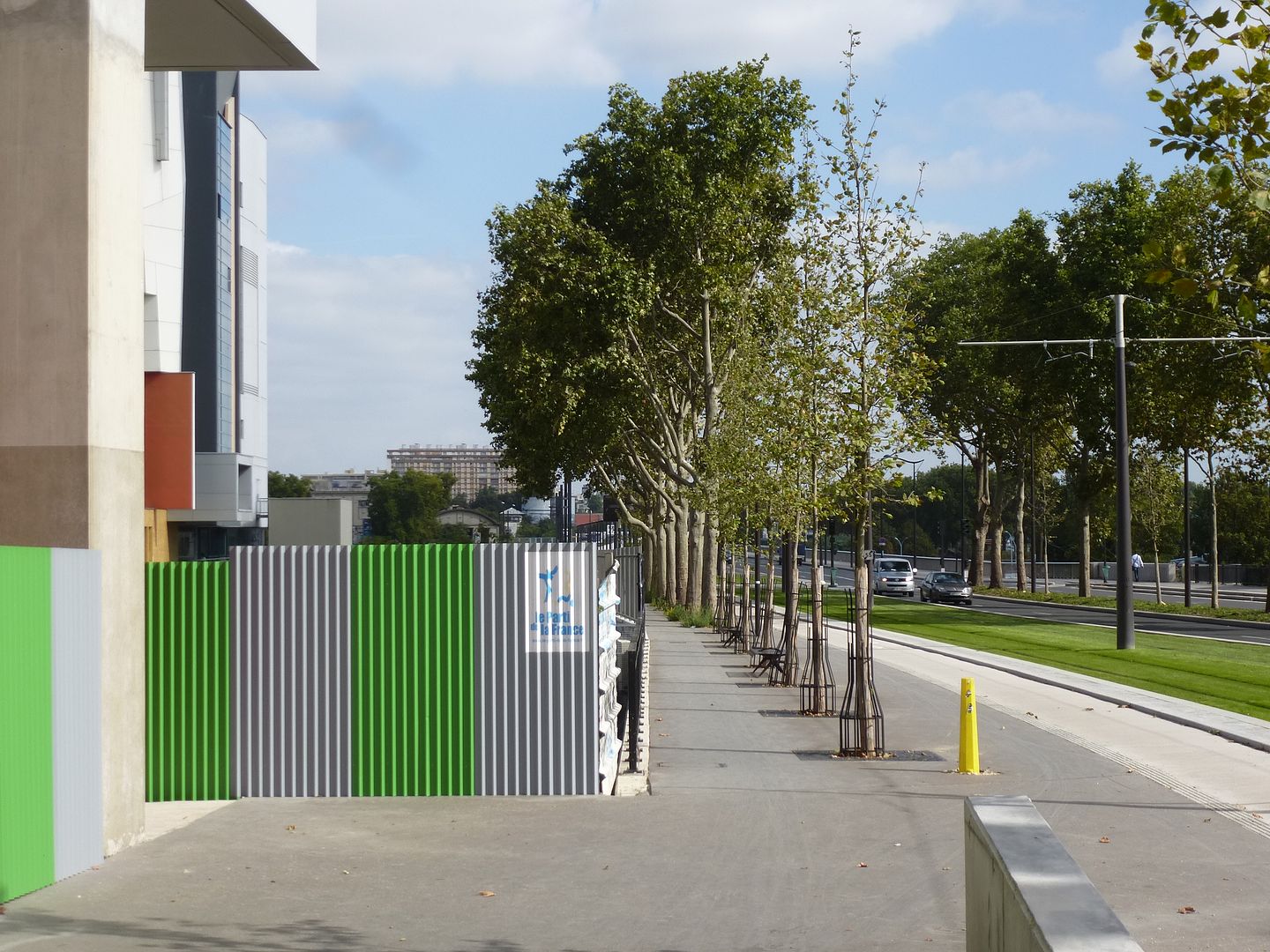 Everything is almost gone here.  Here's a photo I had taken of the same area as the 2nd photo above, during the tramway line construction. 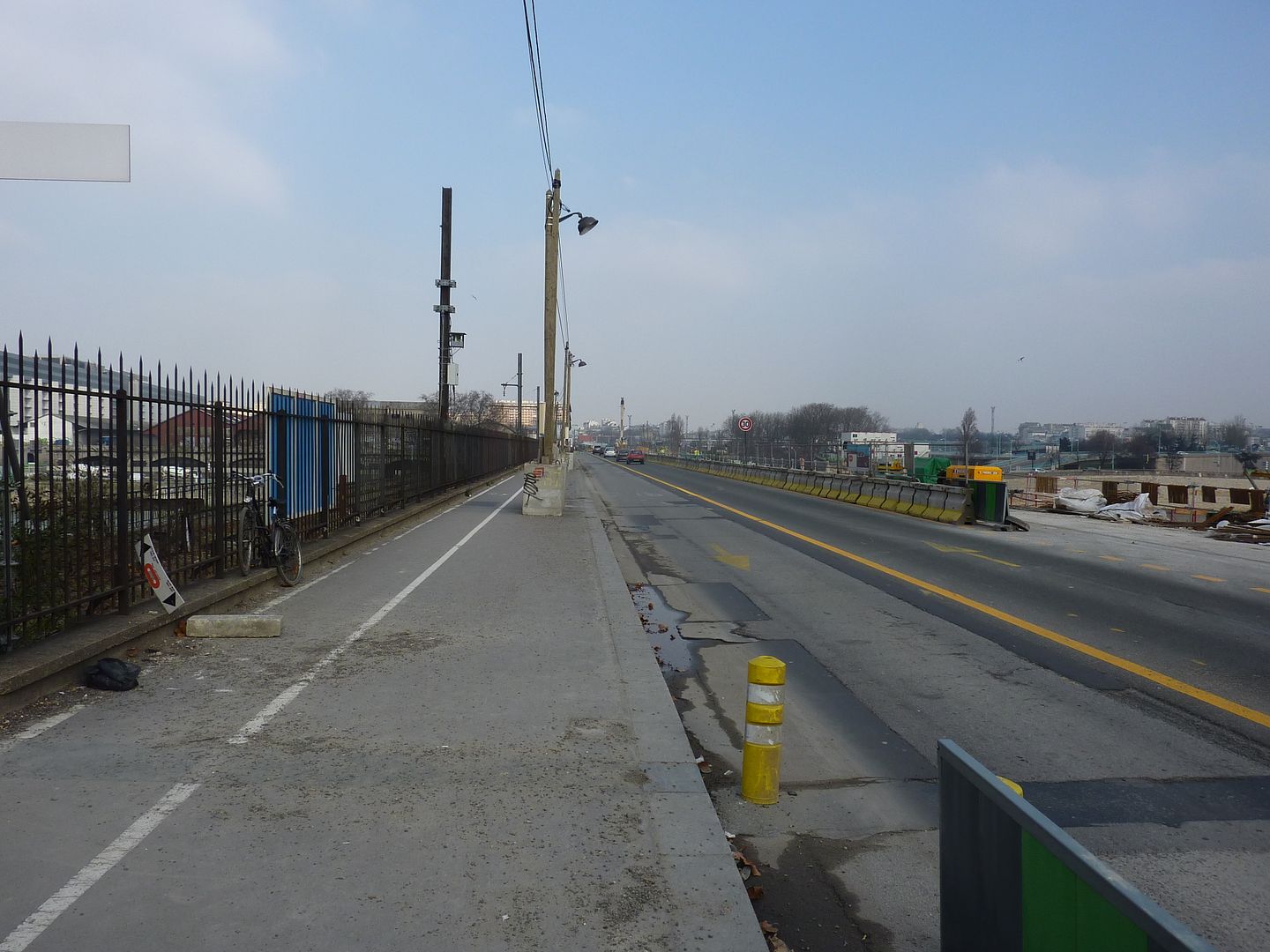 Just a little farther along, you can see where the line is "supposed to be." 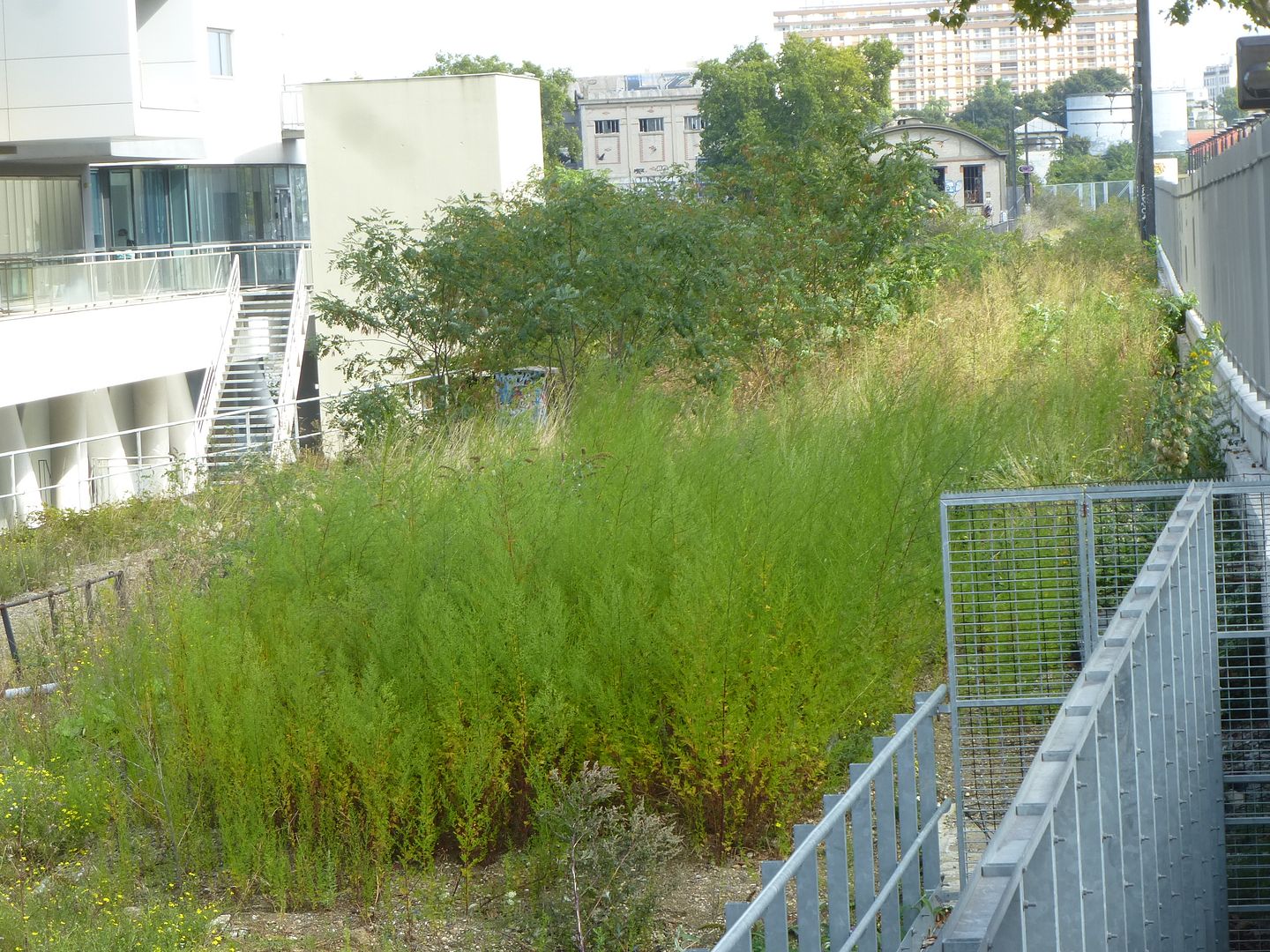 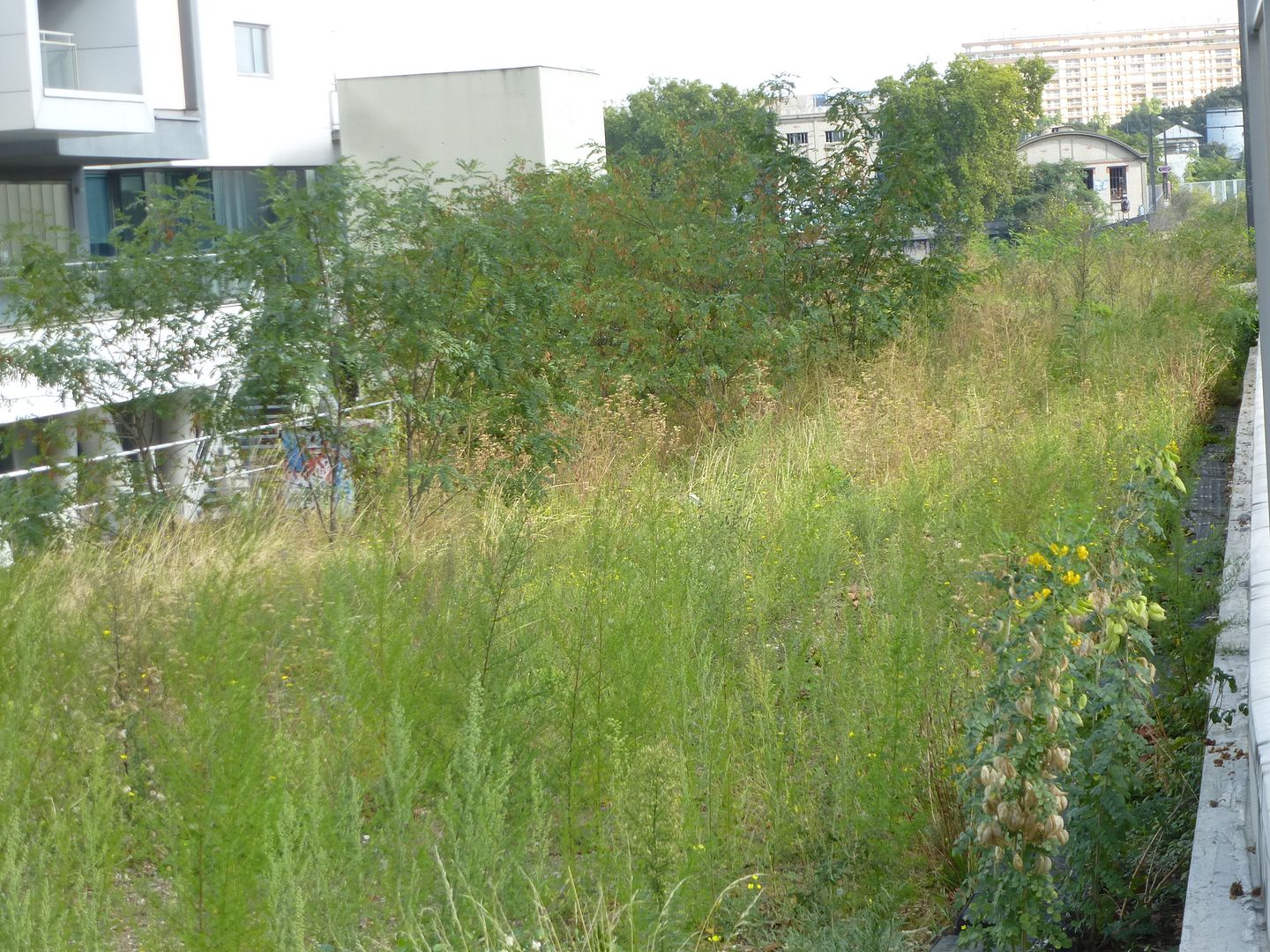 This is looking back towards the university buildings. 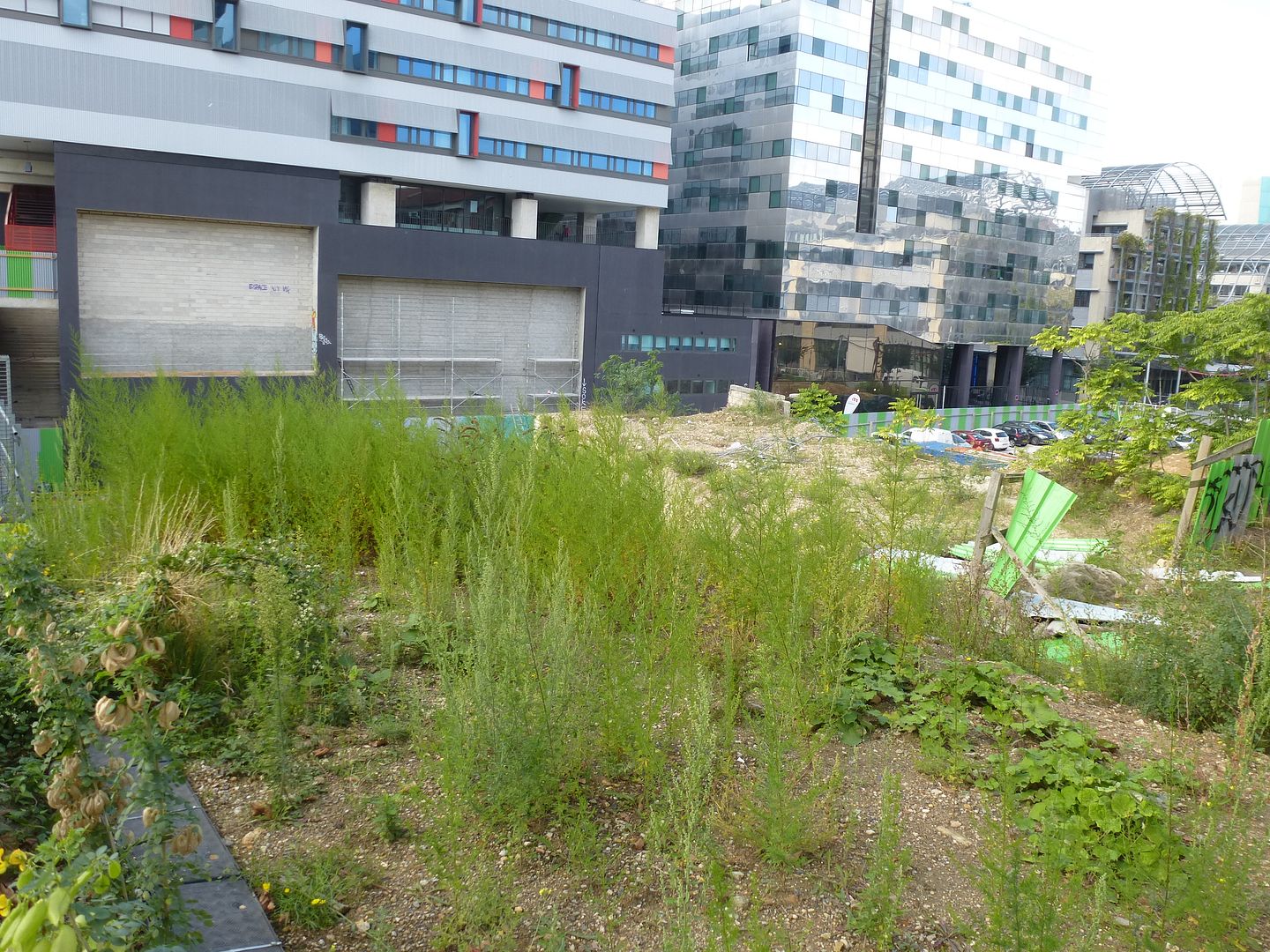 At last, I can spot a piece of rail again.  We're getting close to the Seine now. 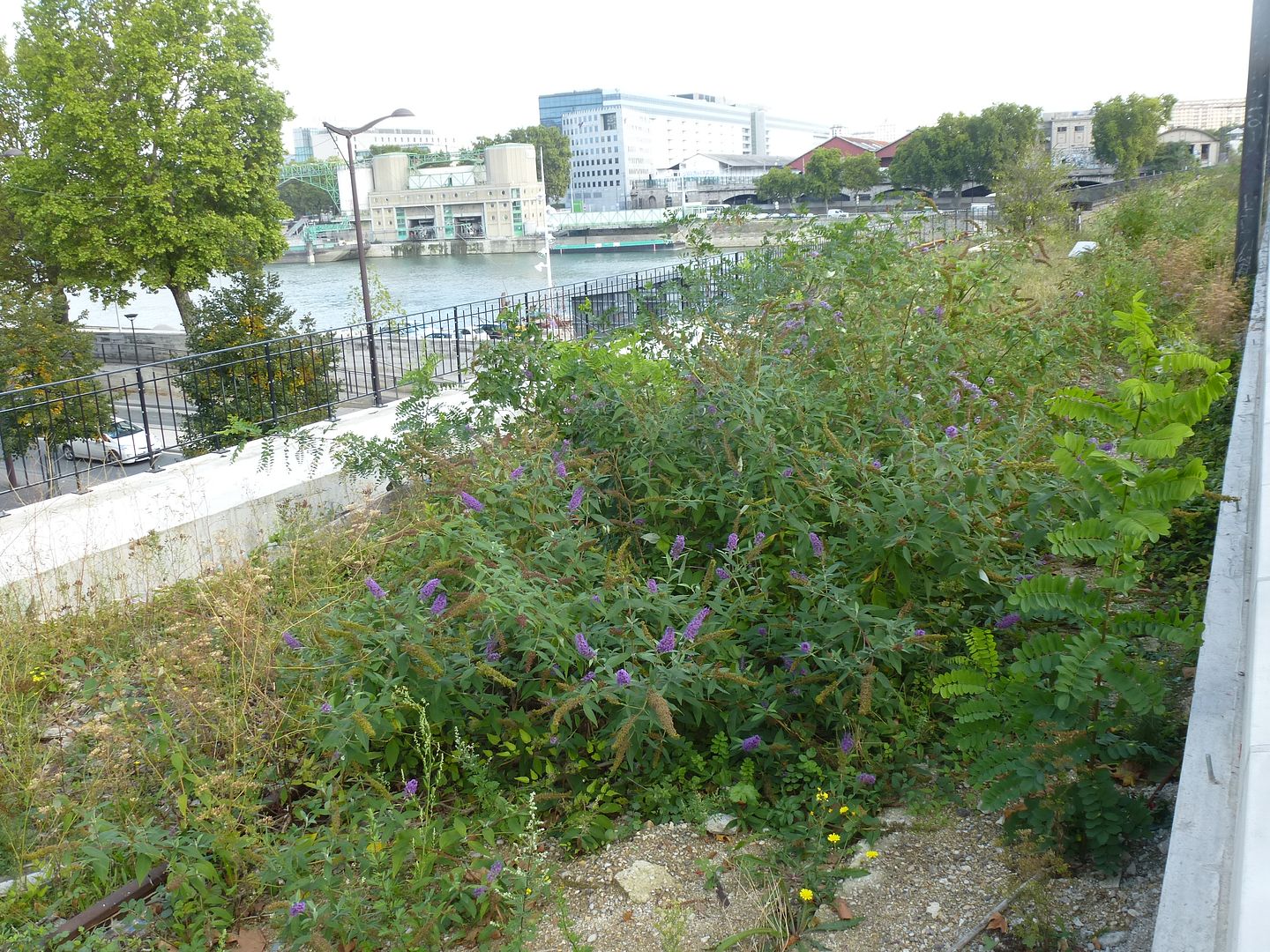 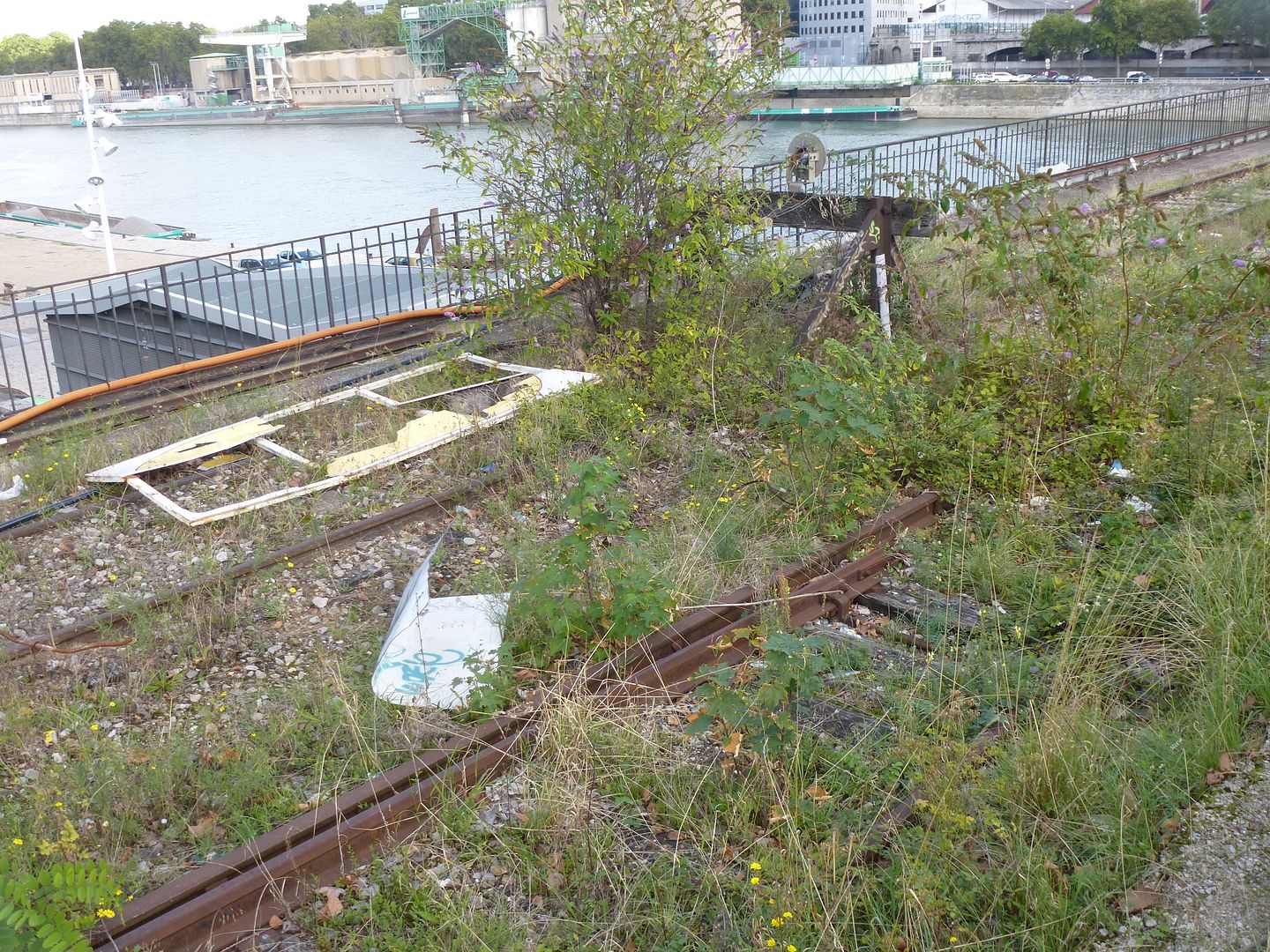 Vestiges of the old power lines are still on the bridge.  Even here on the bridge, vegetation tries its damnedest to take over the area.  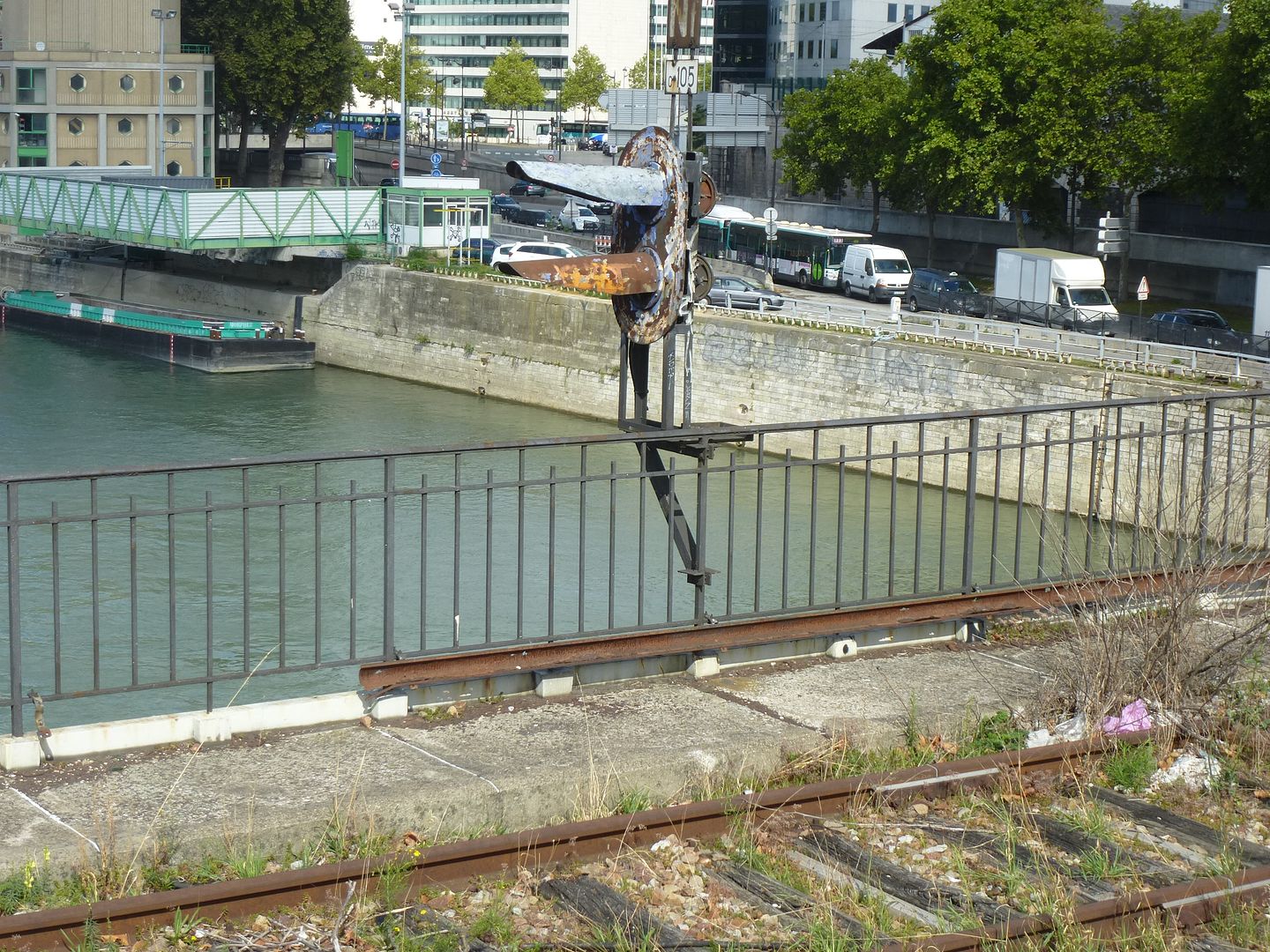 There is still an old freight station on the other side of the river. 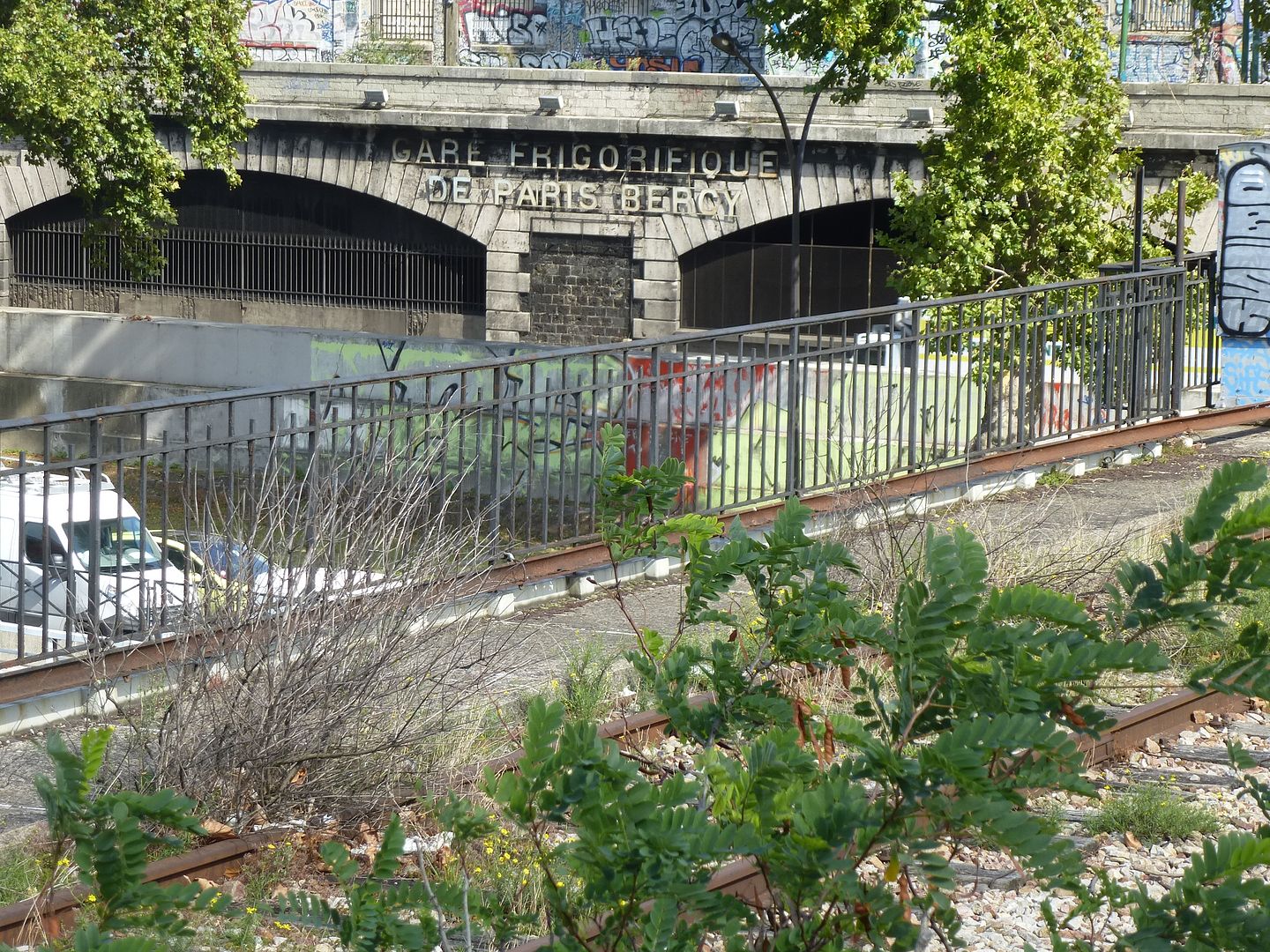 Most of the people on the right bank expressway have no idea what they are passing under. 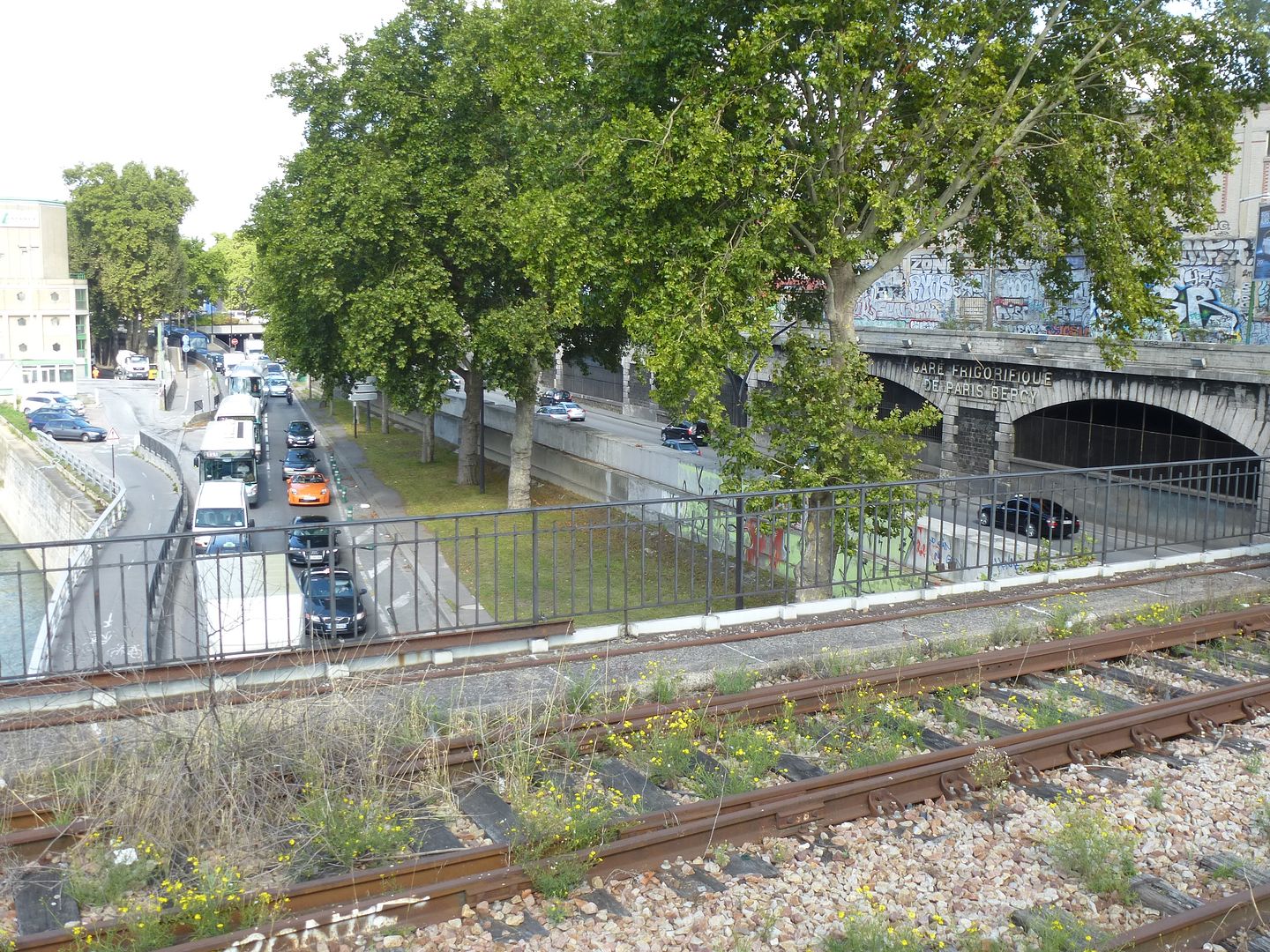 |
|
|
|
Post by Deleted on Sept 21, 2013 15:49:19 GMT
And then I arrived at the mystery that has been intriguing for the last few years. These railways cars have been sitting on this line all that time, and on top of that, I have seen that they have electricity and that people are living in them. Even though I had walked through an open gate opened an unlocked gate to get these photos, I was unwilling to go any farther while alone and without any knowledge of a possible alternate escape route A man quickly came out to take his drying jeans off the fence (to keep me from stealing them, I suppose, if I were so inclined). He seemed mute and a bit fearful. Then another man came out, looking just a tiny bit official. We greeted each other and I told him that I had long been wondering what on earth this set of rail cars was. "It is an emergency accommodation centre," he said. "And it also serves for rehabilitation of the disenfranchised." Actually the French word that is used for rehabilitation is reinsertion and the person I was talking to had clearly not been reinserted for very long. "So it's an official place?" I asked. "Yes, it's official. We have all the necessary authorisations." He sounded defensive as though he expected me to say that I thought it was disgraceful and I was going to contact the authorities to get them evicted. He said "it's run by a private association with unpaid volunteers," in case I questioned the use of my municipal taxes. "I think it's great," I said, to reassure him. "Have a nice afternoon," he said. Frankly, this place is one of the most completely isolated spots that you can find inside the city limits of Paris. It is totally hemmed in by the rail lines of Gare de Lyon and the right bank expressway which turns into the A4 autoroute as it crosses the city limits. And everything else is a mostly abandoned industrial zone, with a few things like the Lafarge cement factory still there. I don't think anybody lives with 500 metres of the place. And that of course shows the same disgraceful NIMBY attitude concerning these places just about anywhere in the Western world. How can people be "reinserted" in such complete isolation? Well, I wasn't going to solve that problem today, so I continued my trek, after taking one last photo of the site. The graffiti-covered wagons have been recently whitewashed, but I don't expect that it will last very long. |
|
|
|
Post by Deleted on Sept 21, 2013 17:17:51 GMT
So many people walk the PC in violation of the rules that every now and then there is a real barricade. 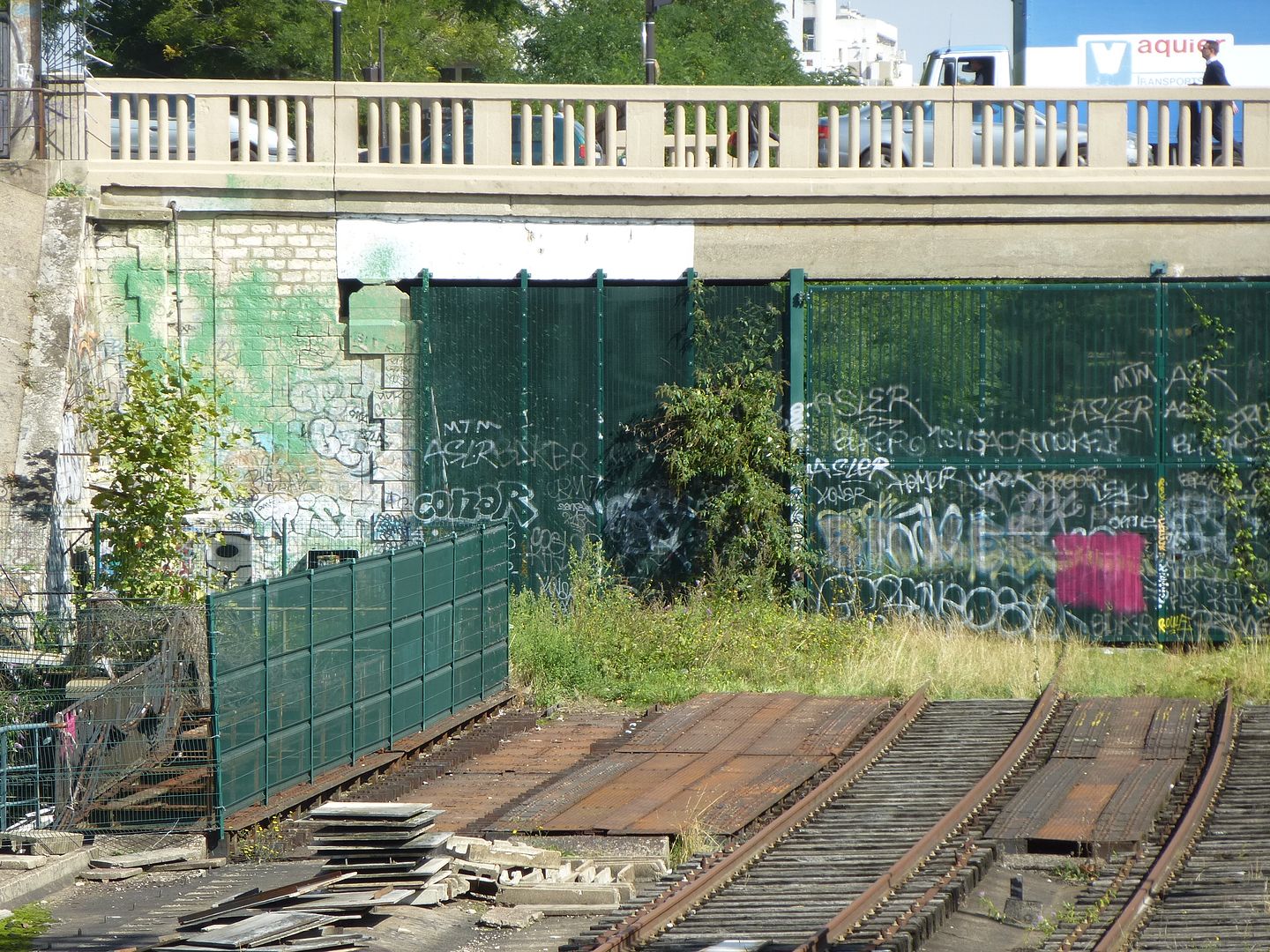 This was at the approach of Porte de Charenton and the old "Rue Claude Decaen" station. 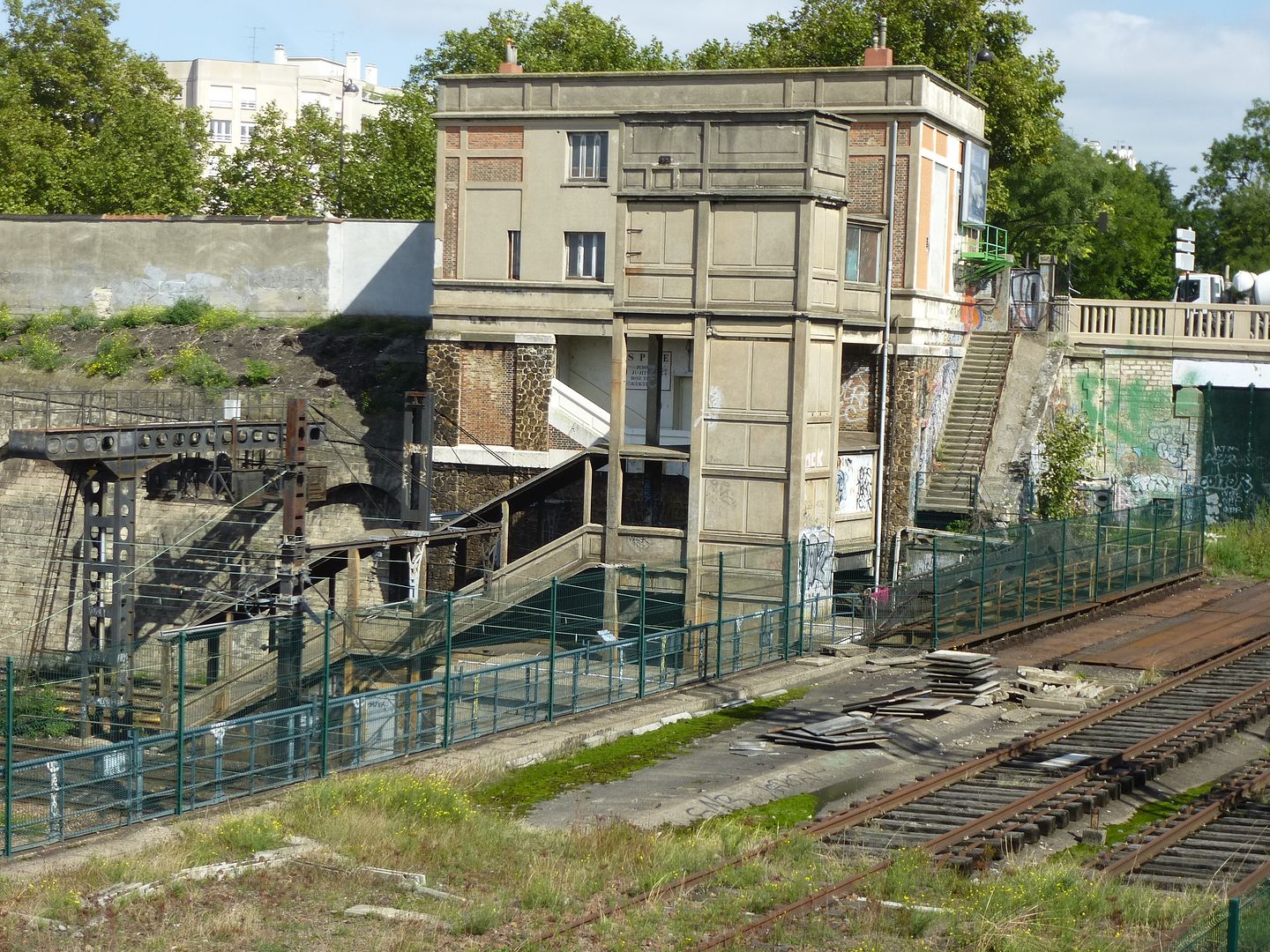 The stairs going down at a different angle indicate that the station also served the Gare de Lyon line. 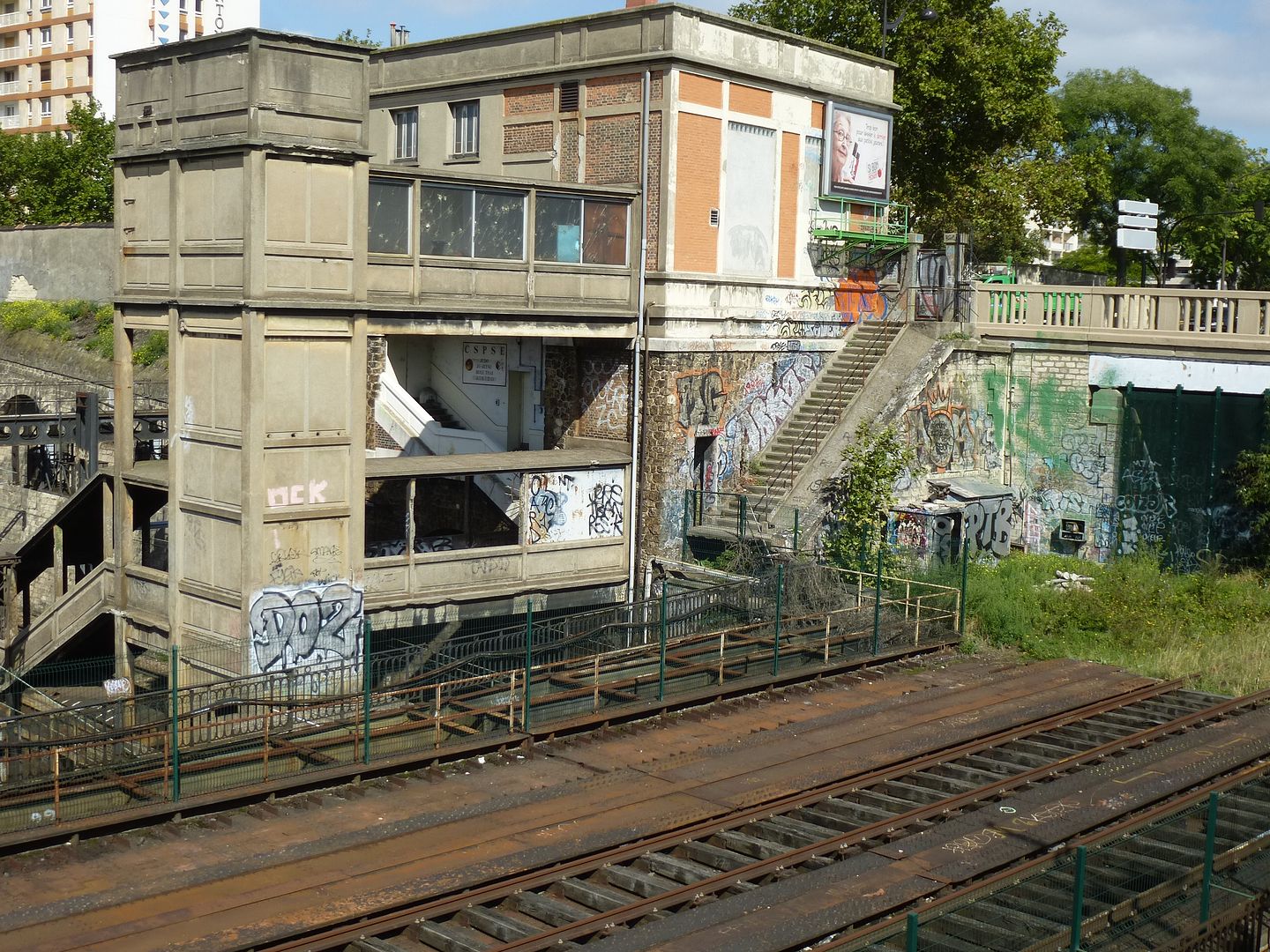 The barricade is to keep people from going back where I was, with dangerous high speed rail lines. 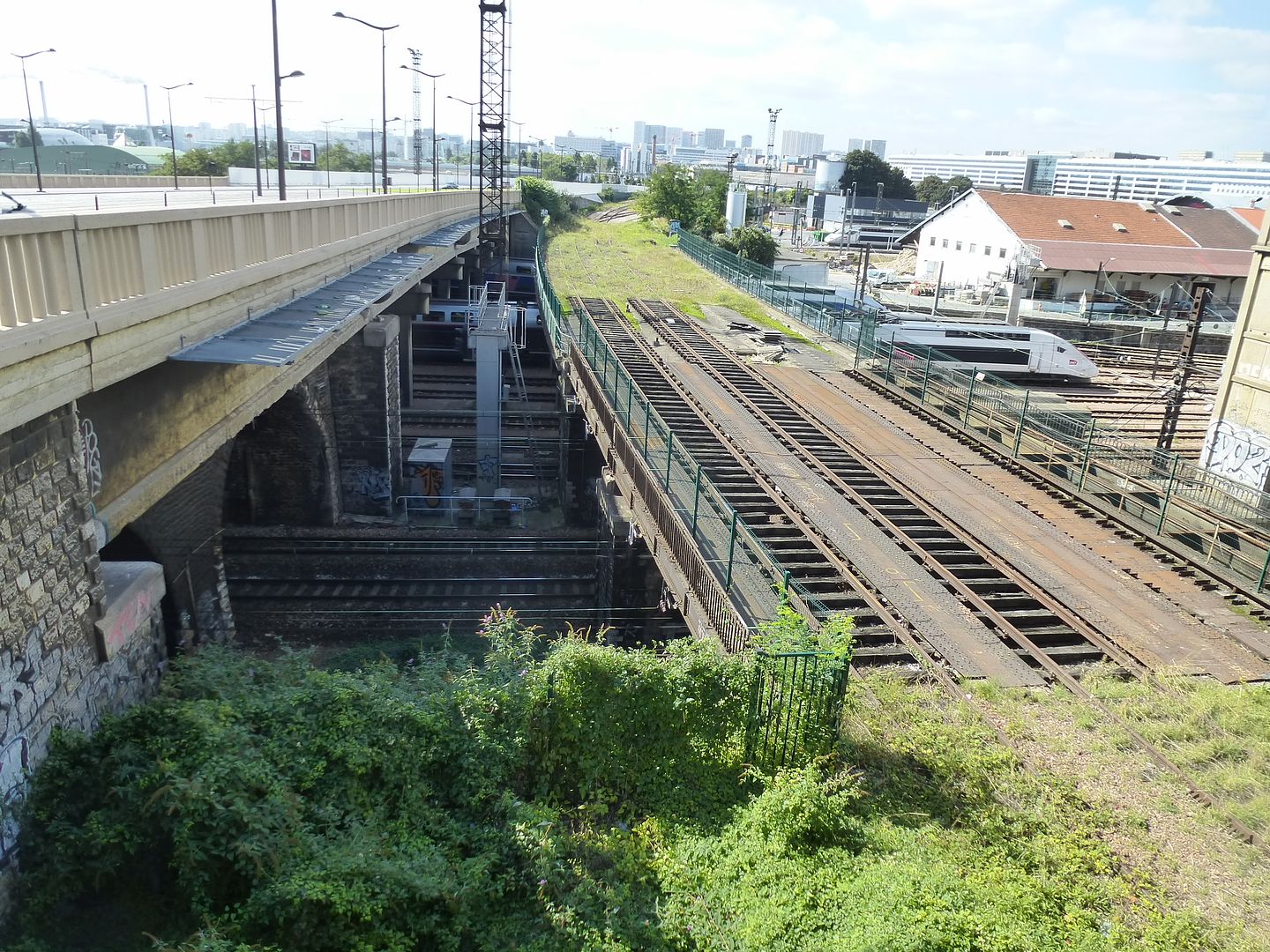 The old station is living a new life now. 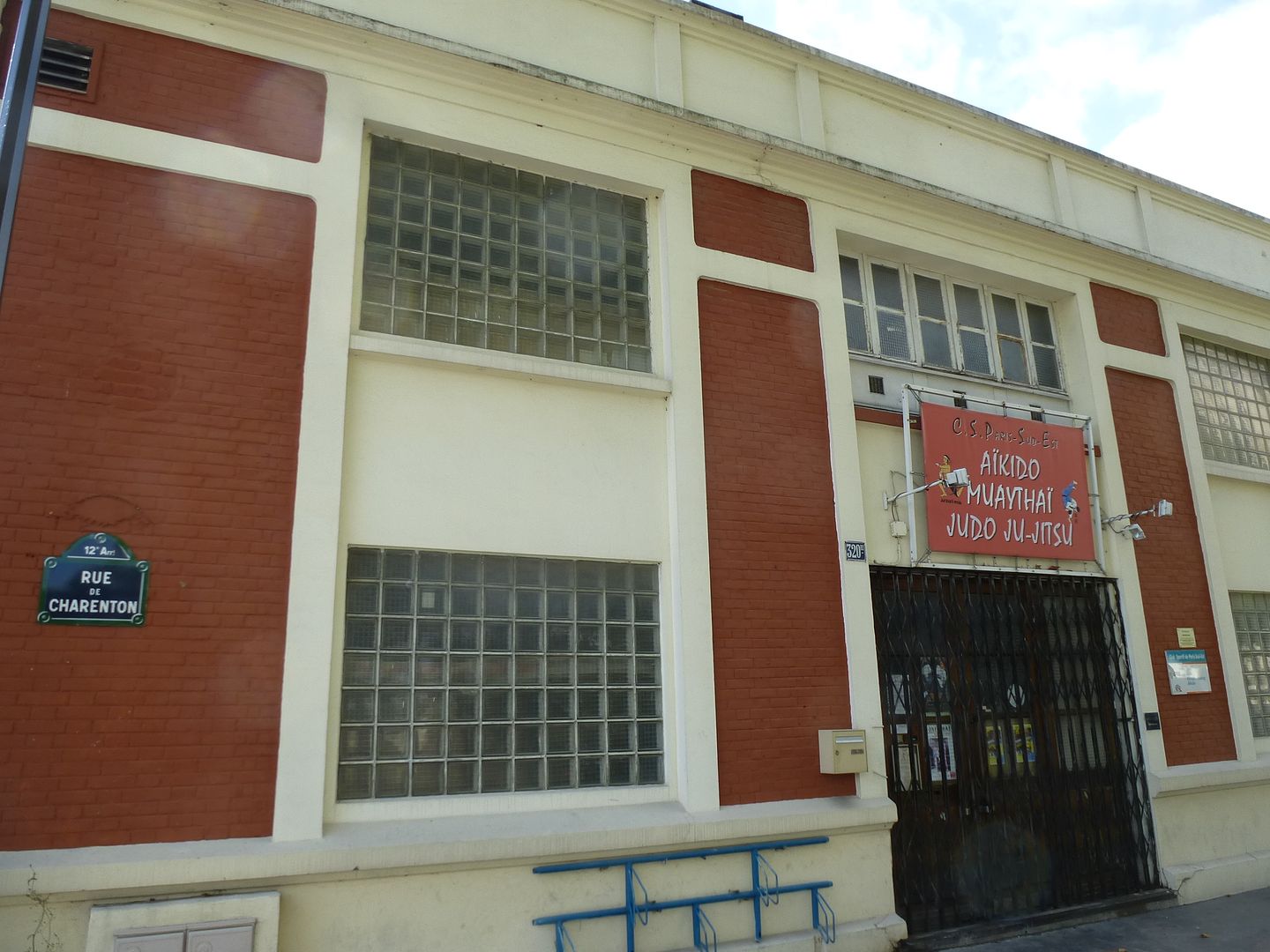 The wonderful wilderness of the abandoned rails began again. 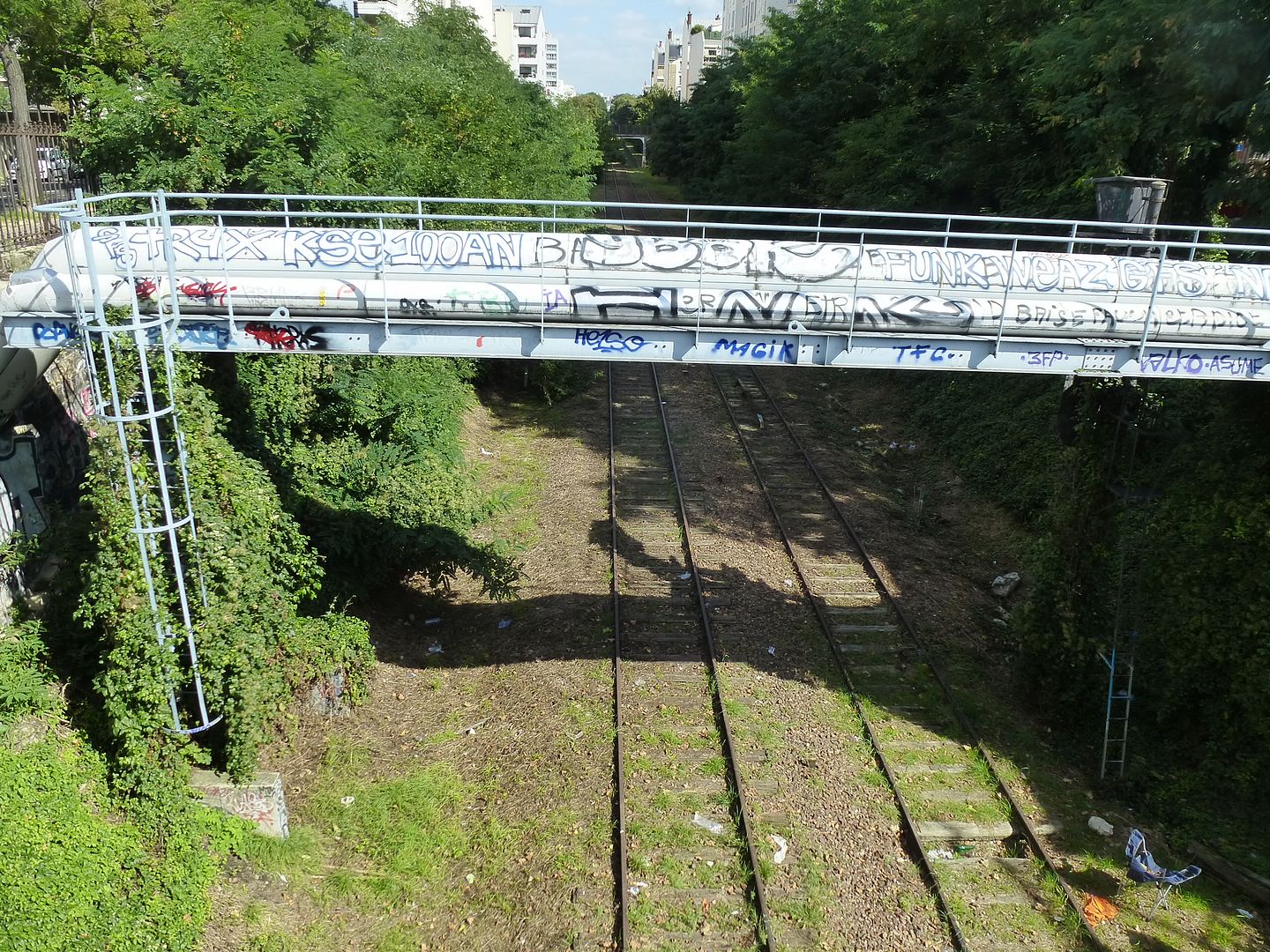 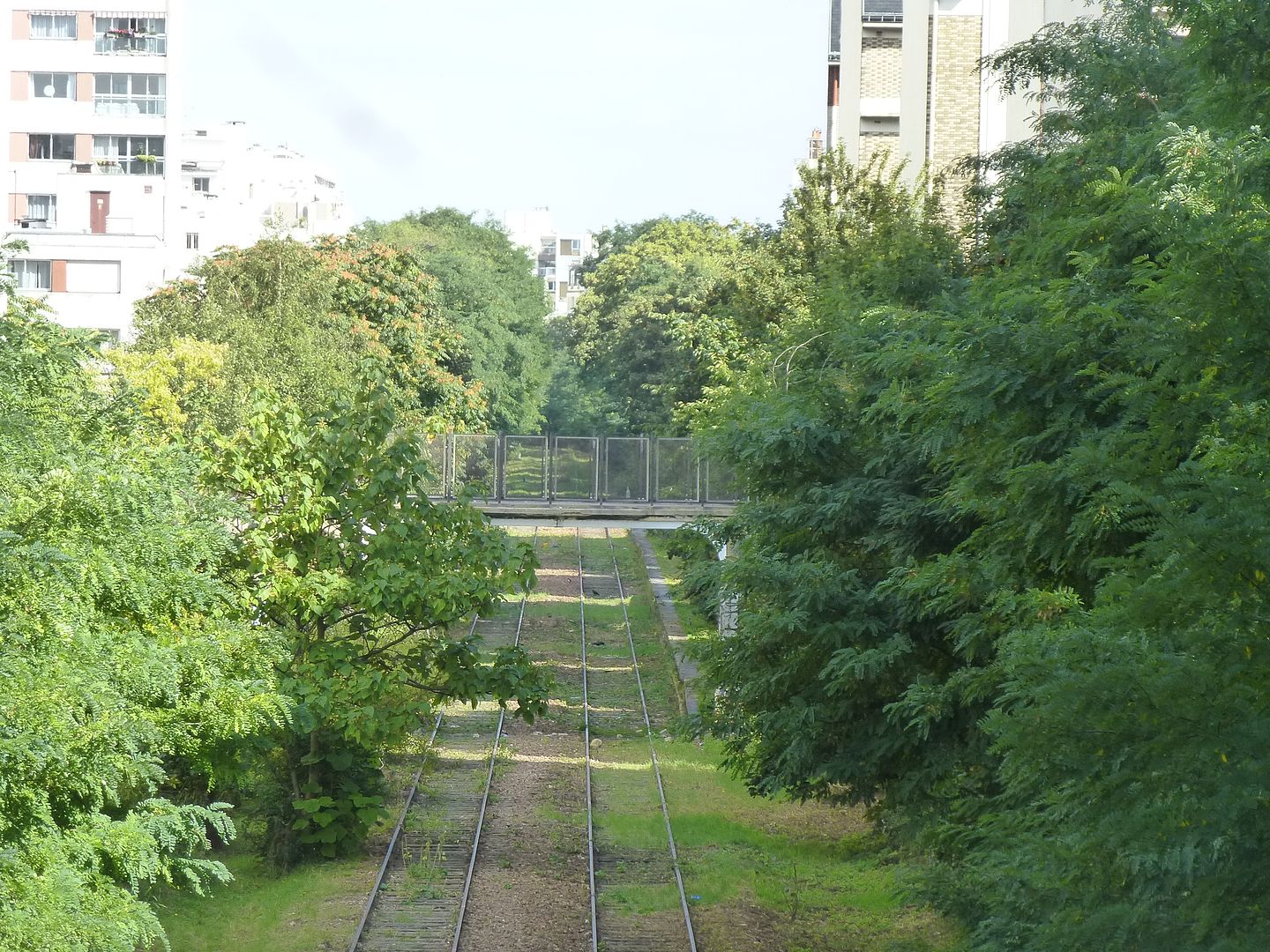 There are a couple of pedestrian bridges over the old rails. 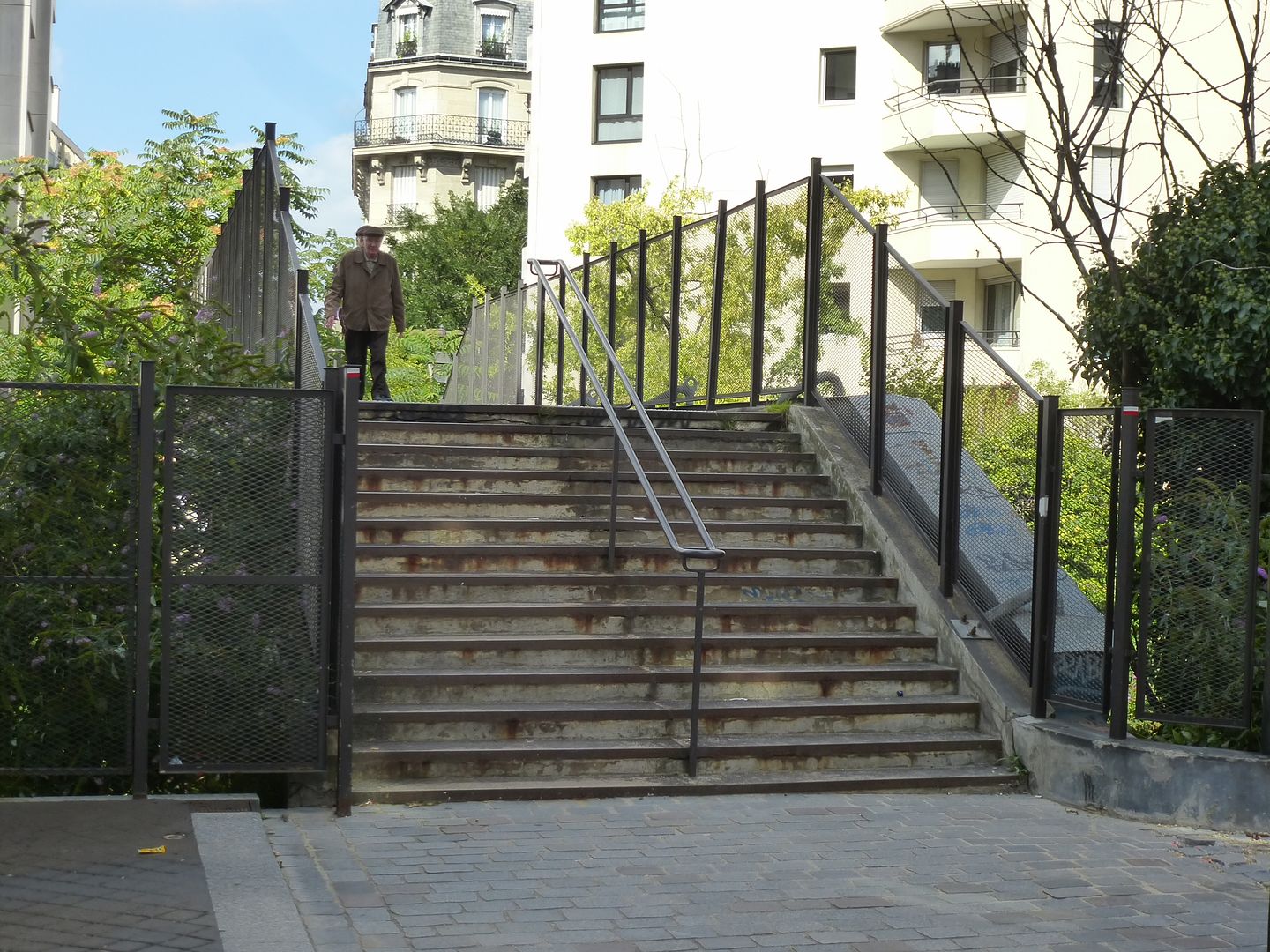  The platform on both sides indicates the next station, long gone.  The tracks have moved above street level again. 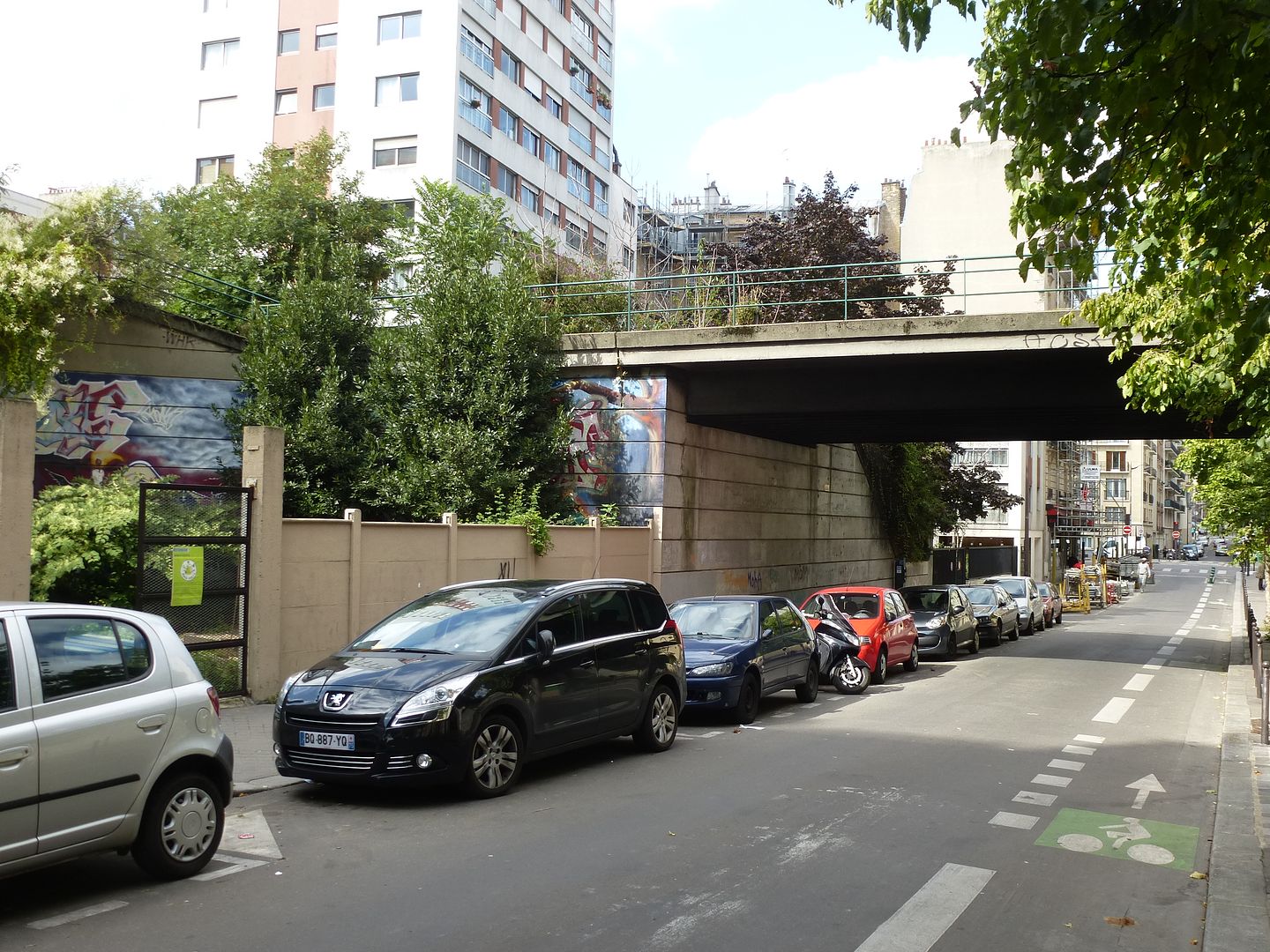 The steps up to the phantom station are still there. 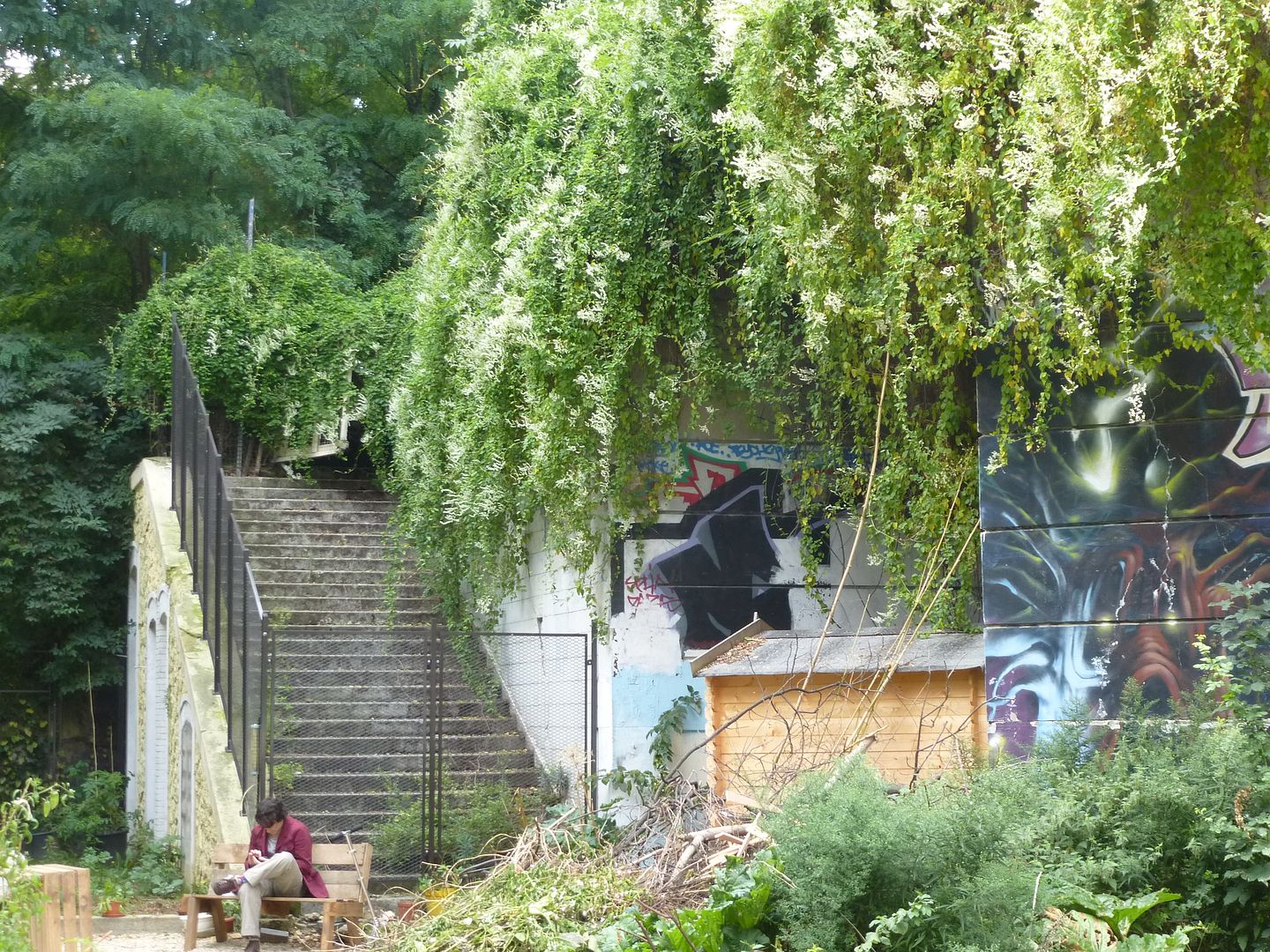 The line is getting higher and higher. 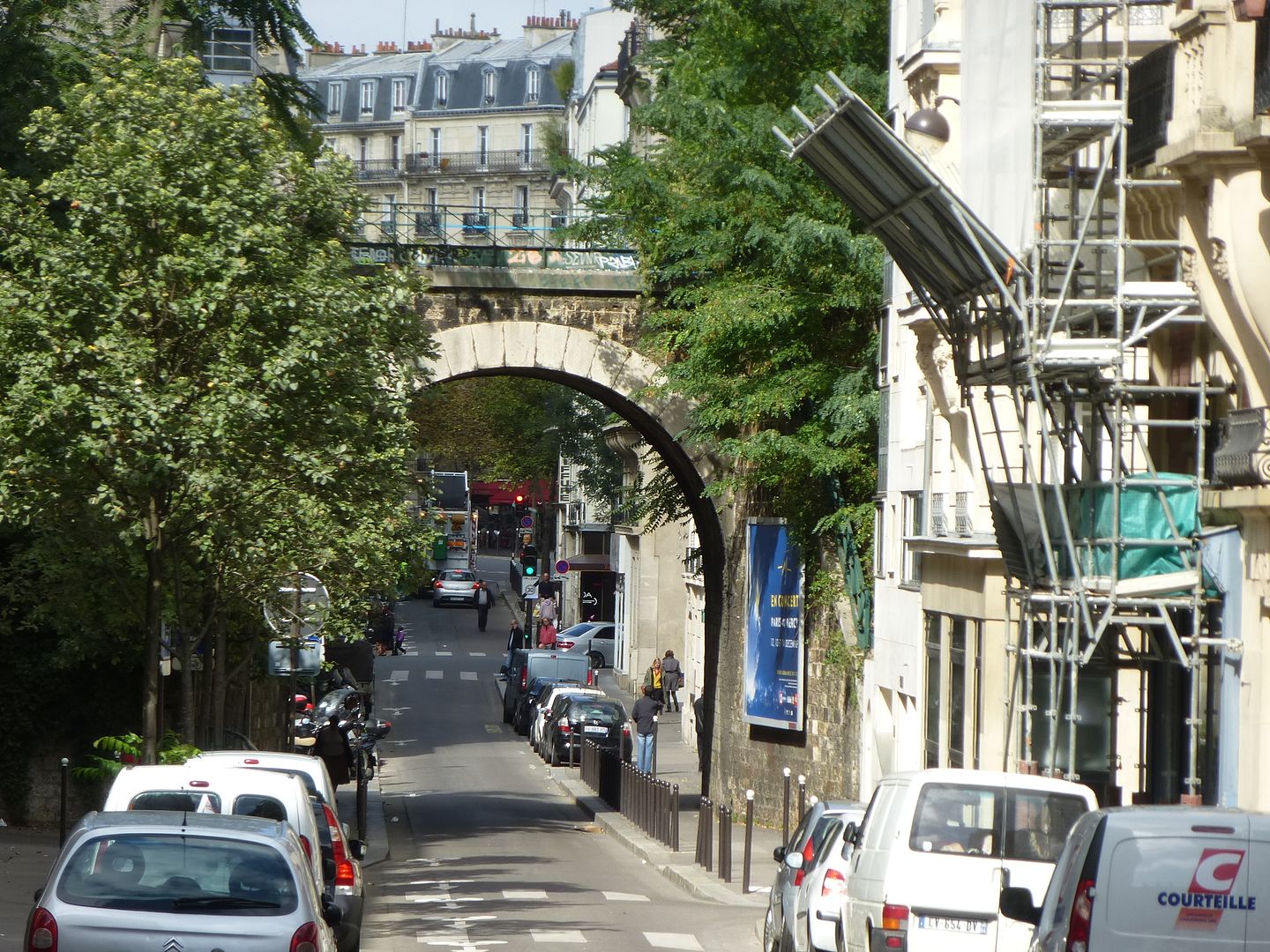 At Avenue Daumesnil (Porte Dorée), the overpass is really high. 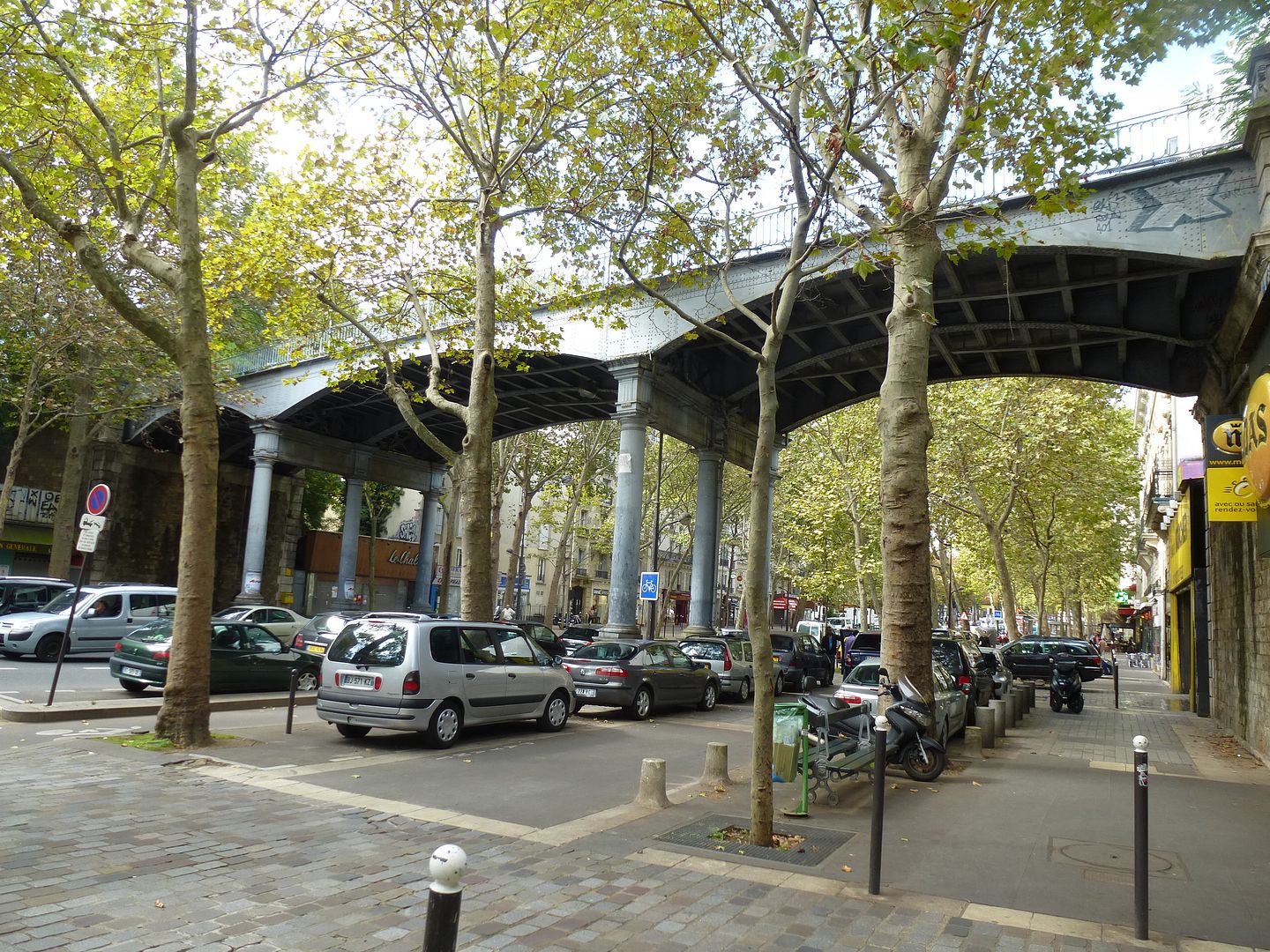 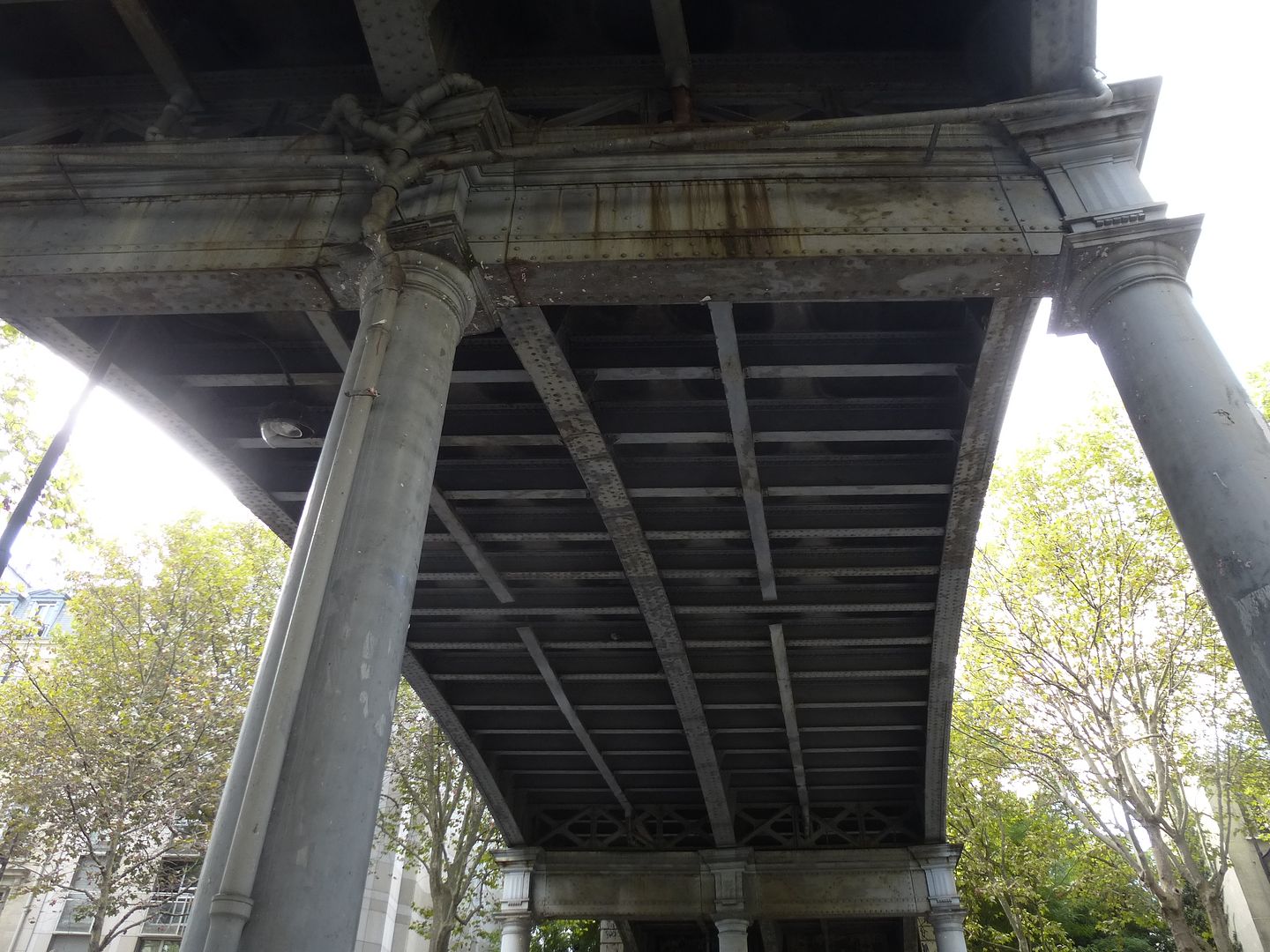 That was all I had time for this time, so I just took the tramway to Porte de Vincennes to get home. But there was a surprise there, because these old bridges get totally filtered out of your brain when you are not looking for them. But at Porte de Vincennes, the line is still heading north... and other urban explorers are clearly at work. |
|
|
|
Post by Deleted on Sept 21, 2013 22:46:45 GMT
To show how disorganised I am, a day or two before this excursion, I had been in the 19th arrondissement to check out other aspects of the petite ceinture. For this little section, I started in the Buttes Chaumont park, from which the PC suddenly erupts. I don't know when this particular section of the PC was built, so it leaves this trench open to spectulation. The park was created out of landfill in 1867 and since the petite ceinture was built between 1852 and 1869, it would seem likely that the PC should have been there first. But in such a case, there would have been no reason for this trench running through part of the park. Ha ha, I scared those two young men on the tracks when they saw me taking pictures. They had never heard the term "petite ceinture" before I explained it to them. They were flabbergasted that the rails made a complete circle around Paris. In any case, they did not trust me because I looked like some kind of authority, so one of them said to the other "Let's get out of here; this place gives me the creeps." They wanted to be sure to be gone before the police arrived. Then I went back to where I had seen the line coming out through the building to continue following it. |
|
|
|
Post by Deleted on Sept 22, 2013 9:04:51 GMT
|
|
|
|
Post by Deleted on Sept 22, 2013 9:15:39 GMT
|
|
|
|
Post by tod2 on Sept 22, 2013 12:56:07 GMT
Ah! Now I see where you photographed those unusal flowers/seed heads of Pokeweed! I've got a plant in my garden and didn't know what it was until I got it ID'd on Wellies.
It's of North American origin. Seems to have got to some far distant lands!
I'm loving this walk and following it on my old map of Paris.
I know I have seen the old line somewhere on my trips to Paris but I mus find my photos and try and figure out just where it was.
I hope there is MORE!
|
|
|
|
Post by Rob on Sept 22, 2013 14:03:34 GMT
Your most amazing photo essay yet!
|
|
|
|
Post by mossie on Sept 22, 2013 15:39:56 GMT
Very many thanks for this study of the PC, I have often wondered about it and tried exploring a few sections, but you have opened it up completely. The maps also make an interesting study.
|
|
|
|
Post by Deleted on Sept 22, 2013 15:46:42 GMT
One thing that is quite noticeable is that if you compare the two maps at #12, you can see that many more parts of it were put into tunnels during the 20th century, which is one of the major complications that I have had trying to follow it on parallel streets.
|
|
|
|
Post by Deleted on Sept 23, 2013 12:40:47 GMT
|
|
|
|
Post by Deleted on Sept 23, 2013 13:49:36 GMT
I have stuck my arm through so many fences like this one to get pictures! 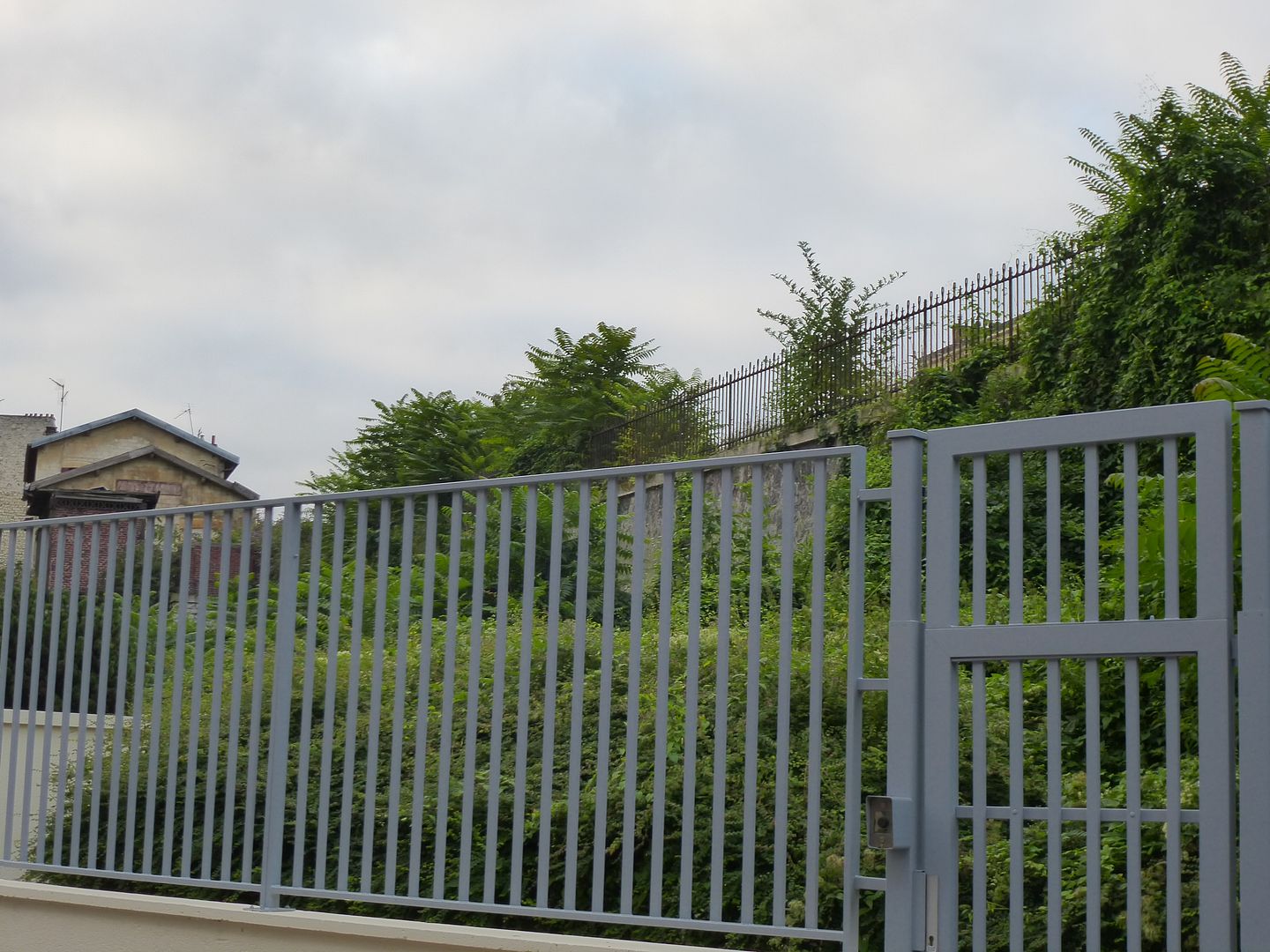 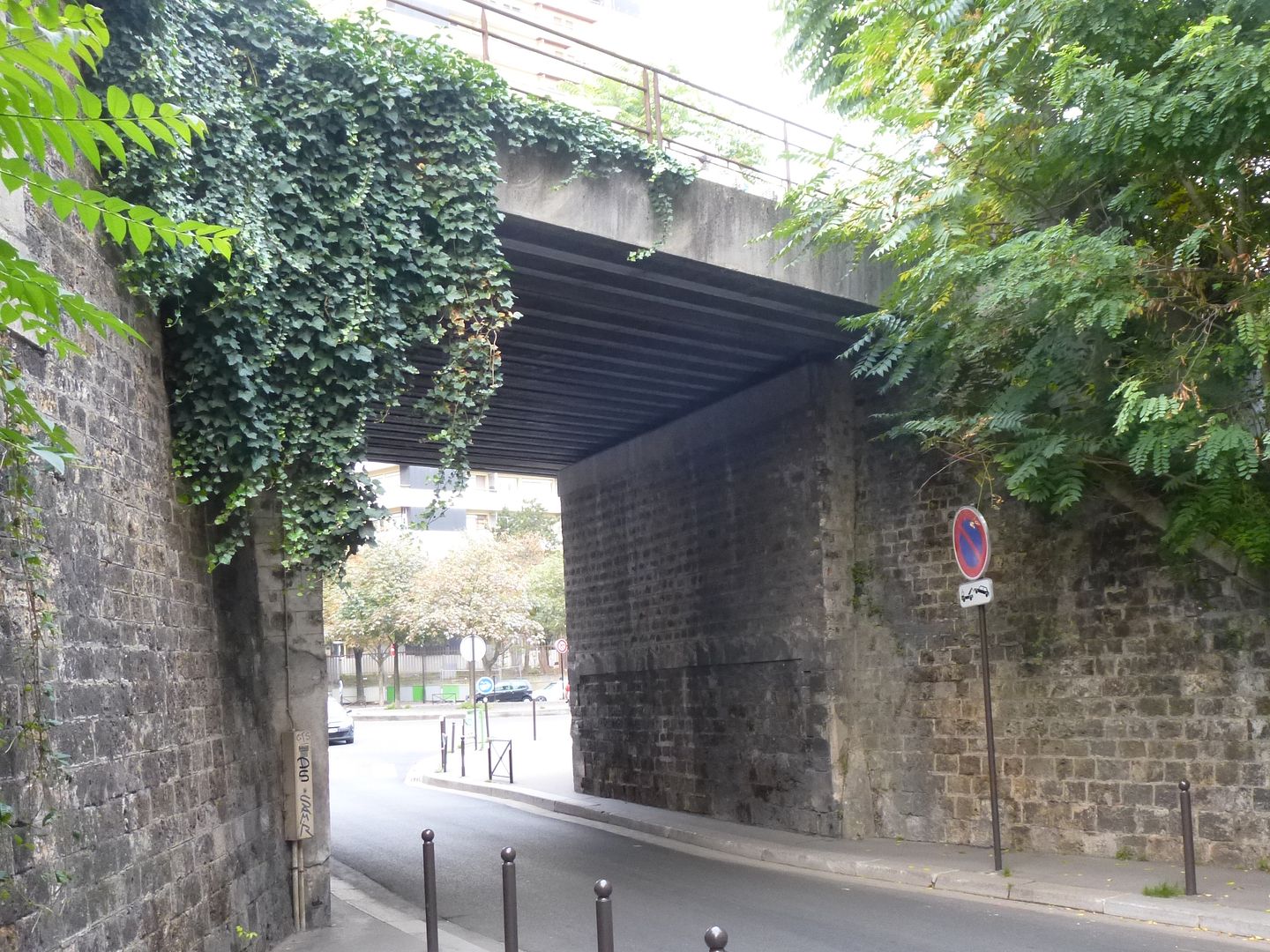 After seeing what had happened to the rails at the station, I wondered again why such care is taken to rebuild some of the overpasses. This one was only about 150 metres from the station, so there is clearly no imminent intention of running trains along the line in the foreseeable future. My own theory about this is that anybody who wants to do major work affecting the line (such as at this high class industrial park which includes the world headquarters of Club Med) is obliged to rebuild anything they touch (at their own expense) as though it could be used at any moment. This probably saves the SNCF millions of euros. |
|
|
|
Post by fumobici on Sept 23, 2013 14:37:58 GMT
This just keeps getting better. I became curious about the PC after seeing glimpses of it in the past and when the internet came along I did some casual research, but this is, I must say, far better, more interesting and comprehensive than anything I found. I imagine most tourists keeping to the center of the city never have any idea this exists and I wonder how many Parisians living in the posher central parts never have given it even a moment's thought. You may once again however be doing inadvertent damage to Paris' tourist reputation as a citadel of sophisticated elegance. What would the pro loco/chamber of commerce types (not coming up with a French equivalent) think?
|
|
|
|
Post by Deleted on Sept 23, 2013 16:28:09 GMT
Actually, there is an excellent association that defends the petite ceinture (that's where I got my maps), even though their dreams for its future are not very realistic. Their collection of historical photos is fantastic. petiteceinture.org |
|



